Discover
Decide
Deliver
Foundation
The Mobius Loop
An iterative process model for rapidly developing digital products.
The Open Practice Library is organized around this model.
The buttons below will show you practices that fall on the relevant part of the loop.
“Mobius Loop” is licensed under CC BY-SA 4.0.

$100 Prioritisation
To help groups prioritise anything
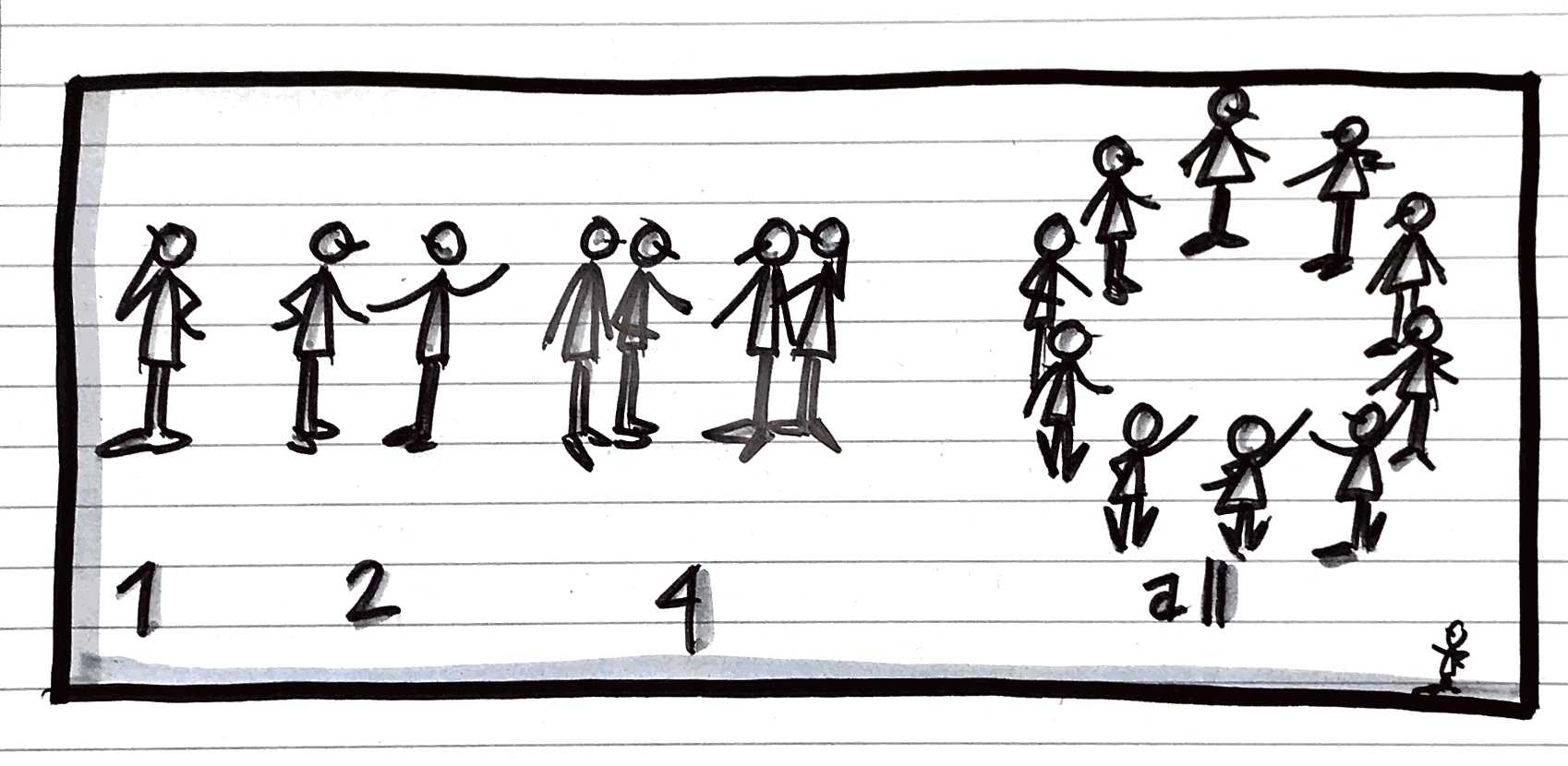
1-2-4-All
Tap into the wisdom of crowds
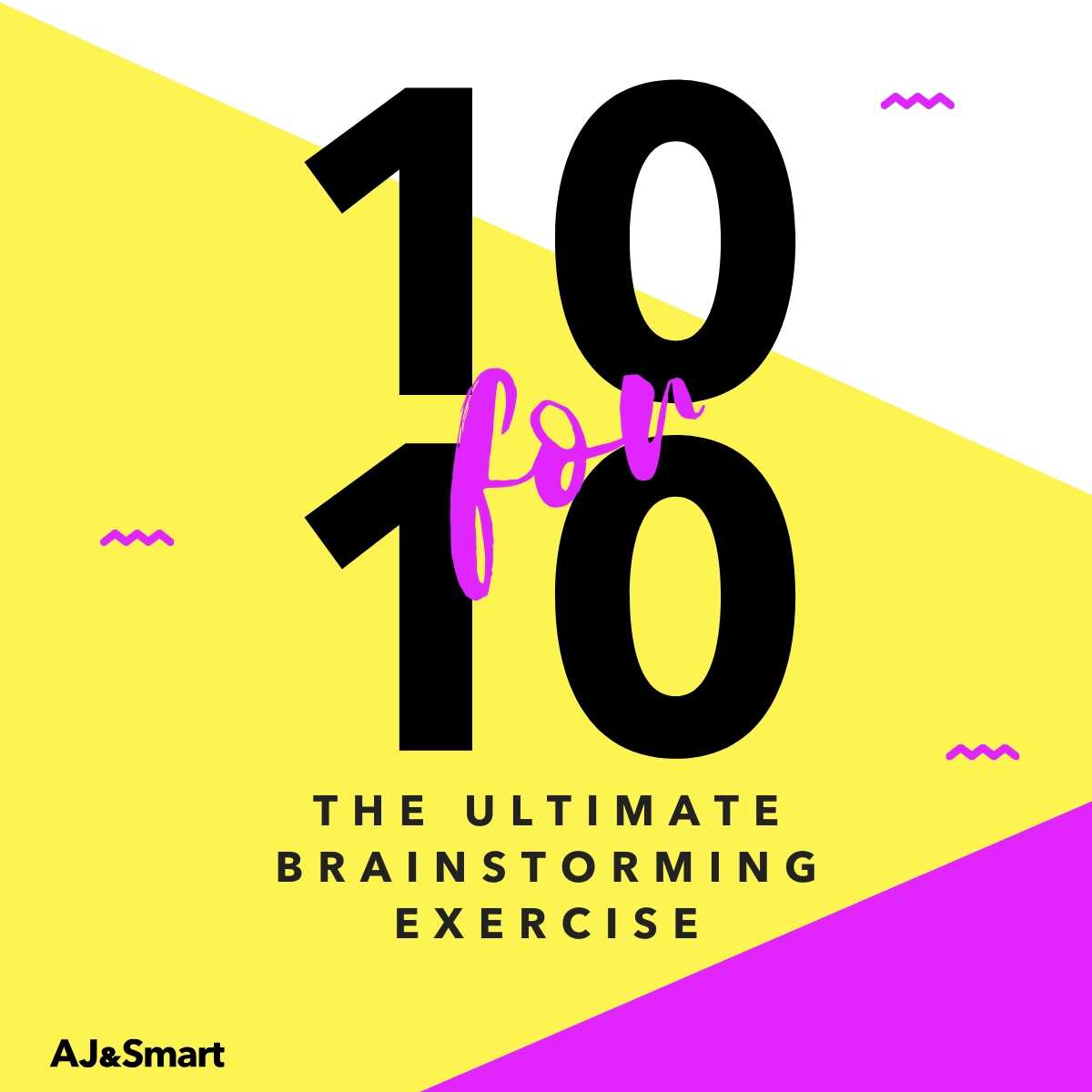
10-for-10
The ultimate brainstorming exercise!

15/5 Reports
Reporting for people who don't have time for reports

4Ls Retrospective
A team activity to understand what was liked, learned, lacked, and longed for at the completion of a sprint or project.
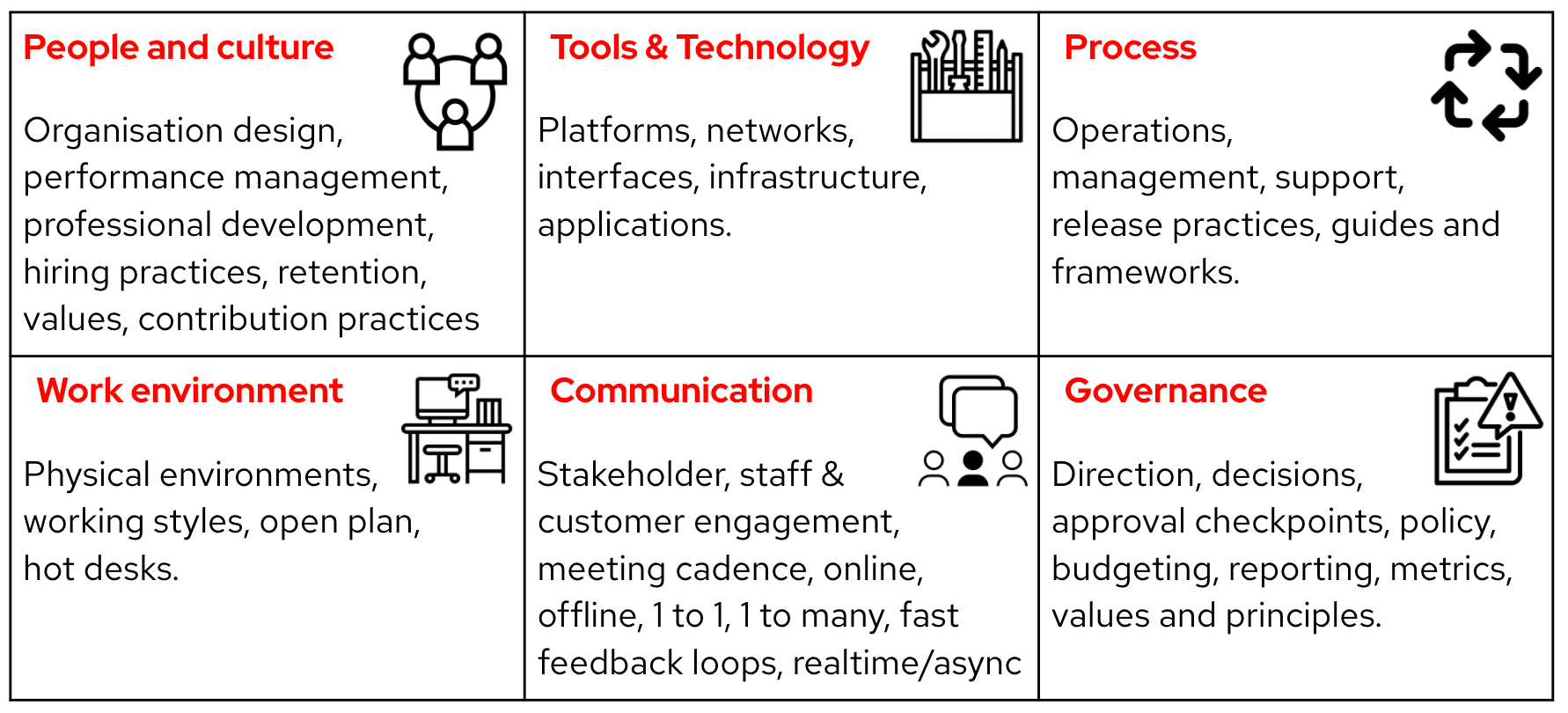
6 Dimensions of Discovery
Gather, document, sort and prioritise our challenges and bright spots across 6 dimensions.
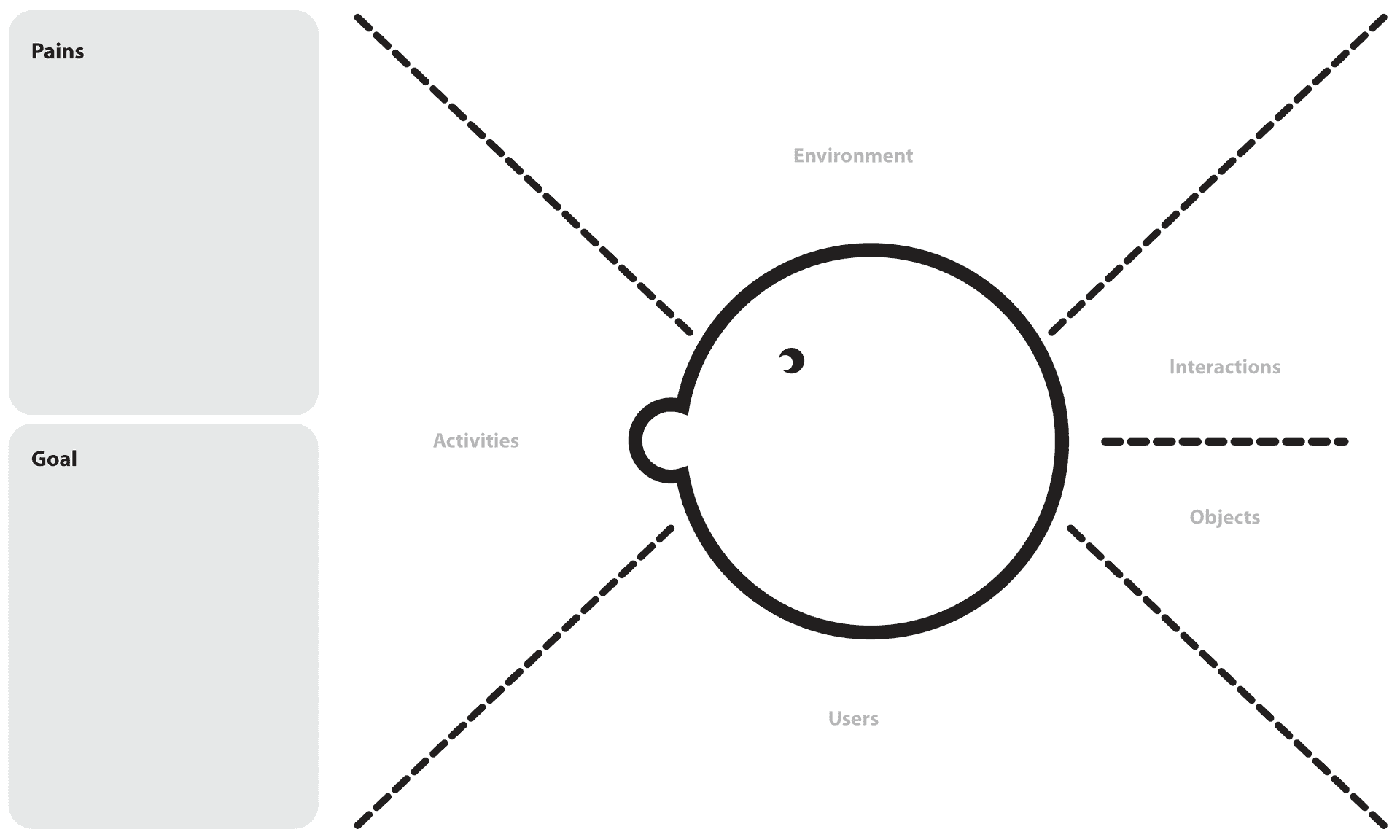
AEIOU Observation Framework
A heuristic framework used for ethnographic observations.

Abstraction Laddering
Reconsider a problem statement by broadening or narrowing its focus
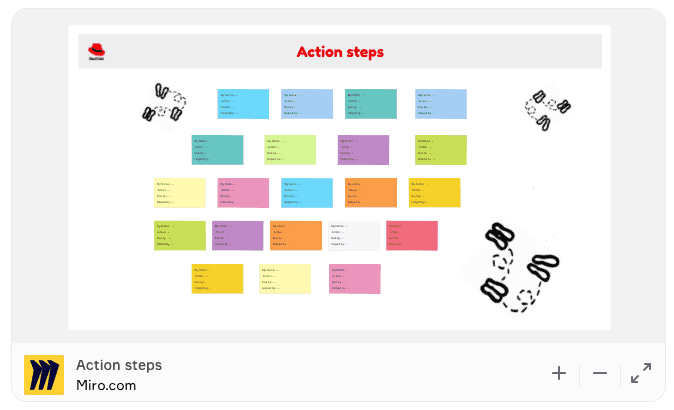
Action steps
Commit the first step towards action
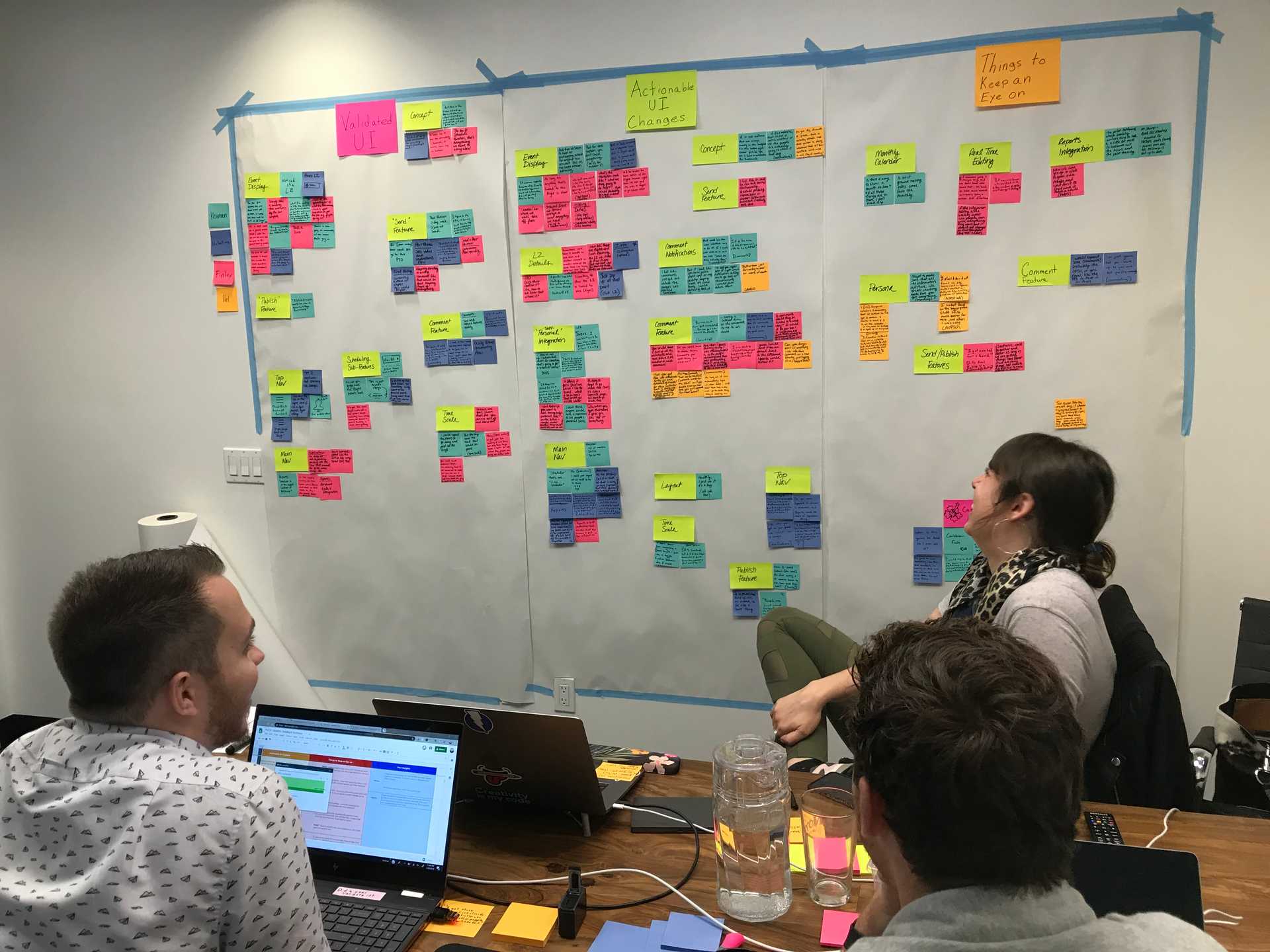
Affinity Mapping
Identify insights, patterns and trends in research and ideas
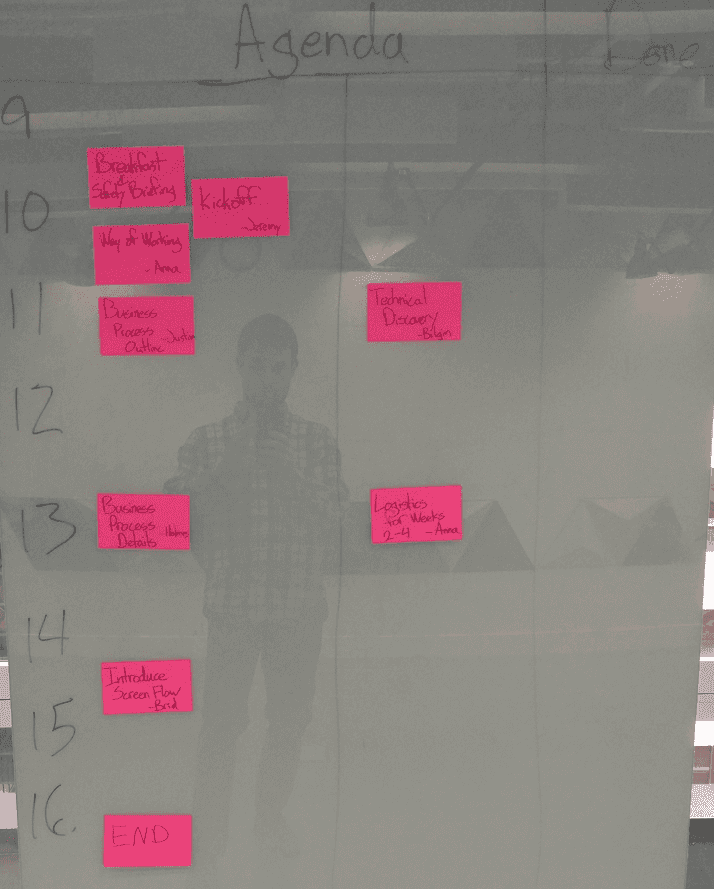
Agile Agenda
A flexible way to manage the agenda for an in-person workshop.

Agile Health Check
A quick team assessment based on agile manifesto principles
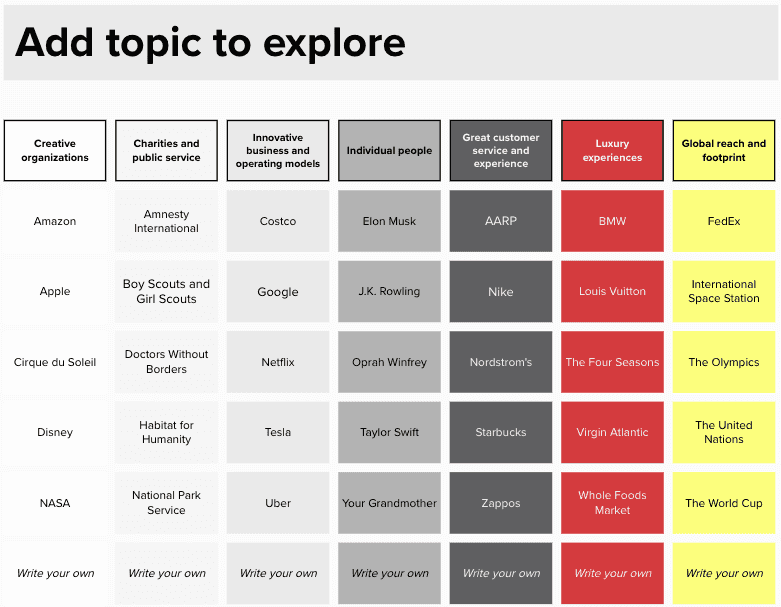
Alternative Worlds
Use different perspectives to generate fresh ideas
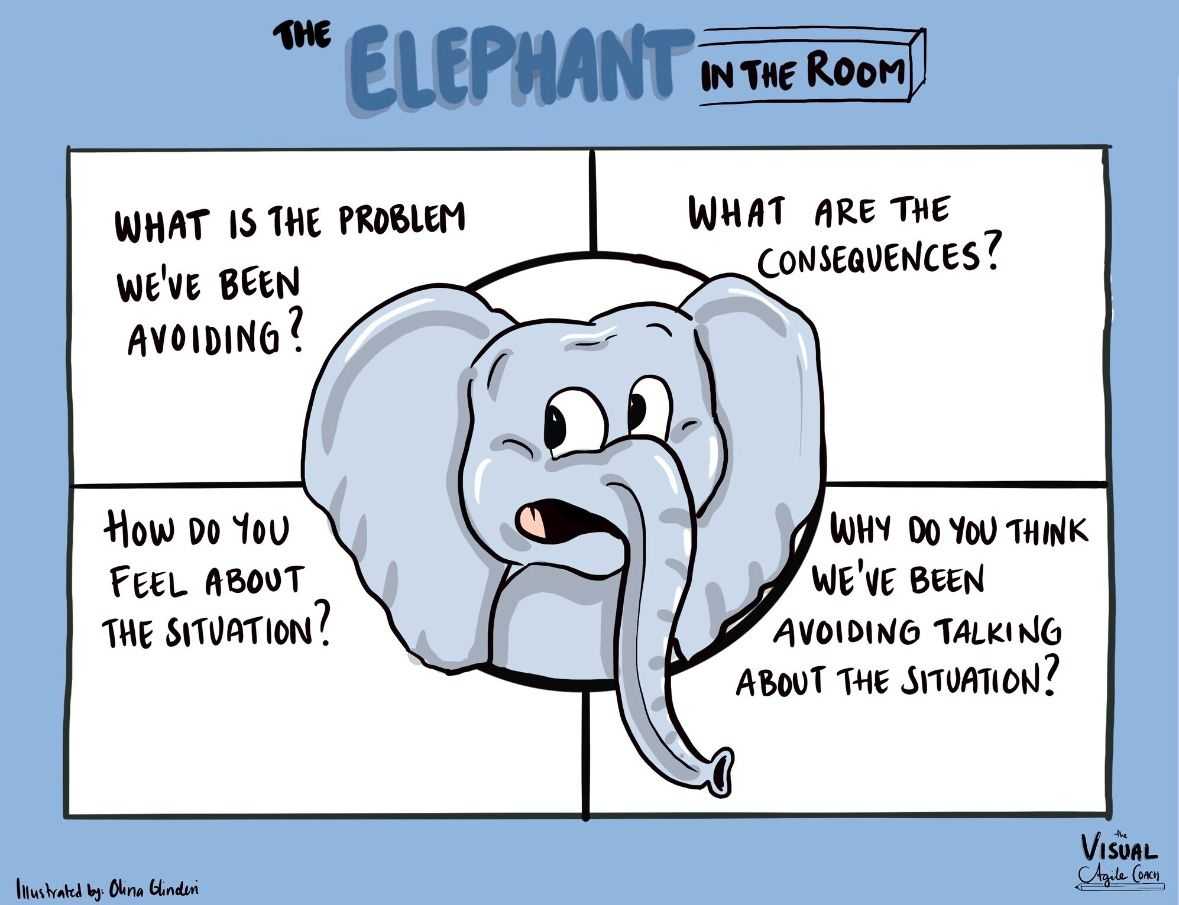
An Elephant in the Room
To surface and address unspoken issues for improved team dynamics and progress.

Architectural Decision Records (ADR)
Open & Transparent Decision History
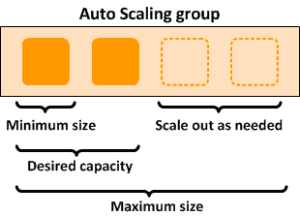
Autoscaling
Cloud native applications reacting to demand.
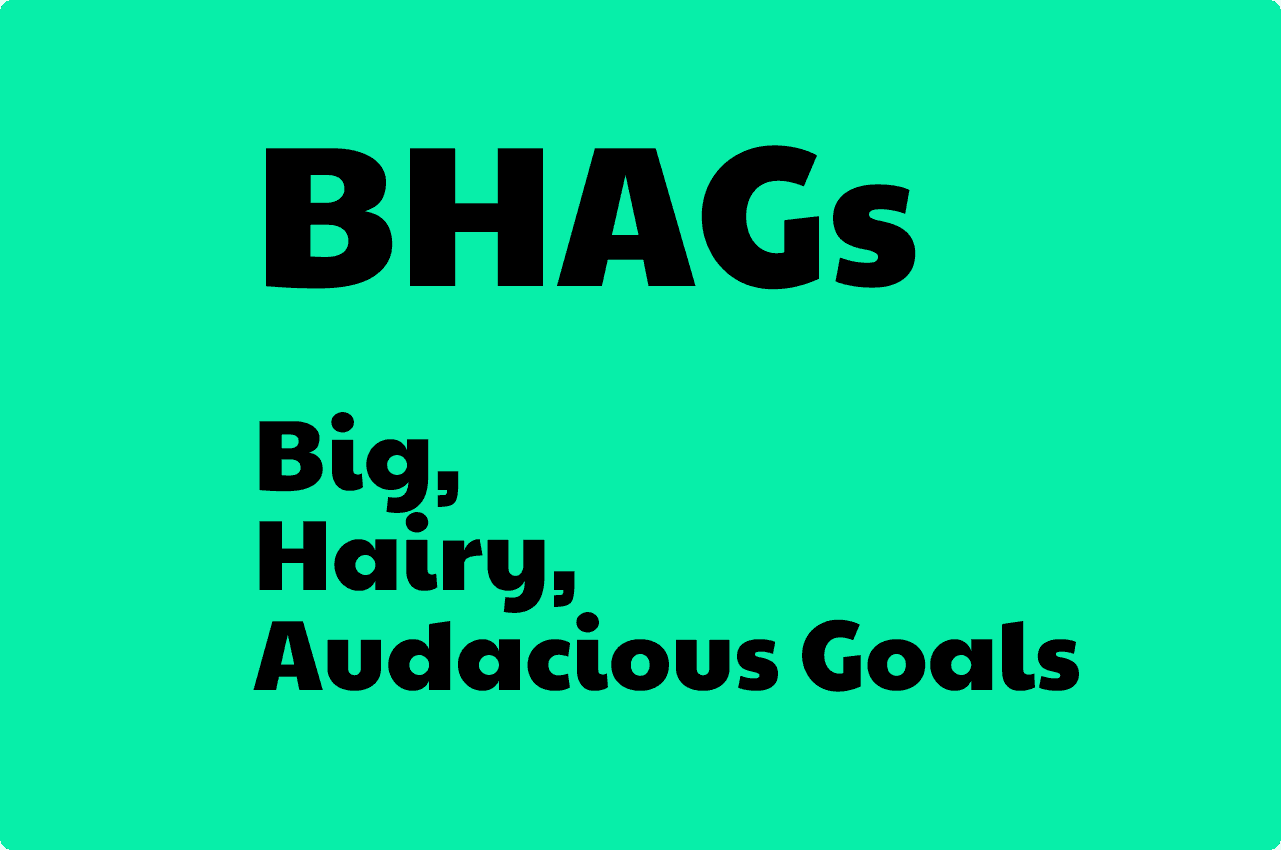
BHAGs (Big, Hairy, Audacious Goals)
Create compelling, long-term goal that can inspire and motivate groups of people to take action.
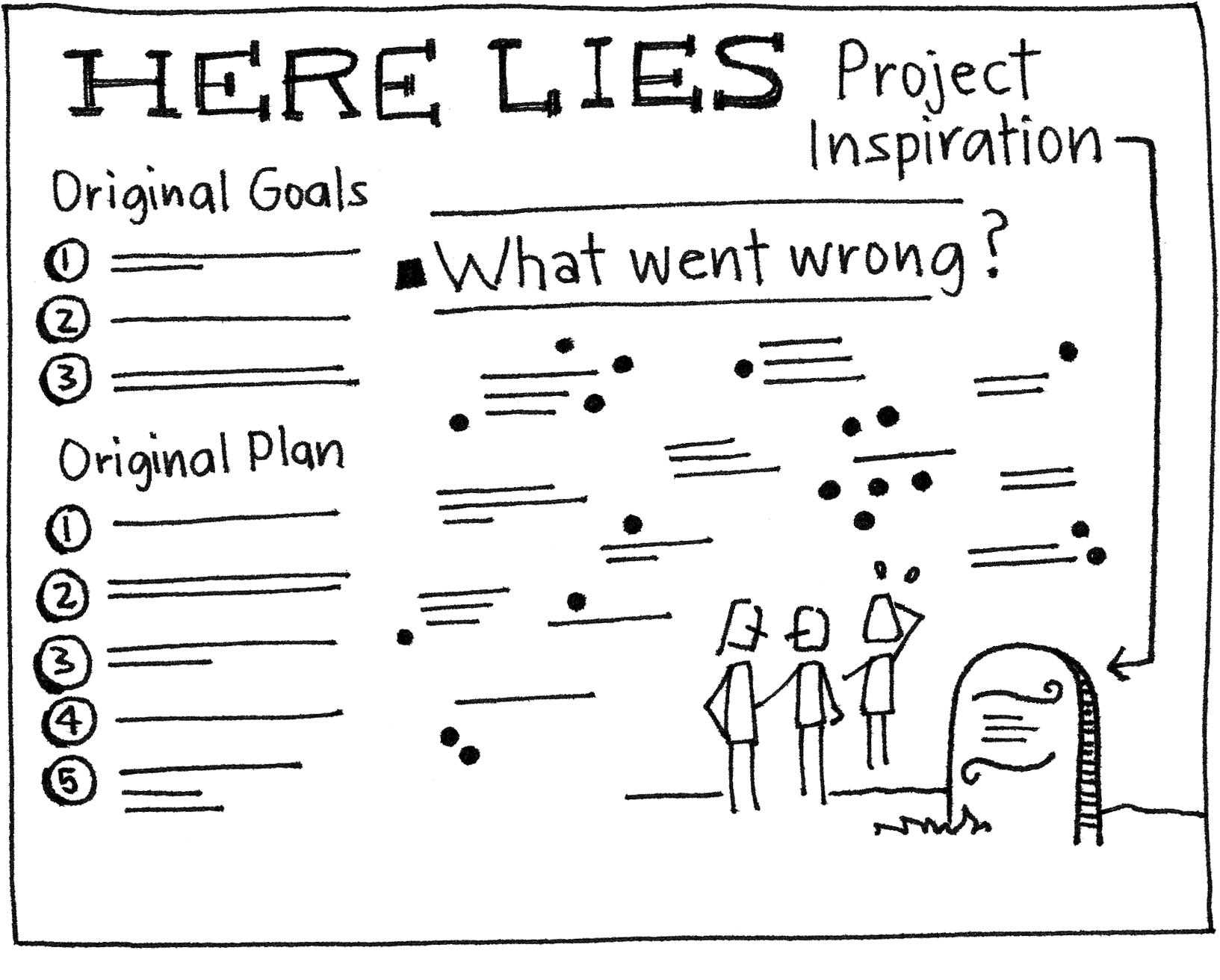
Backcasting / Pre-mortem (Premortem)
Performing a project or product premortem
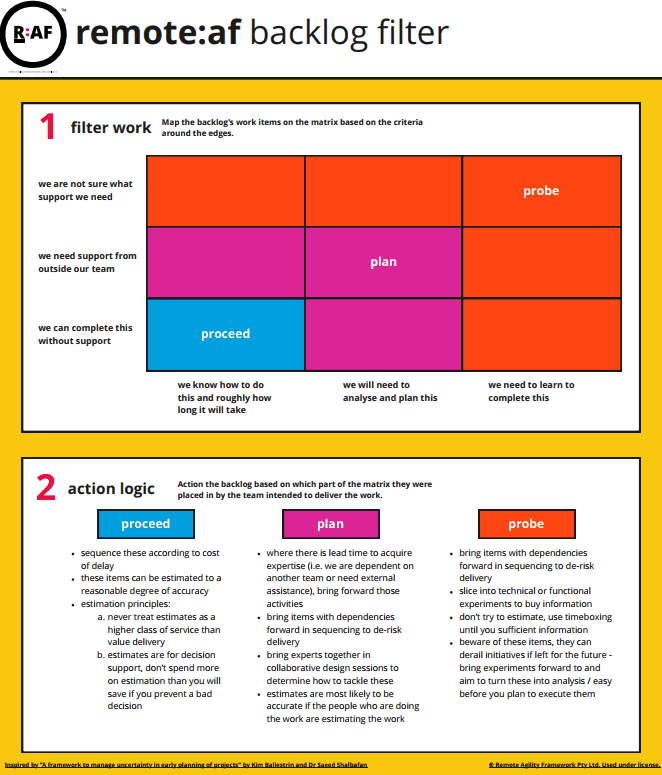
Backlog Filter
Identify and action high complexity backlog items in any context.

Backlog Refinement
Understand, prioritise, and clarify items in the backlog to ensure they're ready to work on.
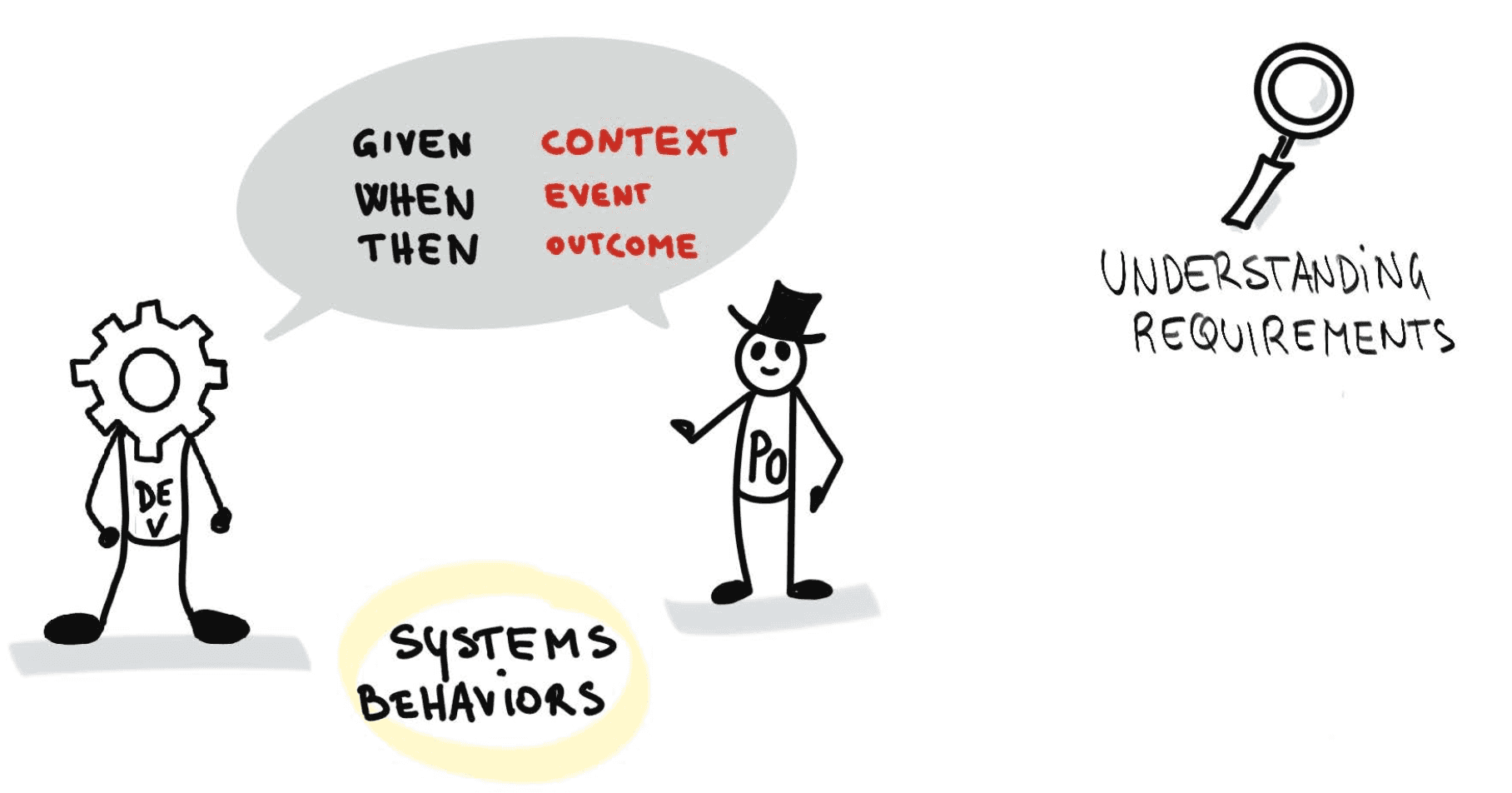
Behavior-Driven Development
Creating a shared understanding of requirements in product teams

Blameless Postmortem
Turn incident into an investment in future reliability
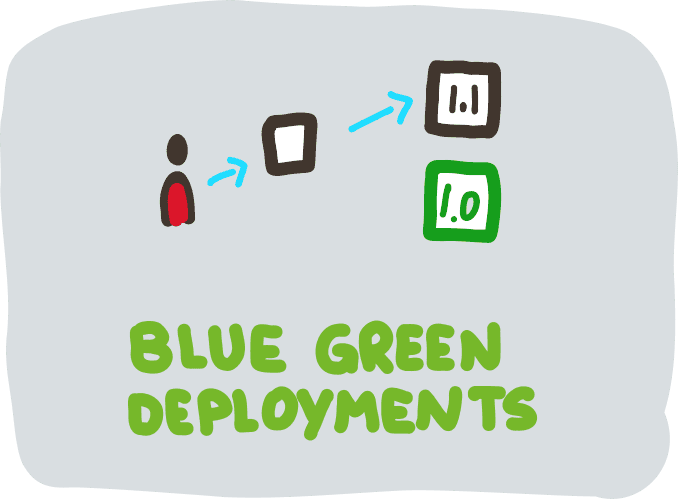
Blue Green Deployments
Always have a fall back solution
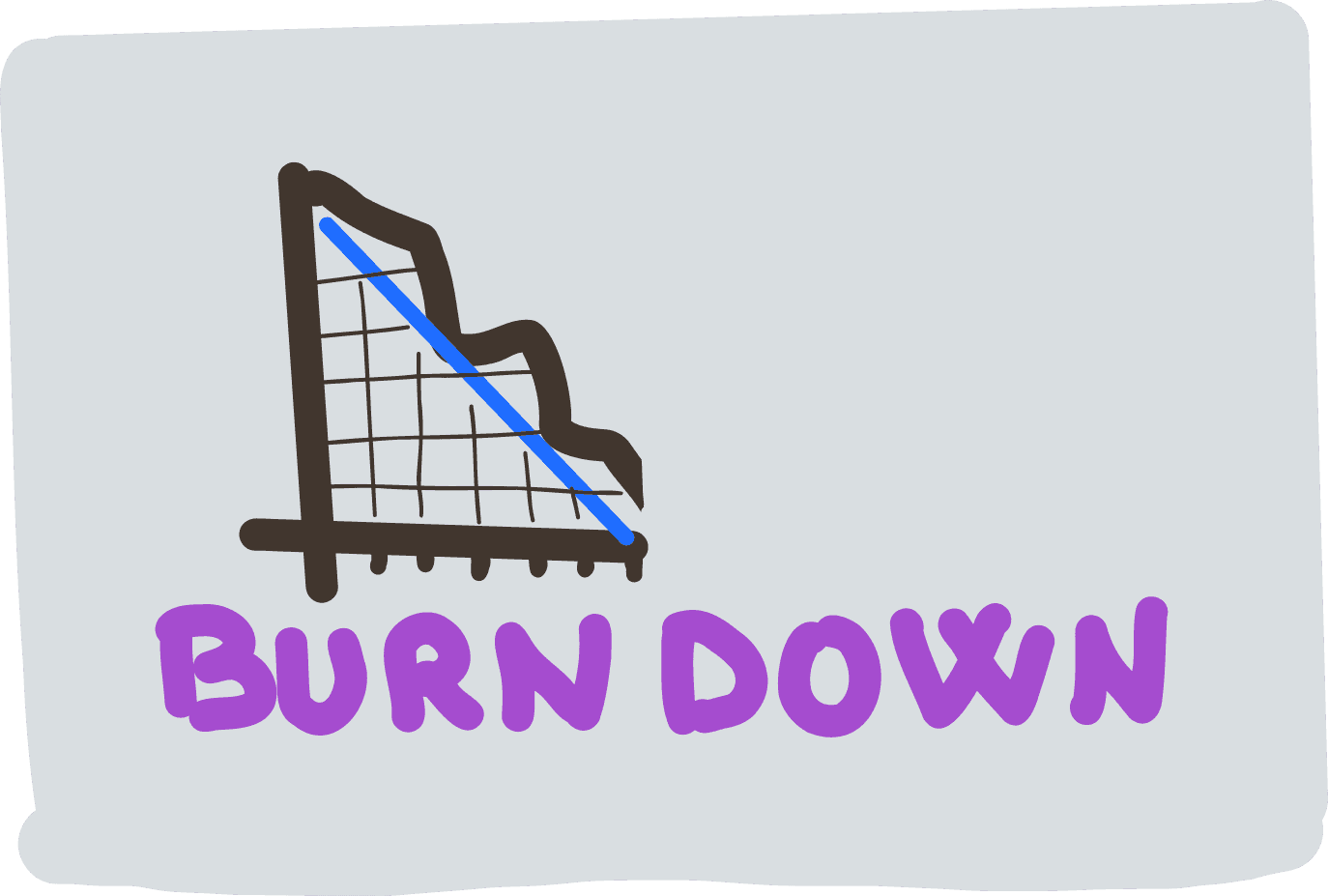
Burndown
Visualisation of work left to do within a specified time period

Burnup Chart
Burnup Chart main objective is to track the progress of a project over time.
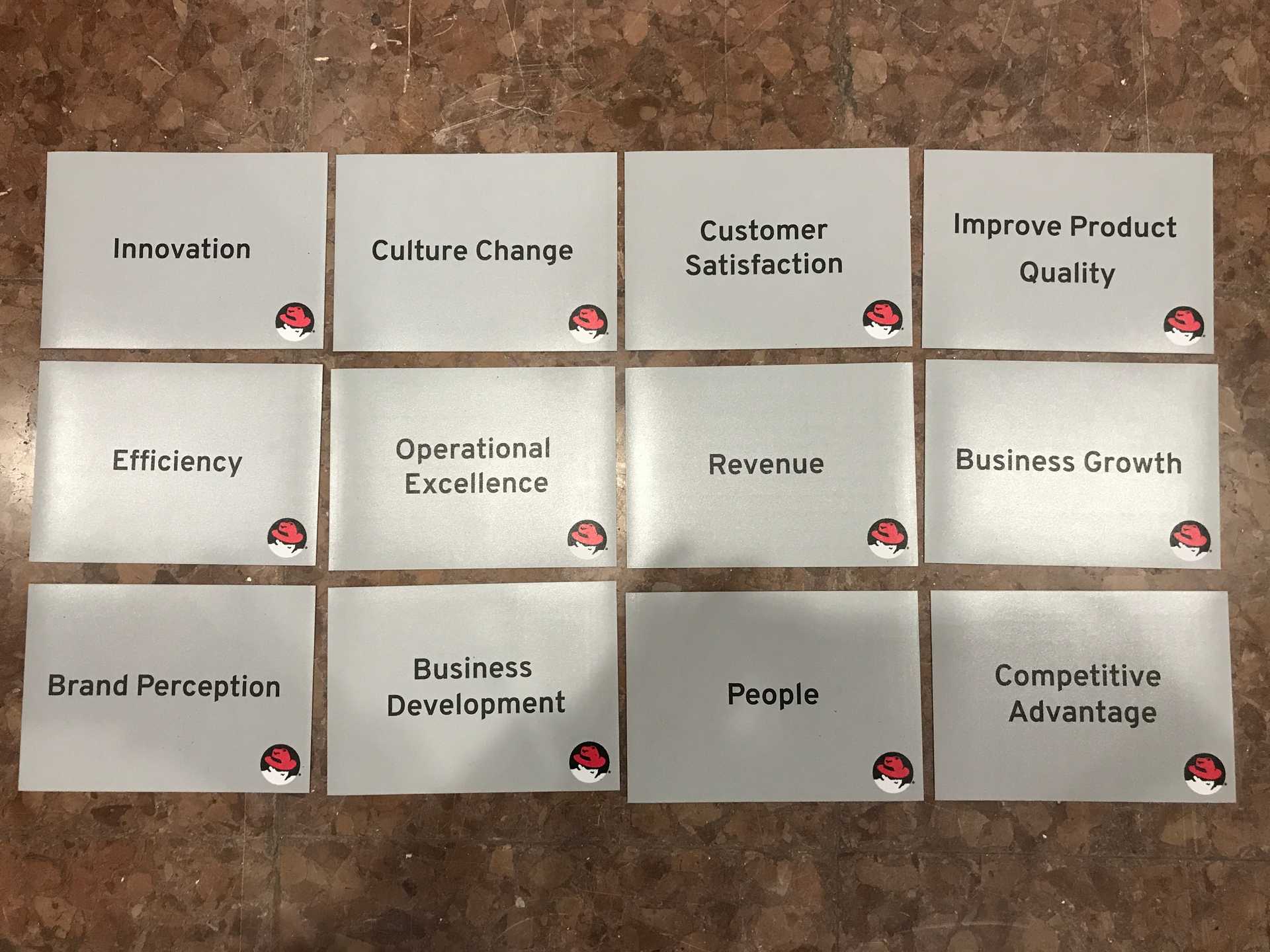
Business Priorities Exercise
Get alignment on what will drive value and realise goals.
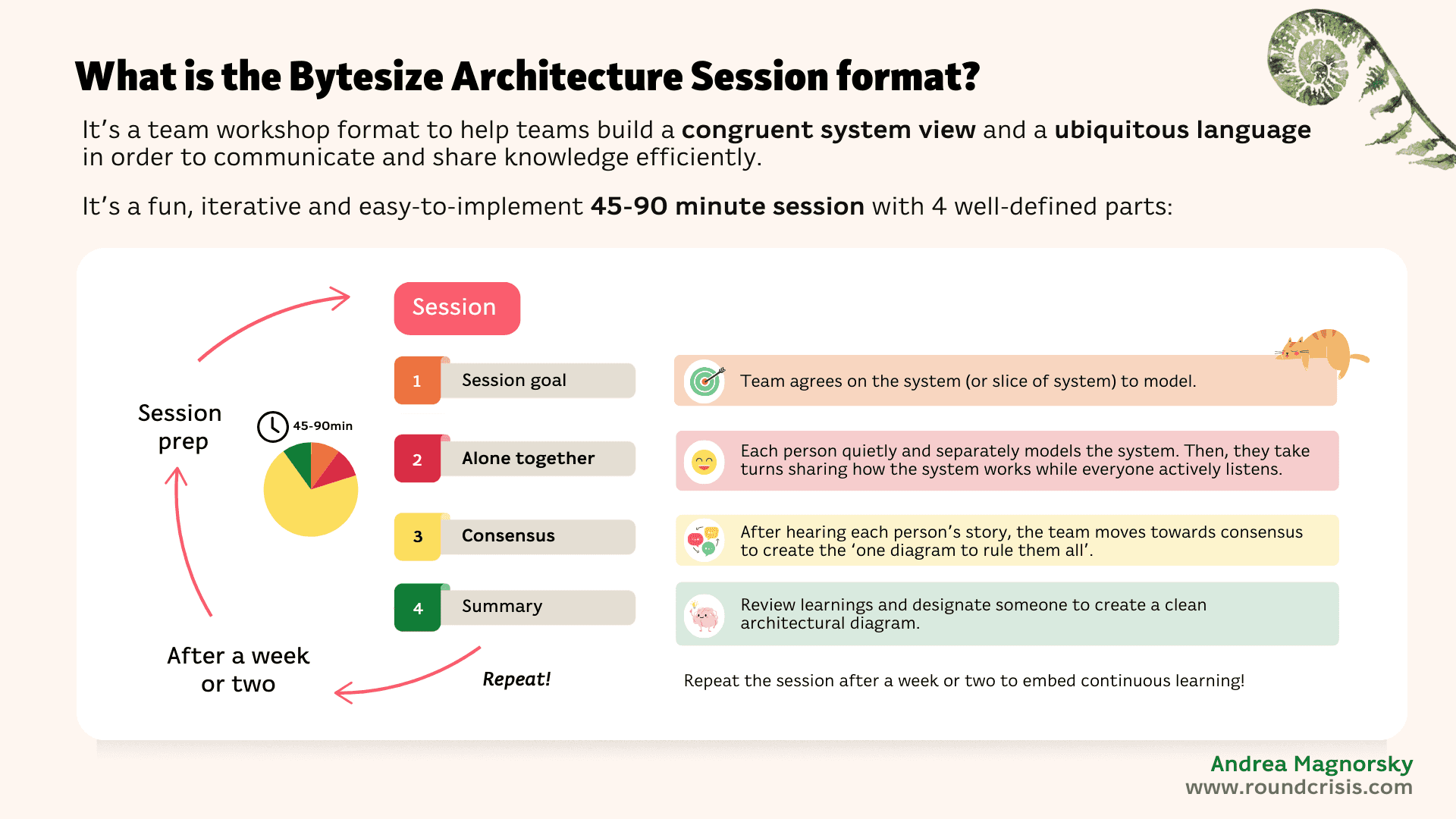
Bytesize Architecture Sessions
Iteratively collaborate to learn about your systems

C4 Architecture
Allows for simple layers of abstraction (Context, Containers, Components, Code) for different components of an architecture design
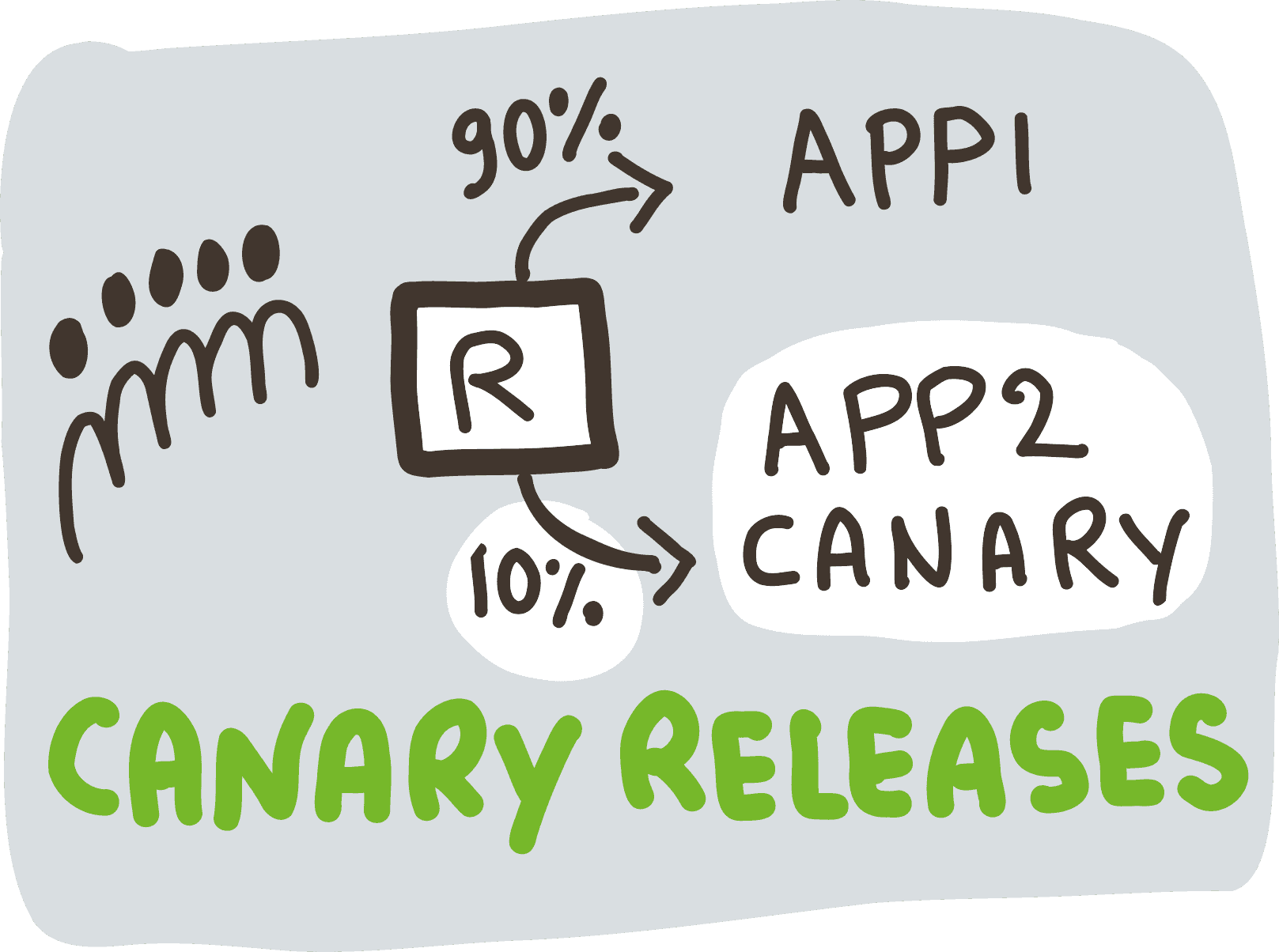
Canary Release
Exposing a small number of real users to a new version

Candy or Swag
Demonstrate the value of open organization principles like collaboration and transparency

Celebrating Failure
Raise the team's collective awareness of product failure root causes
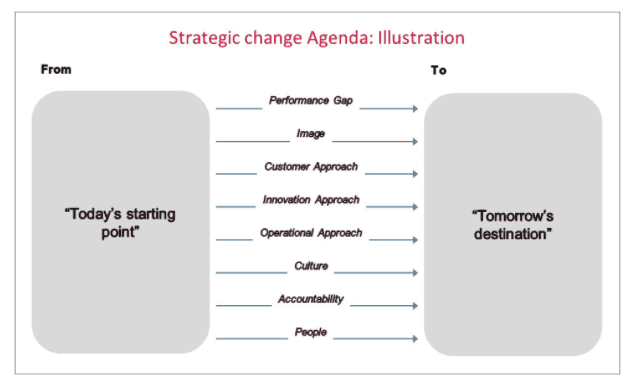
Change Agenda
Capture and define the strategy changes or shifts that an organization or engagement needs to achieve in order to realize their desired outcomes

Chaos Engineering
Chaos engineering is a practice of testing distributed software that deliberately introduces failure and faulty scenarios to verify its resilience in the face of random disruptions.
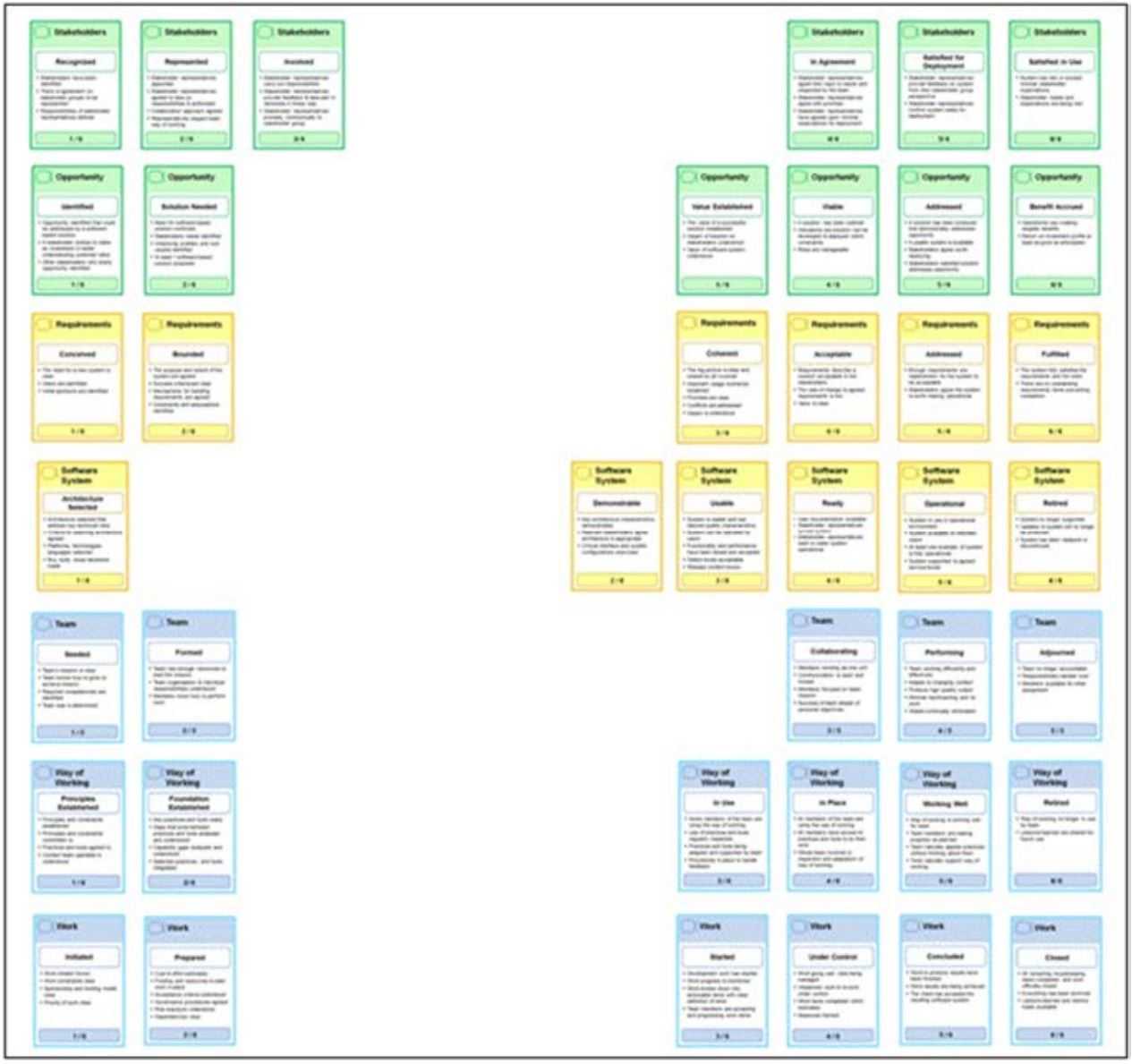
Chase the State
Assess progress and the current state of any type of software delivery work in a holistic way
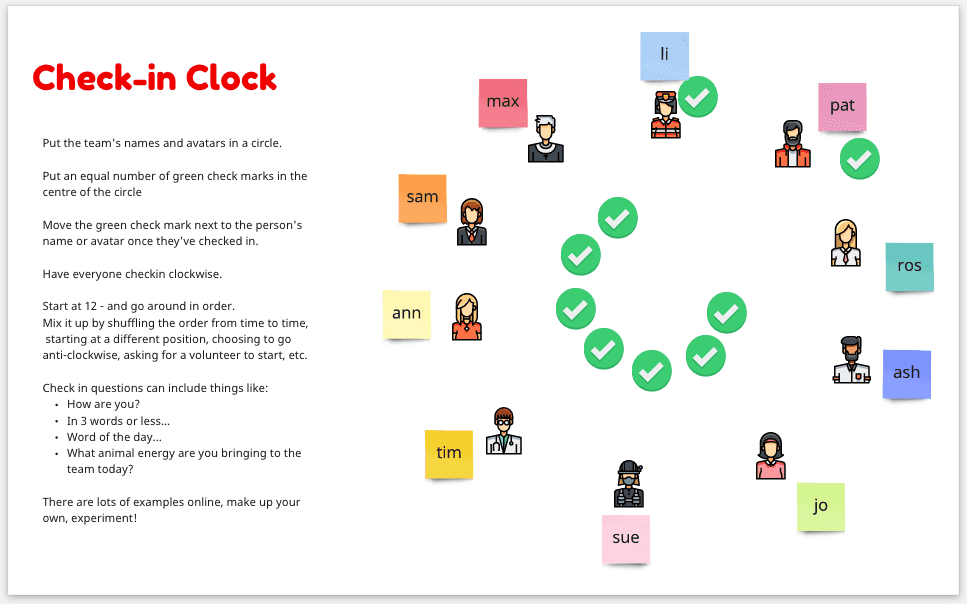
Check-ins
Foster deeper connections and belonging with simple questions
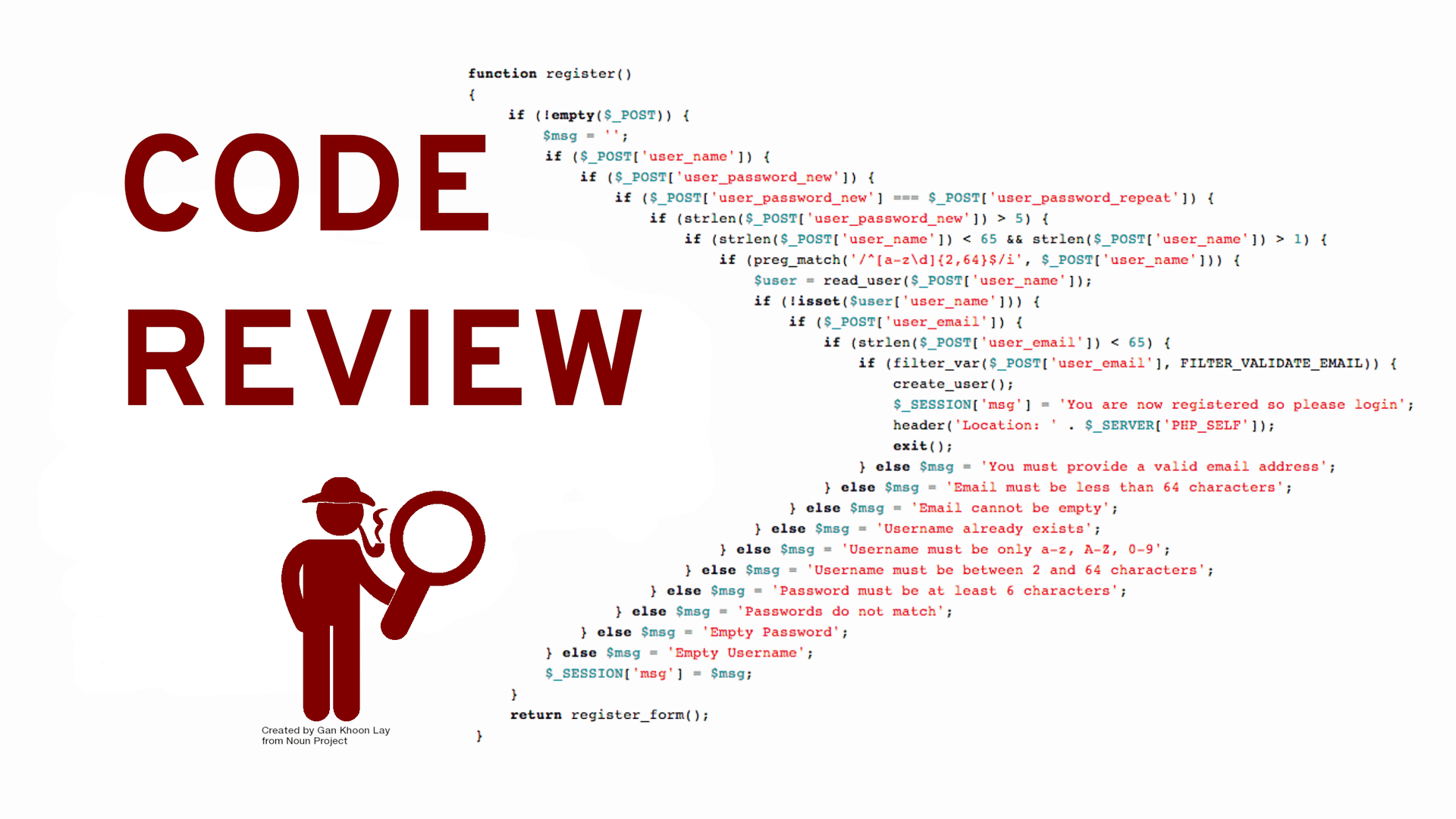
Code Review
Improve quality and knowledge sharing through collaboration and peer review.
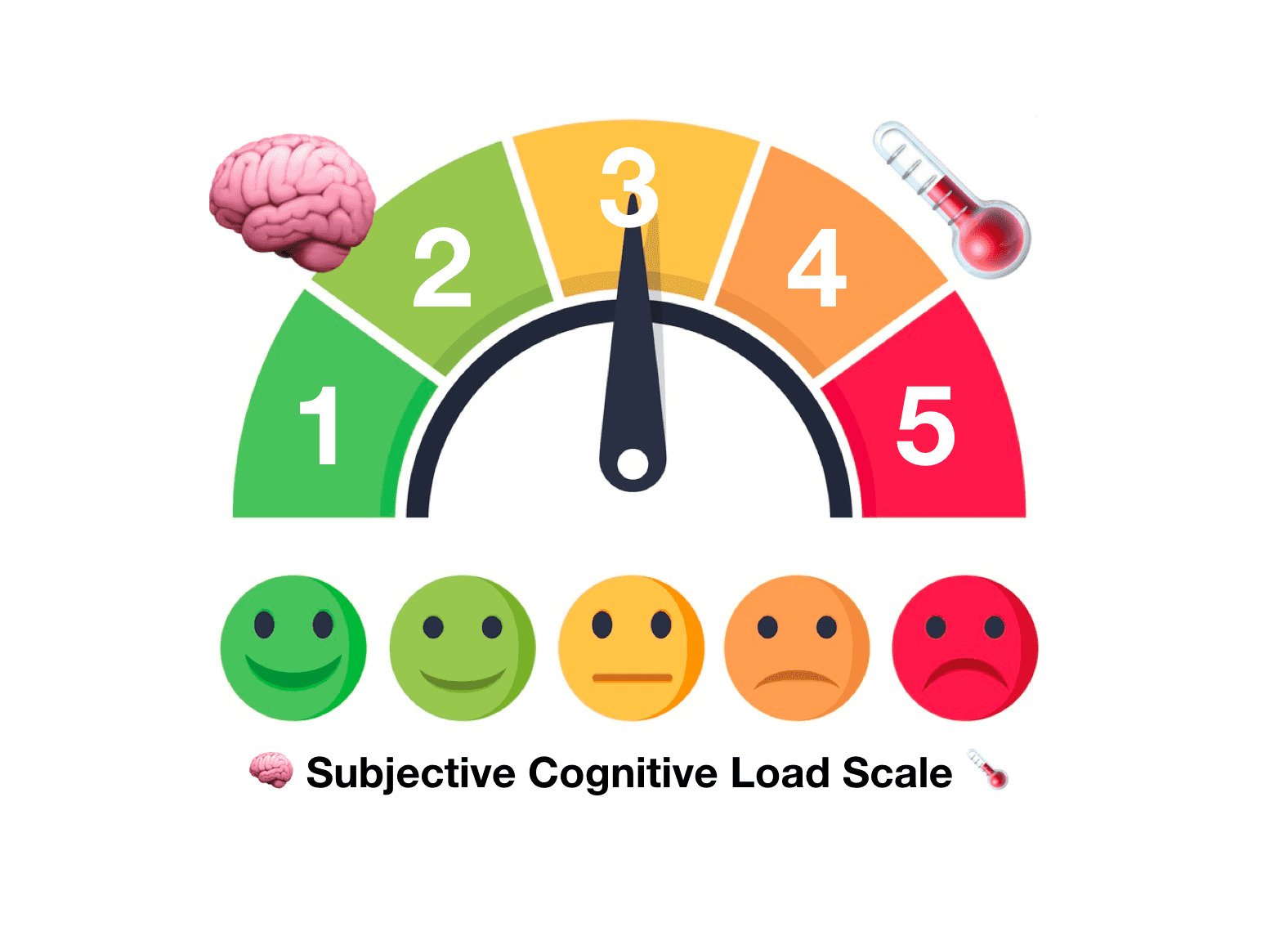
Cognitive Loadometer
A simple tool to measure cognitive load and improve focus
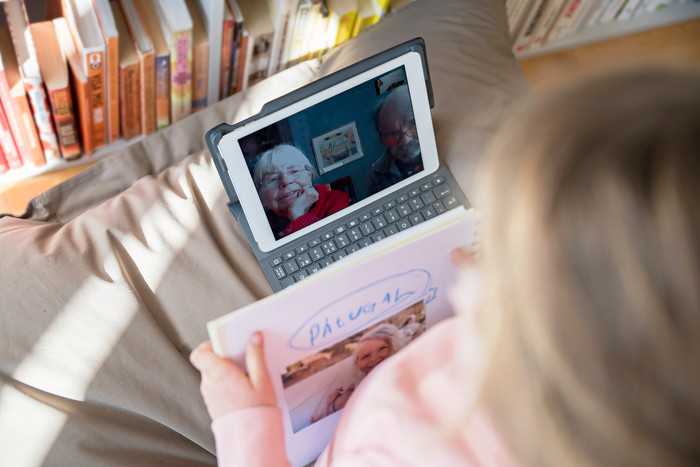
Cognitive walkthrough
Make your service more useful
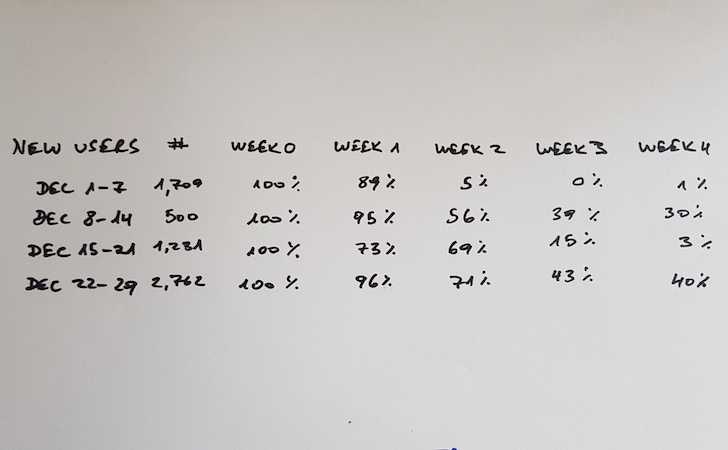
Cohort Analysis
Which group are you in?

Collaborative Pathways
Turning shared purpose into shared results

Comparing Concept Maps
Identify differences in team members' mental models
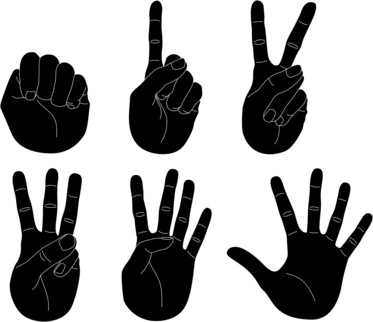
Confidence Voting
Gains consensus around a team's agreement or disagreement on the current activity, event or questions

Container
A software package that contains everything the software needs to run.
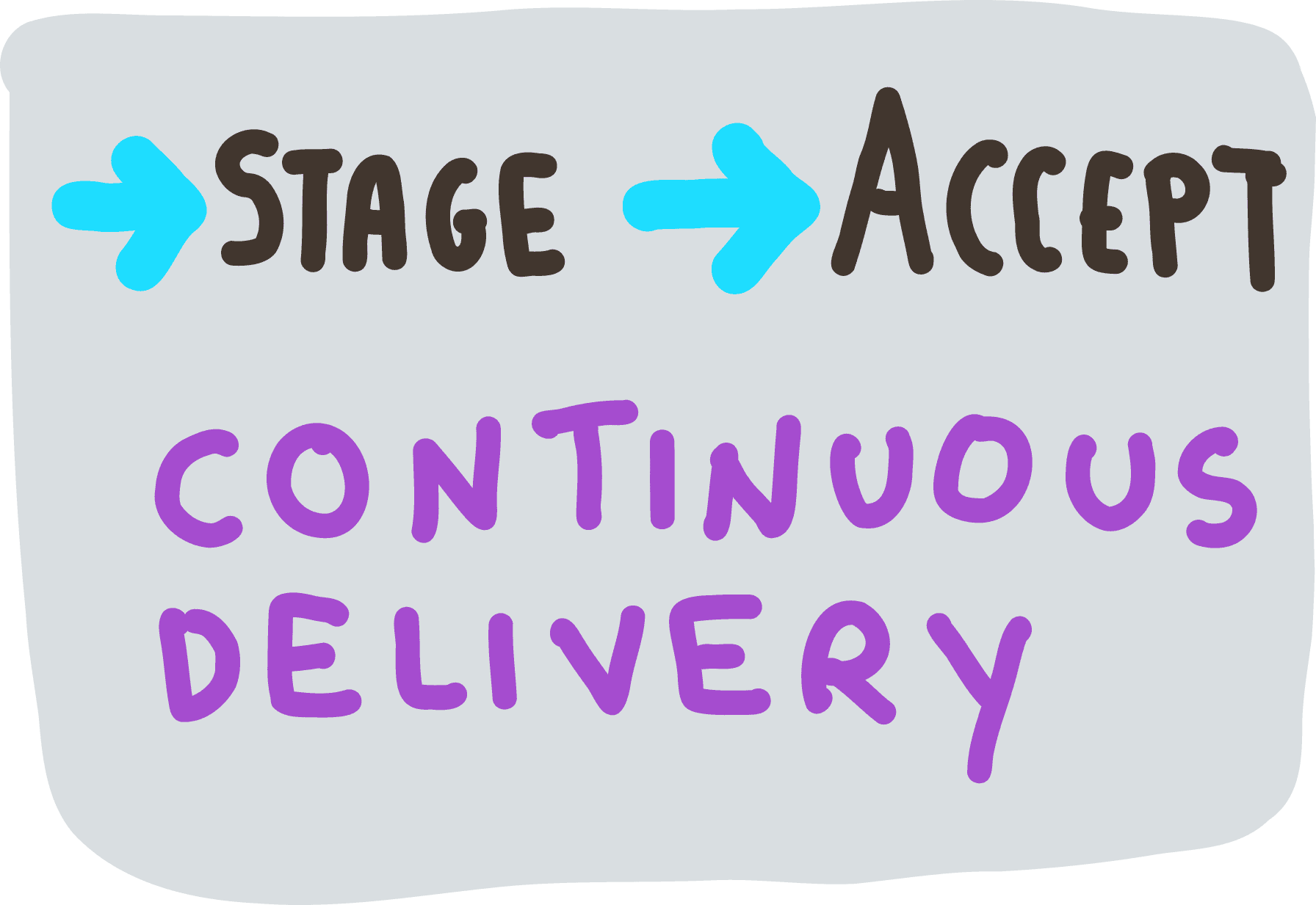
Continuous Delivery
Automated testing and releasing of software.
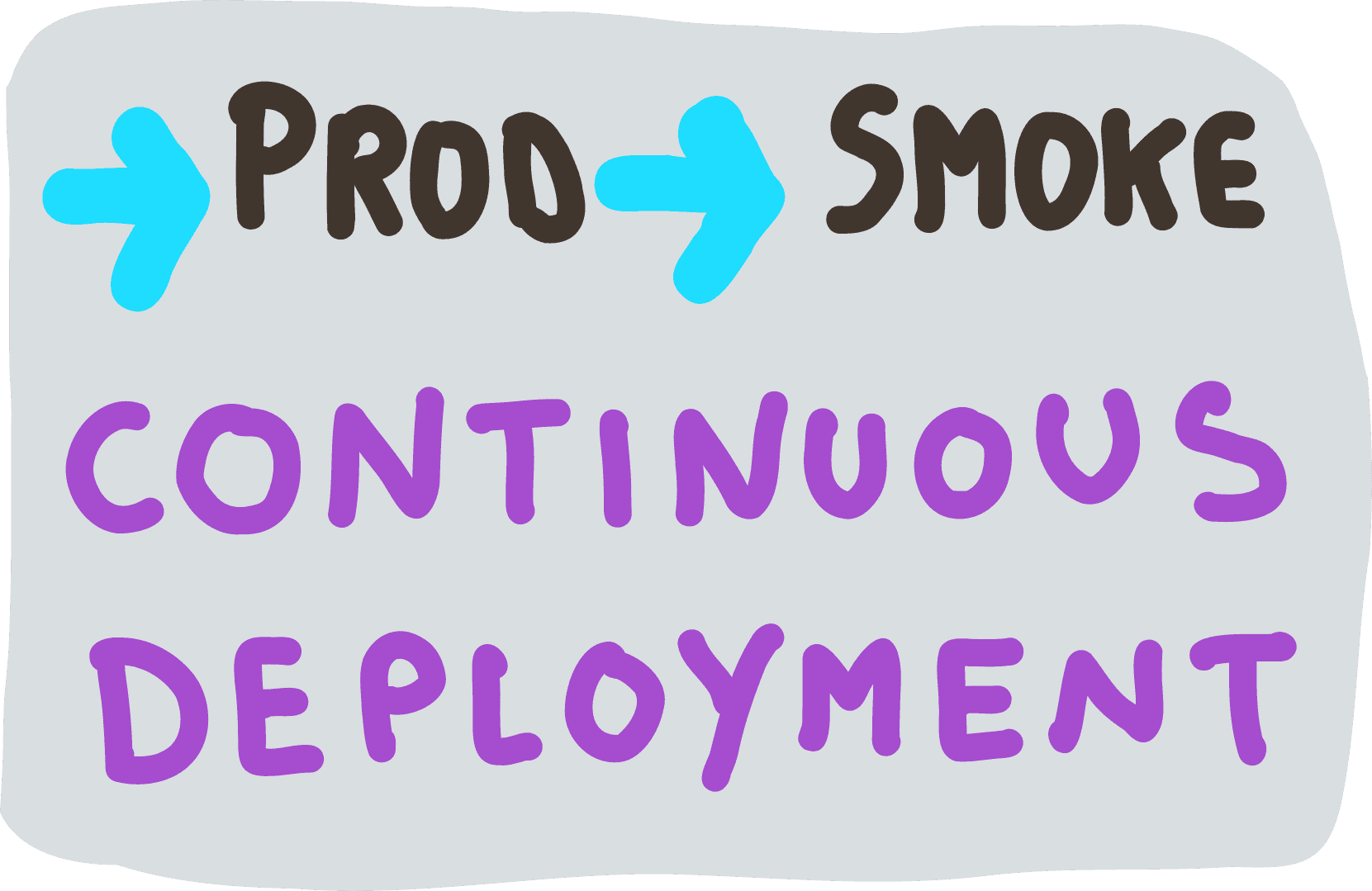
Continuous Deployment
Deploying changes more frequently to get faster end-user feedback.
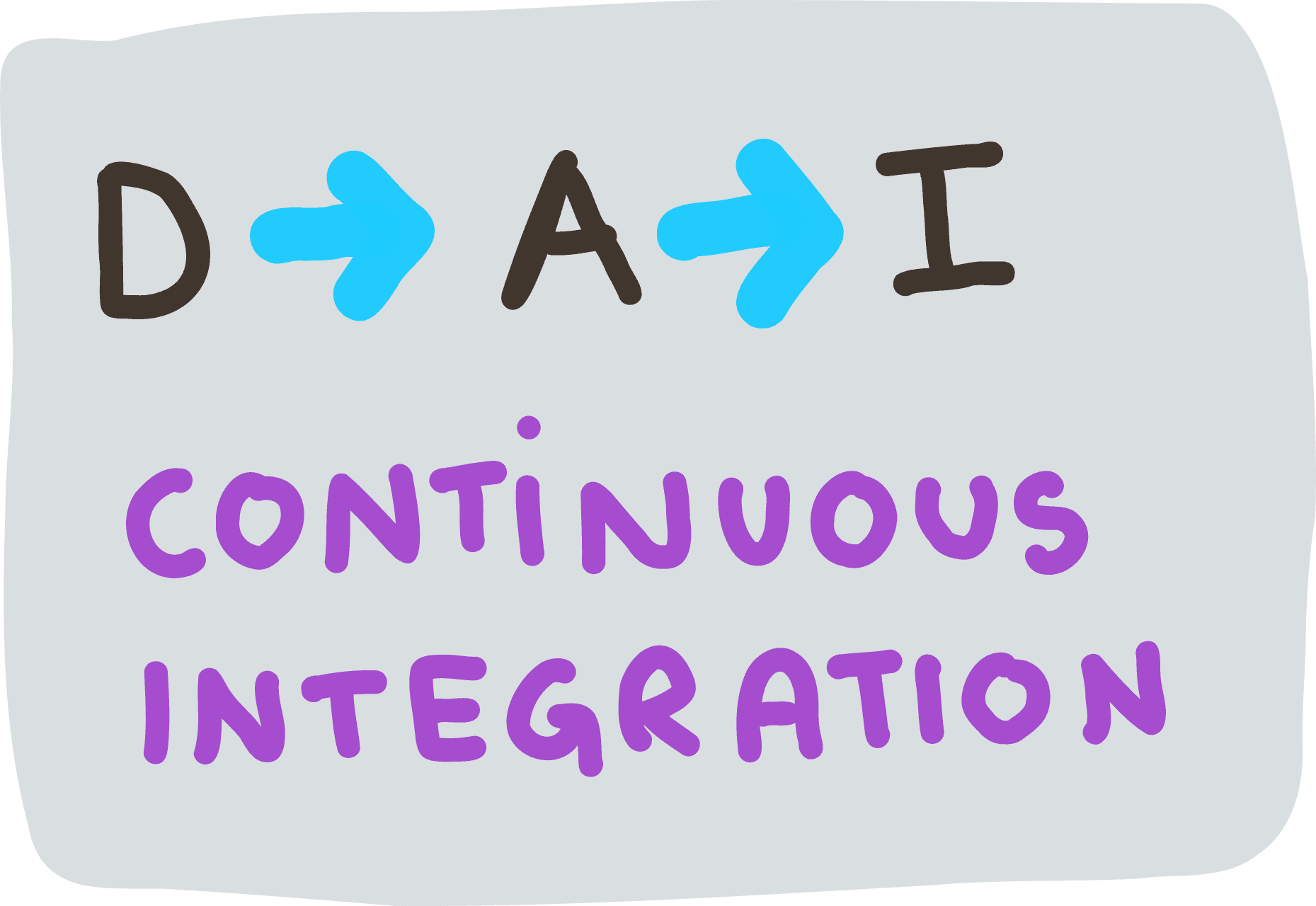
Continuous Integration
Submit small, frequent changes instead of large, infrequent changes

Contract-First Development
Get agreement upfront when creating reusable services
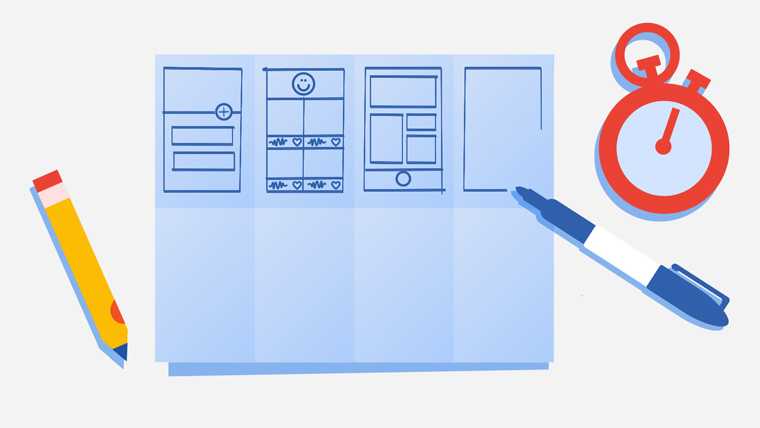
Crazy 8s
A fast sketching exercise to generate solution ideas
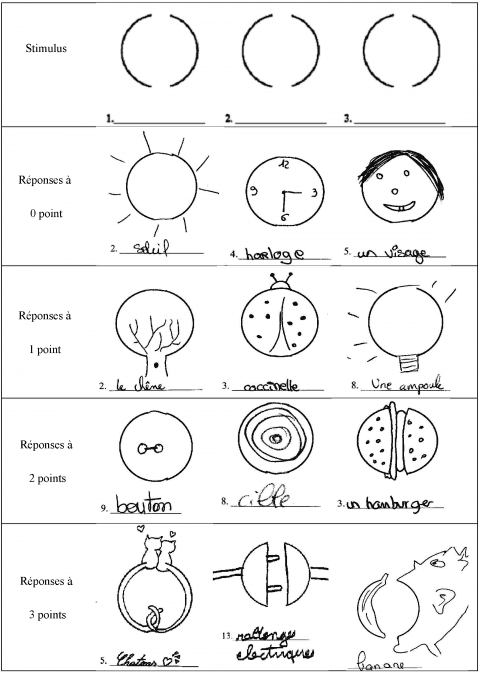
Creativity Warmups
Break down mental barriers and stretch creative thought before ideating solutions
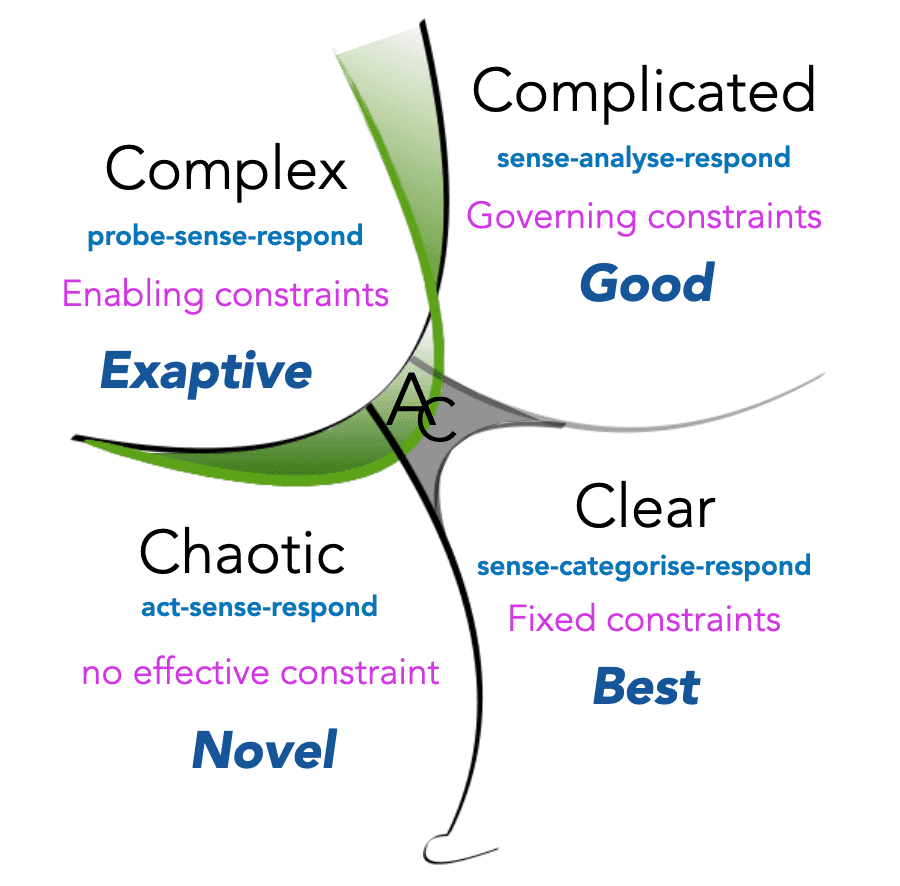
Cynefin Framework
Understand context complexity to make better decisions.

Daily Standup
A short time-boxed synchronization of the team activities that occurs in a cadence determined by the team
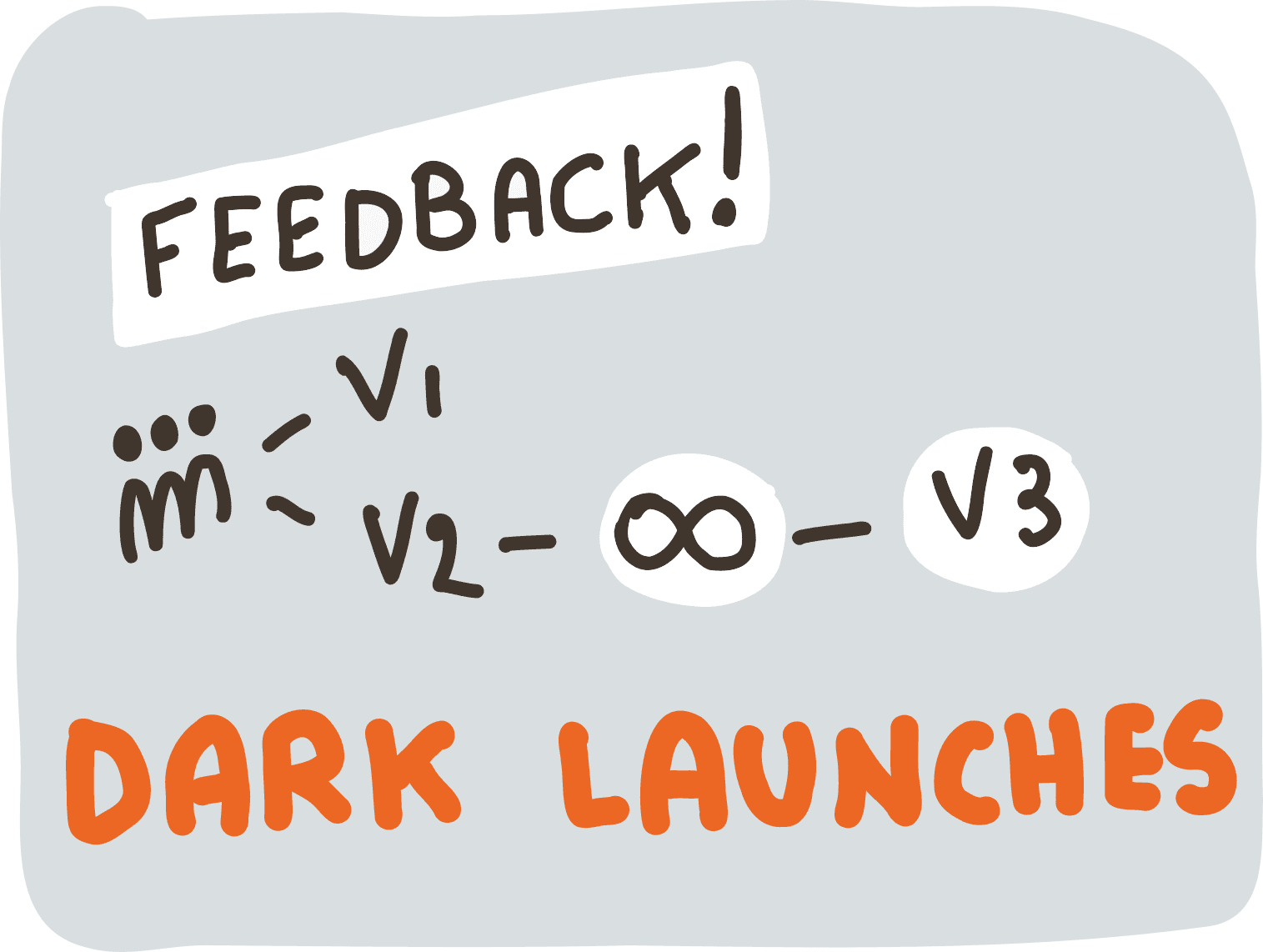
Dark Launches
Letting a small group of interested users test features before others

Defence in Depth
Layering security controls through your application
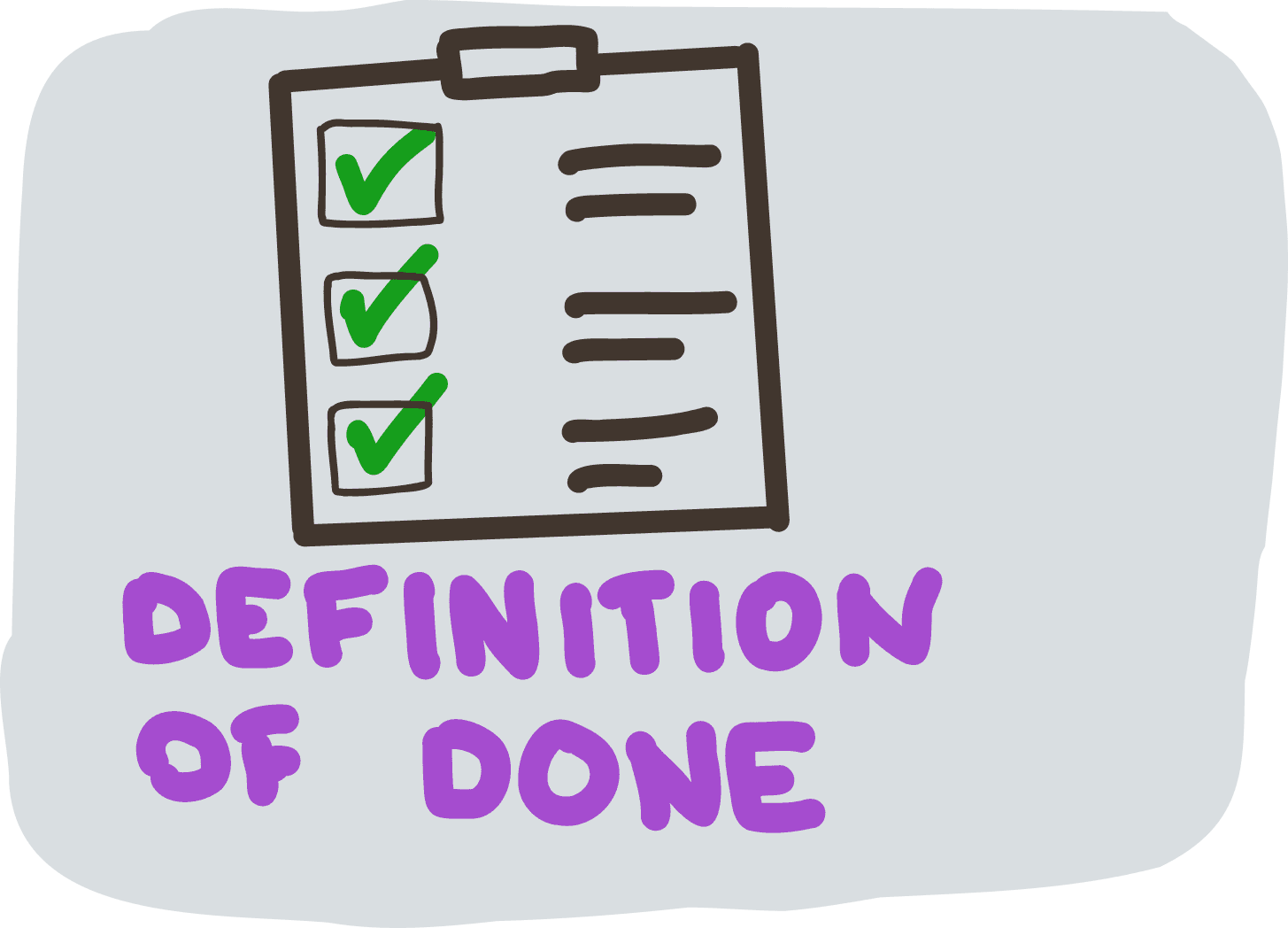
Definition of Done
Shared knowledge and understanding of what it means for a work item to be done by a team
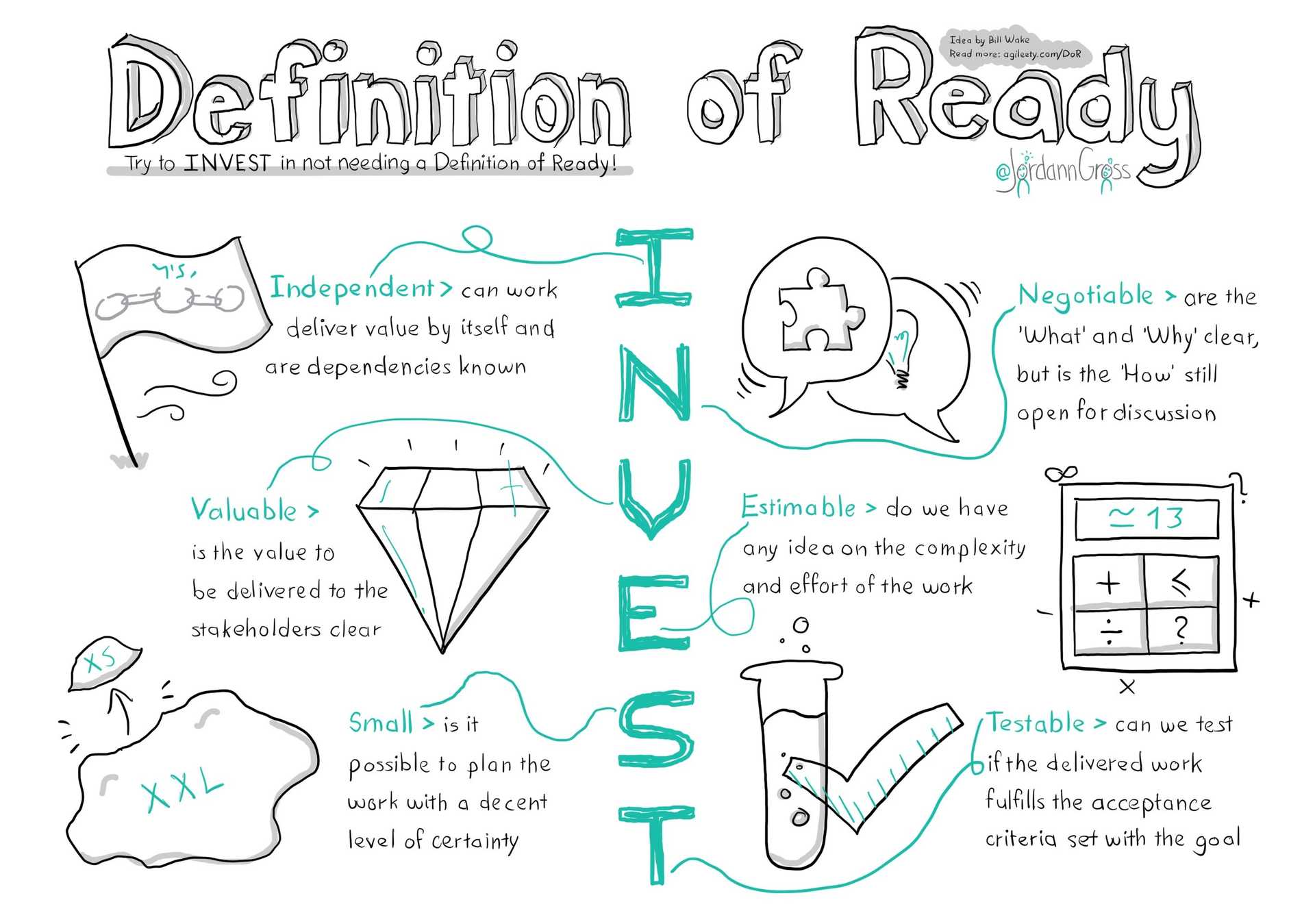
Definition of Ready
Shared knowledge regarding what it means for a work item to be ready to be worked on
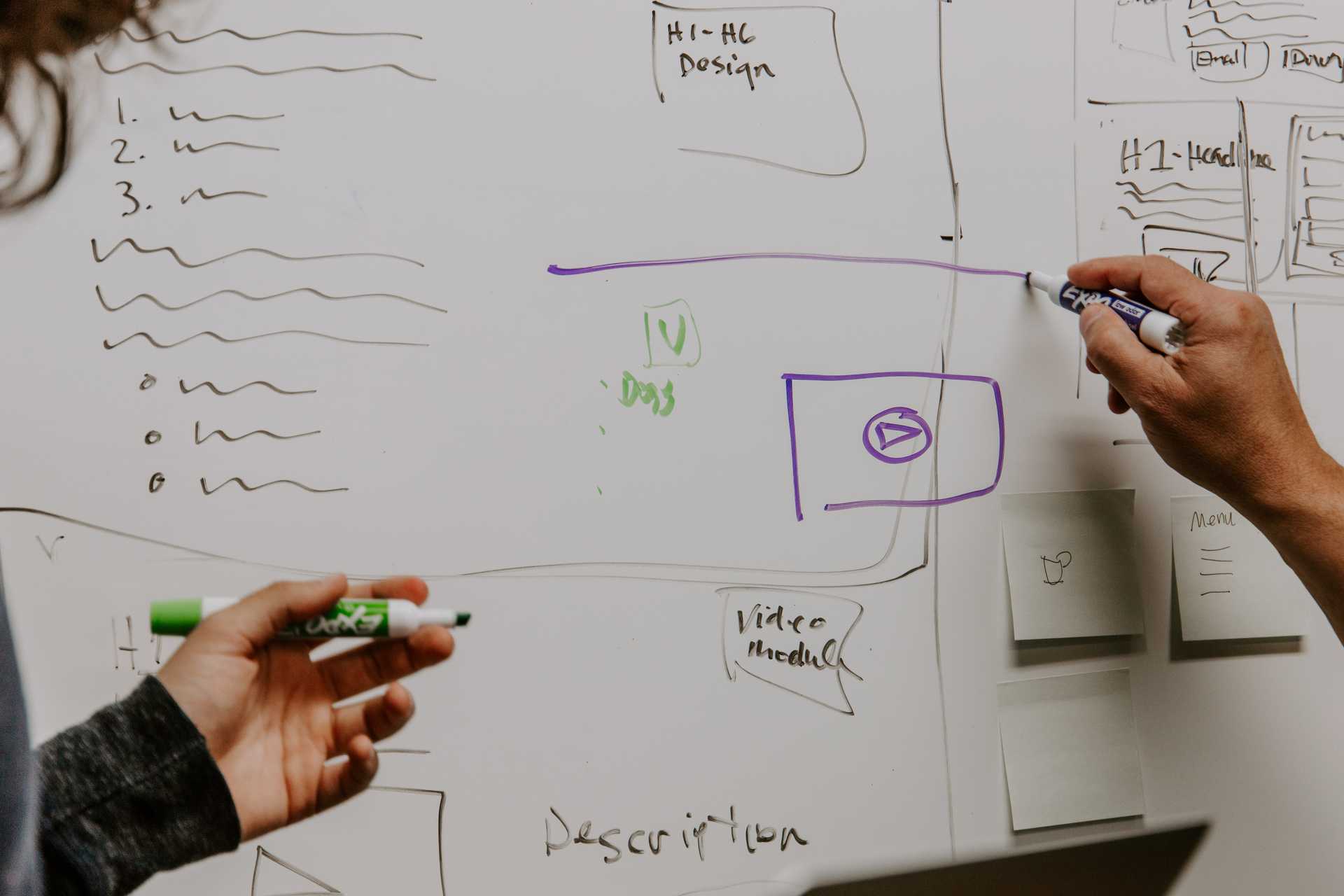
Design Retro : Active
Improve the quality and usability of your product design
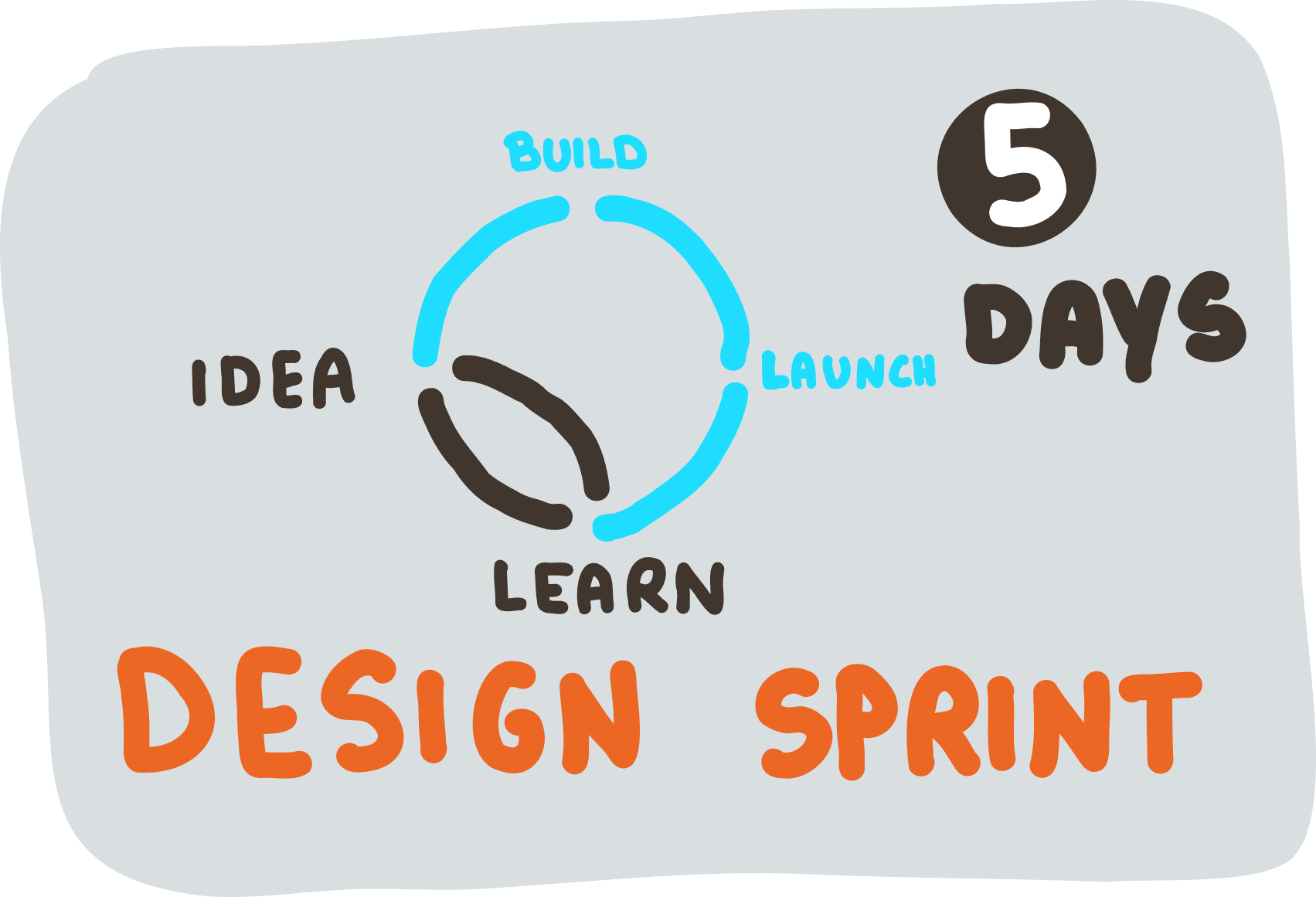
Design Sprint
A five-day process for testing new ideas
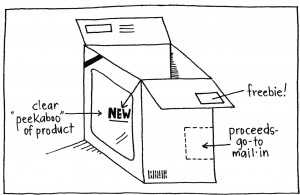
Design The Box
From ideas to essential features and outcomes
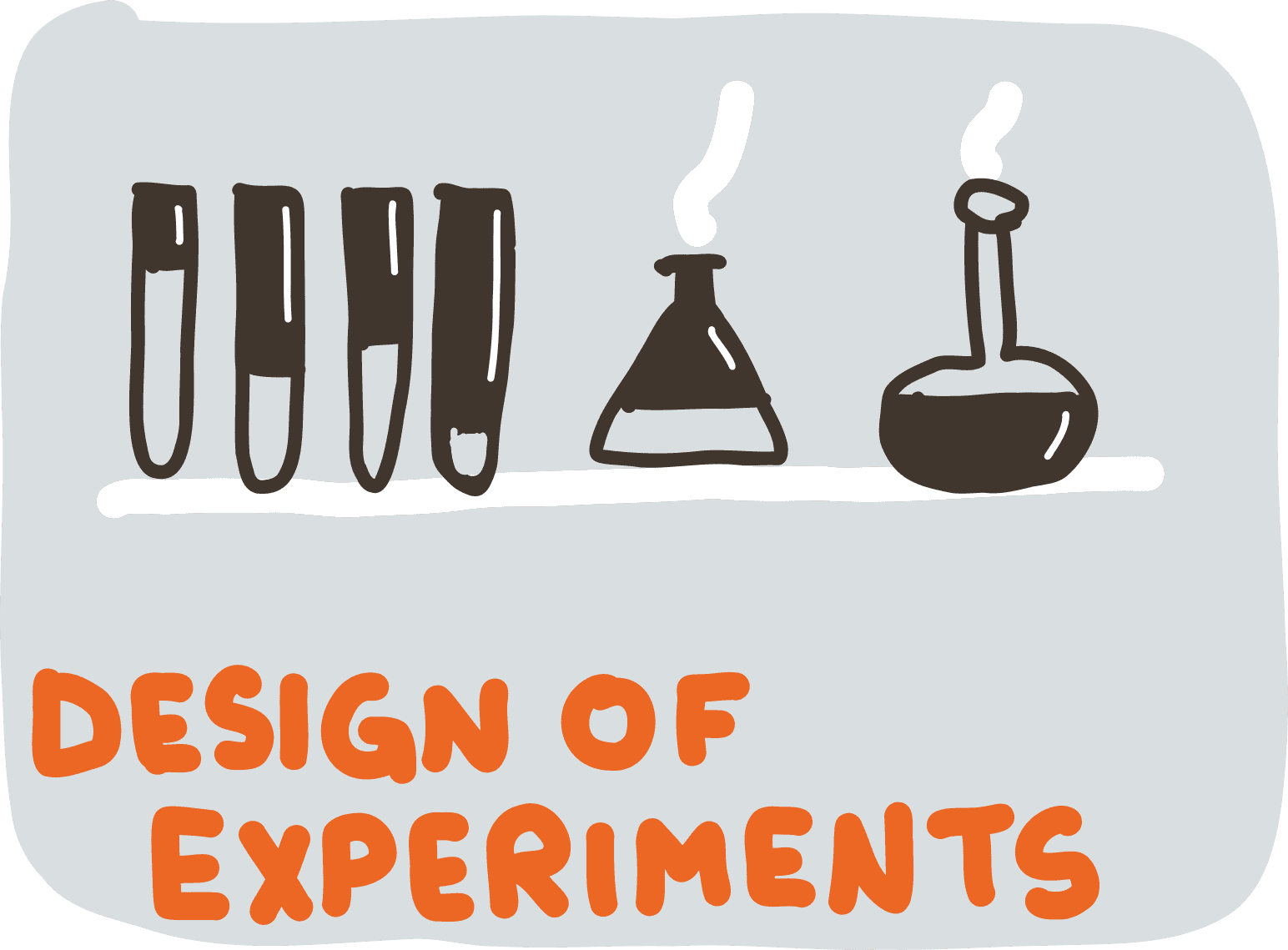
Design of Experiments
Learn Fast, Move Even Faster

Disagree and Commit
The key to collaboration: enabling everybody to commit to action, without needing consensus.

Dissent Cards
Create an environment in which people can disagree in a productive way.
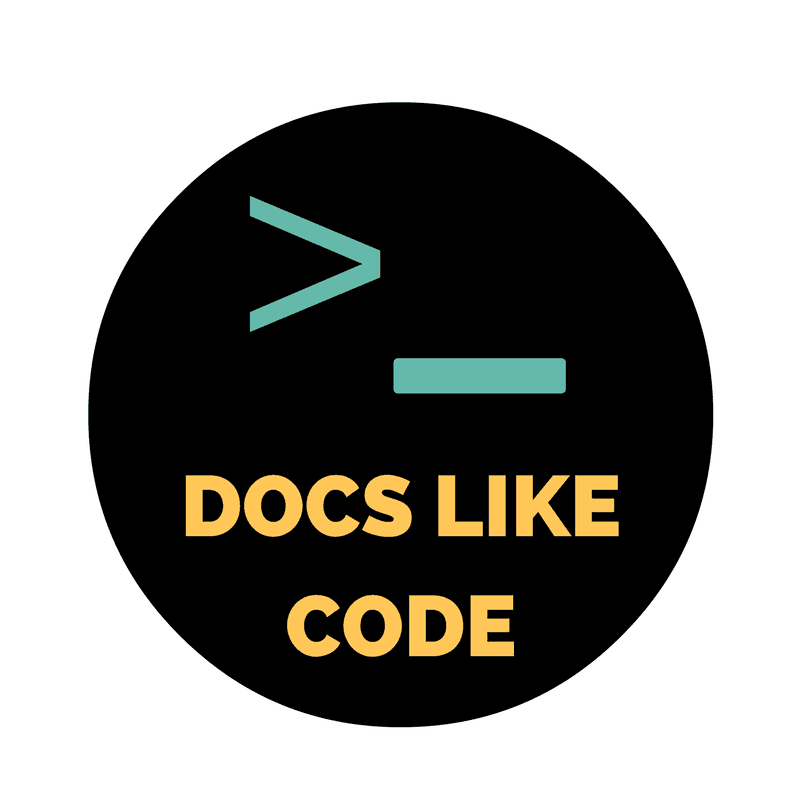
Docs As Code
Have the whole team deliver current, useful, documentation using the minimum of effort.
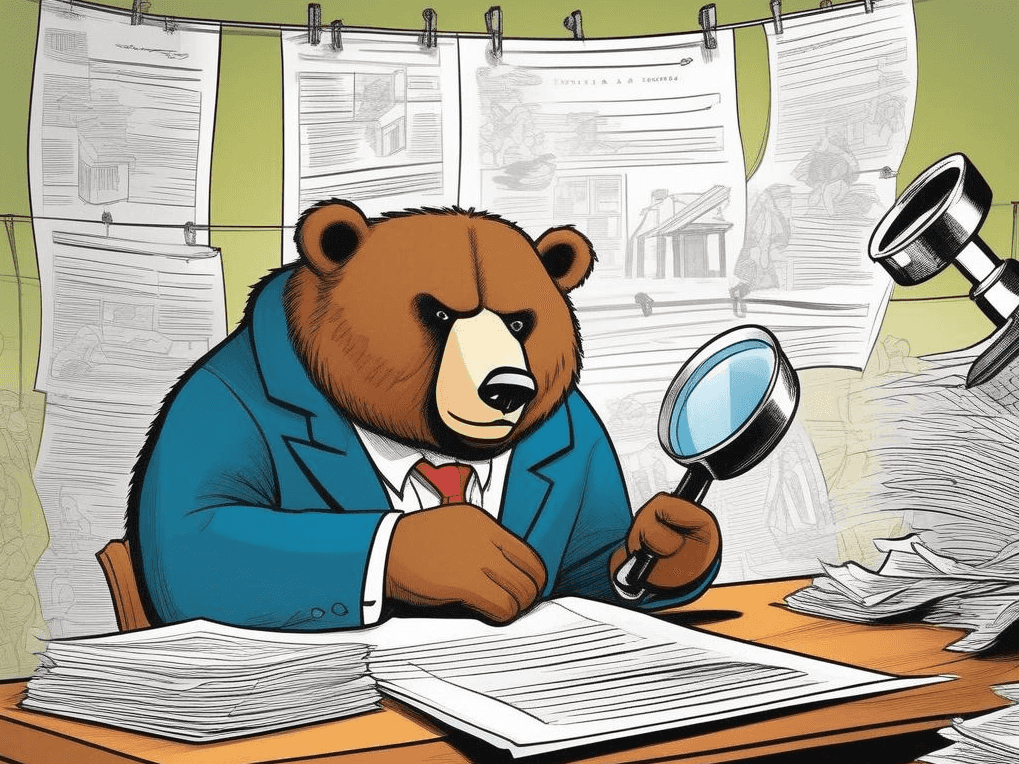
Document Review Process
Efficiently review documents in complex environments, avoid loops, and get a more predictable timeline.
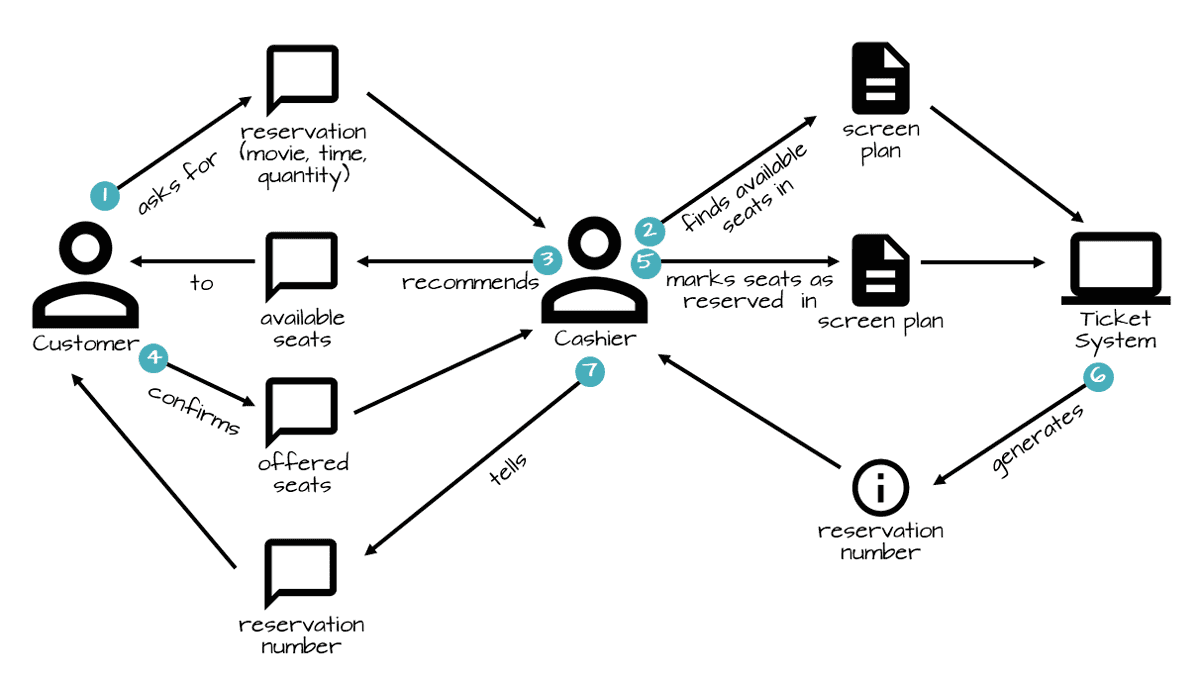
Domain Storytelling
Learn domain language. Talk about requirements. Tell domain stories.
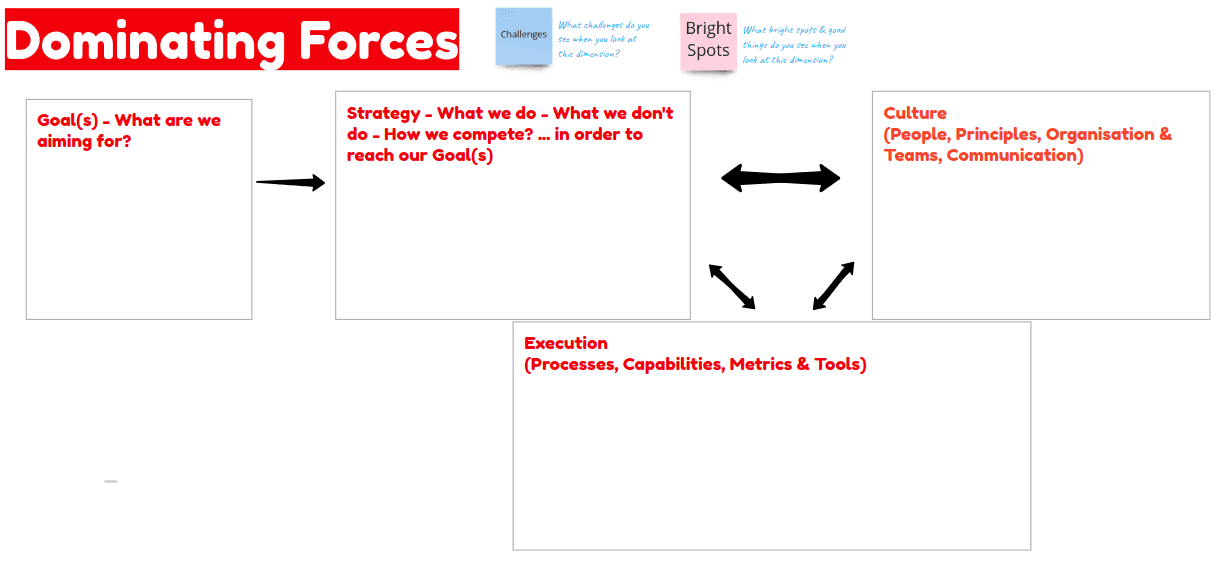
Dominating Forces
Surface risks and issues, identify metrics, and define the impact of strategy execution before it starts.
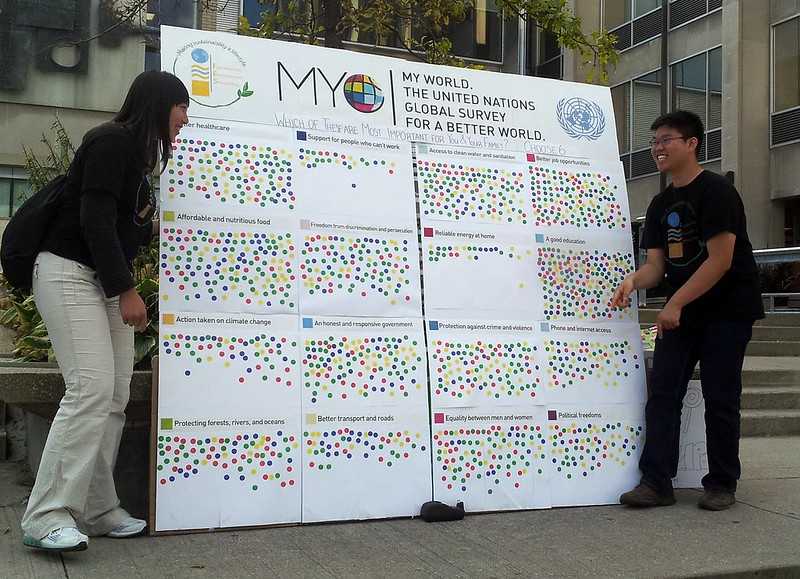
Dot voting
Quickly build consensus to prioritise available options

Double Diamond
A structured approach to tackle challenges in four phases, from exploring to taking focused actions.
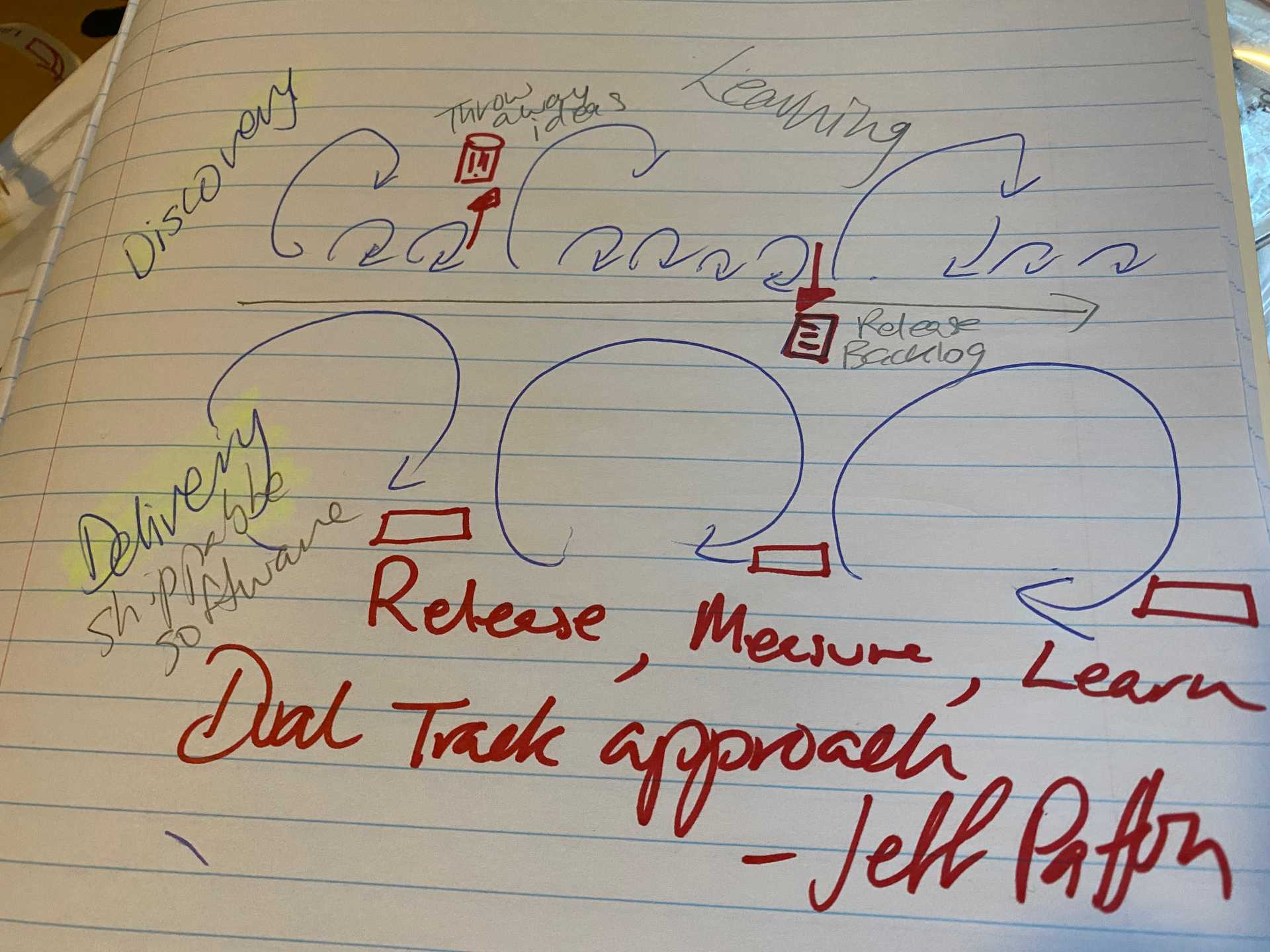
Dual Track Delivery
A collaborative practice for developers and designers to build shared understanding in service of outcomes based delivery.
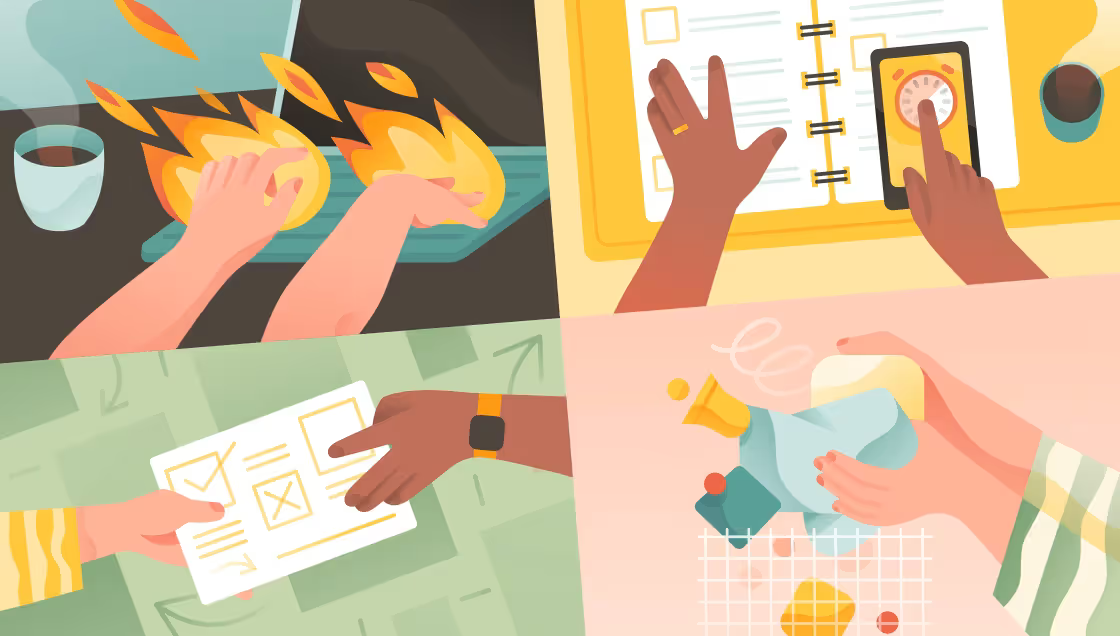
Eisenhower Box or Urgent-Important Matrix
Help individuals and teams prioritize tasks by categorizing them based on two key dimensions: urgency and importance.
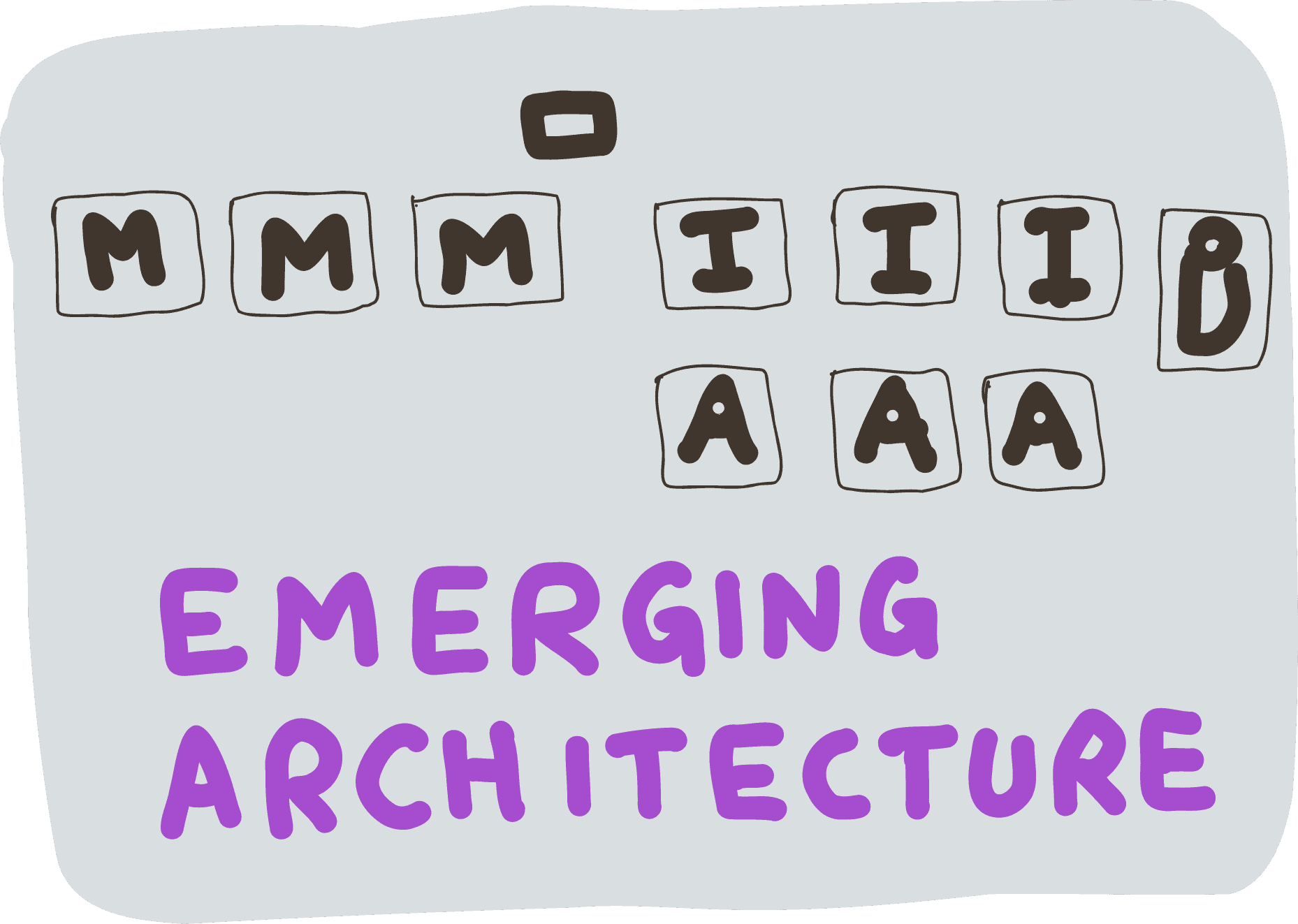
Emerging Architecture
Capture enough information to get started, build something, learn and iterate.

Emotional Journey
How users feel at each stage of the experience
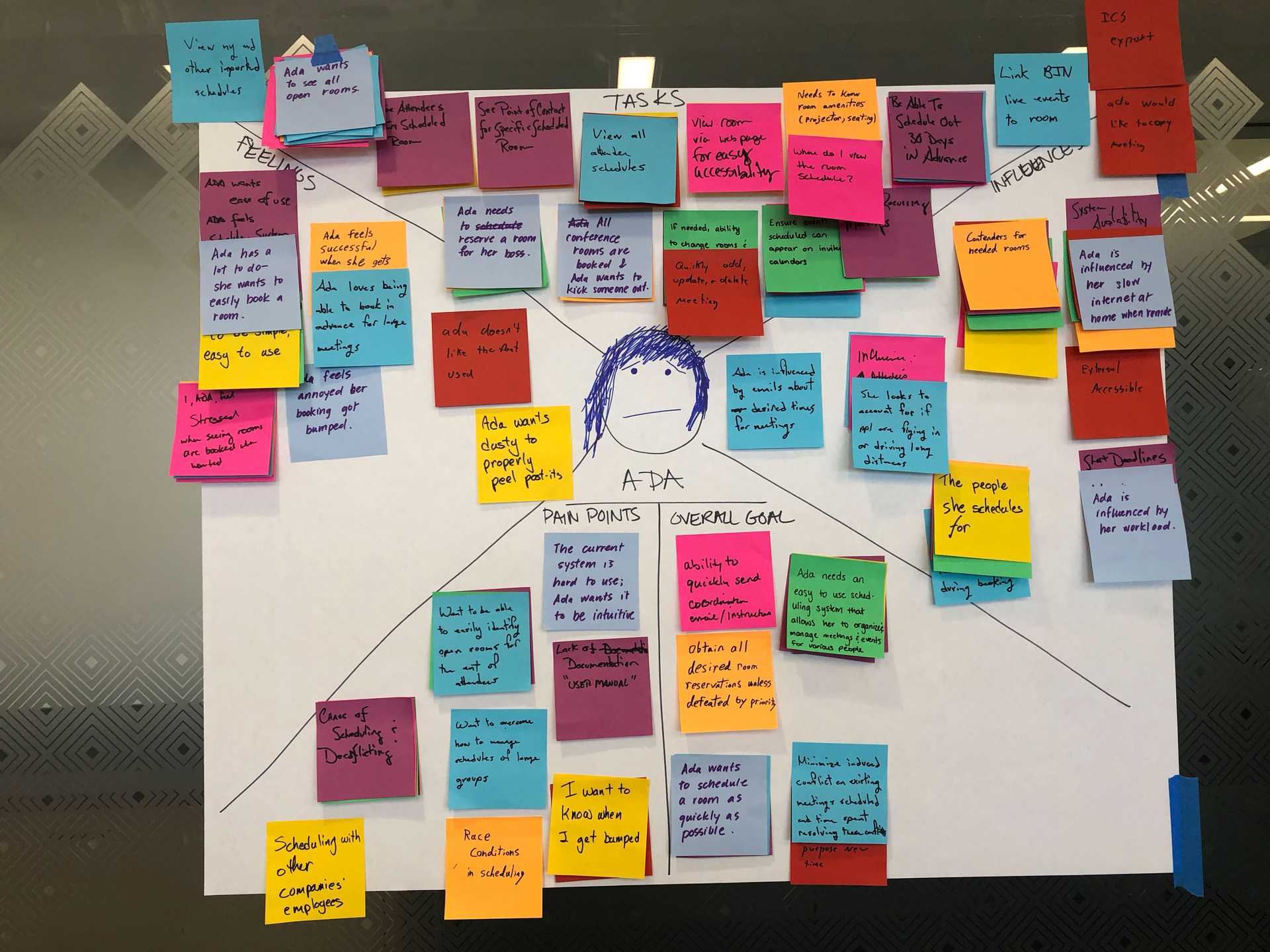
Empathy Mapping
A collaborative tool for gaining insight about humans (customers, users, stakeholders, etc.).
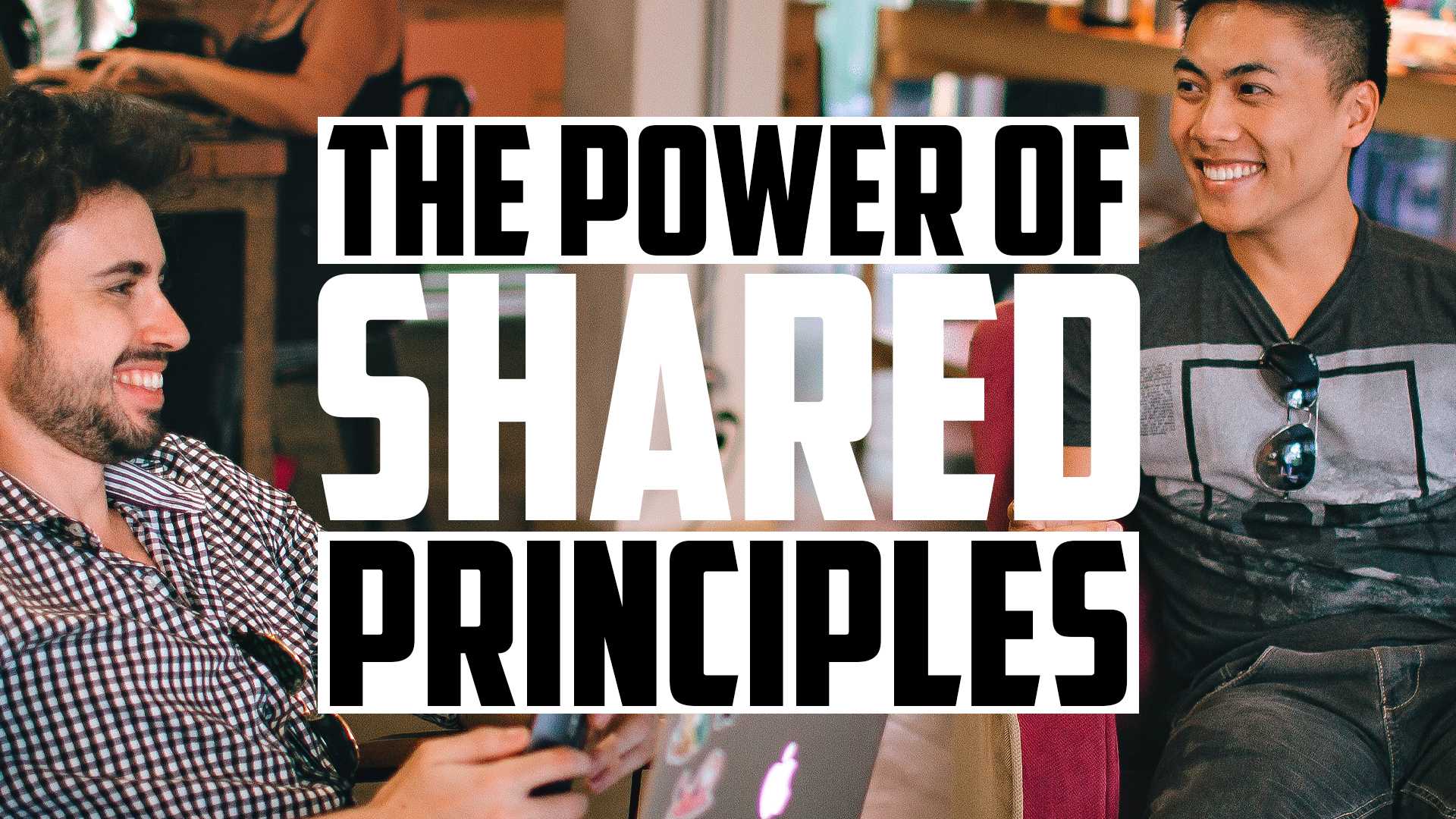
Establish Shared Principles
Principles Over Practices
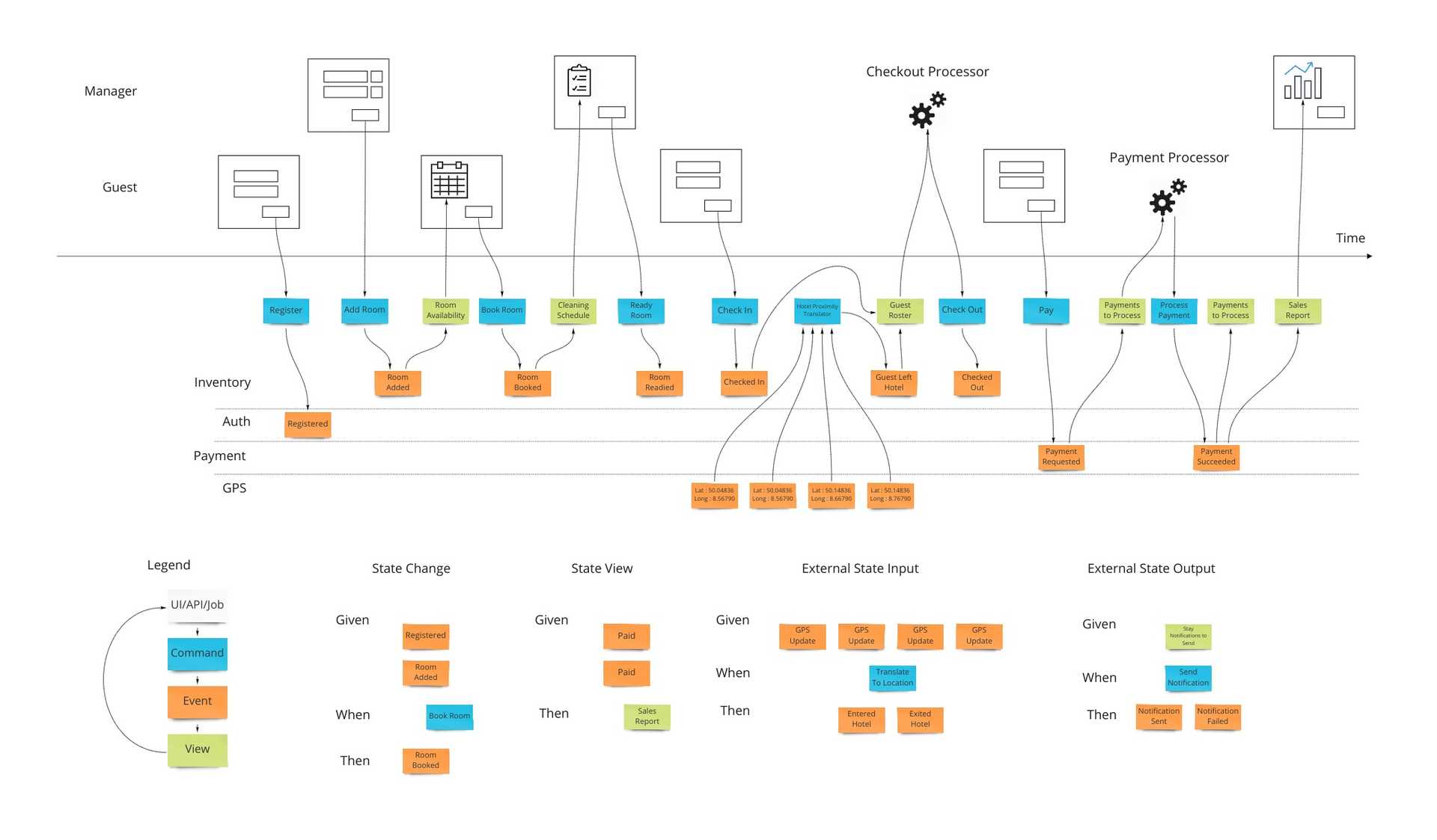
Event Modeling
To model Event-Driven Software Systems
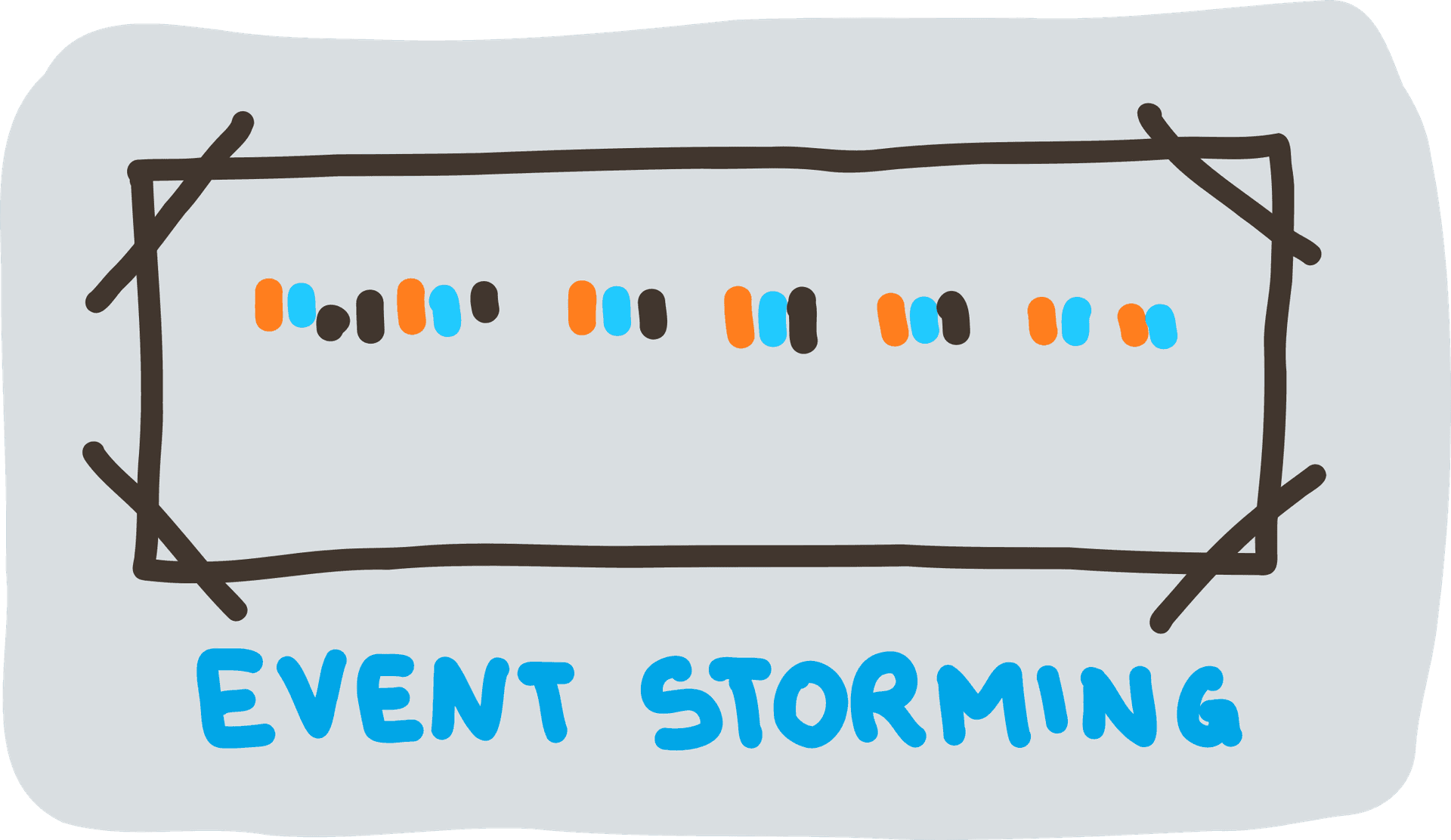
Event Storming
A rapid, interactive approach to business process discovery and design that yields high quality models
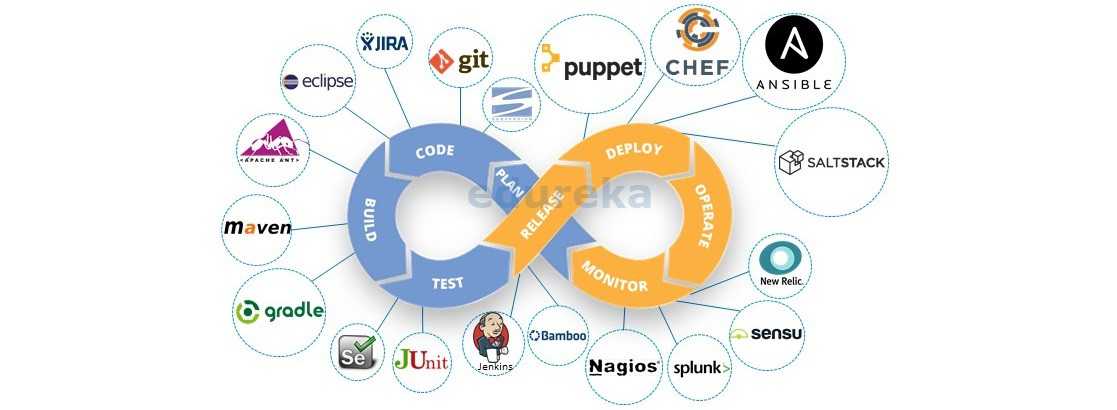
Everything-as-Code
Save everything as code - configuration, infrastructure and pipelines
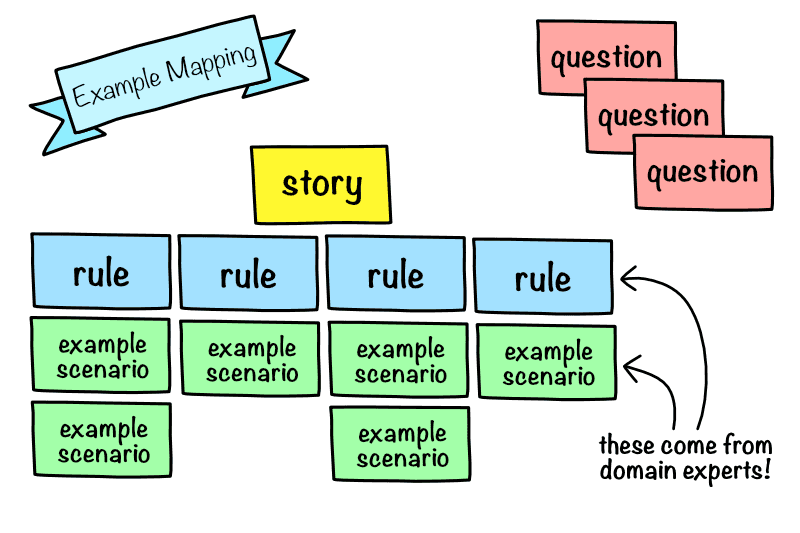
Example Mapping
Involving stakeholders in defining acceptance criteria
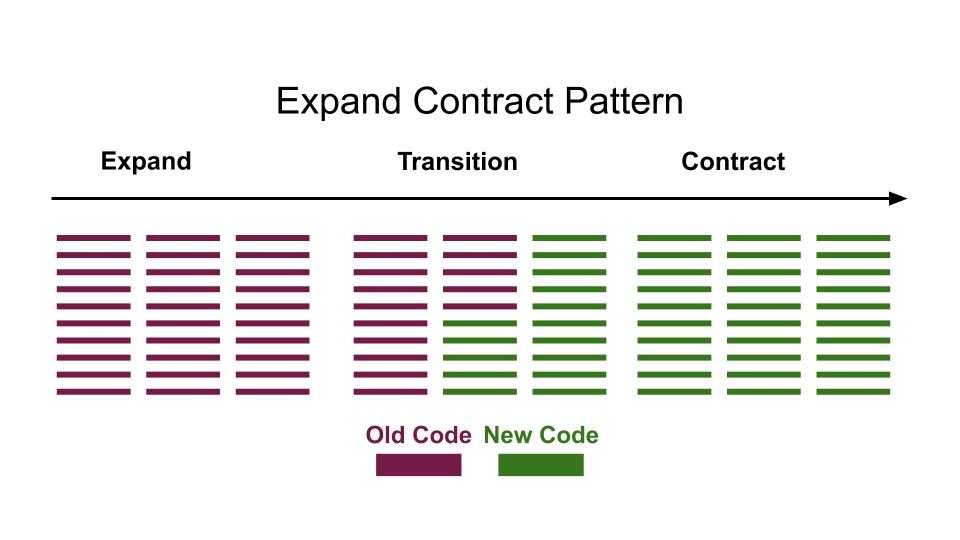
Expand and Contract Pattern
A pattern to help in modernisation and migration projects.
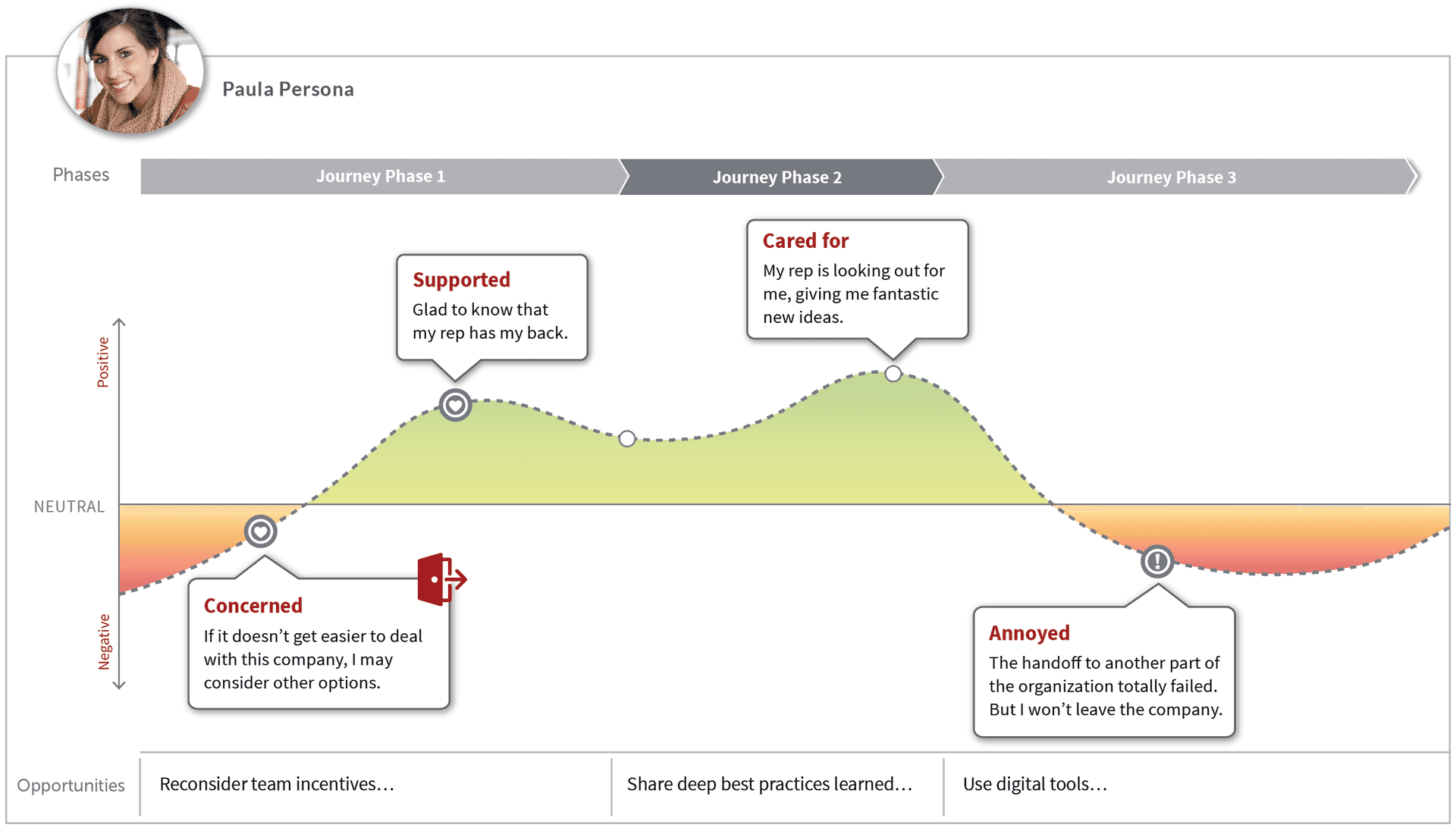
Experience Mapping for Agile
Understand individuals' actual experience through a process, to identify priorities from a new prespective
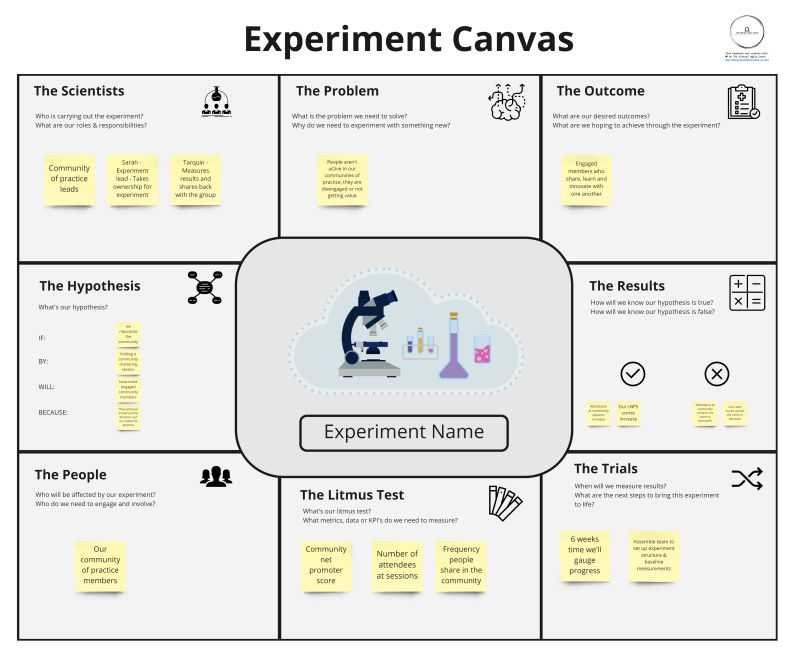
Experiment Canvas
Be specific with your idea experiments to improve scope, collaboration, and alignment
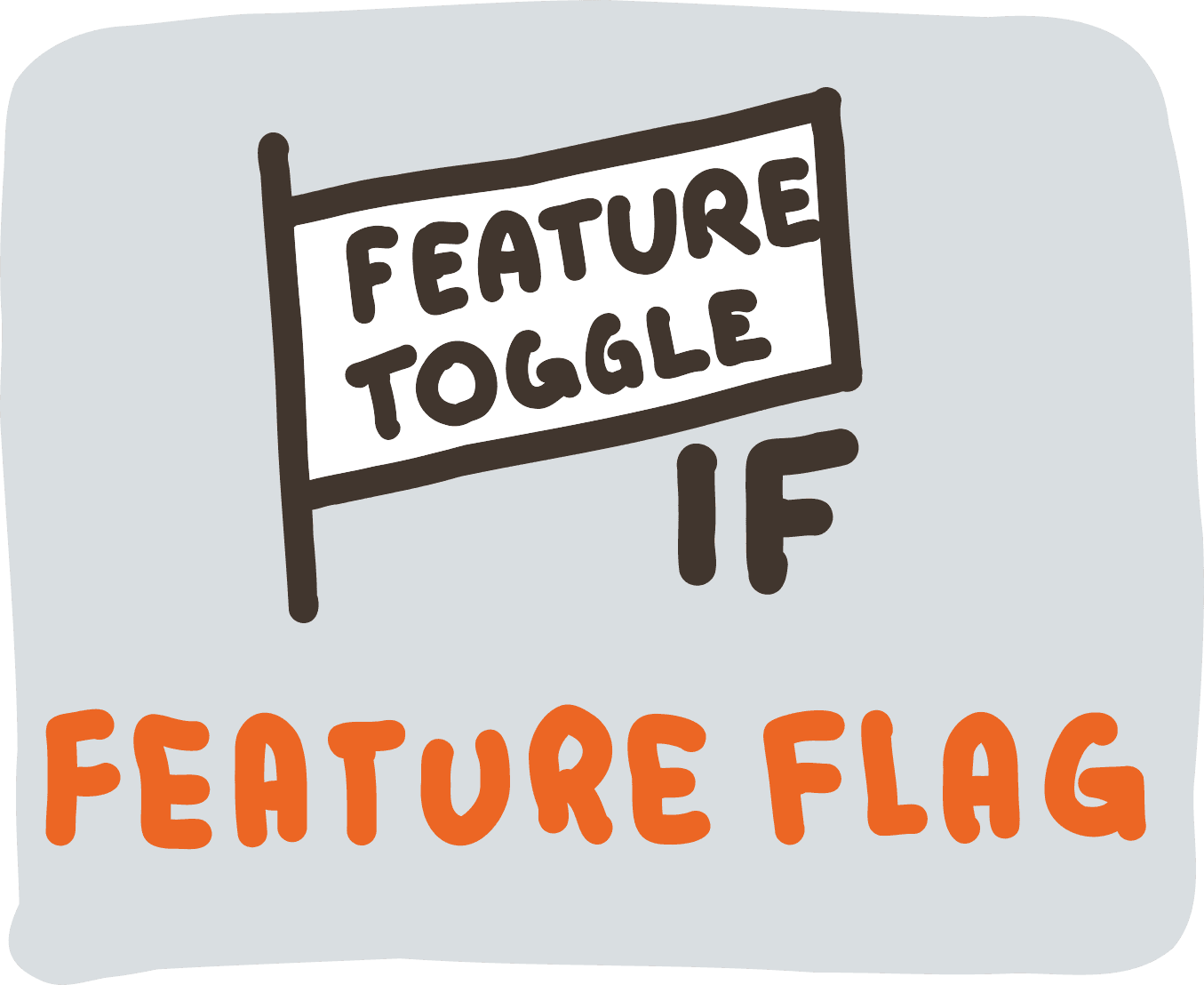
Feature Flag
AKA Feature Toggle / Bits / Flipping / Controls
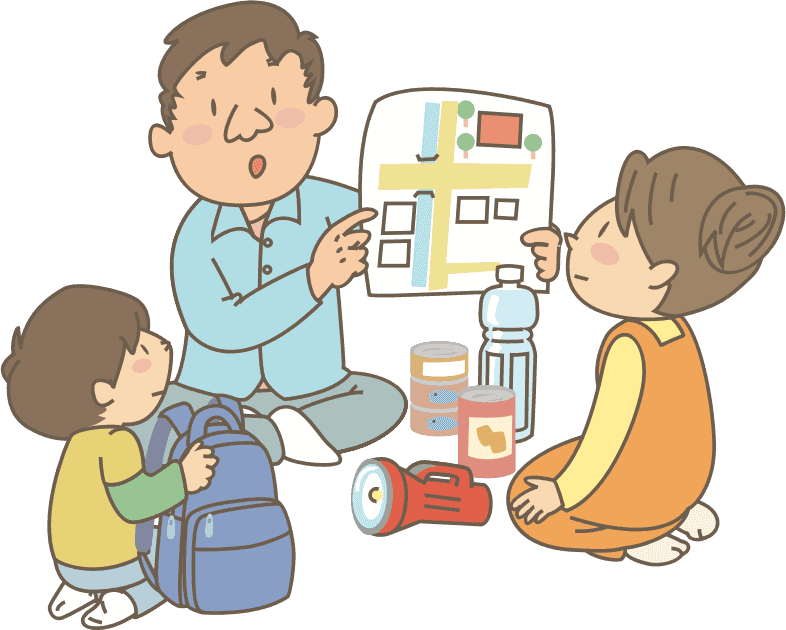
Fire Drills
Increase the confidence of your Team by gamifying Incident Management.

Five Whys (5 Whys)
Get past the symptoms of a problem to the root cause

Fly on the Wall
A Crowdsourced Approach to Problem Solving
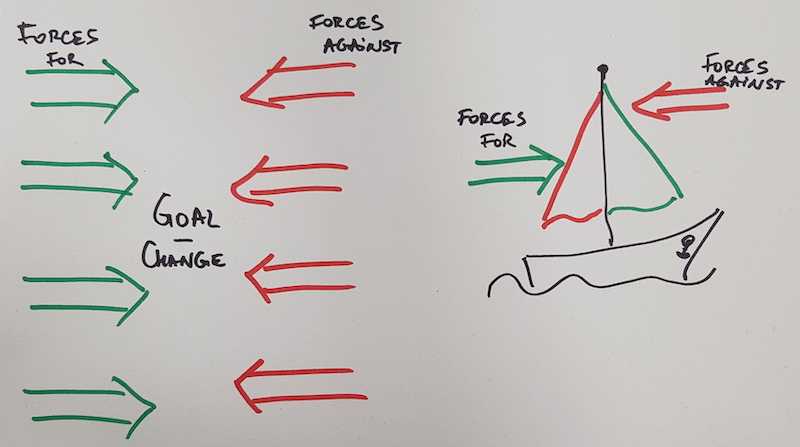
Force Field Analysis - Force Field Map
Understanding change/goals
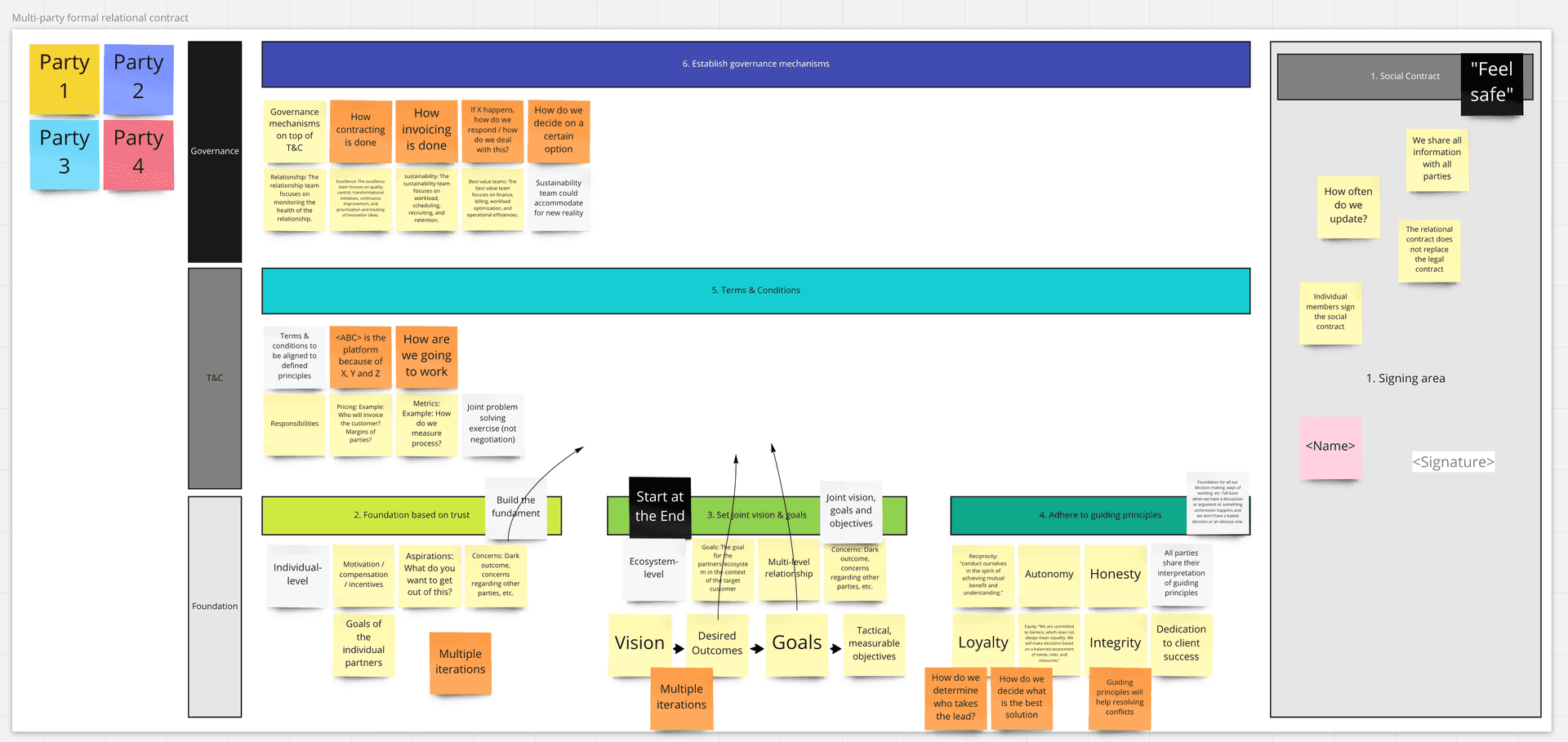
Formal Relational Contract
Govern highly complex relationships that demand collaboration and flexibility which exist in an ecosystem
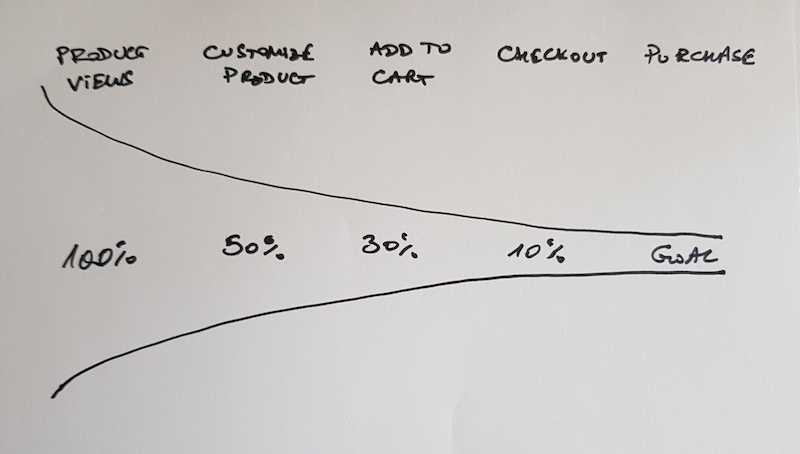
Funnel Analysis
Go all the way ... through the funnel

Futurespective
Looking to the future

GEMs
An alternative to OKRs (Objective Key Results) for those that think in experiments

GROW Model for 1-2-1 Coaching
The purpose of coaching is to unlock people's potential to maximise their performance, facilitate personal and professional development . Here's a tool to structure your coaching interaction.
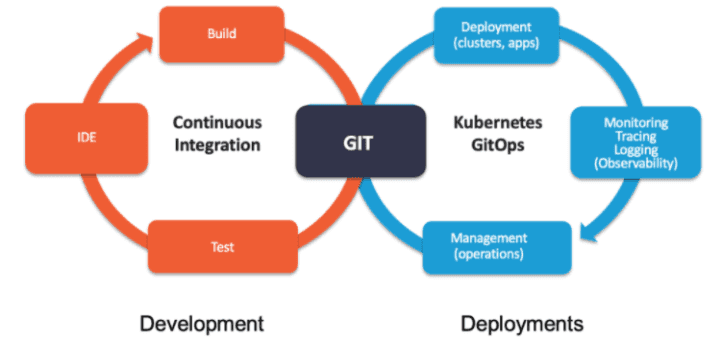
GitOps
If it’s not in Git, it’s not real.

Group Launch Facilitation
Create alignment with shared purpose, clear work flows, decision-making authority, and effective collaboration.

Group Planning
Adapt to change through continuous, short-cycle planning.
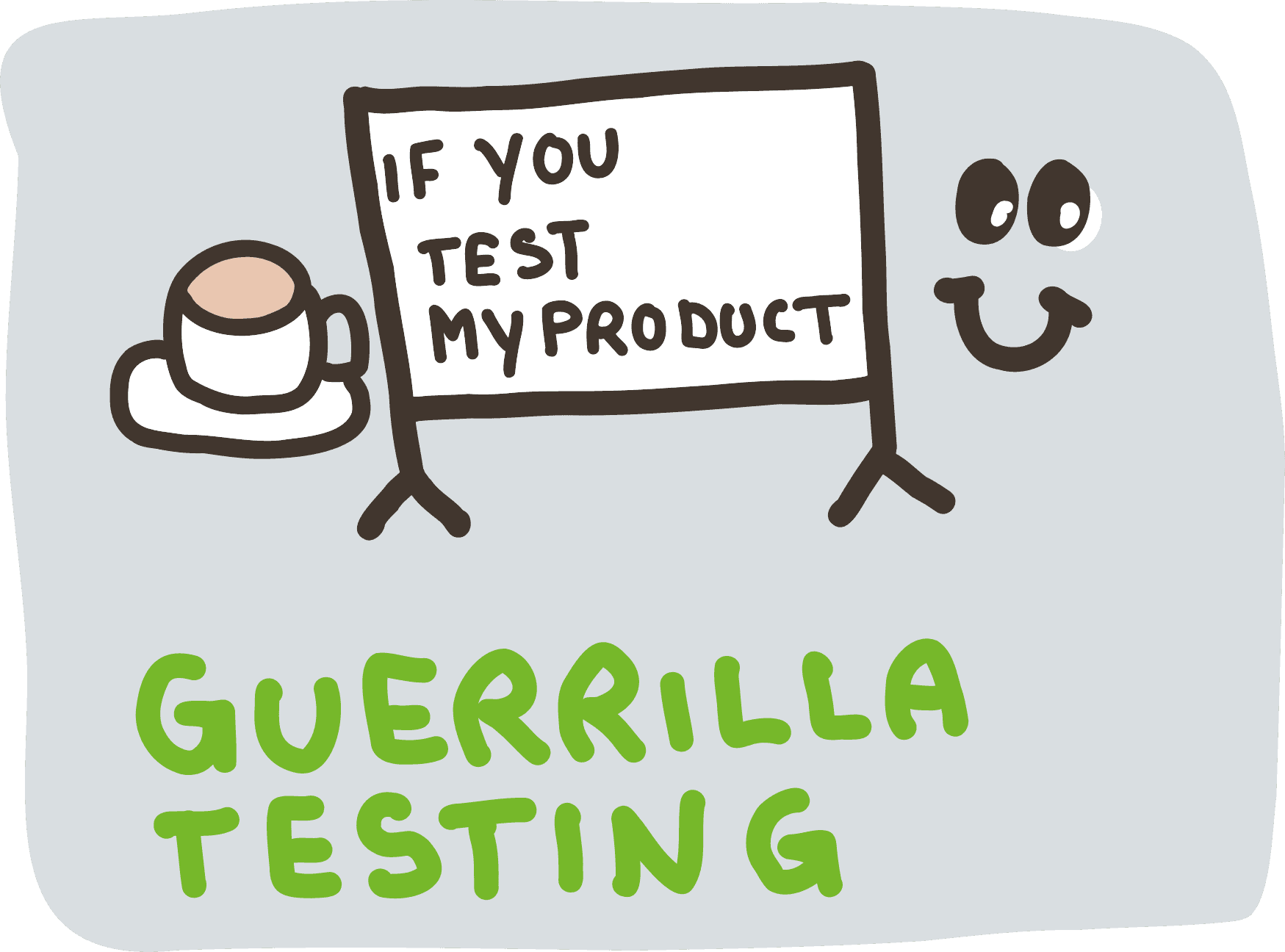
Guerilla Testing
Lean, agile and low-cost method of quickly capturing user feedback
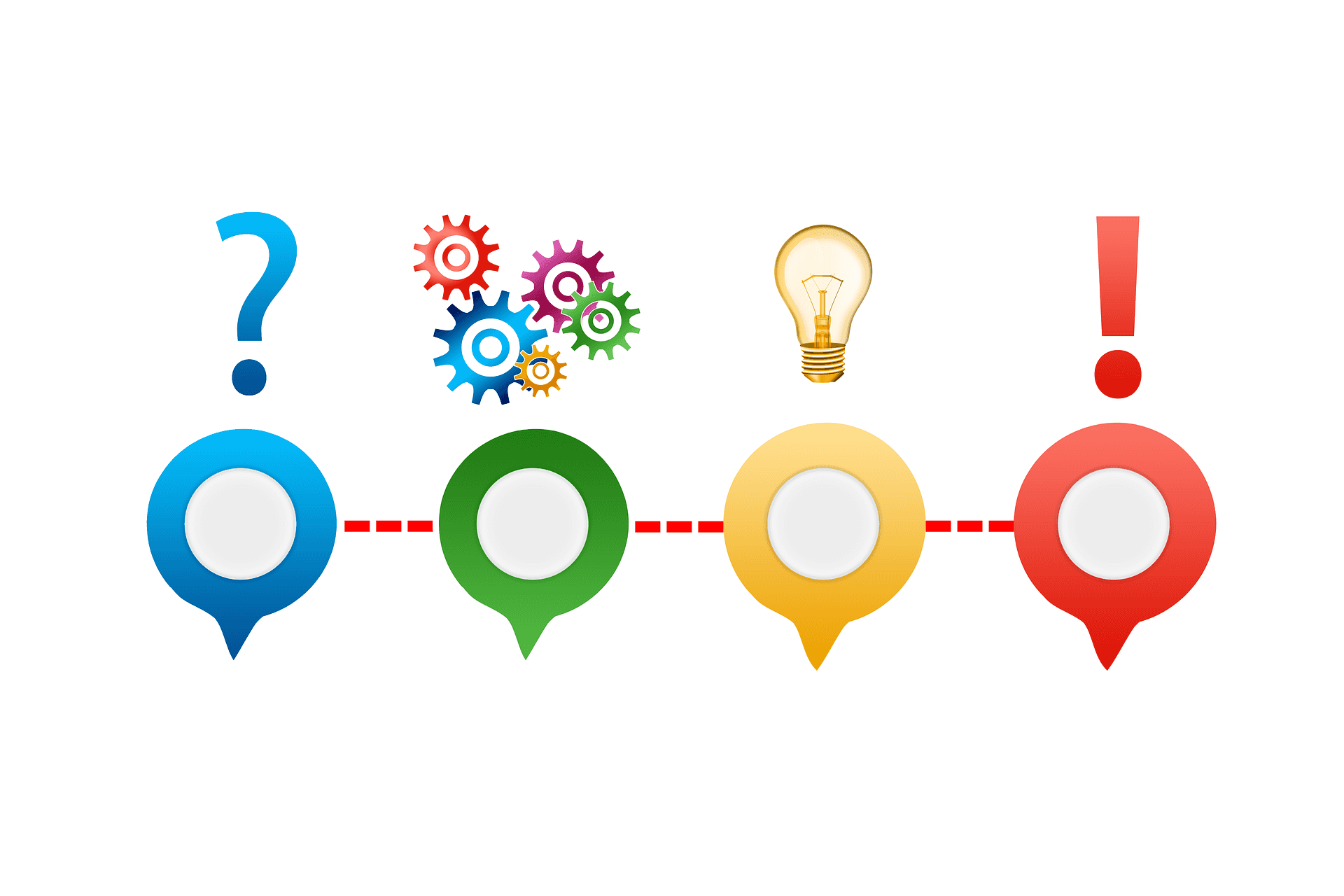
Hackathon
A collaborative event; encouraging teams to come together and build solutions

Hello, World! networking event
Say "Hello" to the World and the World will say "Hello" to you!
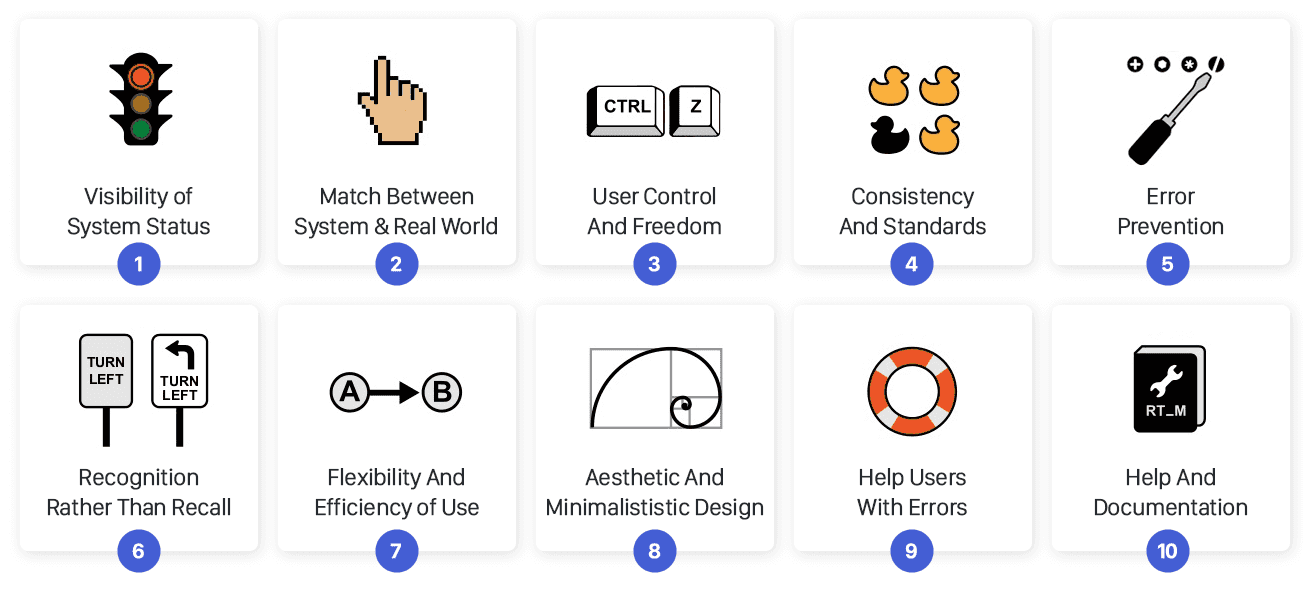
Heuristic Evaluation
Provide expert review of UX designs
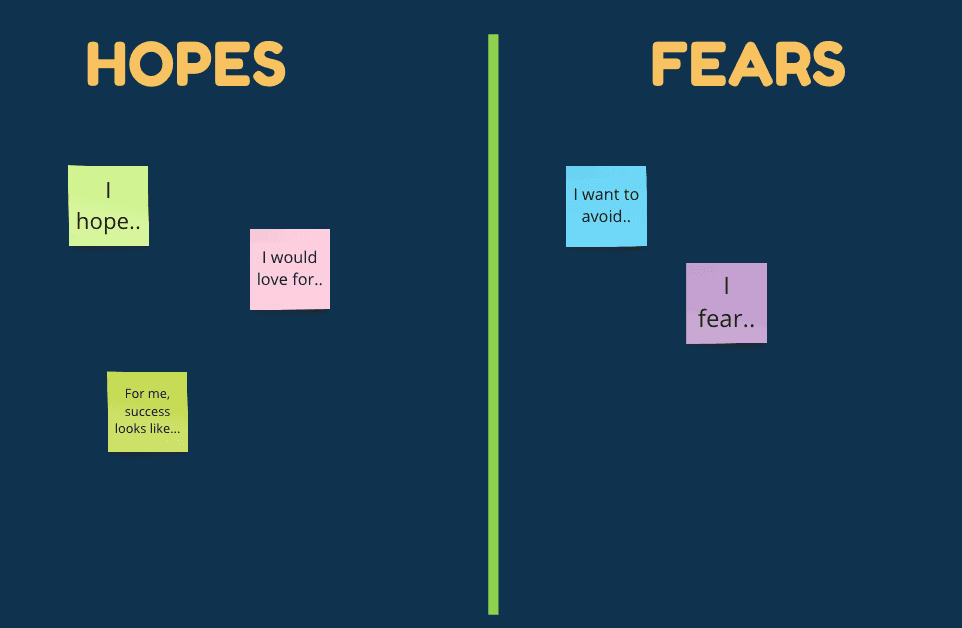
Hopes and Fears
Reveal your team's expectations and doubts before starting a new journey
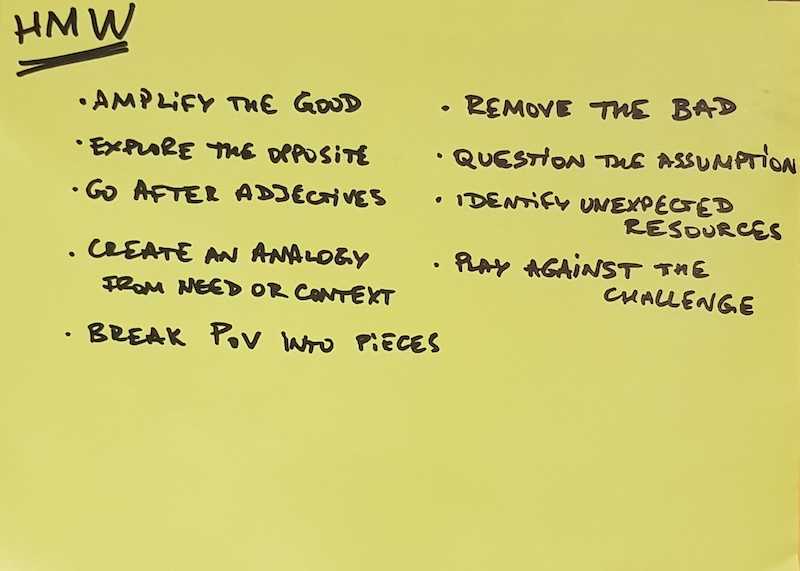
How Might We _____ ?
Turning insights into questions that spur creative solutioning
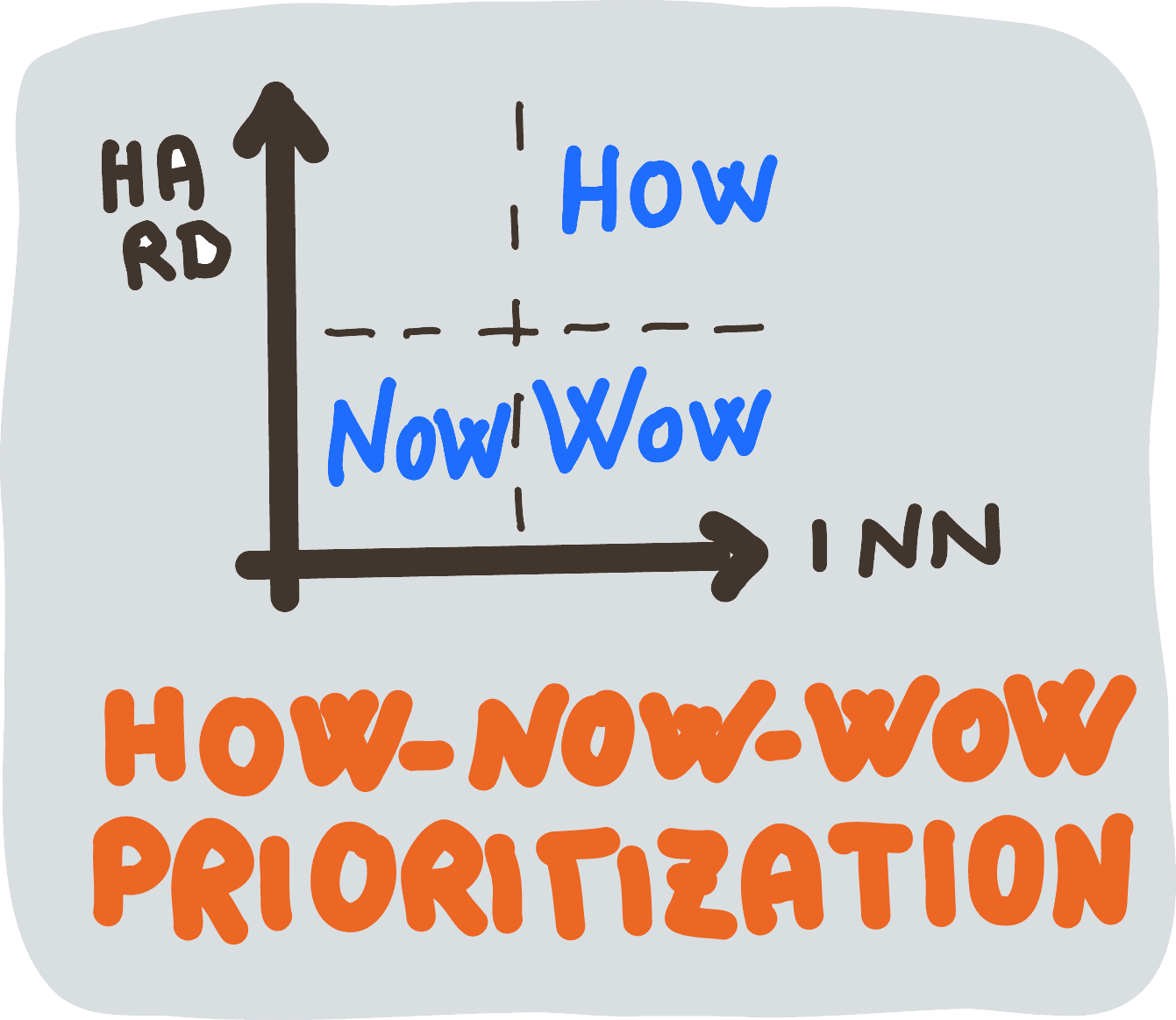
How-Now-Wow Prioritization (Matrix)
Experiments Prioritization
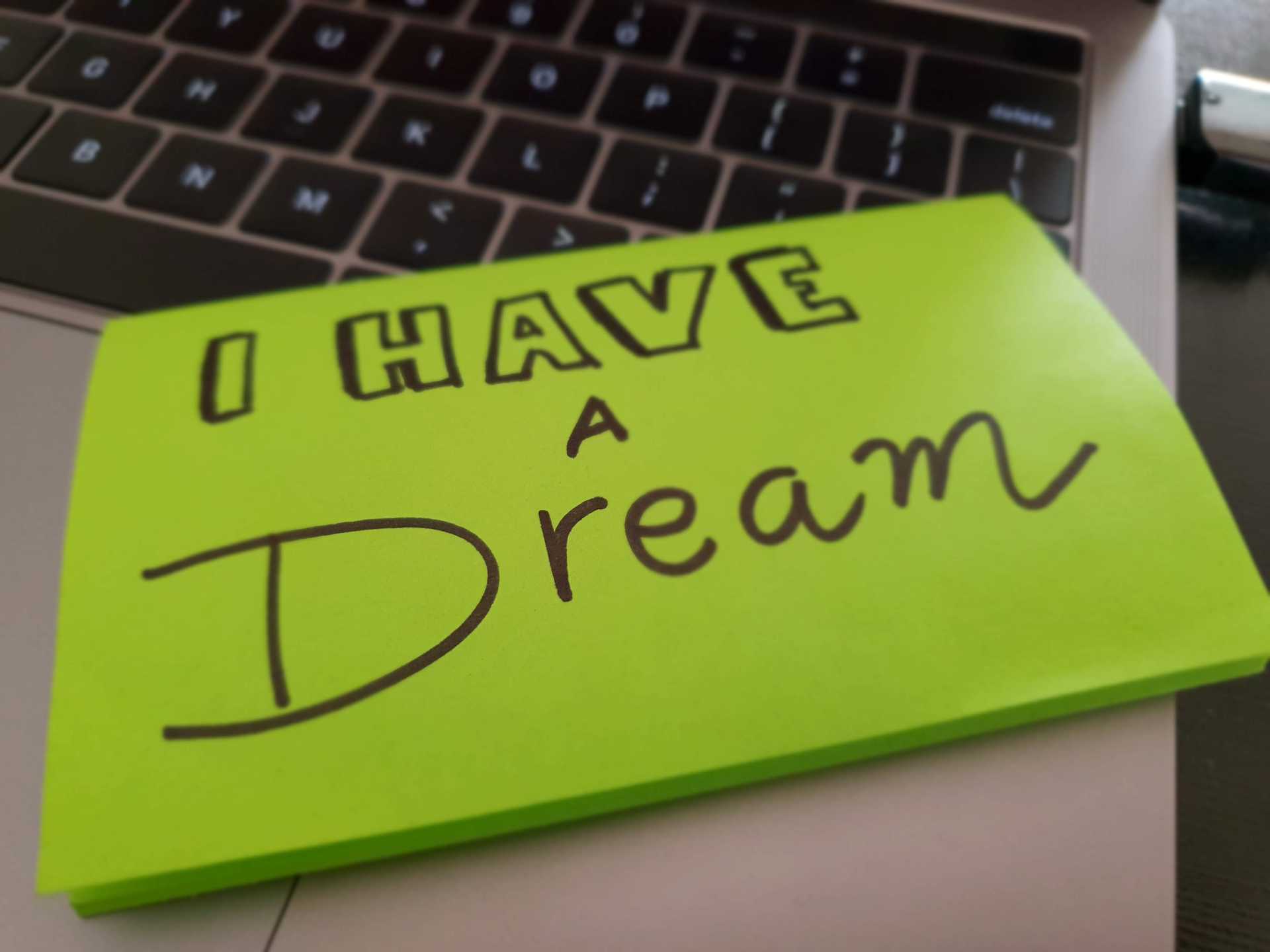
I Have a Dream
Build deeper team relationships
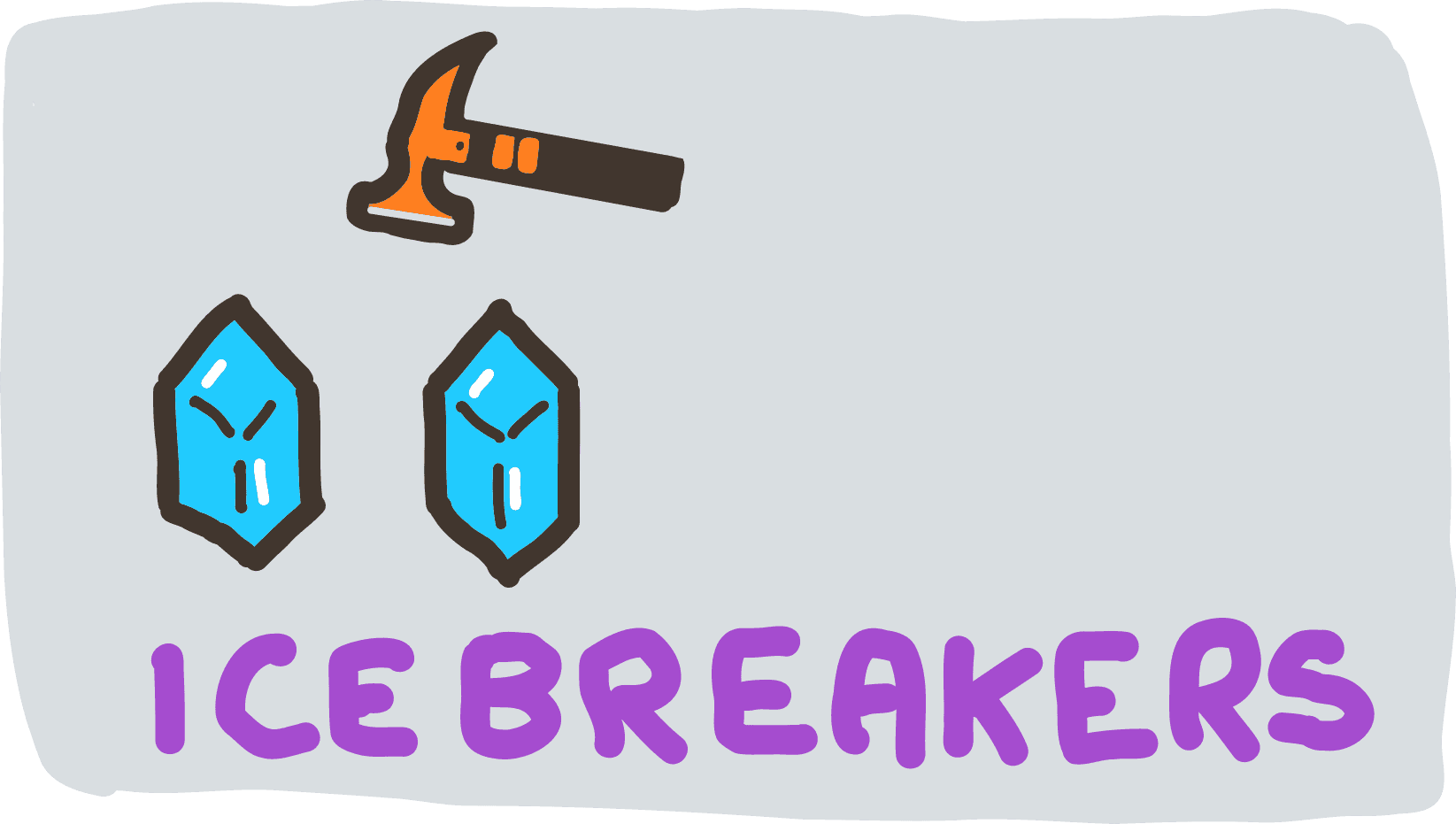
Ice Breakers
Breaking barriers and connecting people
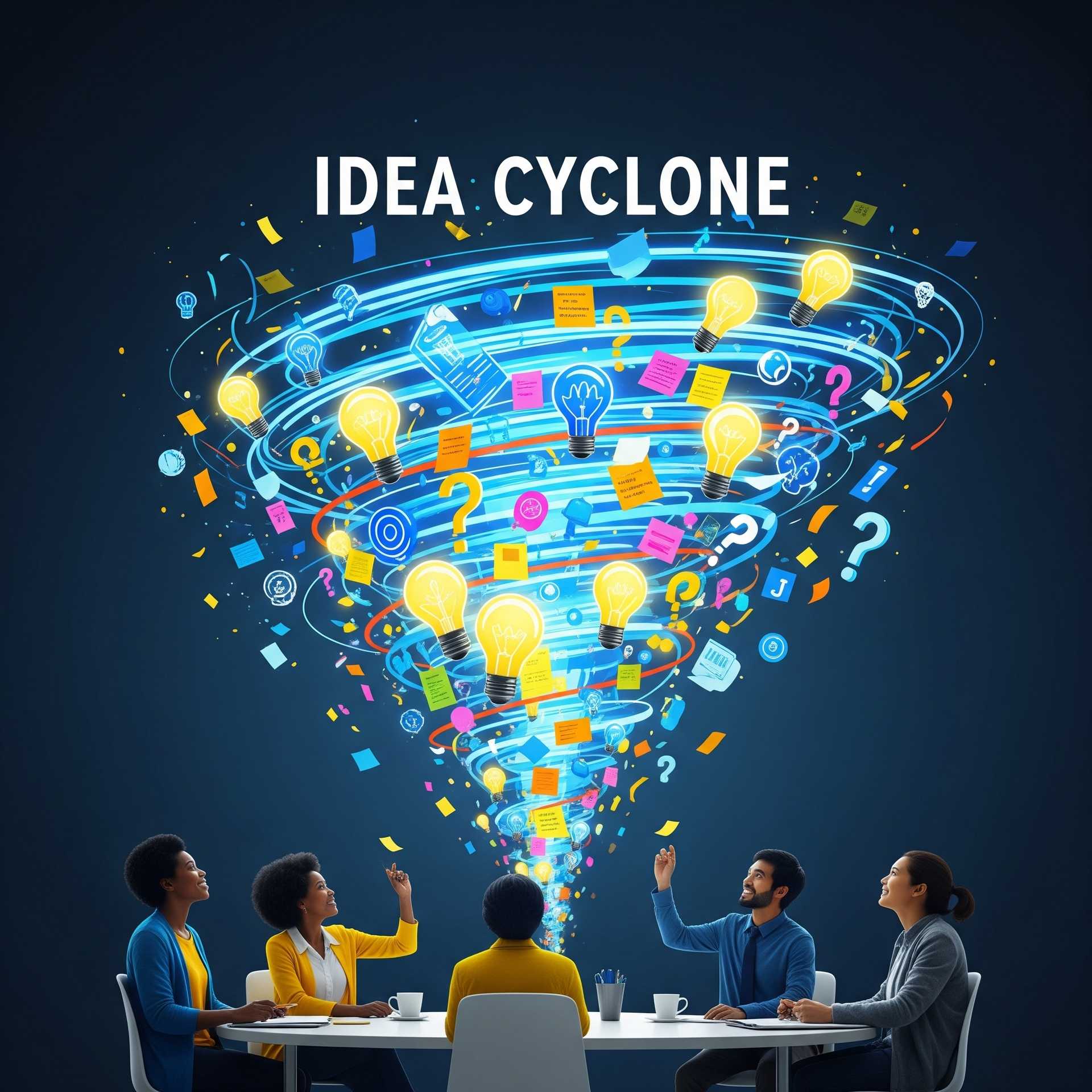
Idea Cyclone
Generate a massive volume of ideas in a structured, time-bound manner.

Impact & Effort Prioritization (Matrix)
Prioritization of Experiments
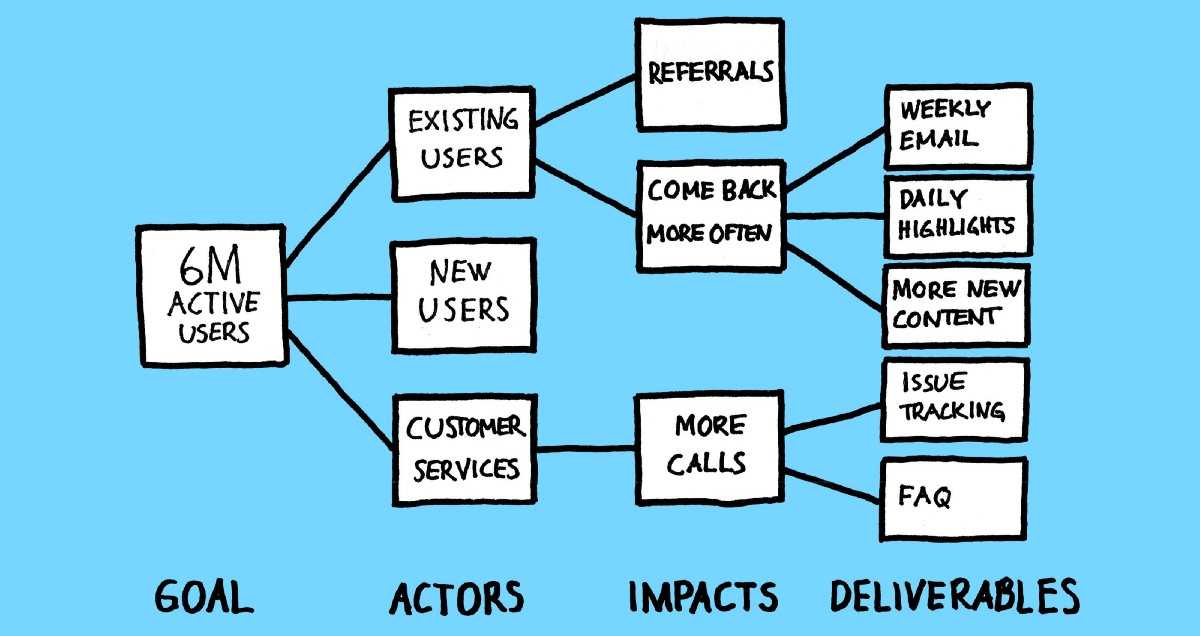
Impact Mapping
An engaging, graphical, strategic planning technique
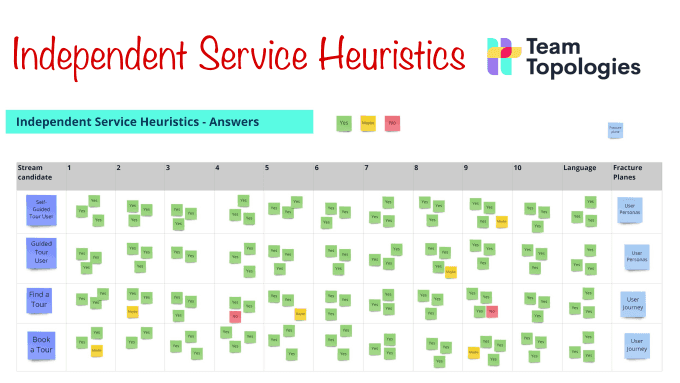
Independent Service Heuristics (ISH)
Sparking collaborative conversations to identify software boundaries that facilitate fast flow.
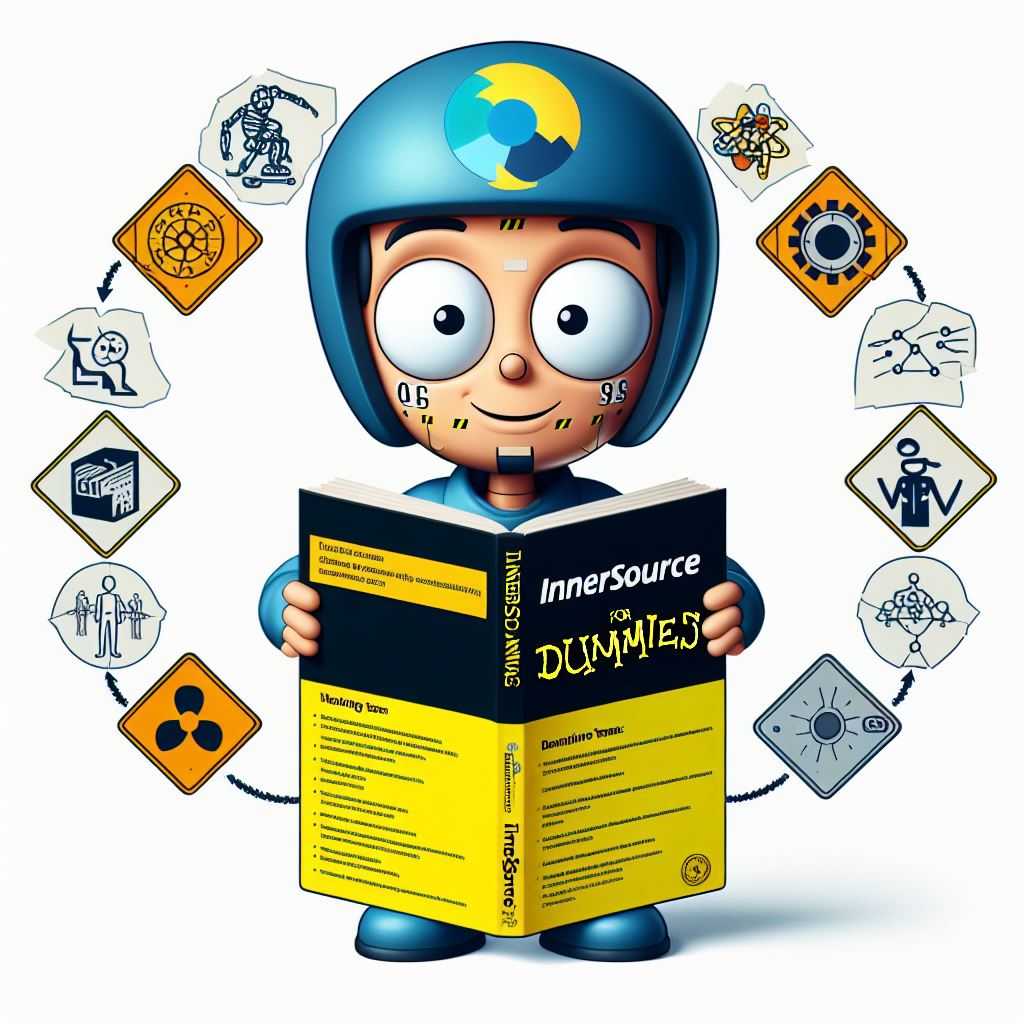
InnerSource
Re-use code, collaborate, and use open practices inside your organisation.

Inter-Team Agreement
Enhance collaboration and value delivery across teams in remote/hybrid environments.

Is – Is not – Does – Does not
Provide a structured approach for clearly understanding and defining a problem, object, concept, or situation.
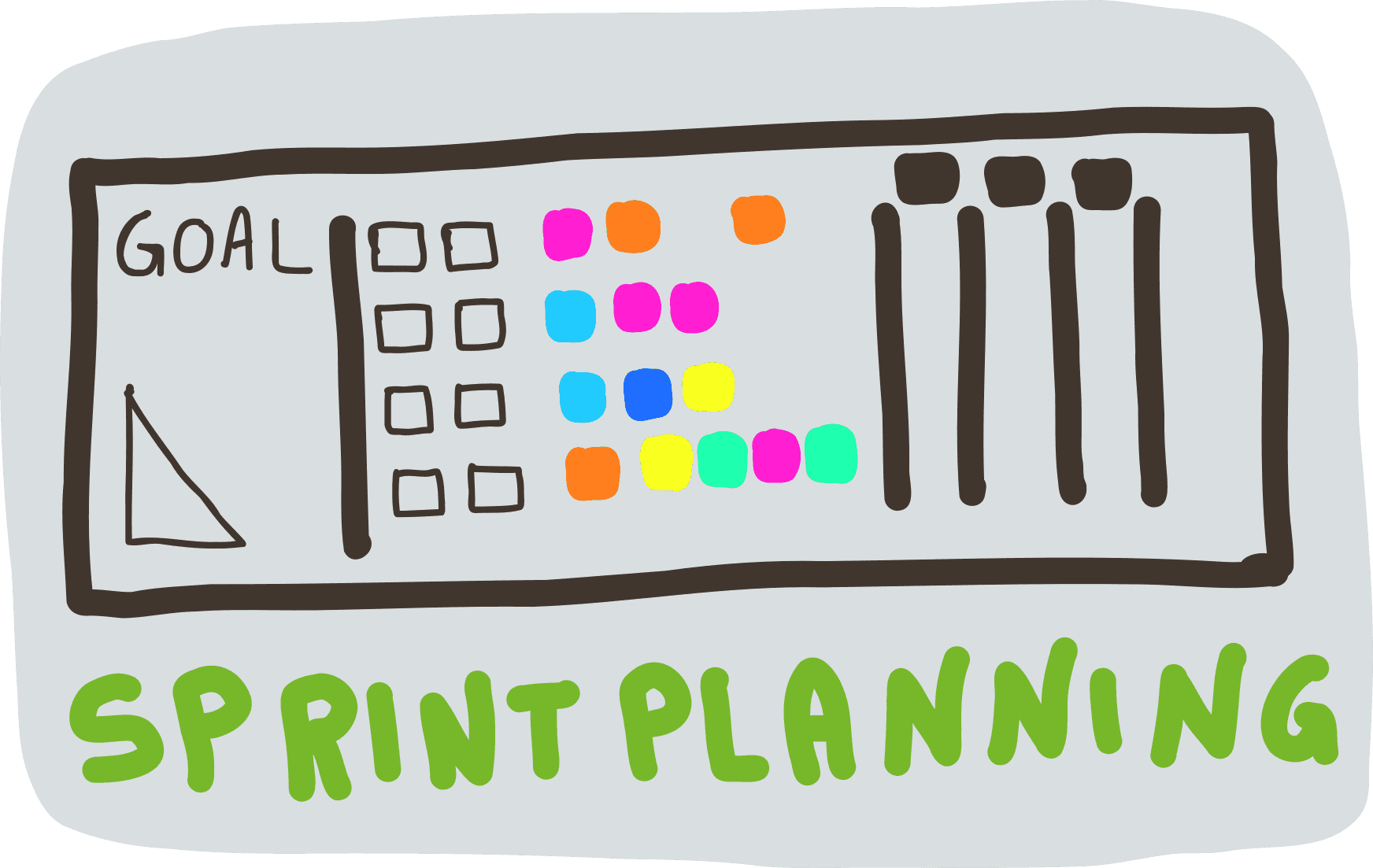
Iteration (Sprint) Planning
A collaborative meeting, where the Product Owner together with the team define the work and effort required to meet the Iteration (Sprint) goal.
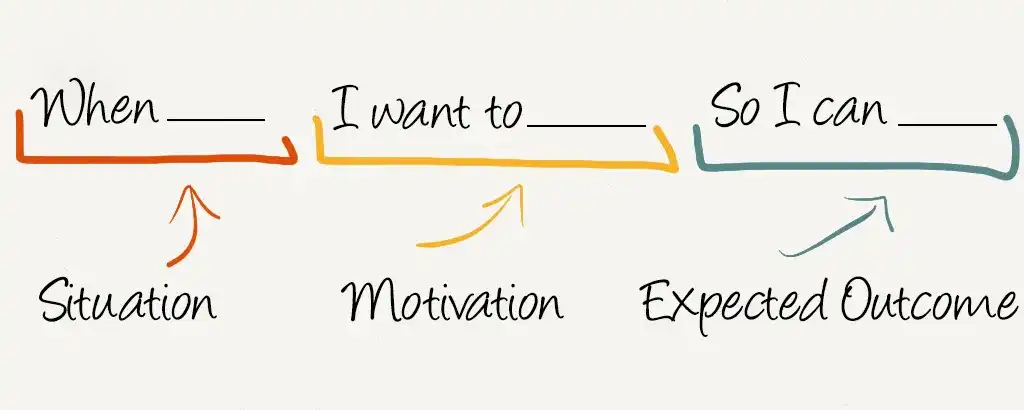
Jobs to be Done
Focus on your customers underlying desires and motivation.
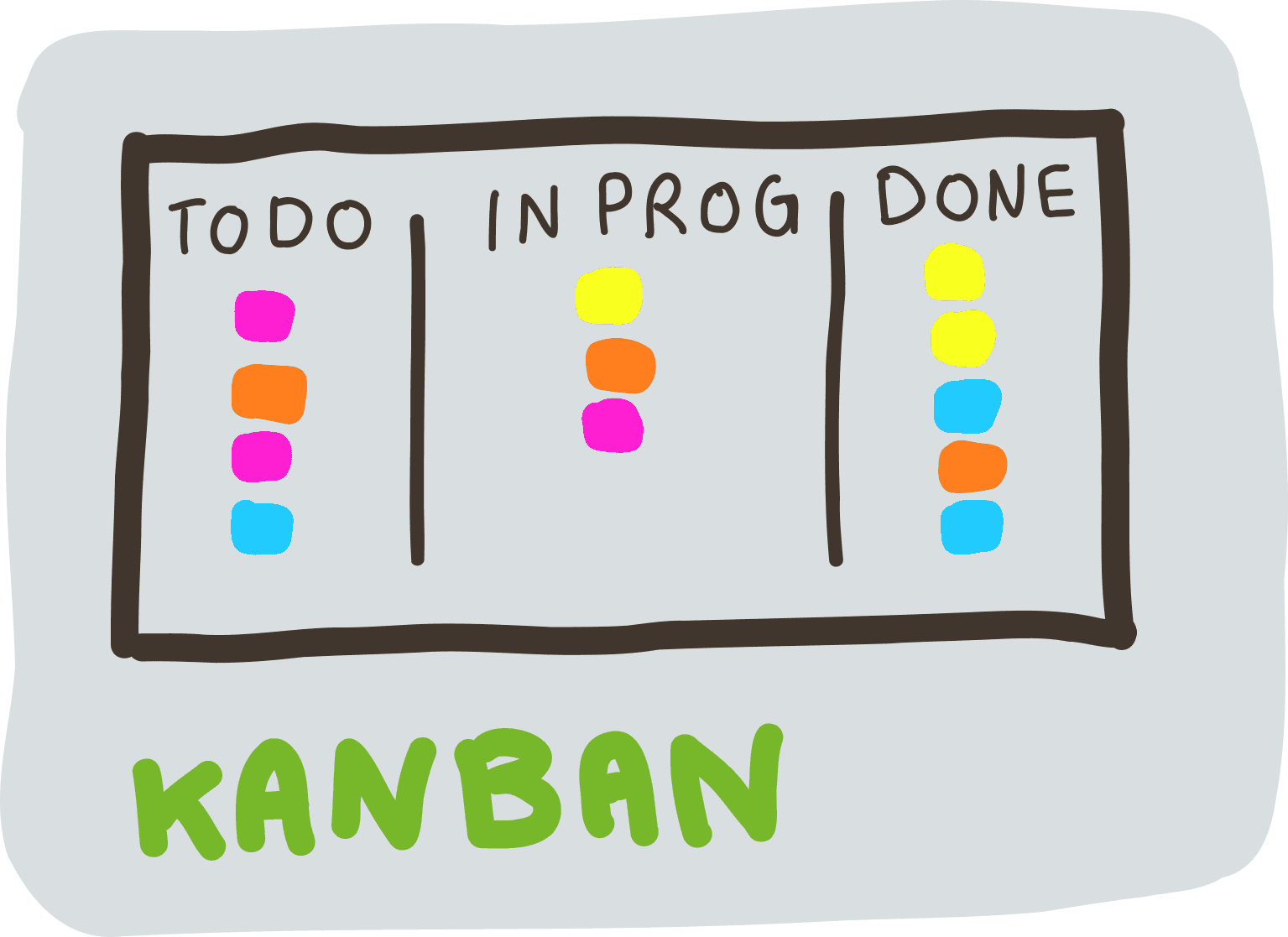
Kanban
Visualized workflow management method to maximize efficiency and become more agile.
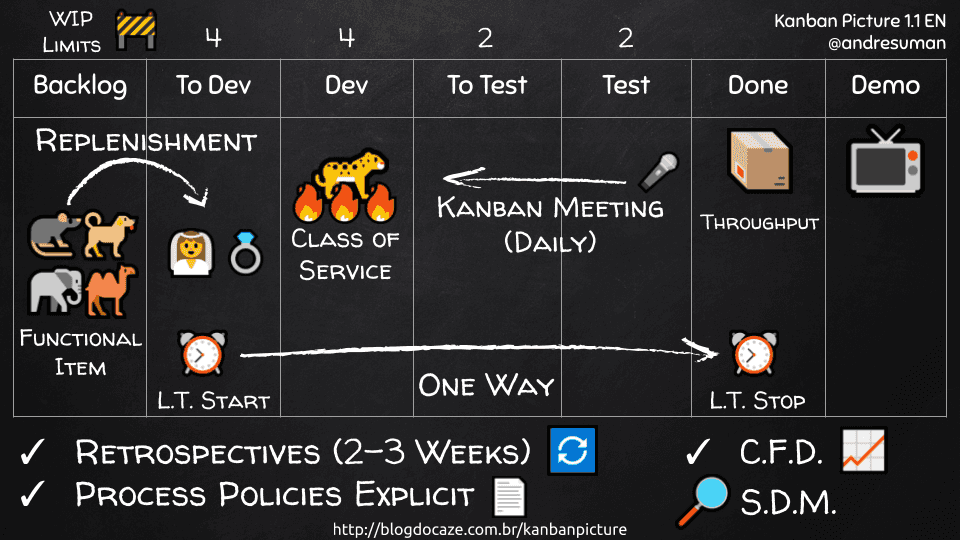
Kanban Picture
The Kanban Picture suggests a "work dynamic" for teams starting with the Kanban Method.
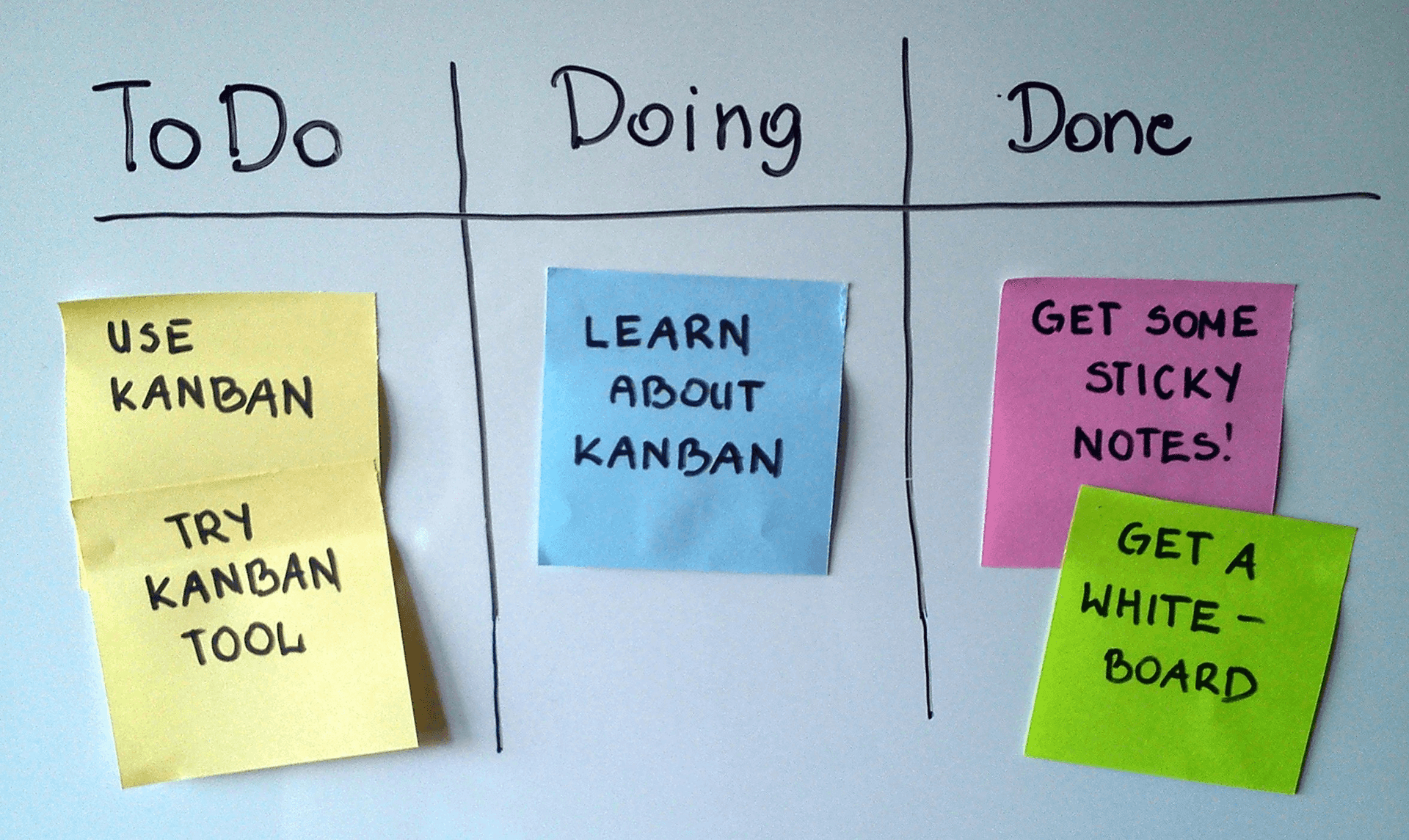
Kanban Priorities
Prioritise tasks on the board before daily standup to facilitate better communication and team work
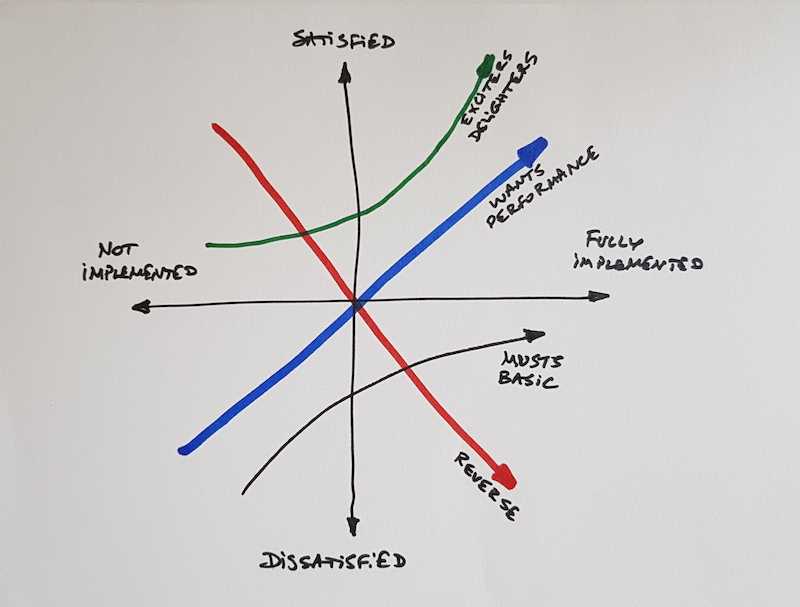
Kano Model
Easily visualize and explain the impact and priority of different features

Knowledge Sharing
Share what we know, and what we wish to learn.

Leaders Eat Last
Building Trust Between Leaders and Teams

Leadership Launch
Get strategic leadership focus with structured synchronous and asynchronous facilitation

Leadership Map
Create actionable improvement backlogs and foster leadership development through dialogue and problem-solving.
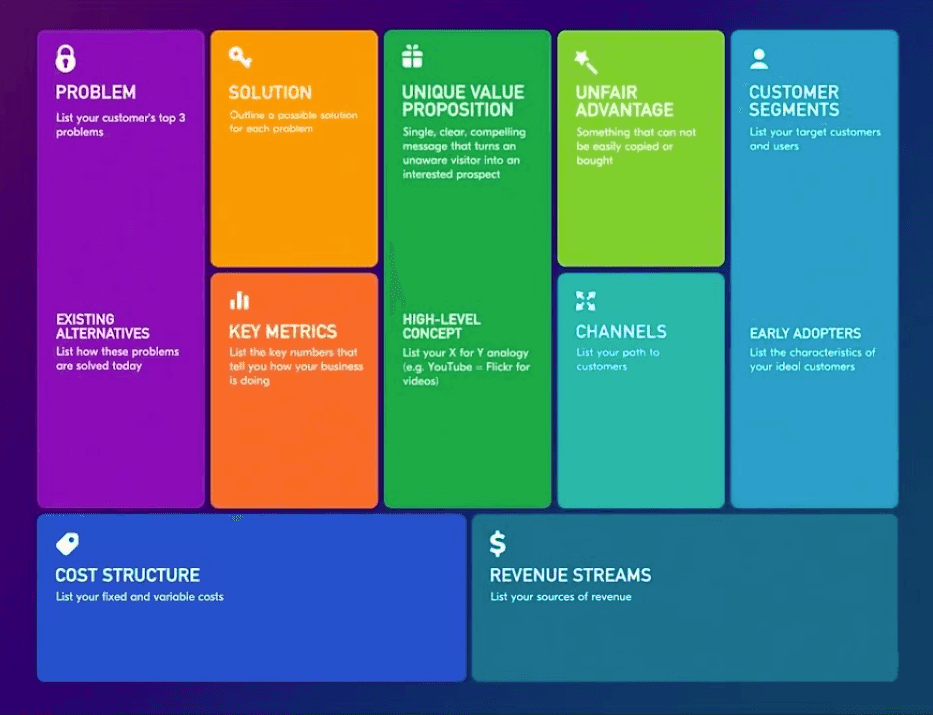
Lean Canvas
A 1-page business plan template to help you focus on problems, solutions, key metrics and competitive advantages.

Lean Coffee
Democratically generated agendas for more valuable conversations
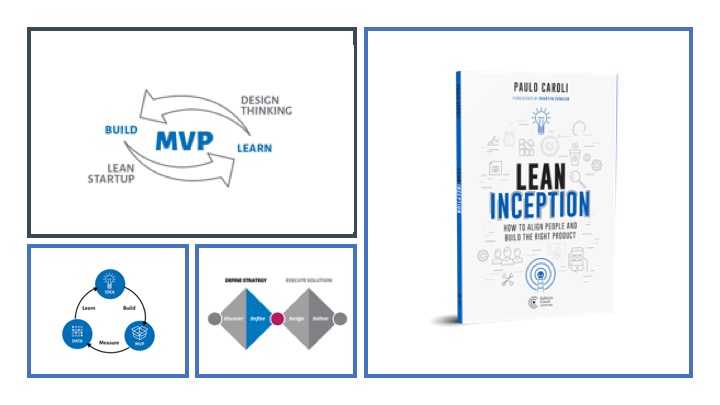
Lean Inception
how to align people and build the right product via the MVP
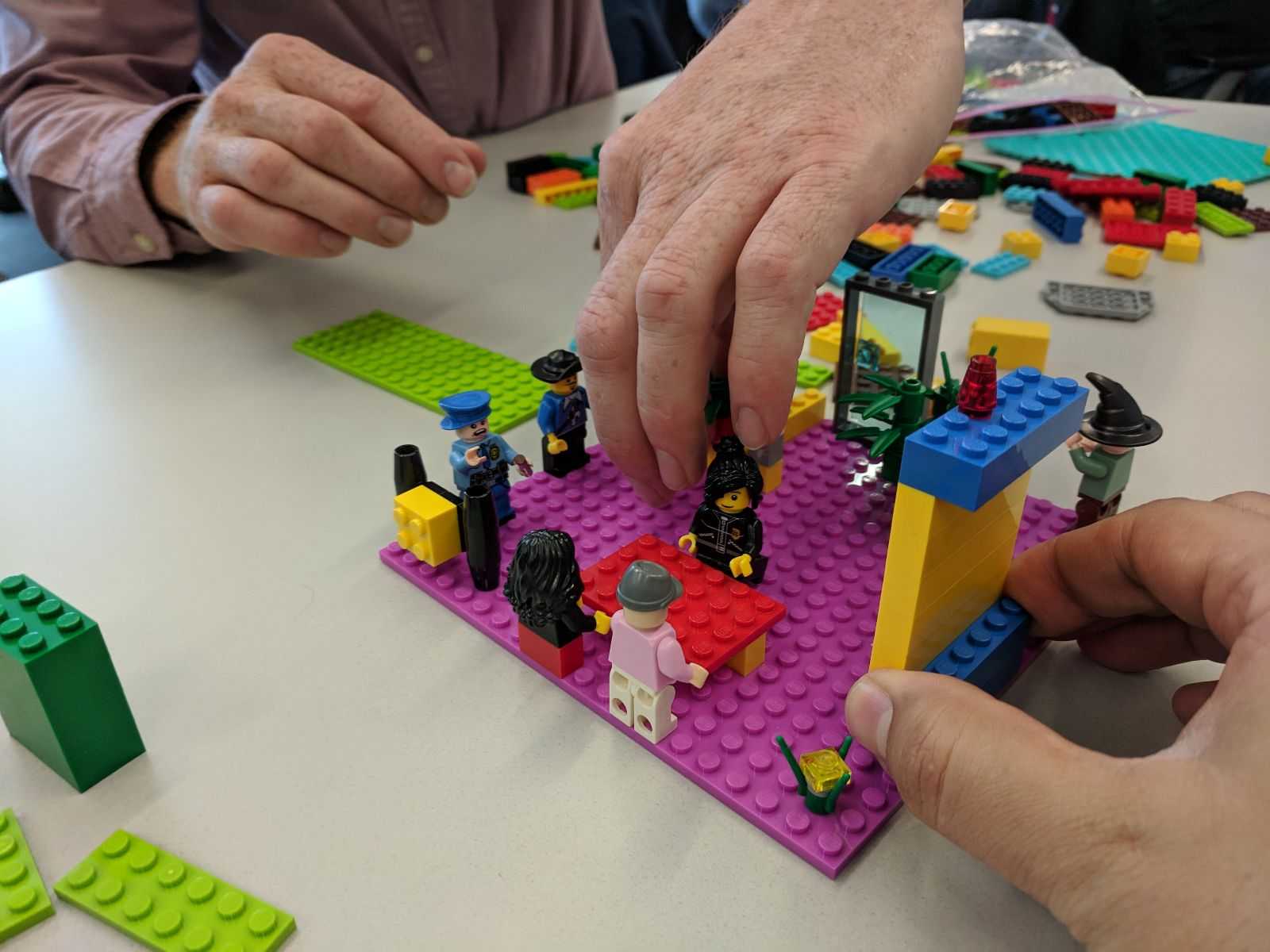
Lean UX Workshop
Solve real problems for real users
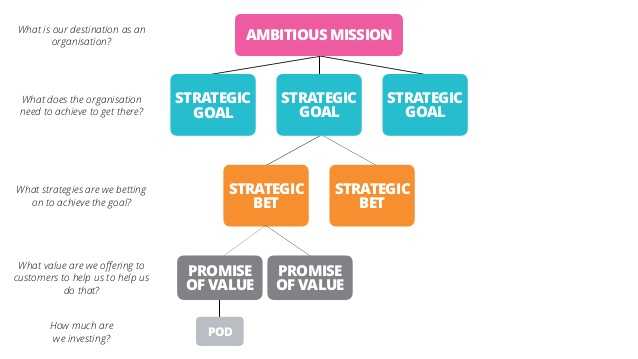
Lean Value Tree
A simple tool to align people and initiatives across all levels of the business
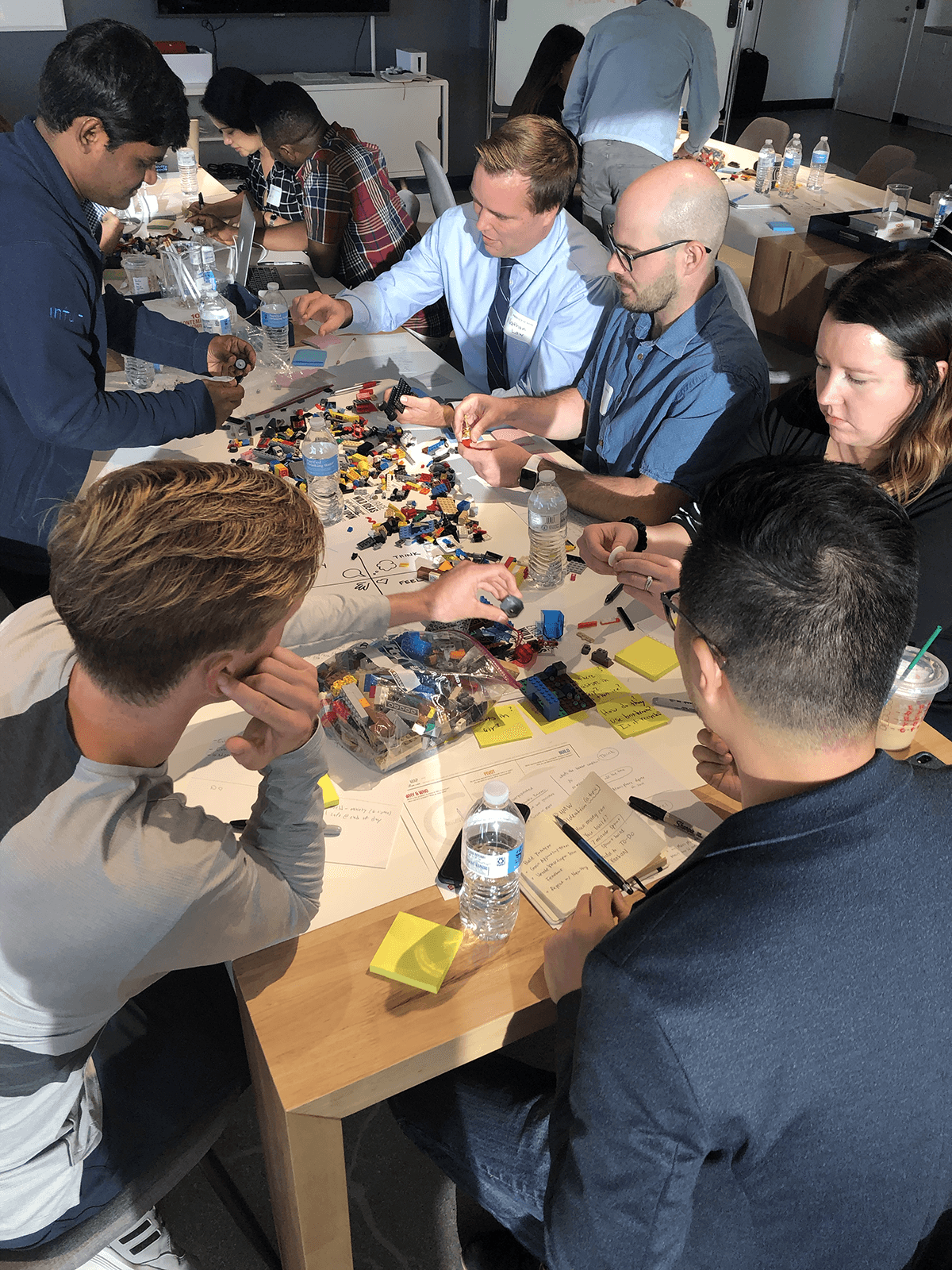
Lego Labs
Experiment with processes for rapidly developing digital products. Go from problem to prototype with feedback and iterations while building a Colony on Mars (with legos)!
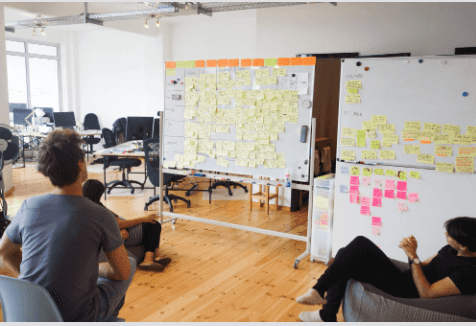
Lightning Decision Jam
A workshop to solve any problem, with any amount of people
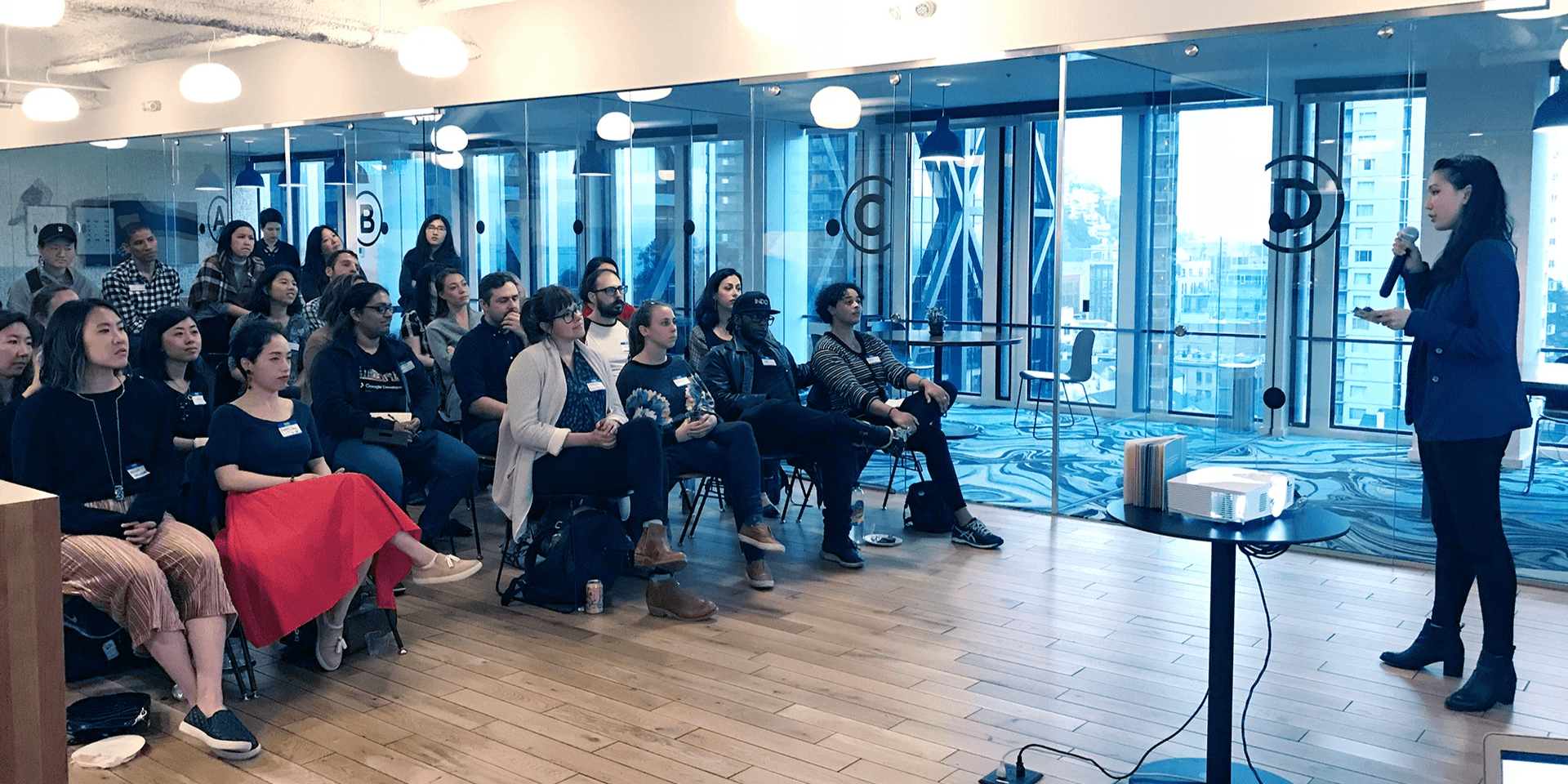
Lightning Talks
Short, highly focused presentations

Limit Work in Progress
Pipes that aren't clogged increase the flow through the system

MBOs (Management by Objective)
Improves employee motivation and commitment.

MSPOTs (Mission, Strategy, Plays, Omissions & Targets)
Set product goals when you need to unite your team around a strategic vision.

Manage Flow
Optimize the processing work items
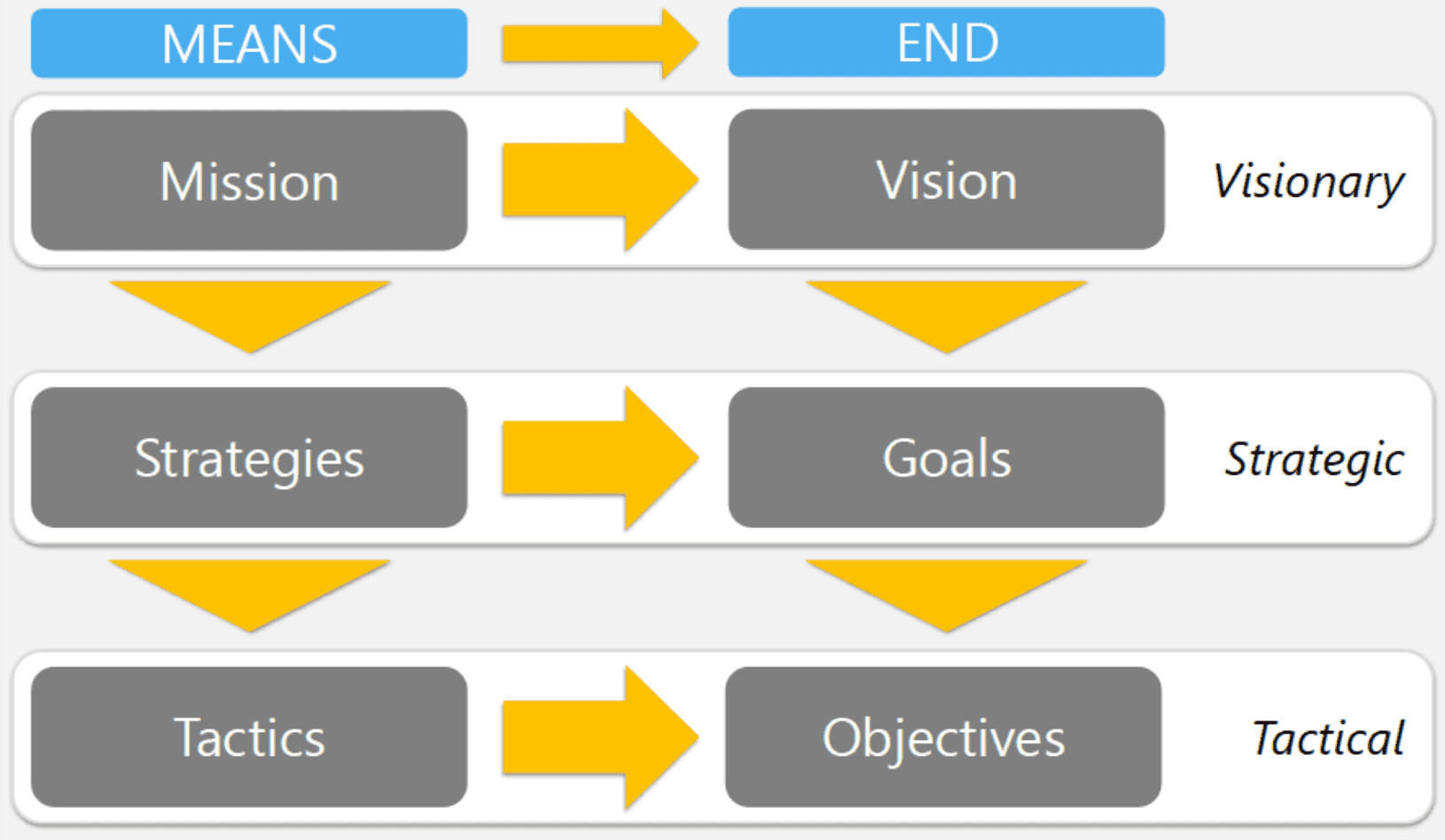
Means to End
Define and communicate Vision, Mission, Strategy, Goals, Tactics & Objectives

Measuring Psychological Safety
How to measure the Psychological Safety in teams and organisations

Meditación
Generar emociones positivas para el equipo y ayudar a desarrollar una mentalidad empática hacia los miembros del equipo.

Meditation
Generate positive emotions for the team and help to develop an empathetic mindset towards team members

Mentorship
Resource mentors and mentees with structured mentoring.
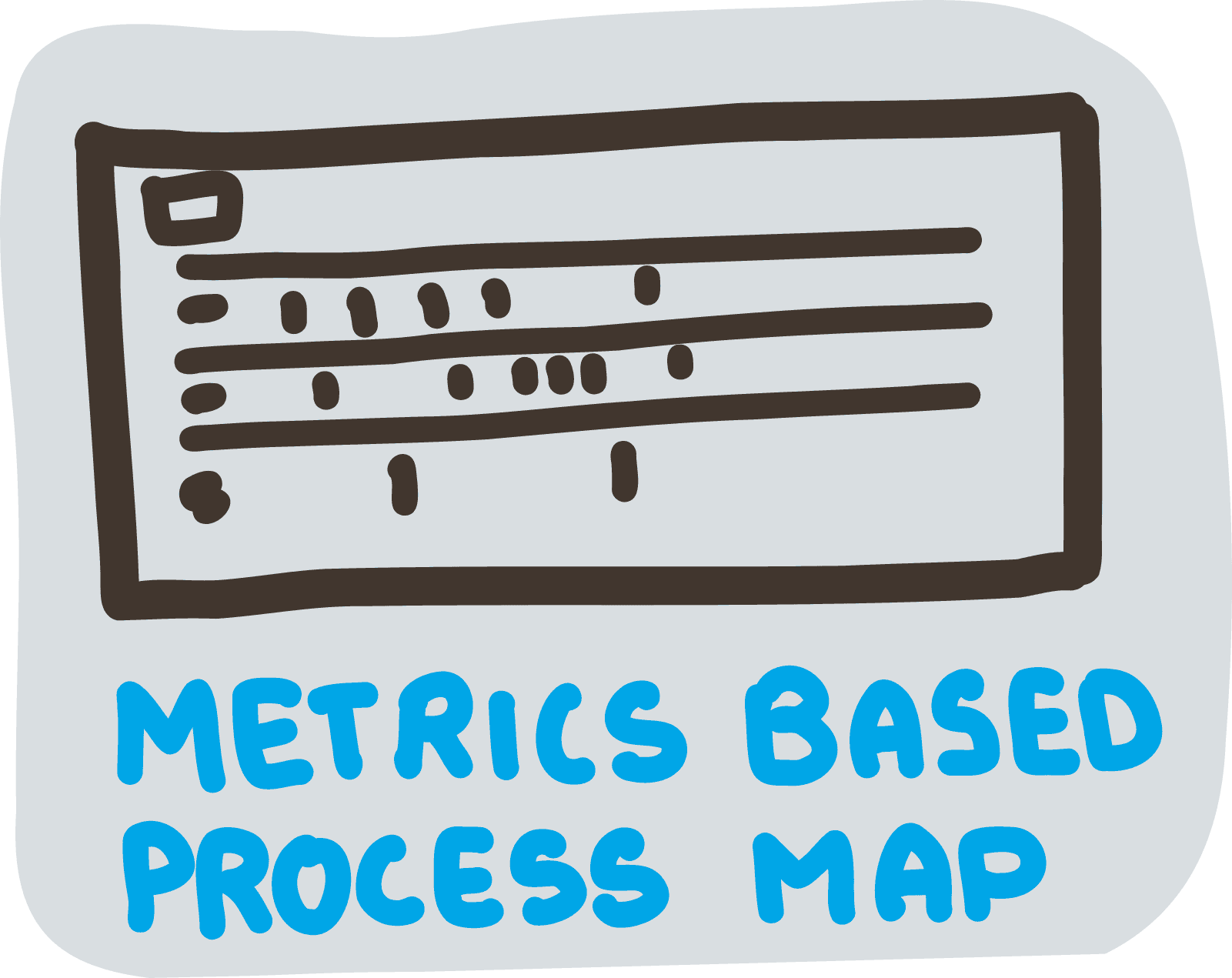
Metrics Based Process Mapping (MBPM)
Map your process in detail and collect key baseline metrics

Minimum Viable Product (MVP)
MVP/ETP - Develop, Get feedback, Repeat
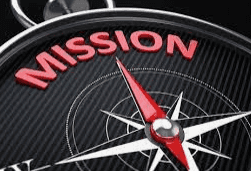
Mission Statements
Capture and define an inspirational purpose of an organization as the starting point of a strategy development process
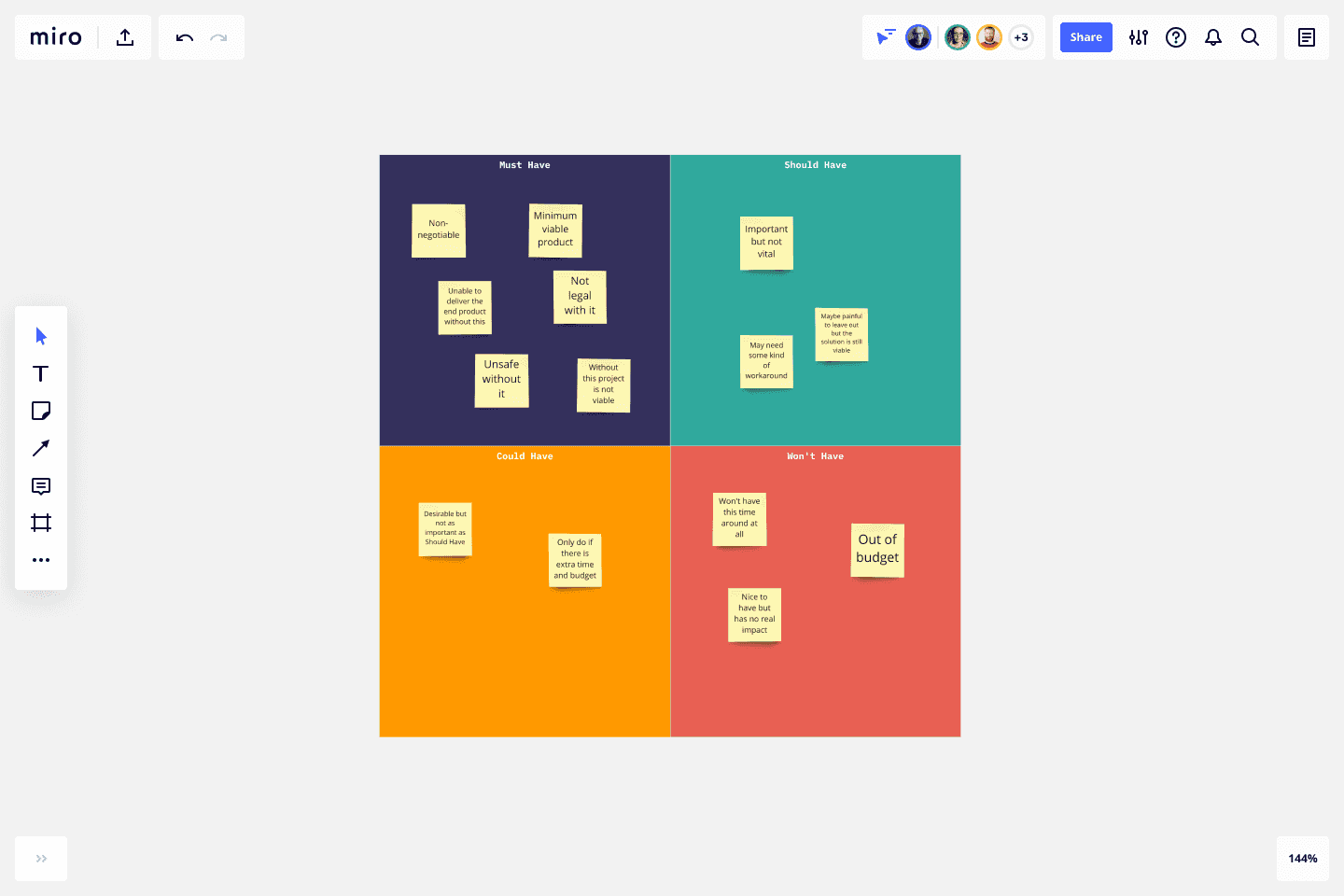
MoSCow Method
The objective of using the MoSCoW method is to prioritize and categorize requirements or features based on their importance and relevance to a project.
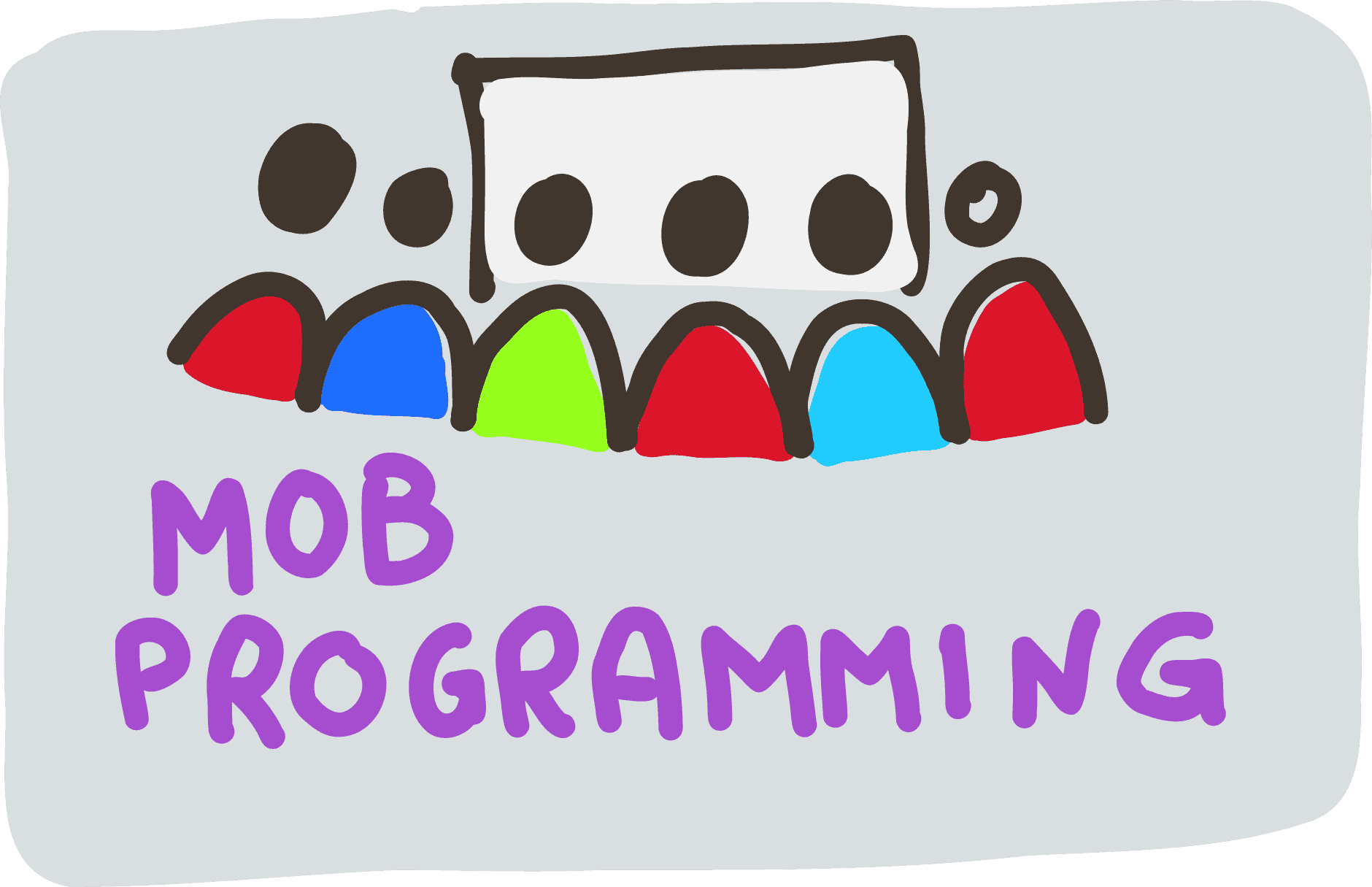
Mob Programming
Like pair programming but with the whole team
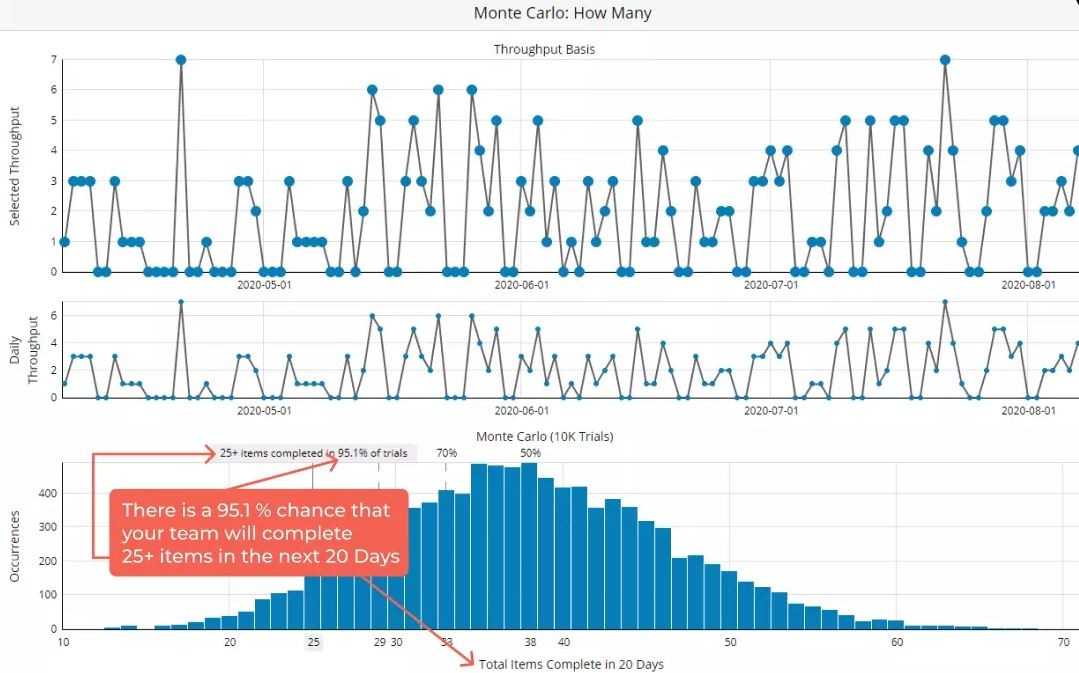
Monte Carlo Simulation
Assess and manage project uncertainty and risk, enabling better decision-making and improving project outcomes.
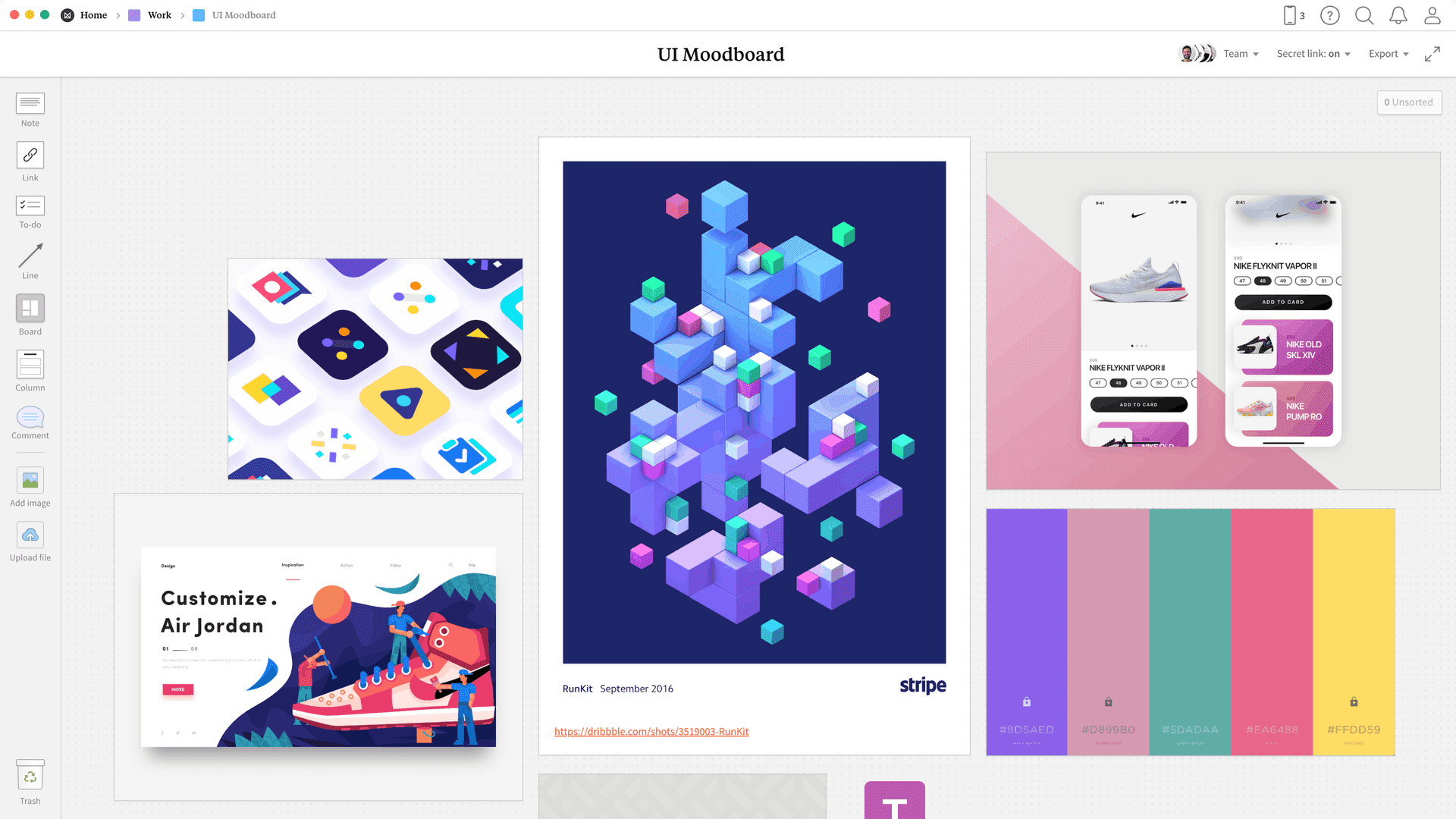
Mood Board
Find and share inspiration for solutions, features, and/or design elements
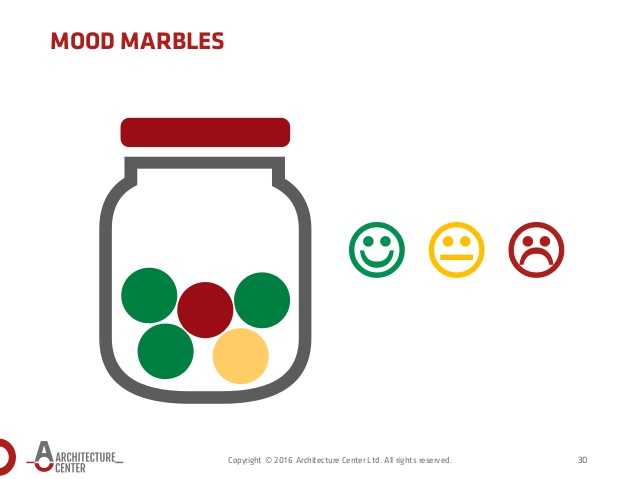
Mood Marbles
A mechanism for gauging team sentiment
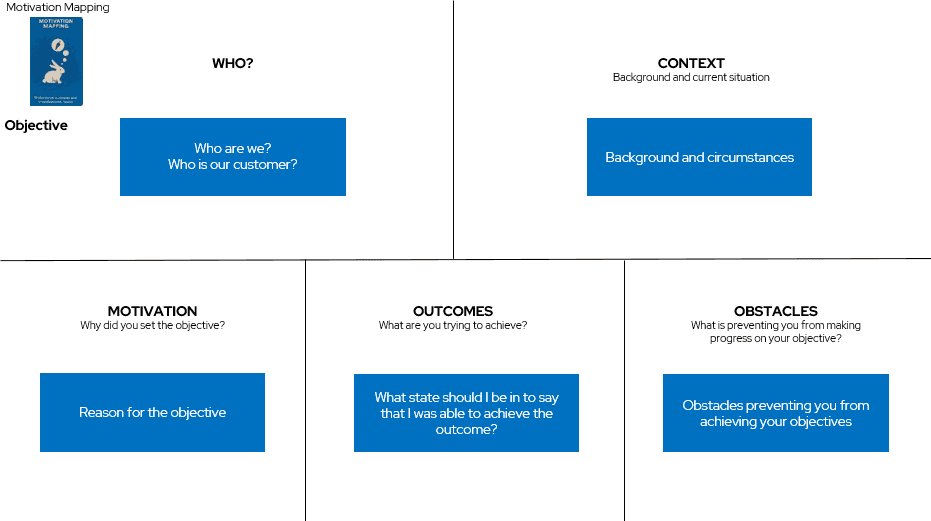
Motivation Mapping
Understanding the motivation
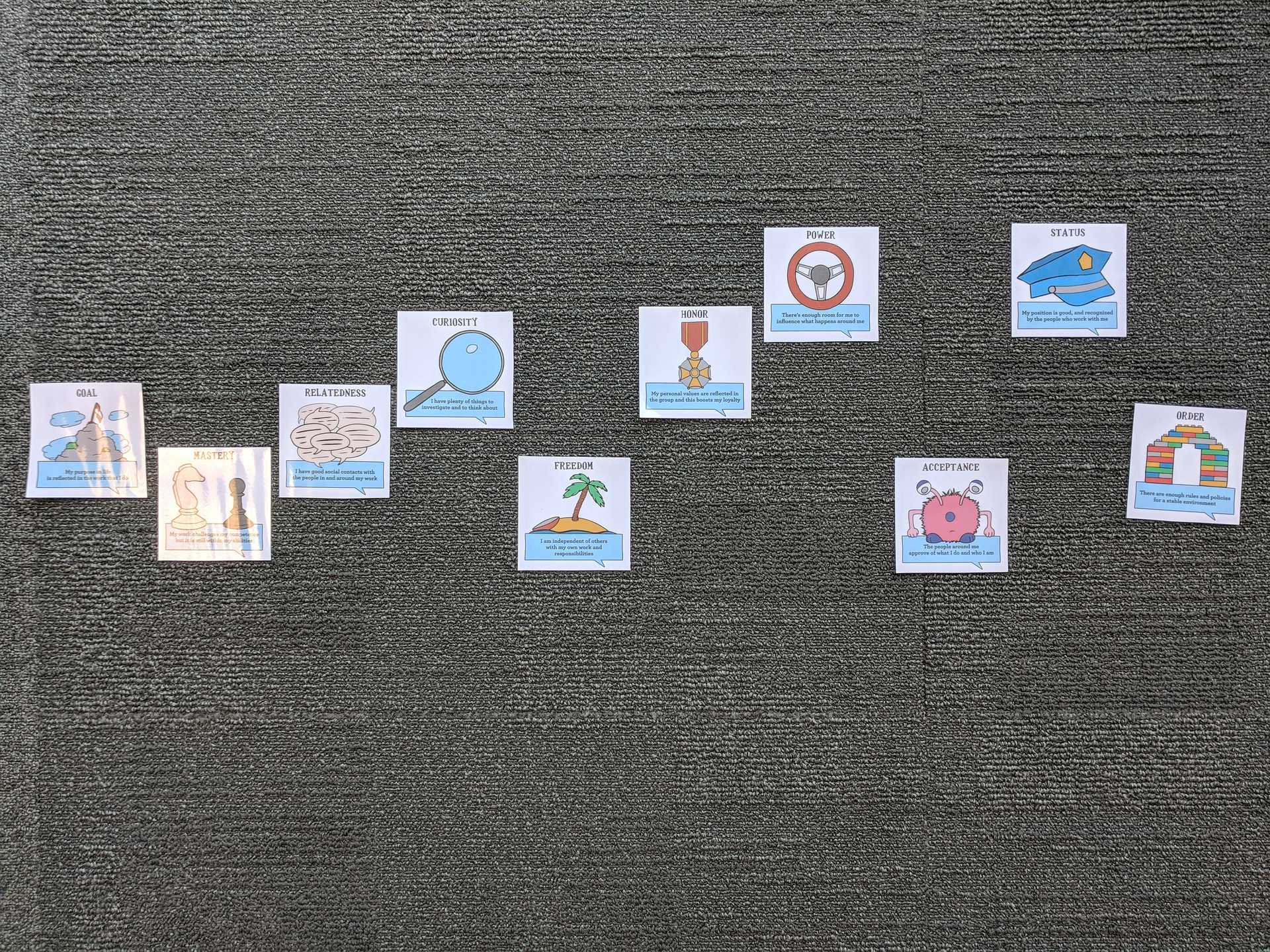
Moving Motivators
Uncover what motivates your colleagues and yourself

Mutation Testing
Mutation testing is used to design new software tests and evaluate the quality of existing software tests.

NCTs (Narrative, Commitment, Task)
Give more context around goals as to ‘why’ they were defined
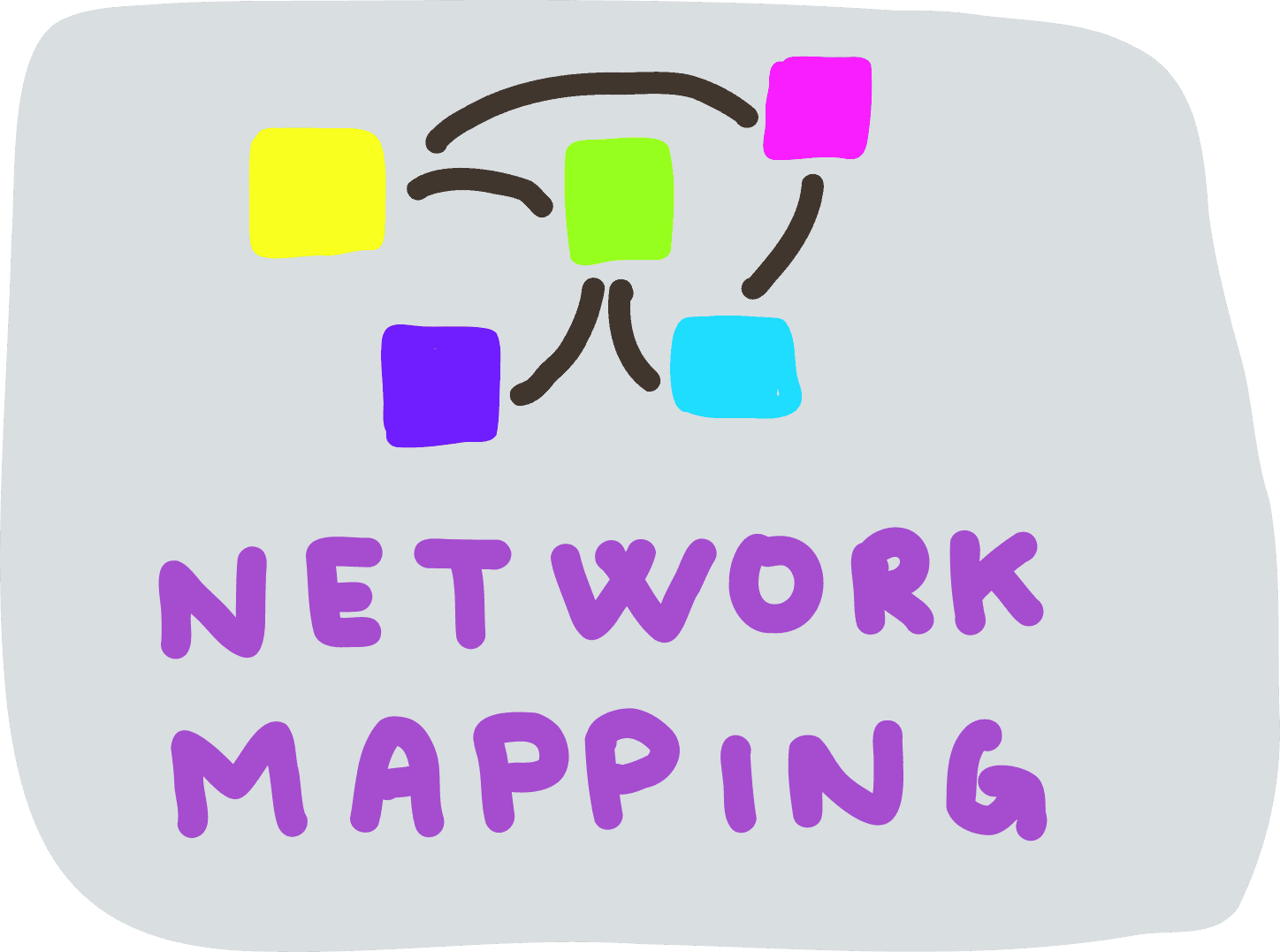
Network Mapping
Build a network of relationships in your organization or team

News Headlines aka Cover Story
From idea to essential product features and outcomes
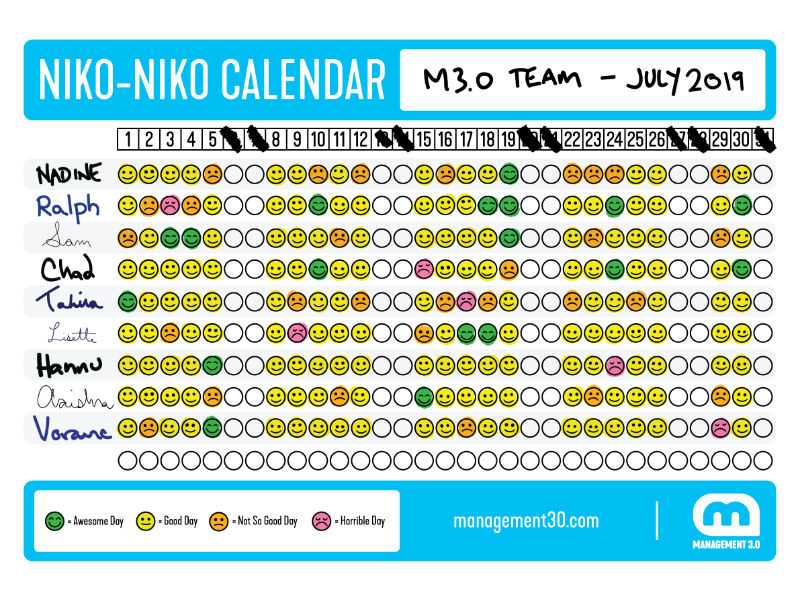
Niko Niko Calendar
Are a visual tool that helps managers and teams measure happiness and motivation (Mood).
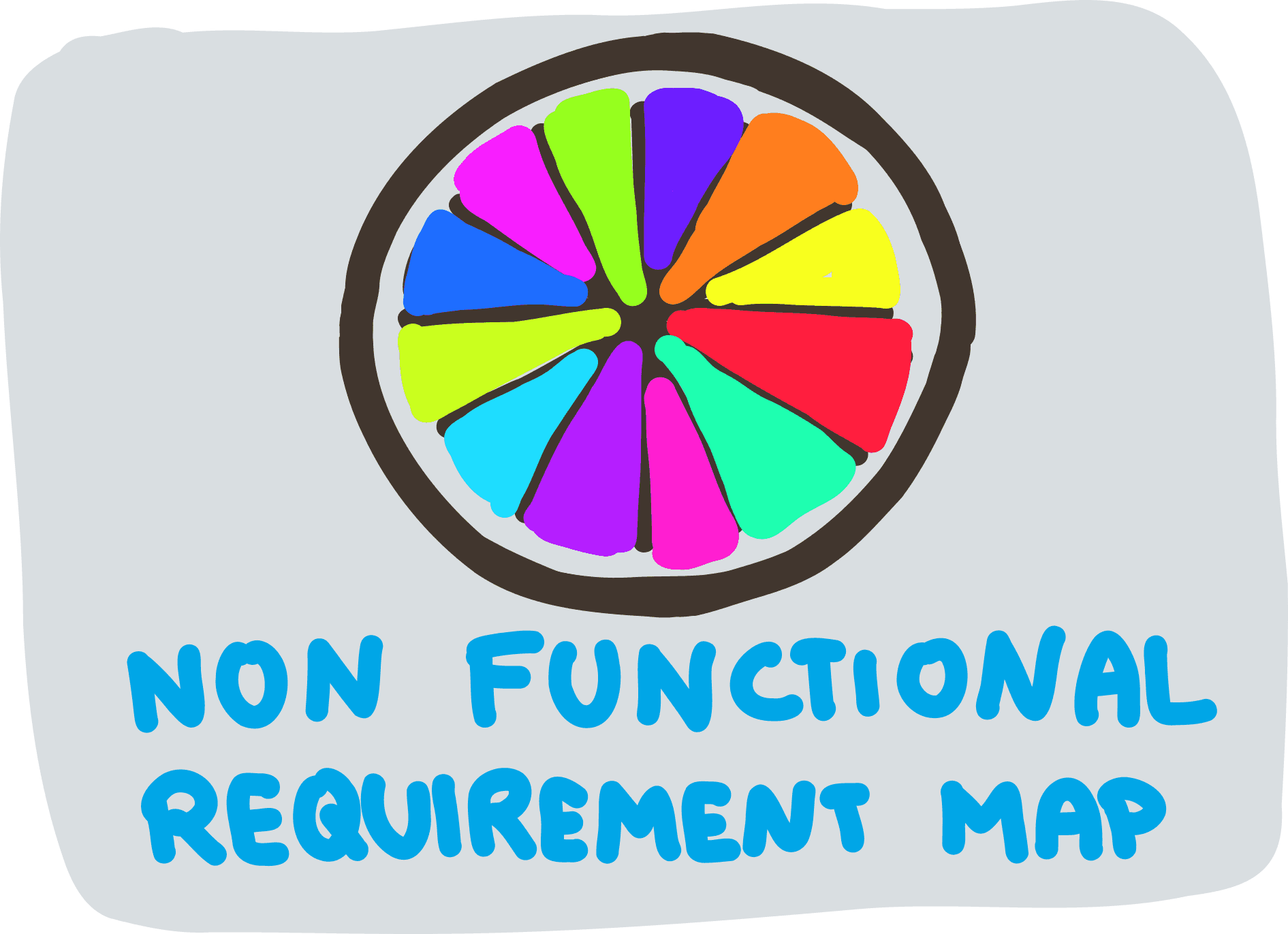
Non-Functional Requirements Map
A collaborative approach for capturing non-functional requirements
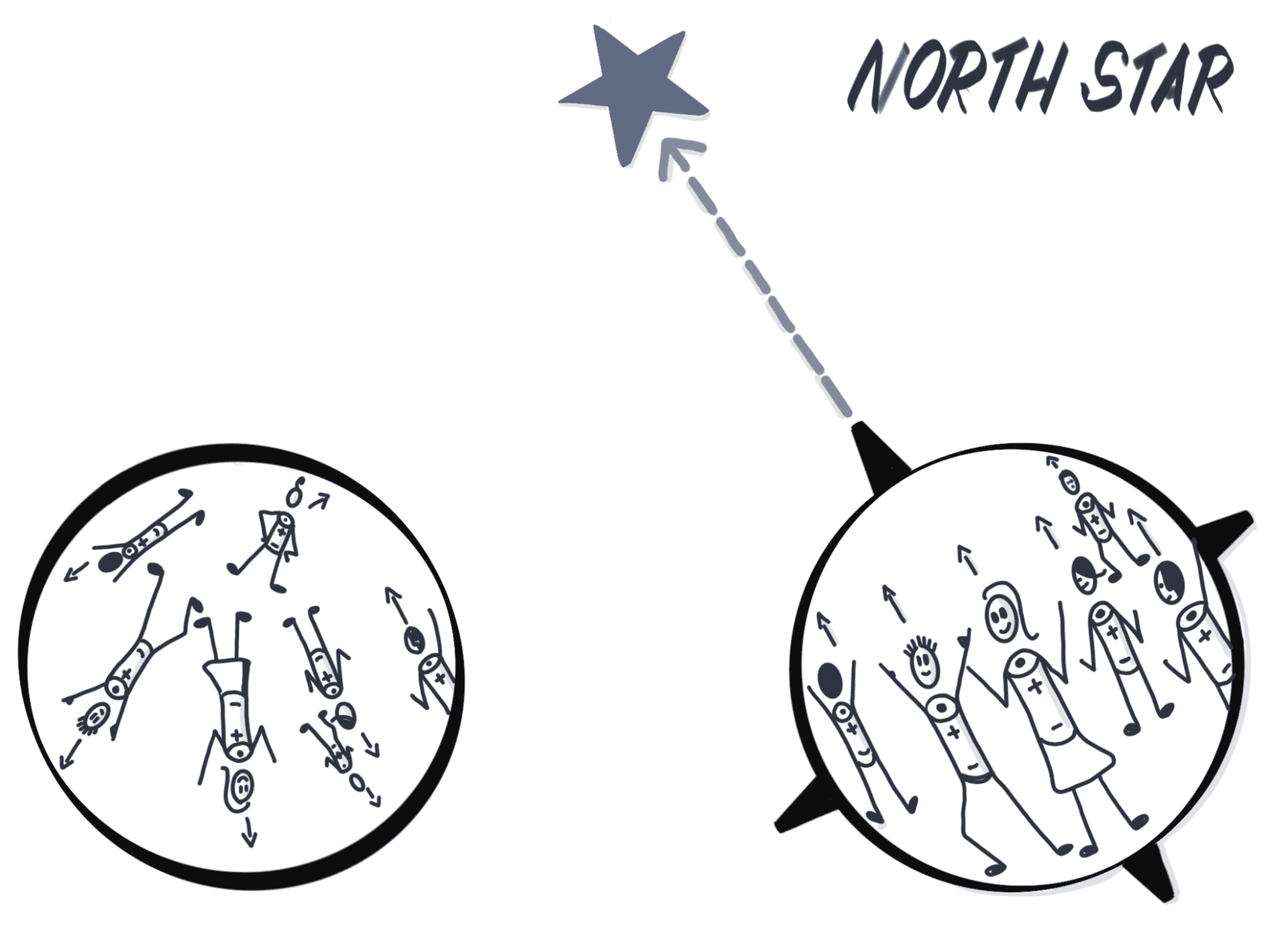
North Star Framework
Helps achieve alignment on the 'why' and overall purpose.
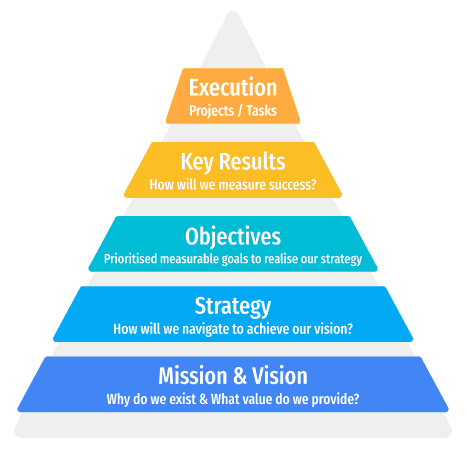
Objectives & Key Results (OKRs)
Align people around a shared ambitious goal and then maintain focus through measuring progress regularly

Observability
Handling the unknown unknowns.

Offboarding
Practice destroying and re-creating your applications

One Minute Mindfulness
Calm the mind and body to help team members manage stress levels
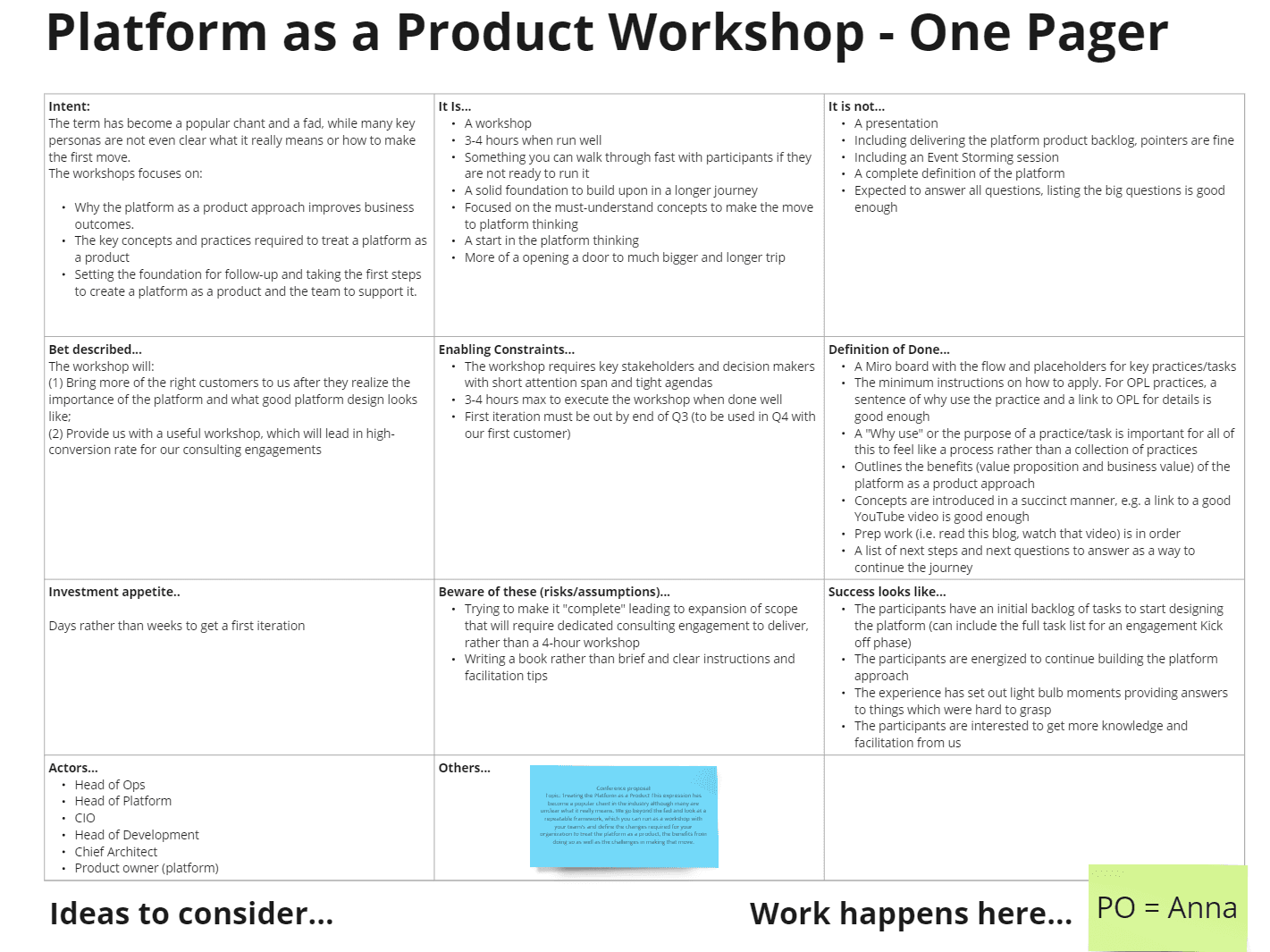
One-Pager
Communicate objectives clearly, establish shared understanding and create enthusiasm for an initiative

One-word story
This practice sharpens the ability of a team to listen and progress collectively.
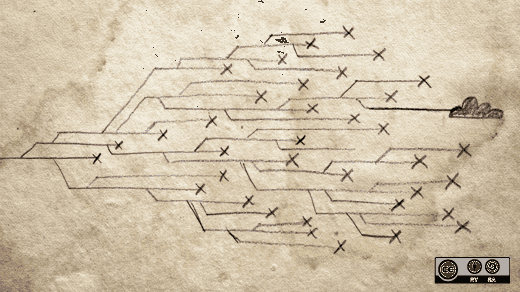
Open Decision Framework
How to make transparent, inclusive, and customer-centric decisions
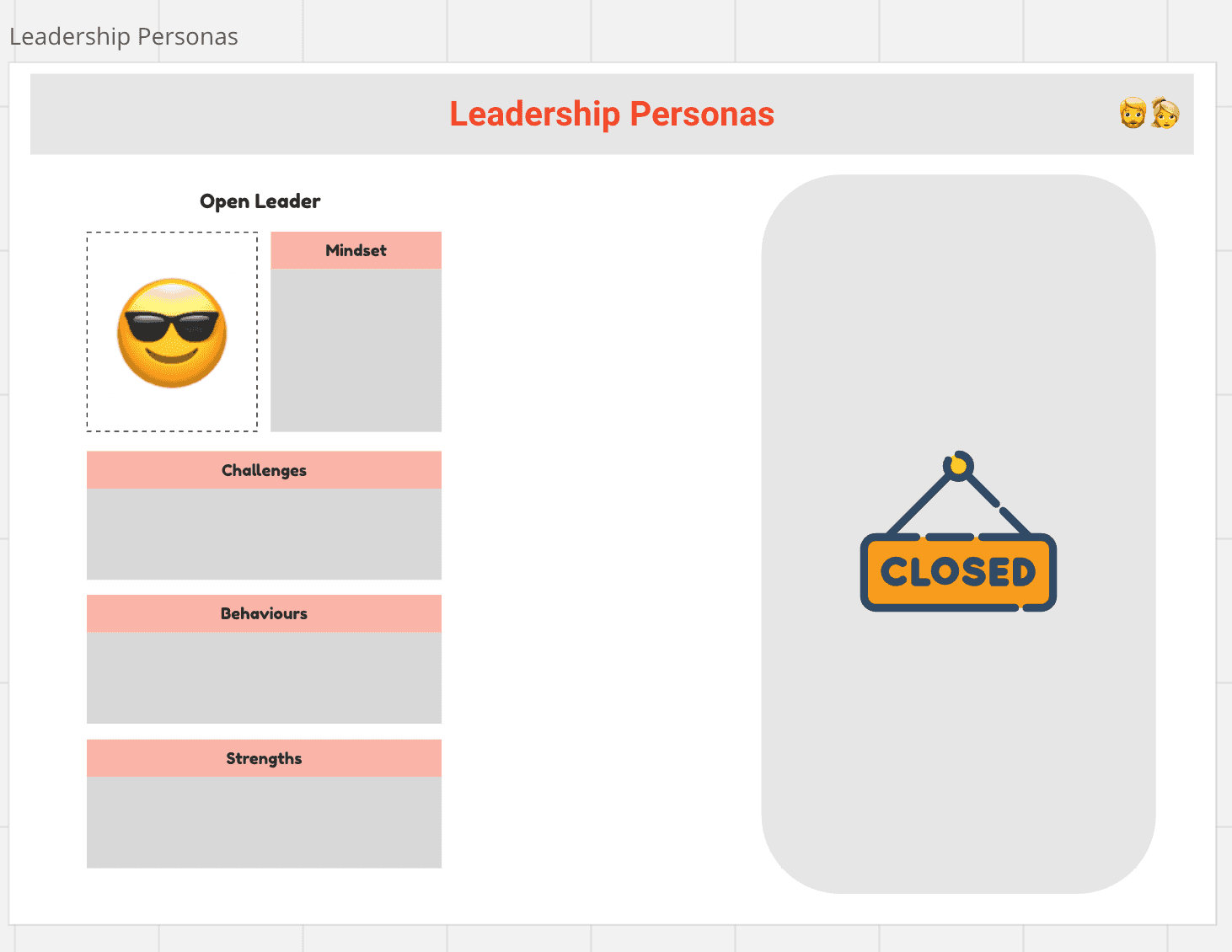
Open Leader Persona
Identify the mindset, challenges, behaviours, and strengths of open leaders

Open Leadership Mindset
A specific fusion of behaviors and mindsets characterizes the next generation of leaders.
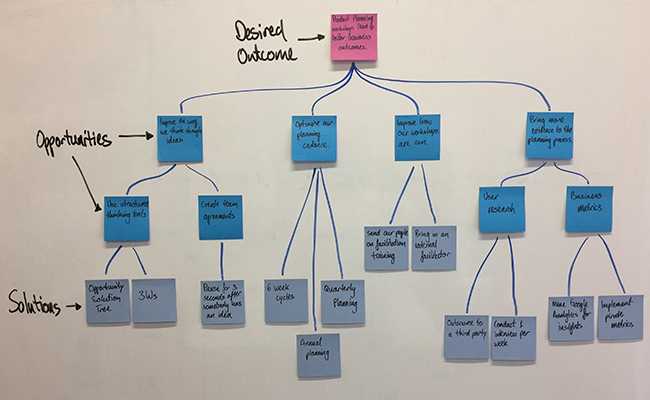
Opportunity Solution Tree
Show how your product solutions map back to a desired outcome
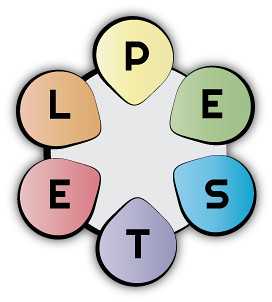
PESTEL Analysis
Understand your environment
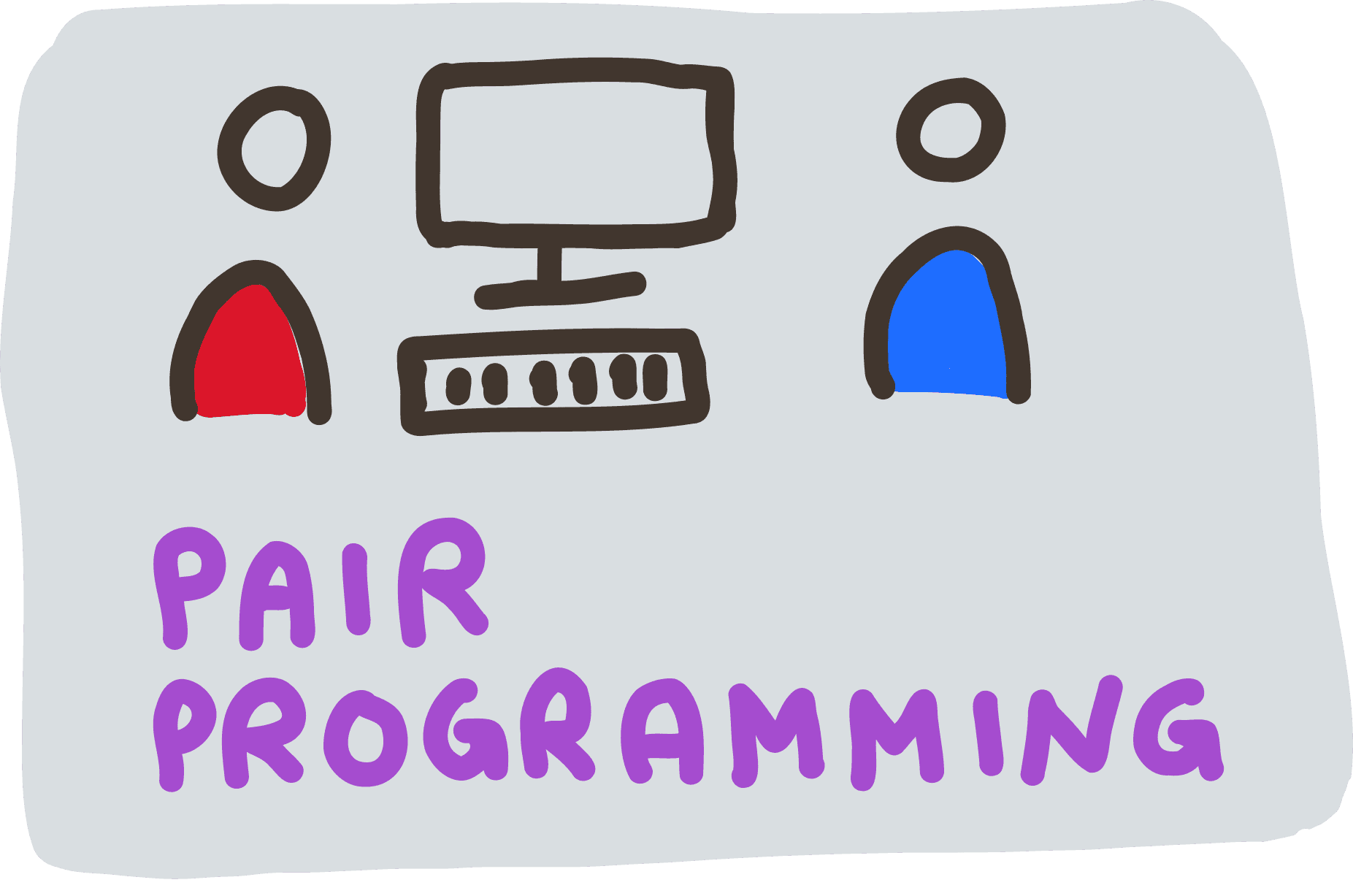
Pair Programming
Increasing the knowledge sharing and communication between team members
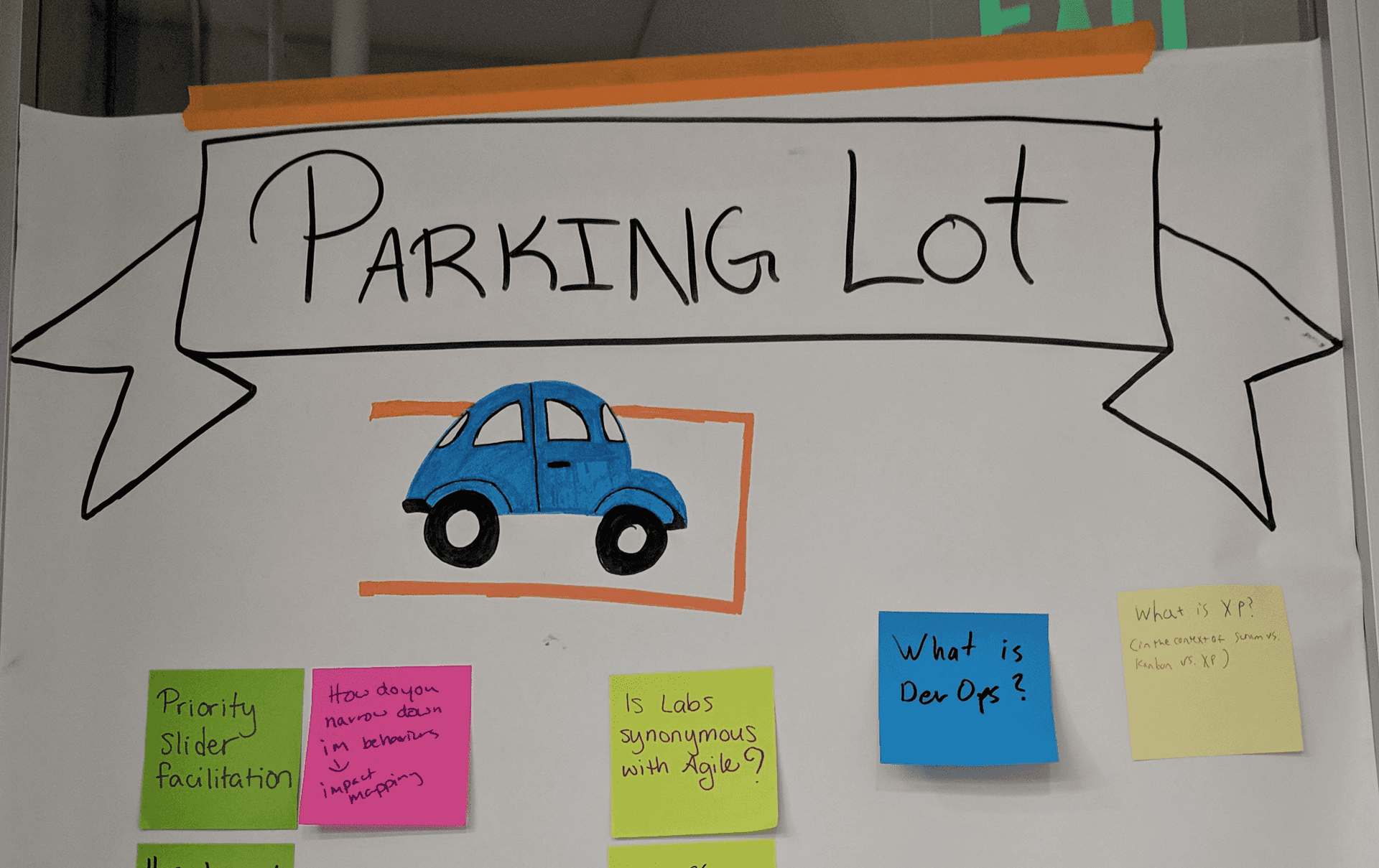
Parking Lot (Car Park)
A visible area to help track important items, ideas, questions, and issues that may not be important to discuss at the time, but the group does wish to discuss later.
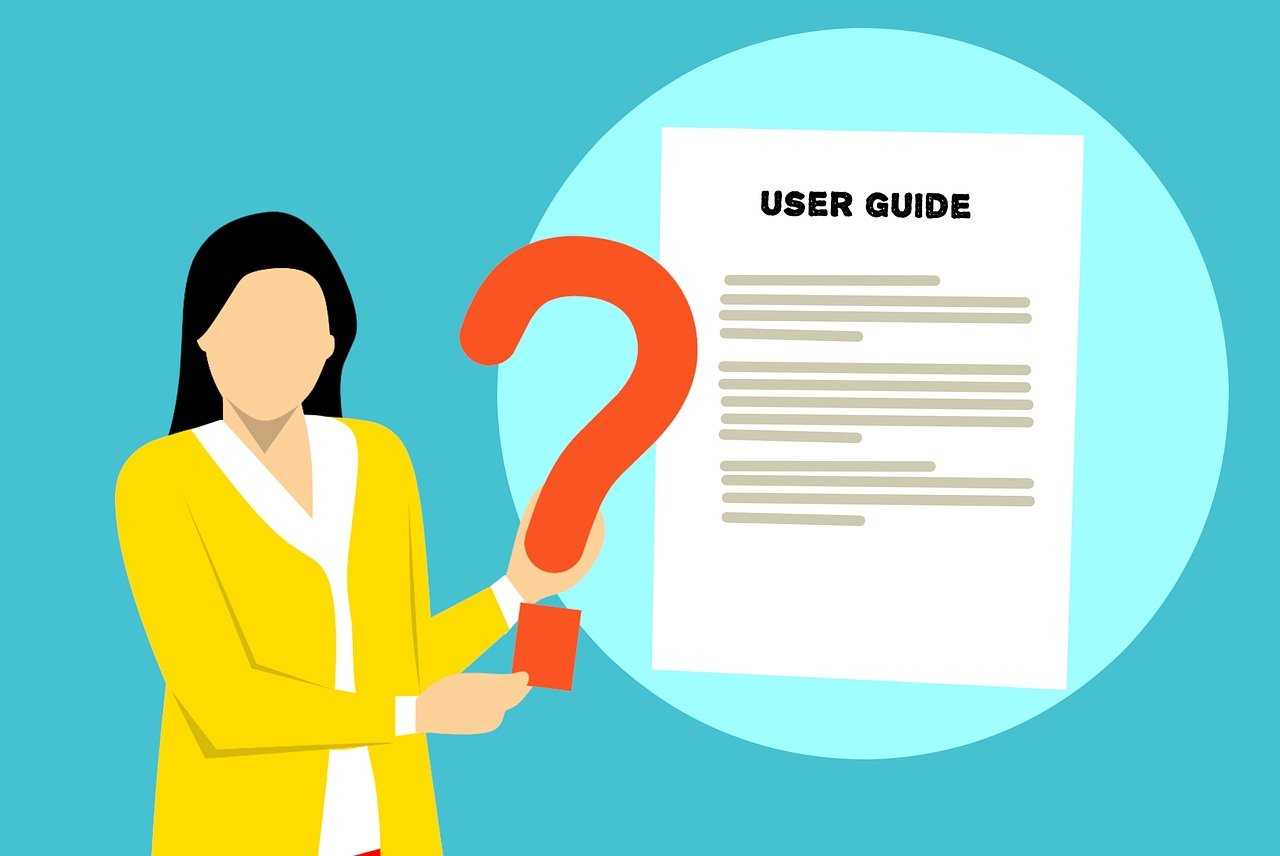
Personal User Manuals
Connecting with colleagues in a deep and meaningful way

Pick-Play-Pass
Gamify group engagement
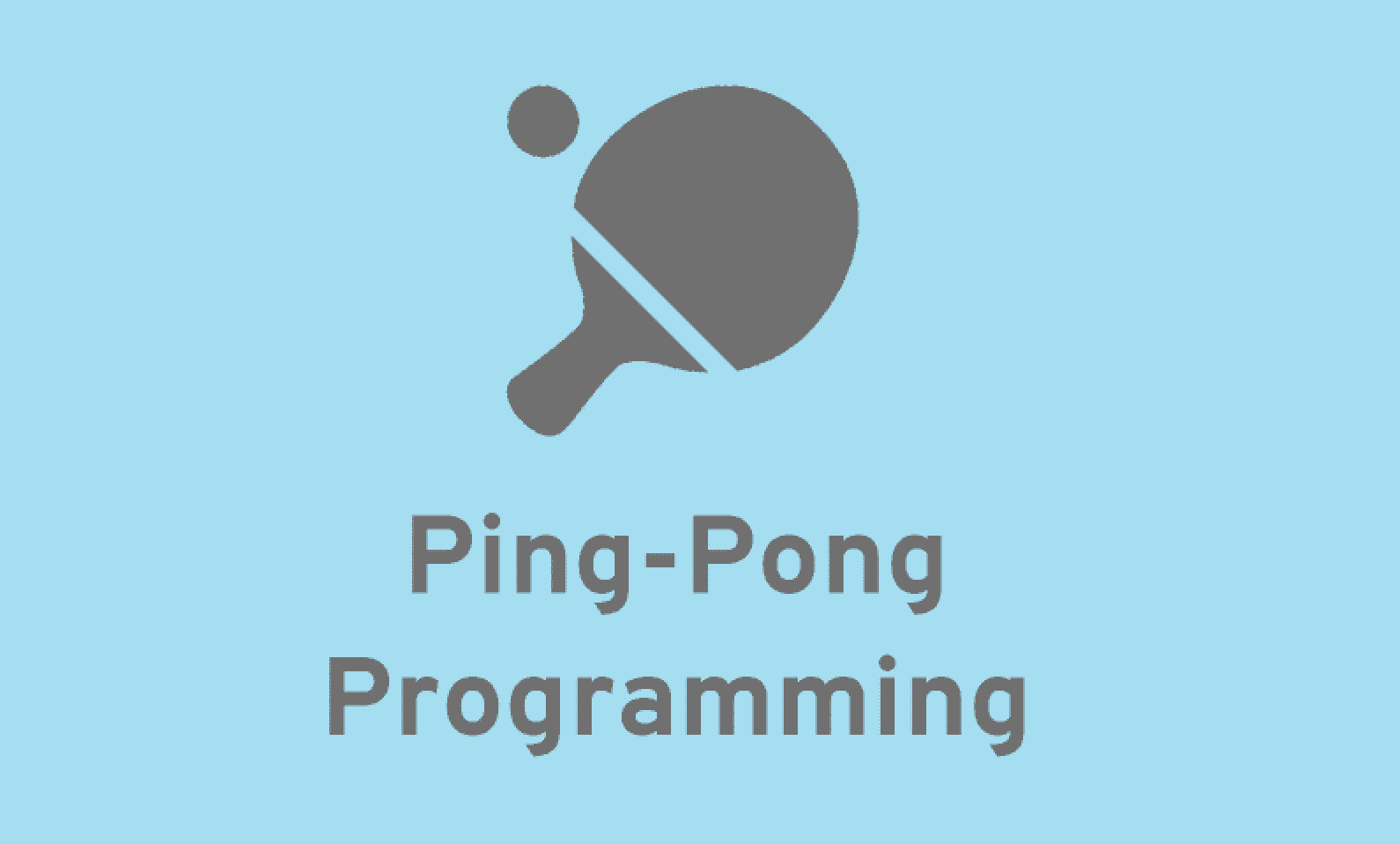
Ping-Pong Programming
Where Pair Programming meets TDD

Plan Your Trip
Manage risks by considering the 4Cs: Costs, Consequences, Context, and Choices.

Plus, Minus, Interesting (PMI +-?) Retro
A quick team retrospective, or way to evaluate ideas
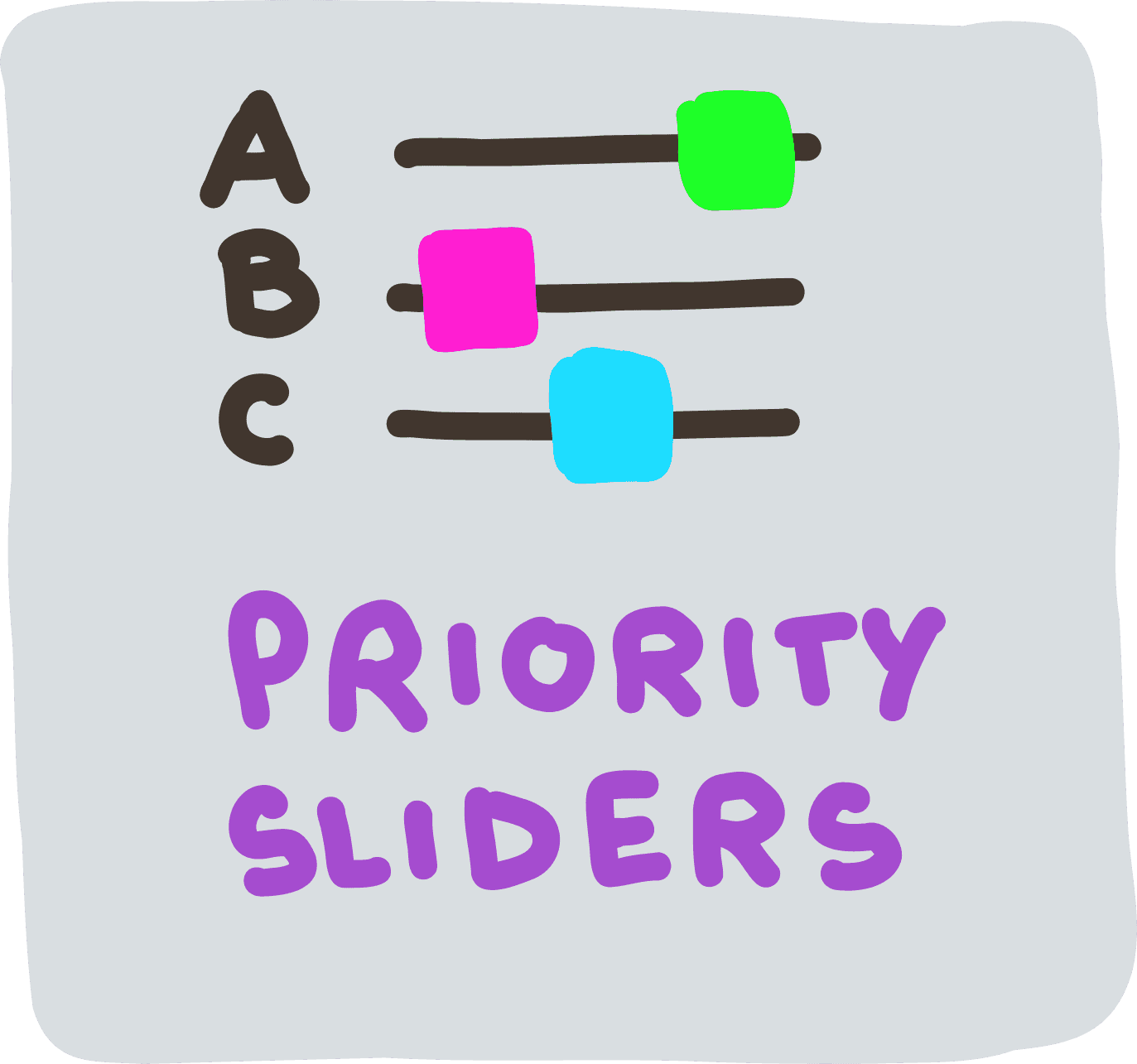
Priority Sliders
Facilitate conversations about relative priorities to focus upcoming activities
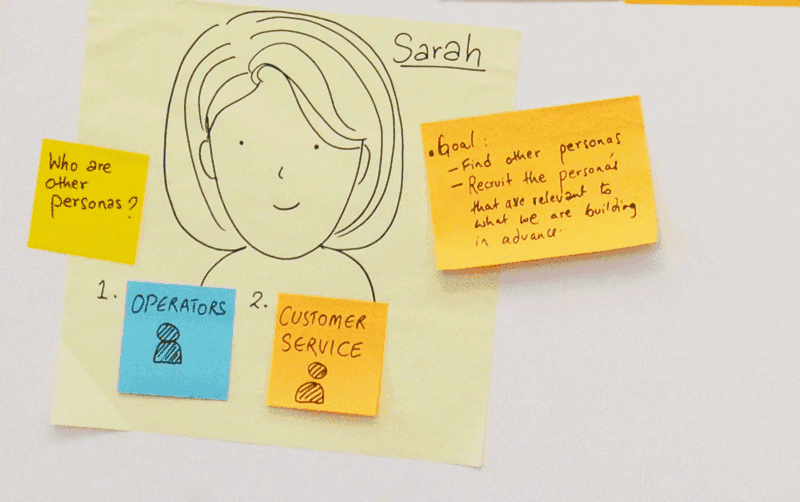
Proto-Persona
Define your target users
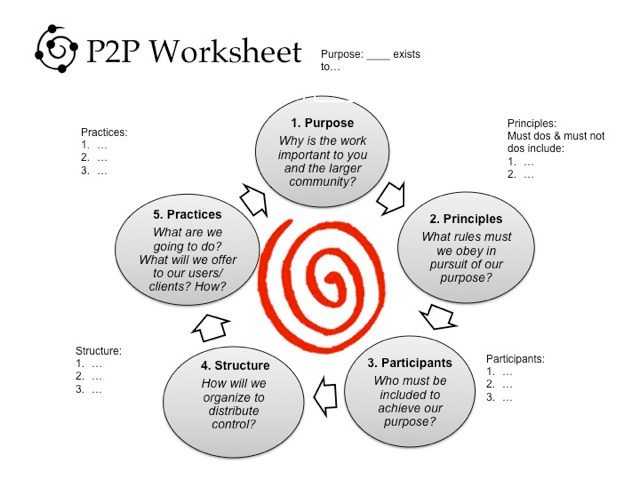
Purpose to practice (P2P)
Enables stakeholders to collaboratively shape the success of their initiative.

Quote Wall
A collection of quotes or phrases captured from the team that may be motivational, inspiring, or down-right hilarious!

ROAM Boards
A Foundational Practice for Risk Management

Raison d'être
Defining the teams reason for being
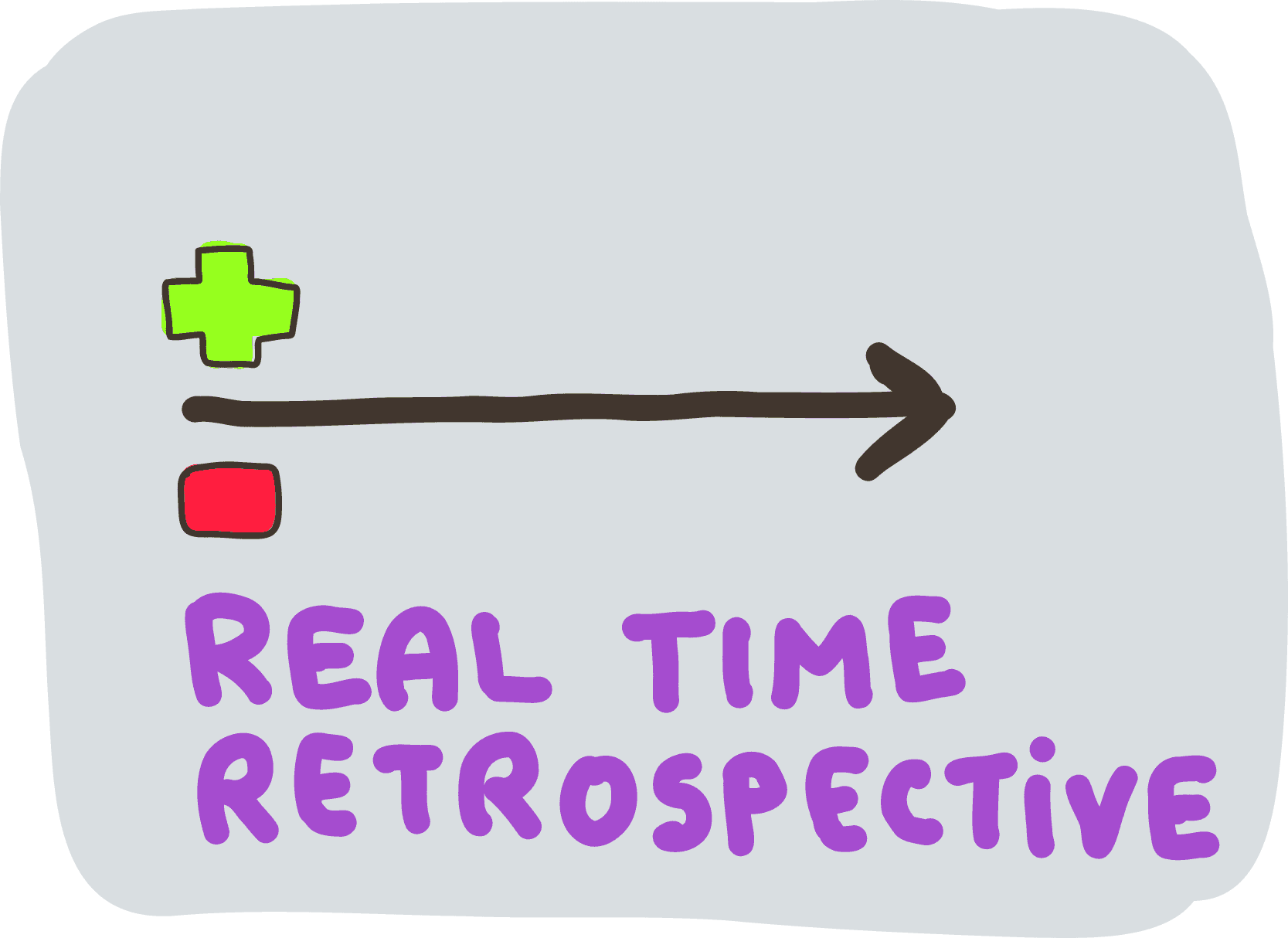
Realtime Retrospective
Getting feedback faster and improving the overall experience of your event.
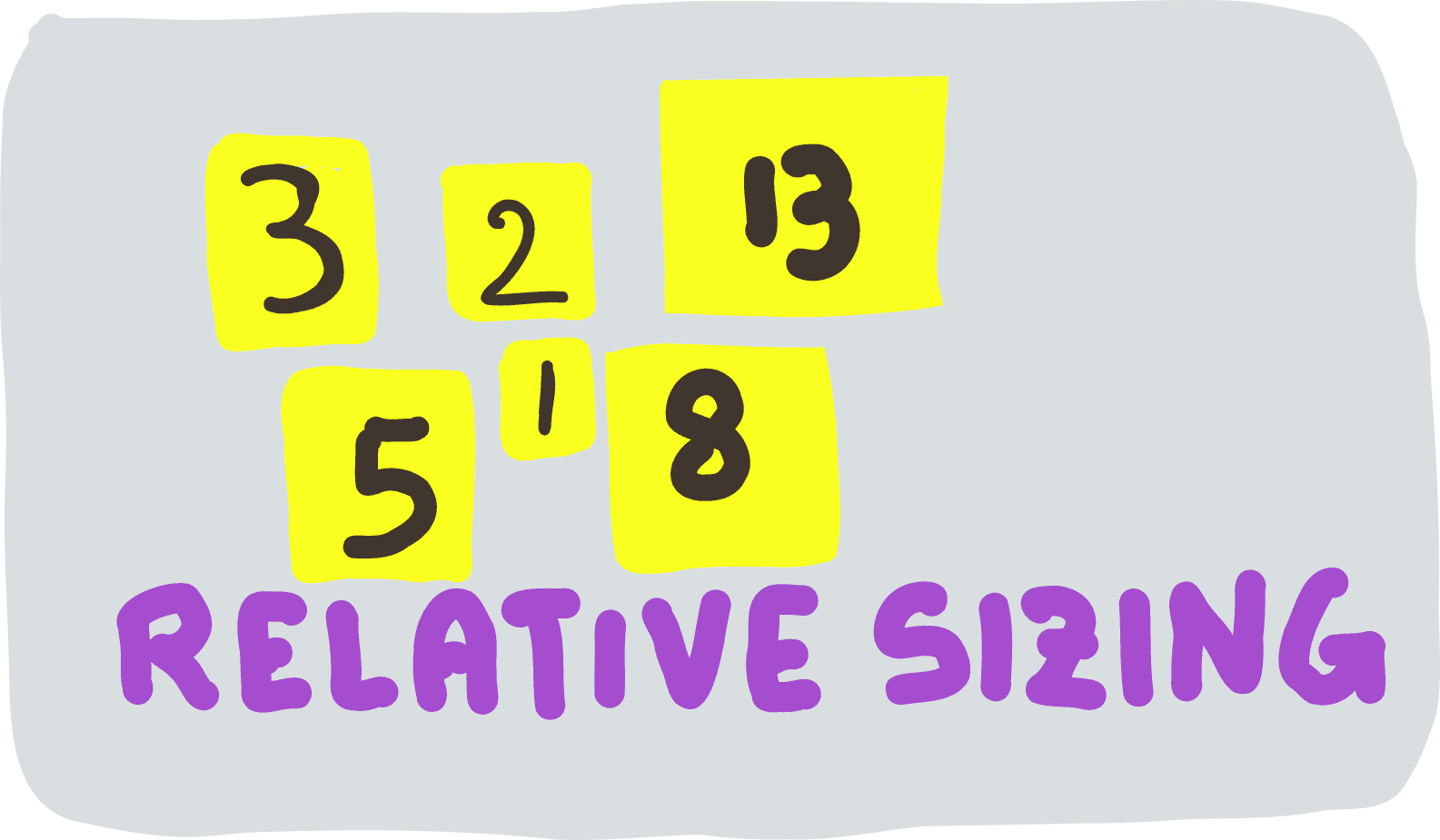
Relative Sizing
Facilitate conversation and gain shared alignment on sizing of complexity and value
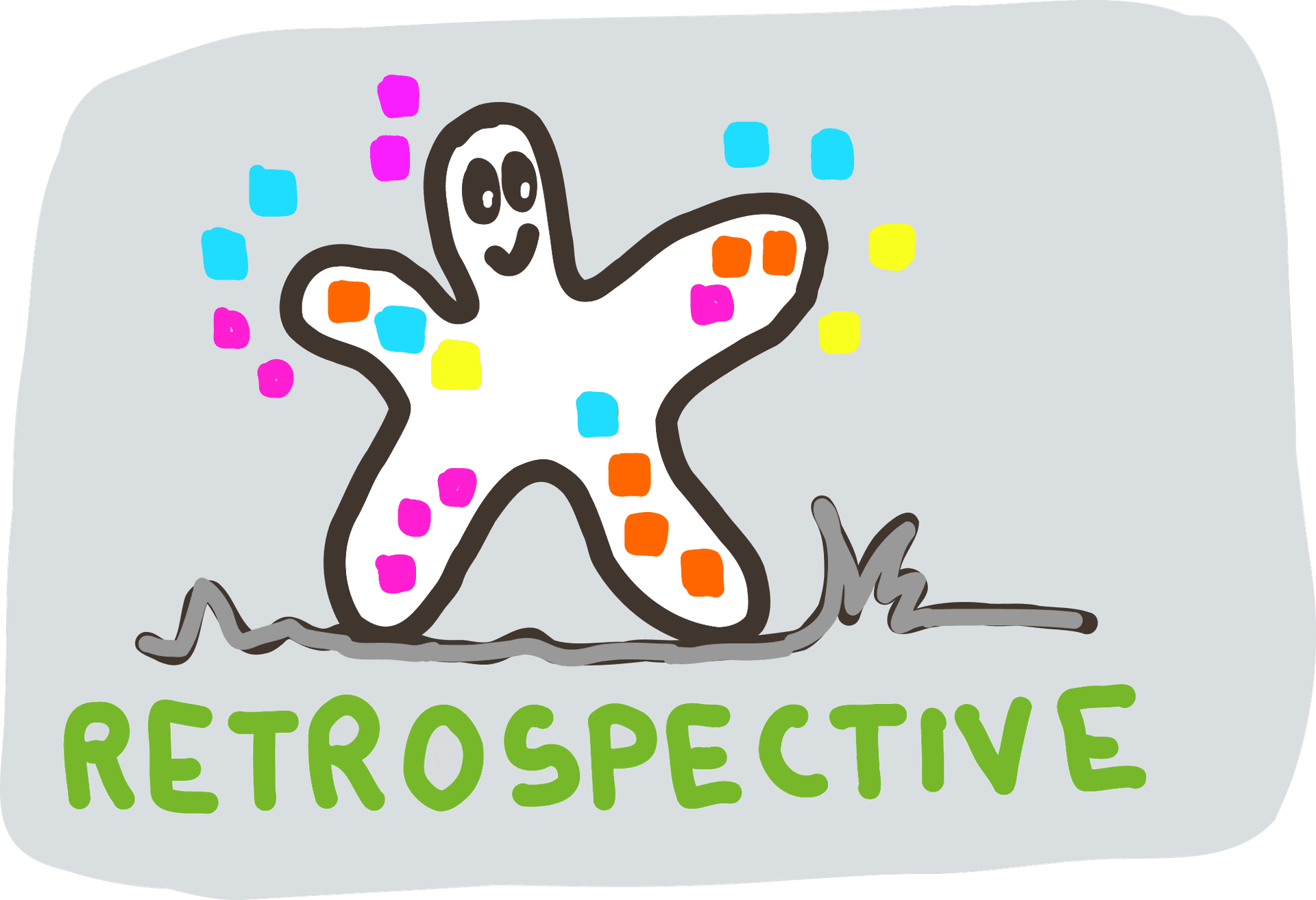
Retrospectives
Reflect, inspect and adapt ways of working to drive continuous team improvement
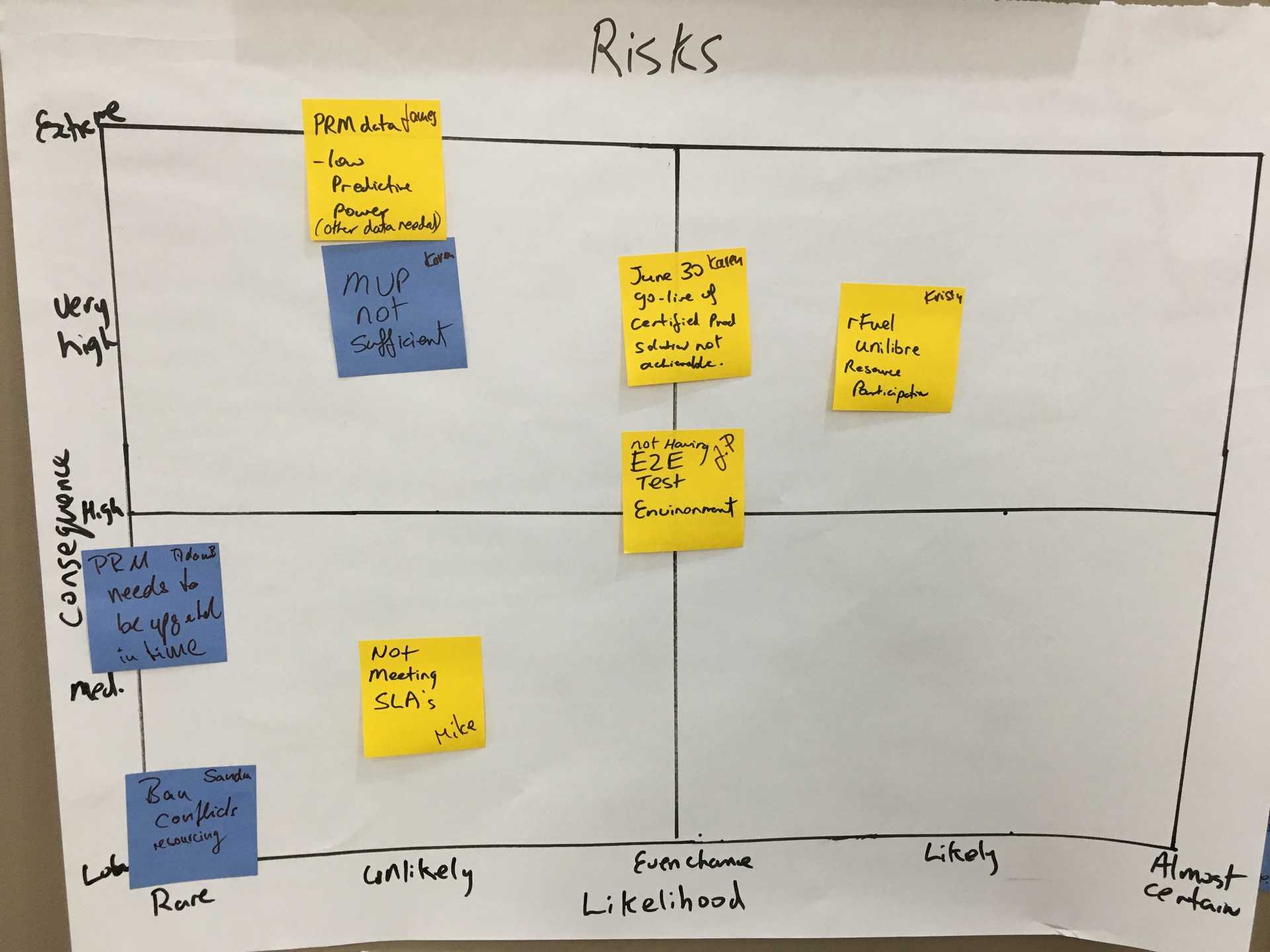
Risk Management
Identify potential problems that might occur during the course of your project and identify ways of avoiding them. Risks, which are occurring, will become issues.

Risk Radar
Keep risks in view for effective monitoring and control
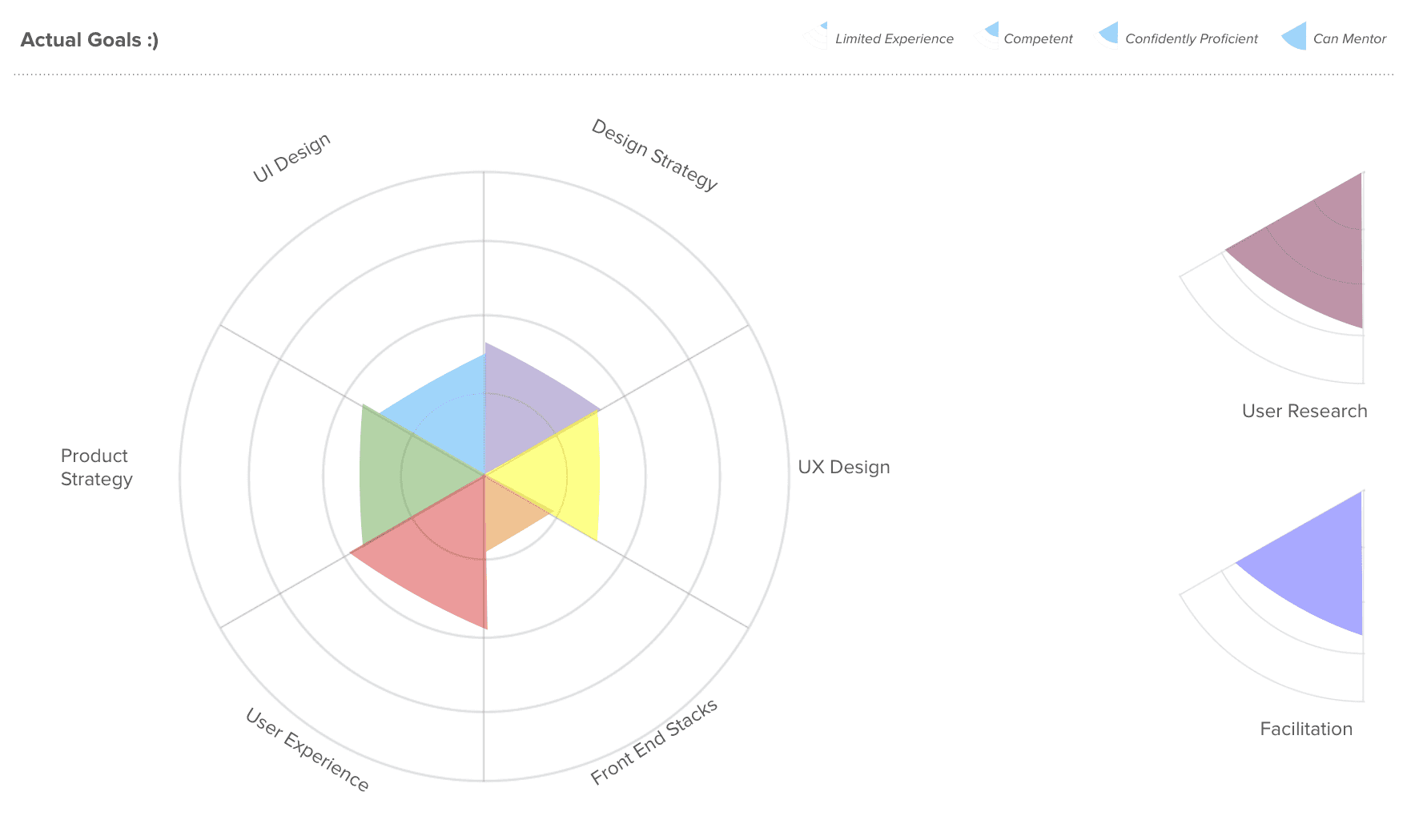
Rose Chart
Identify knowledge gaps and create learning focus areas for team members
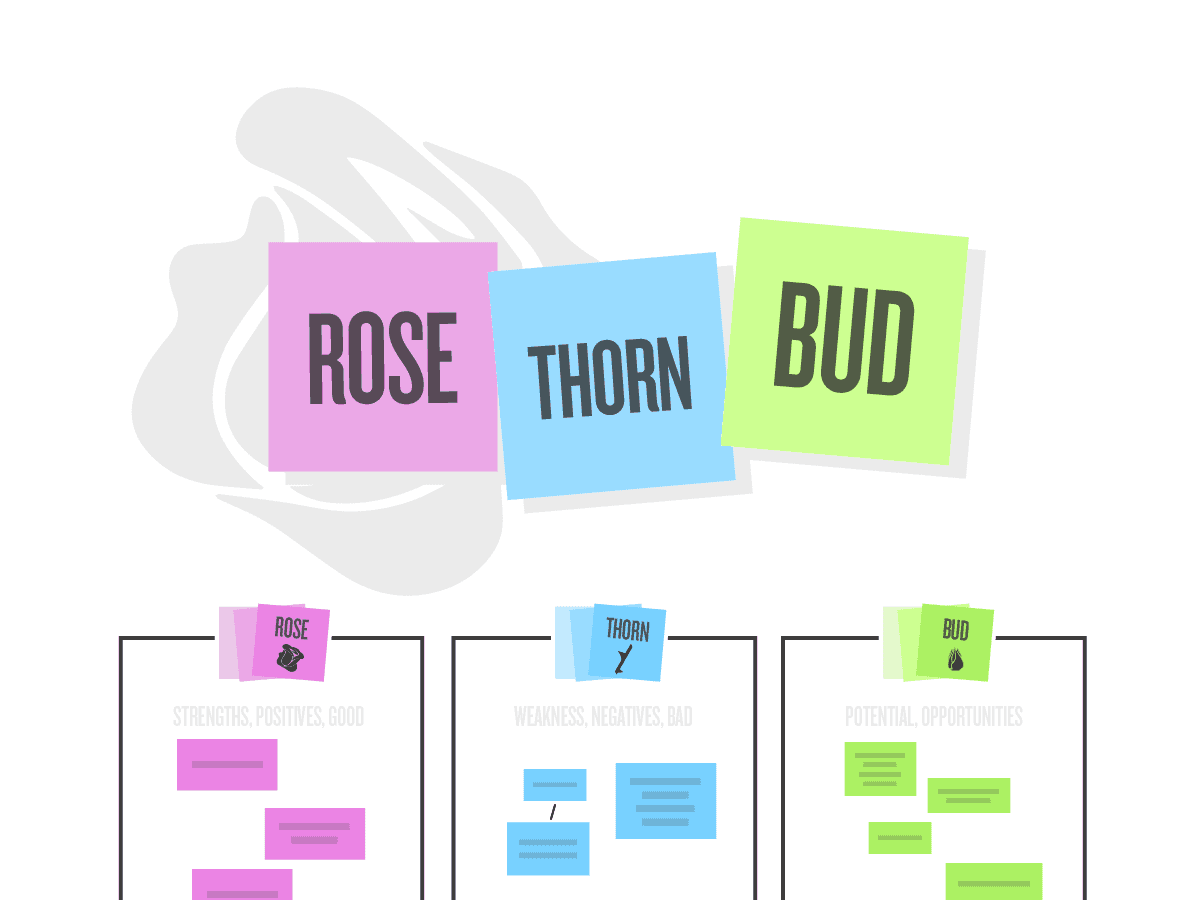
Rose, Thorn, Bud
Understand what's working, what's not, and areas of opportunity
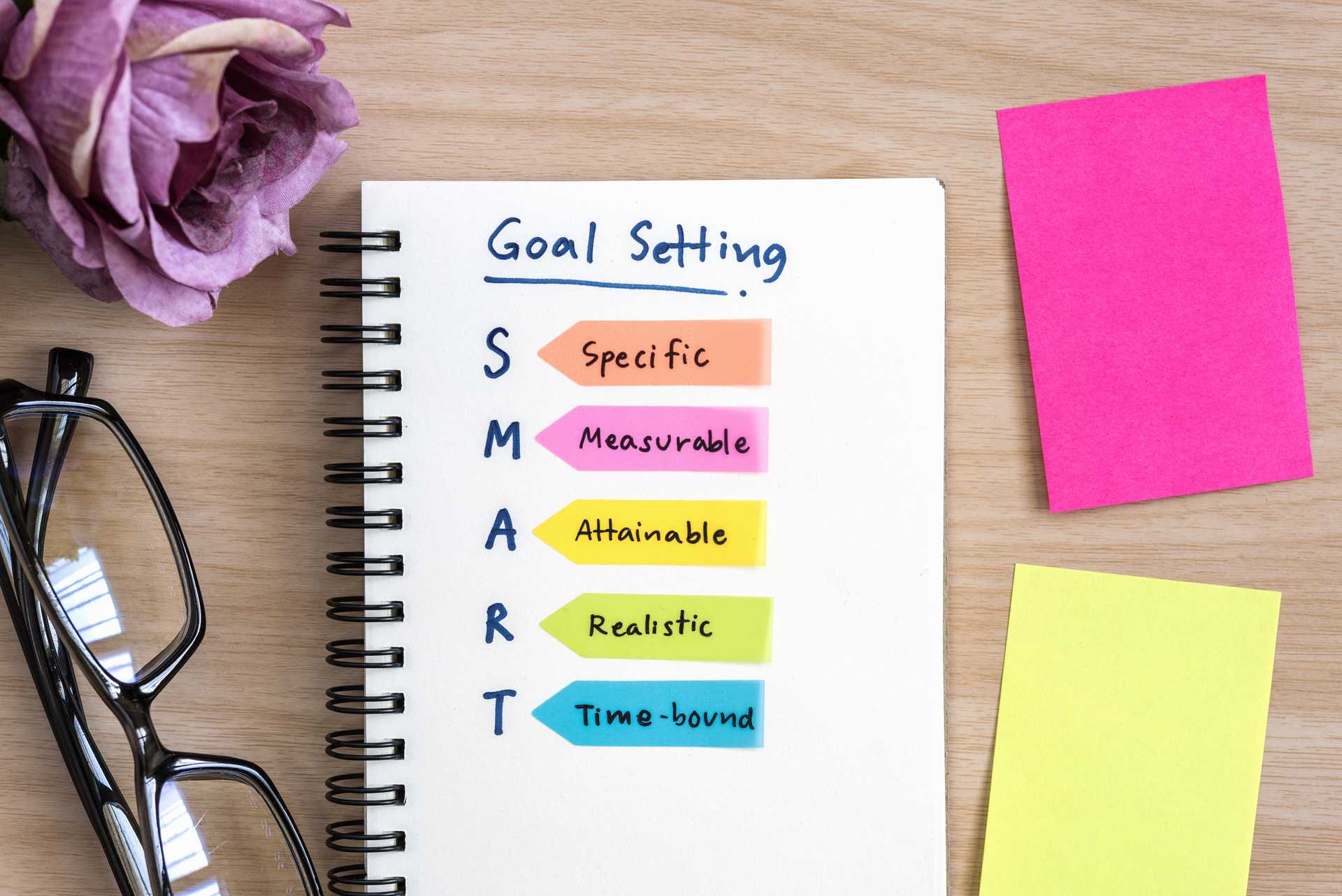
SMART Goals
Setting SMART objectives ensure that your goals hit 5 key criteria, to ensure progress.
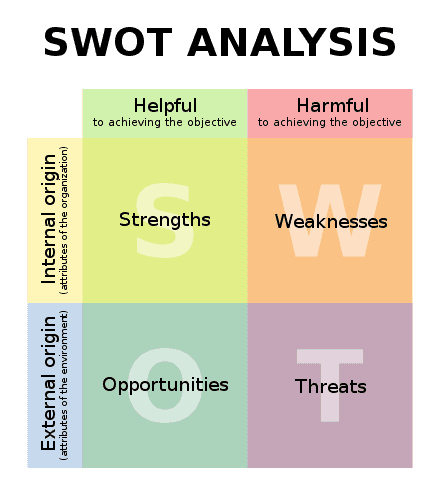
SWOT Analysis
Review business strengths, weaknesses, opportunities, and threats.
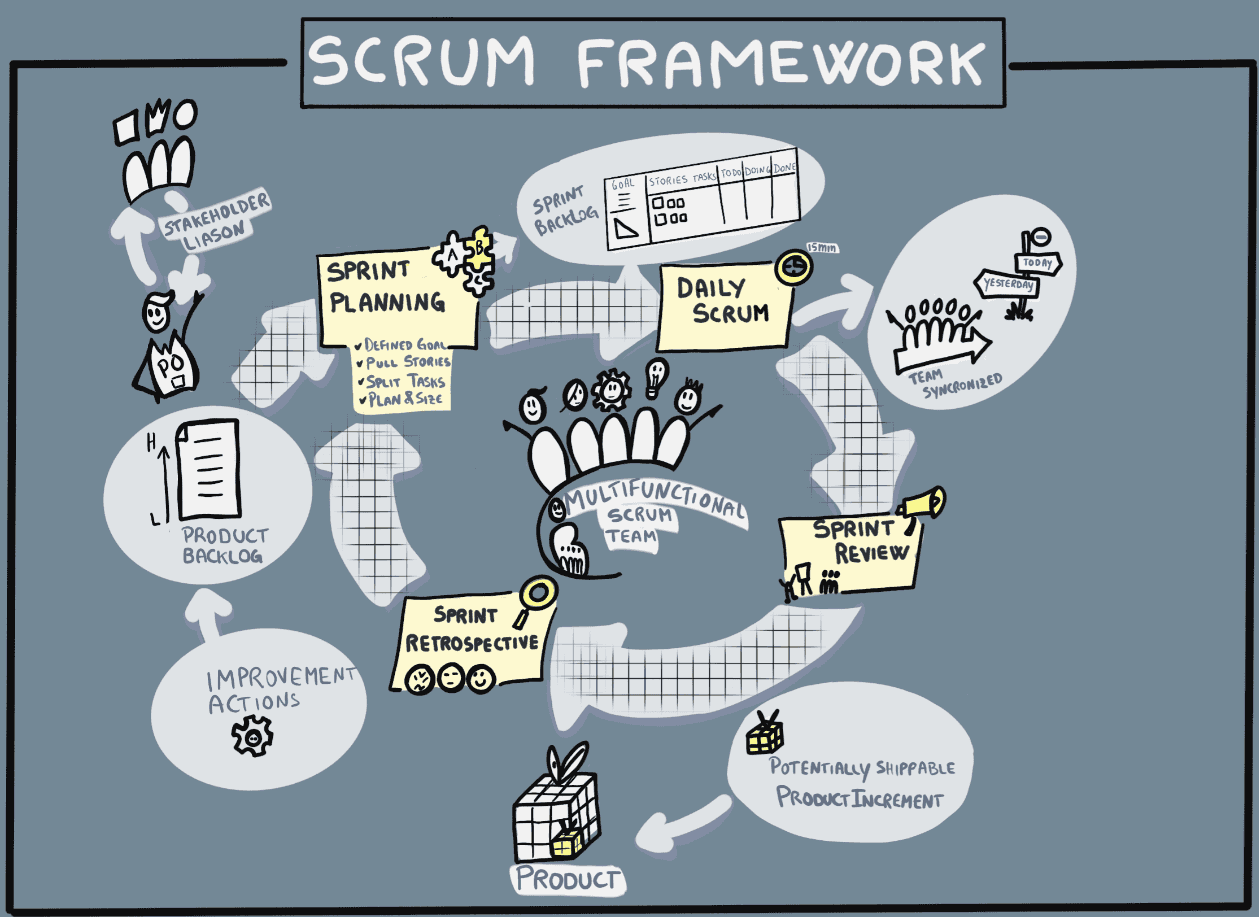
Scrum
A delivery framework for deliver value early and often

Security checklist
Shift left security by running through a checklist during code review.

Service Blueprint
A business process diagram analyzed from the people perspective.
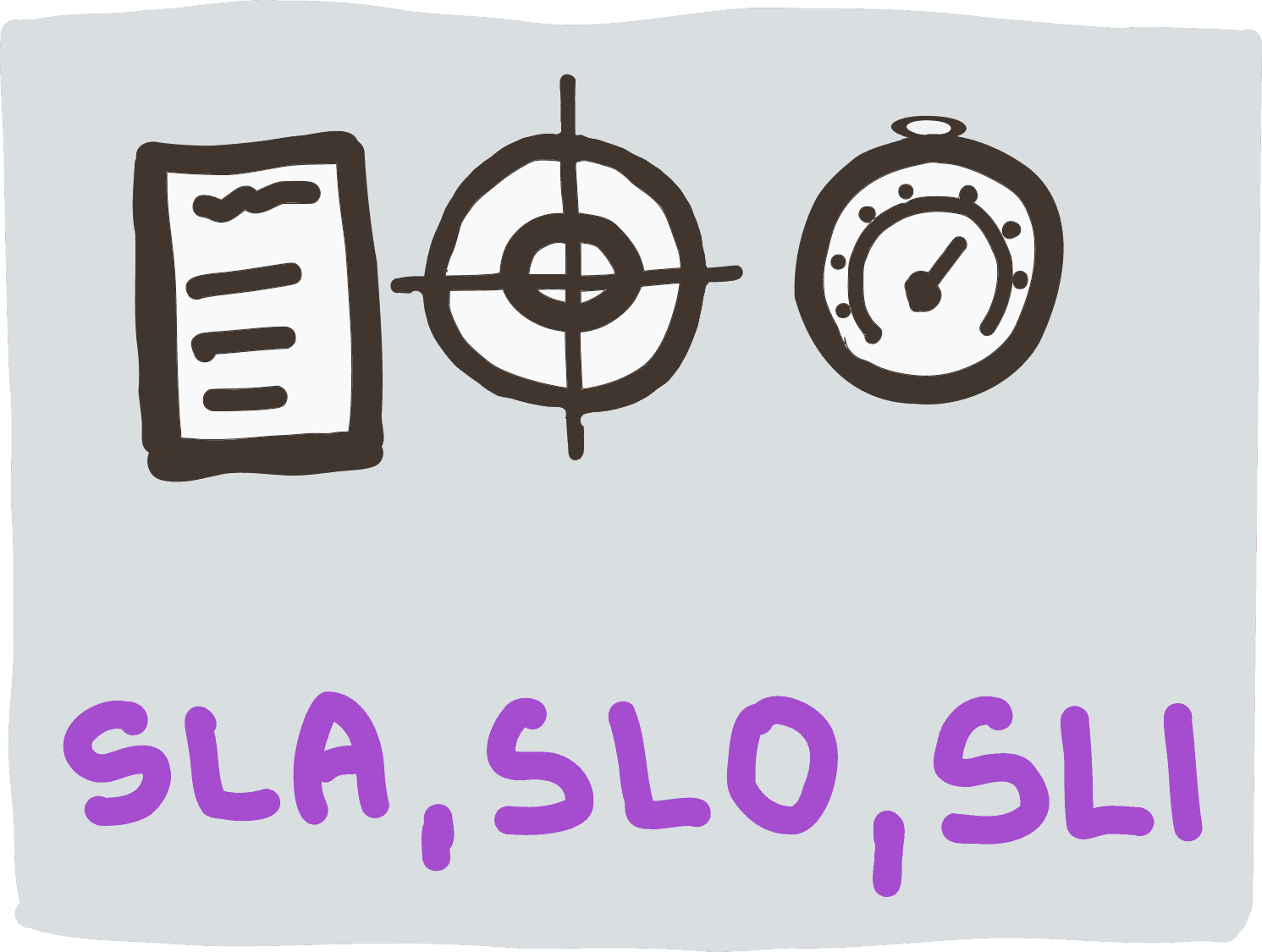
Service Level Indicators
Quantify the quality of your service
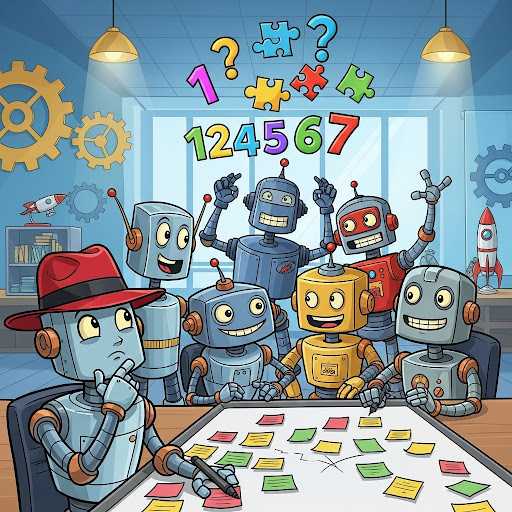
Seven So-Whats
Critical thinking to help uncover the consequences of fresh ideas
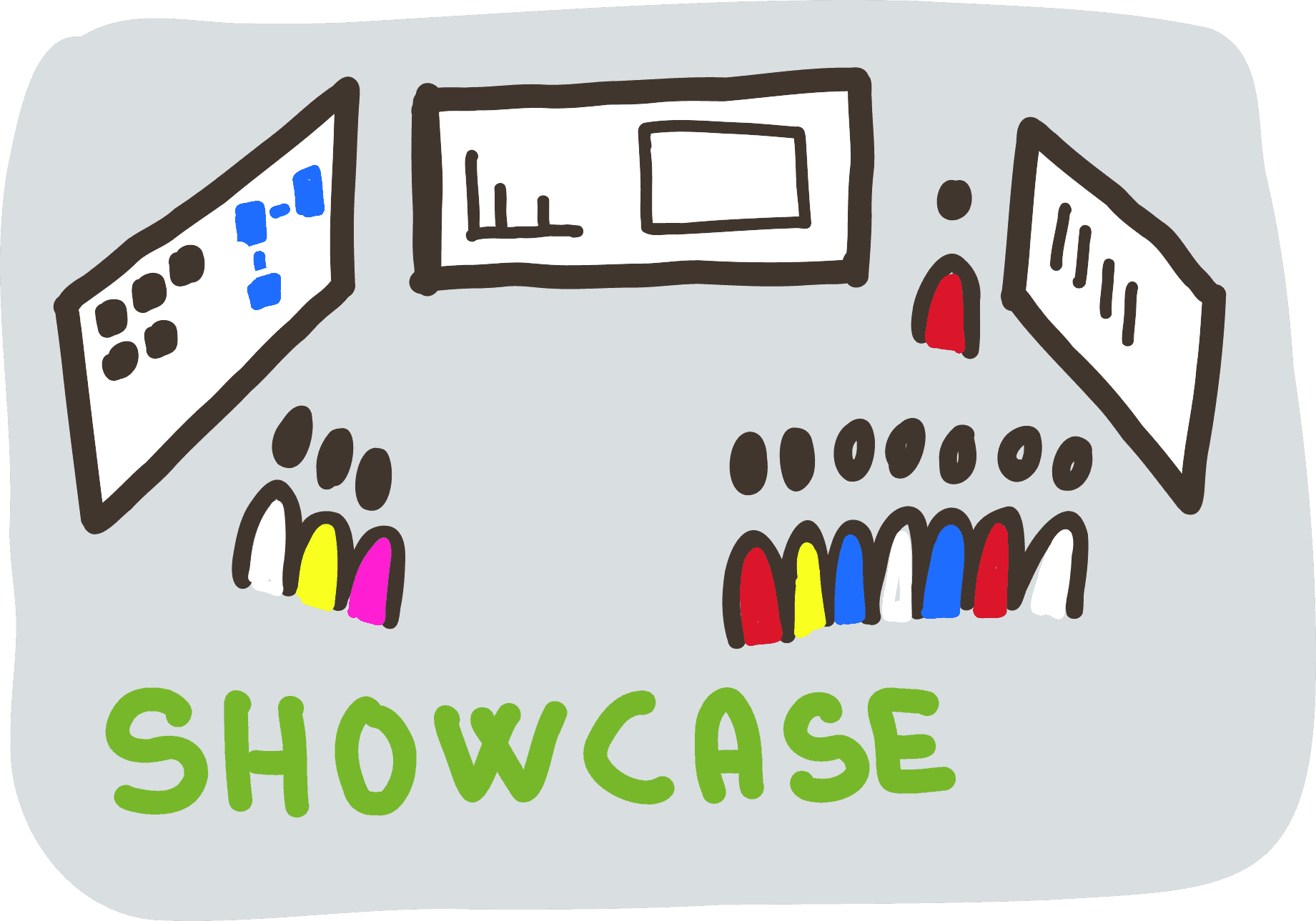
Showcase
An event to demonstrate and show the outputs and outcomes of a team's work over a recent time period
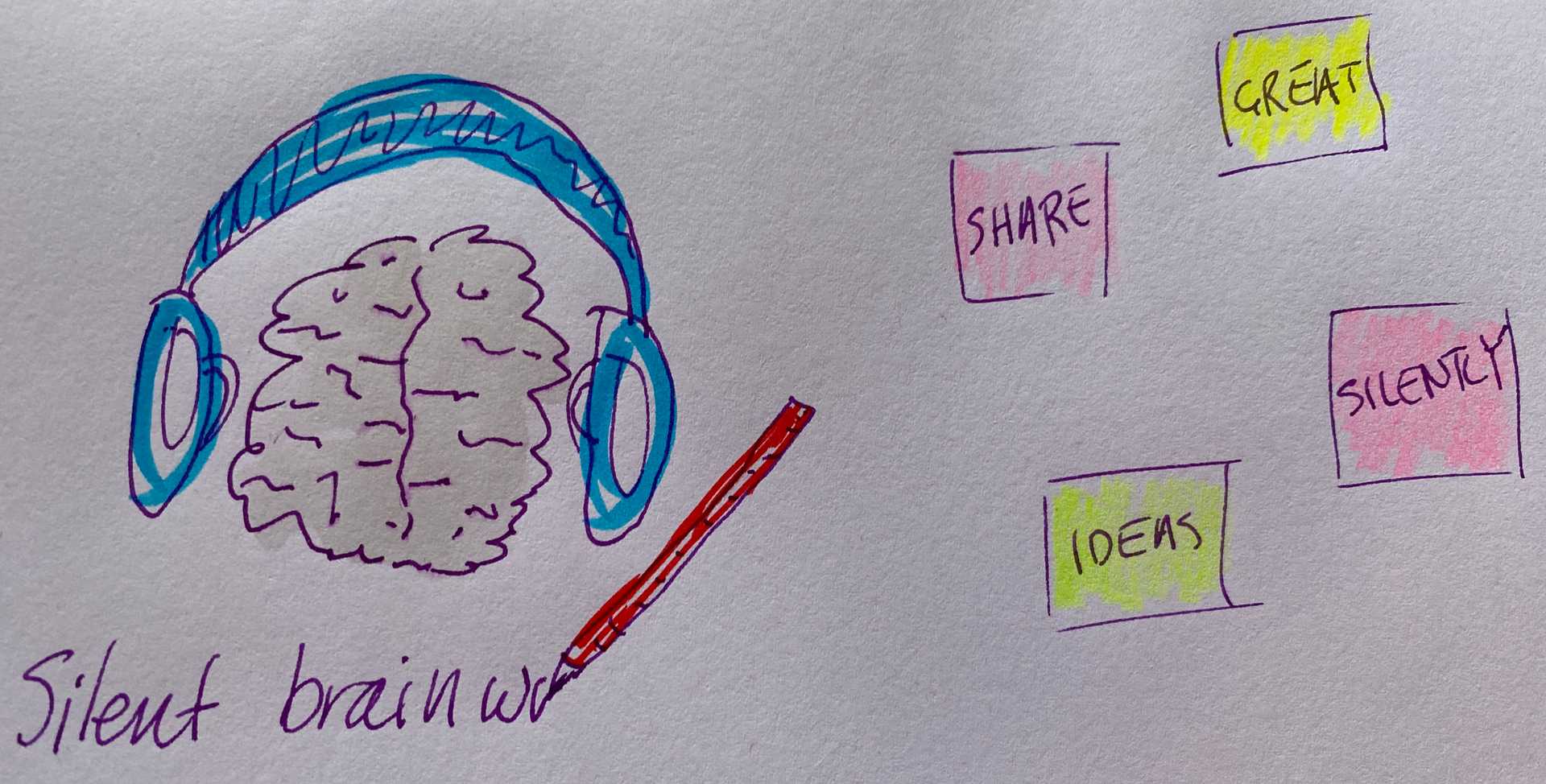
Silent Brainstorming / Brainwriting
Generate greater diversity of ideas and foster inclusivity
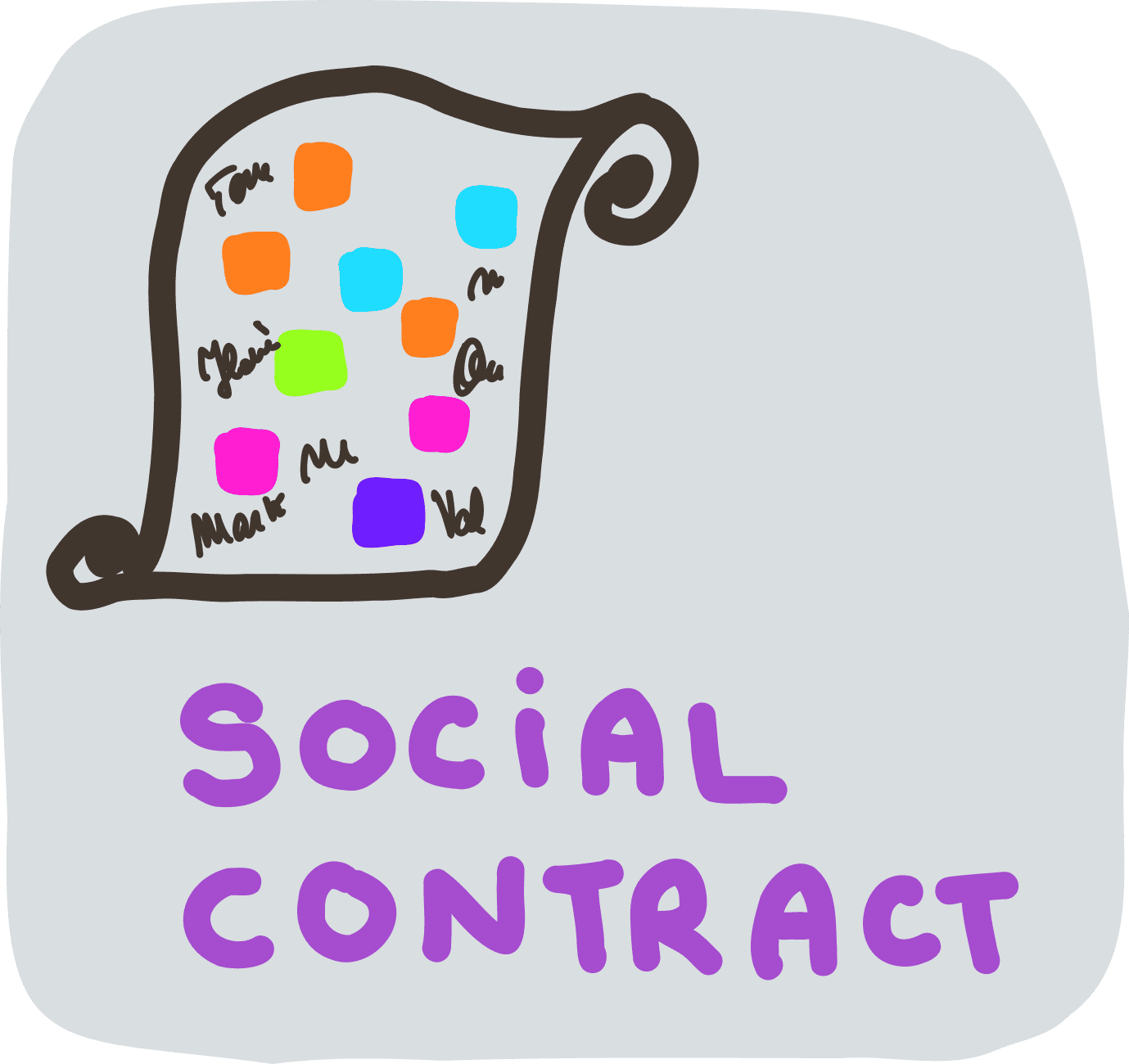
Social Contract
Build a constructive, fun team culture

Spaghetti Wall
An always-open space for collaborating on new problems and ideas
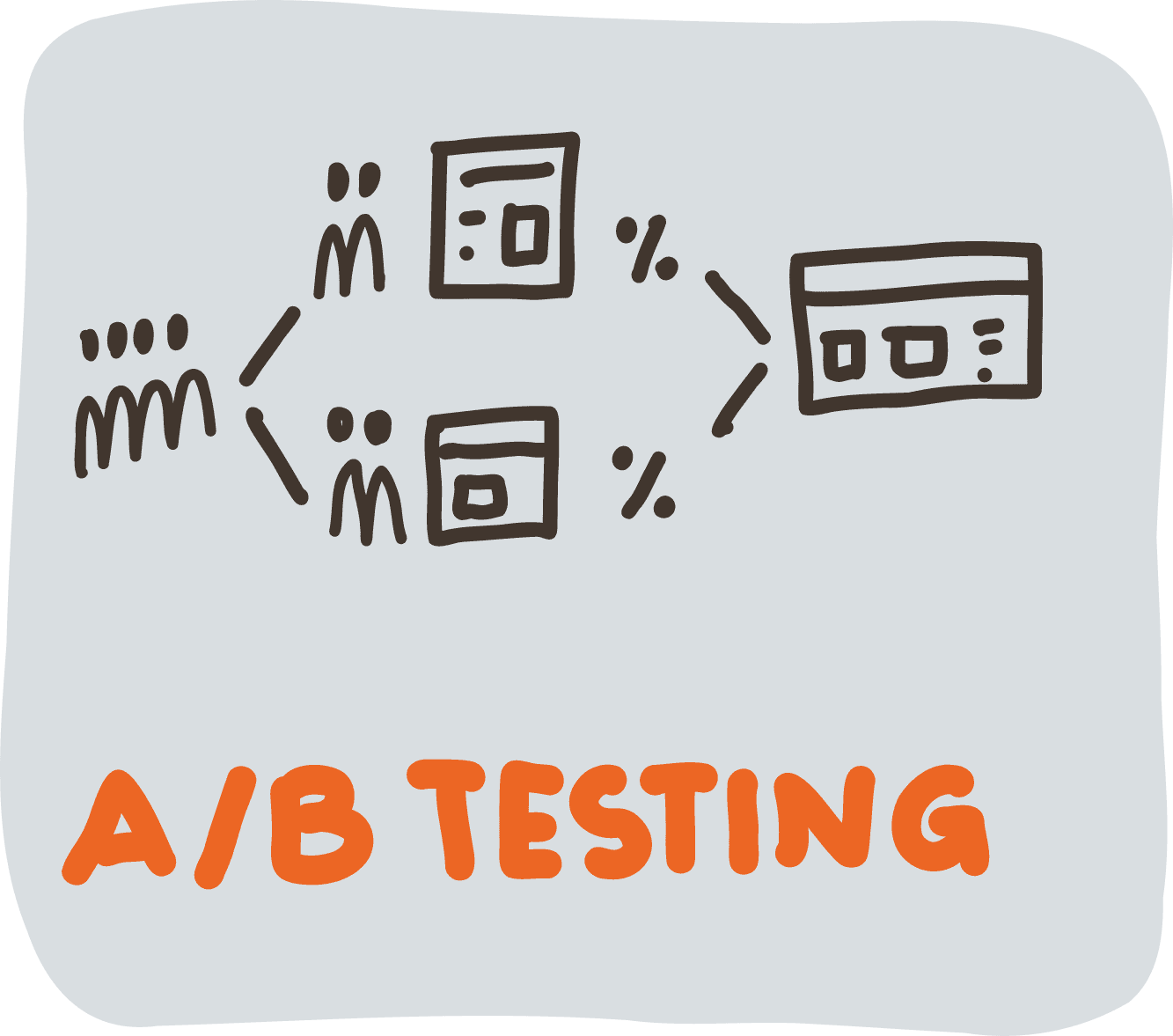
Split Testing - A/B Testing
Quantitative testing of two alternative designs to learn which better leads to a specific goal

Split Testing - Multivari Testing
Quantitatively test how multiple factors influence the success of a design
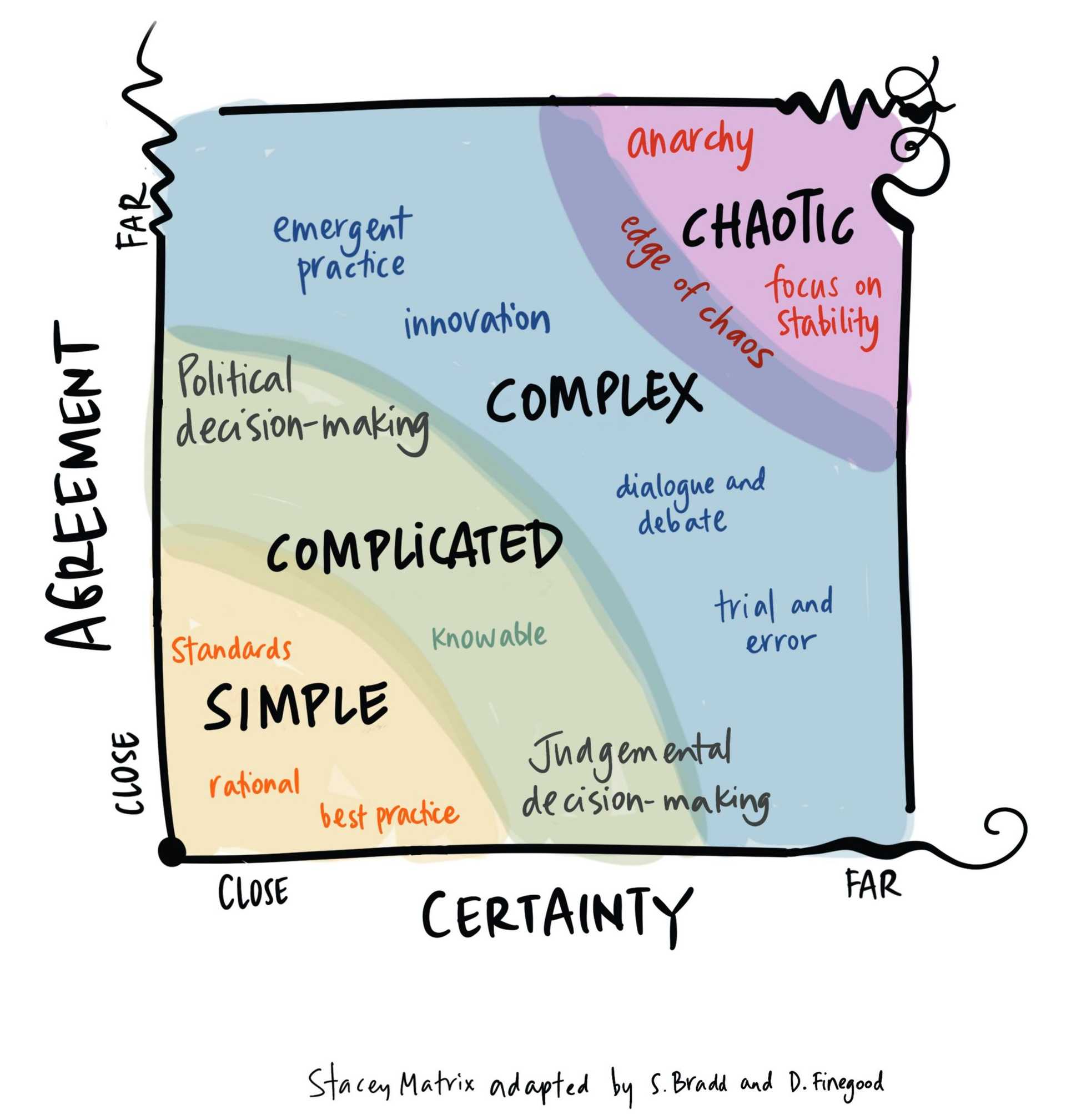
Stacey Matrix
Decide on a management approach by evaluating the level of agreement and certainty.

Stakeholder Map
Create a stakeholders map to build a communication plan
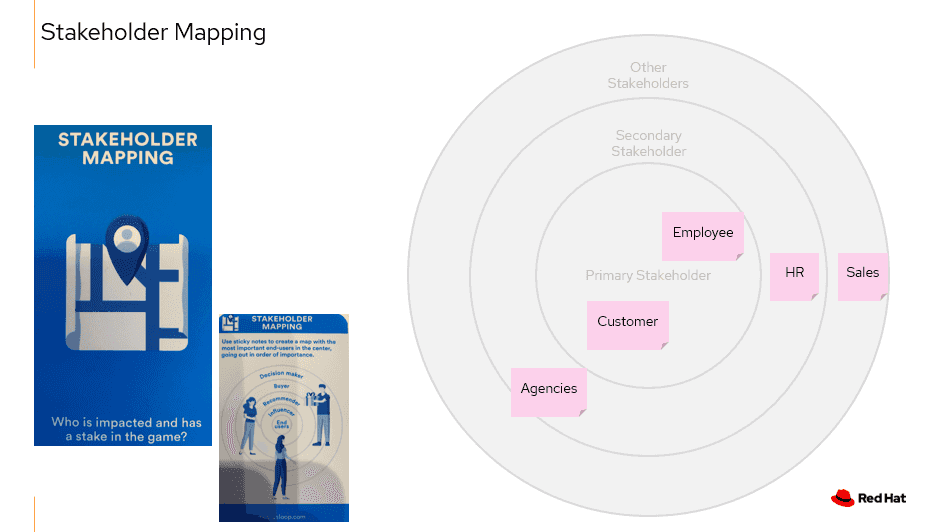
Stakeholder Mapping (Mobius Outcome Delivery)
Who is impacted and has a stake in the game?
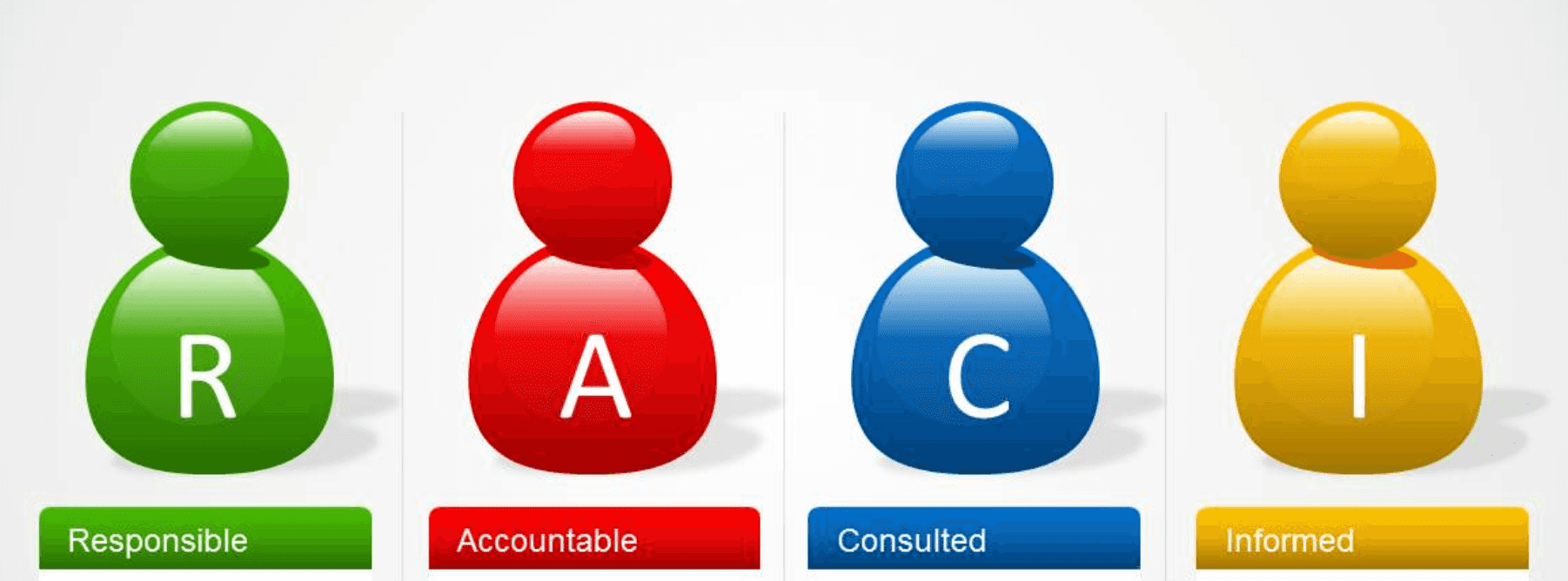
Stakeholder RACI Map
Clearly define the roles and responsibilities of stakeholders in a project or initiative, ensuring alignment, transparency, and efficiency in decision-making.
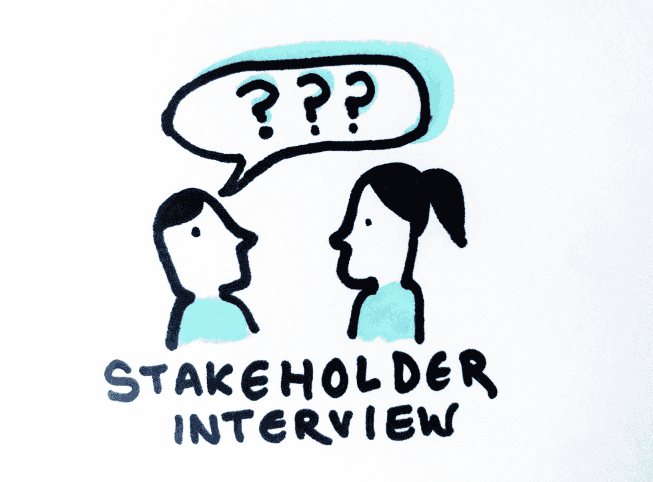
Stakeholders Interview
Help identify concrete objectives, targets and main priority areas
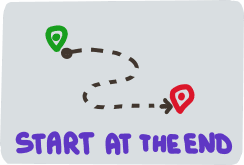
Start At The End
Describe what success looks like and use this to define the goal of effort
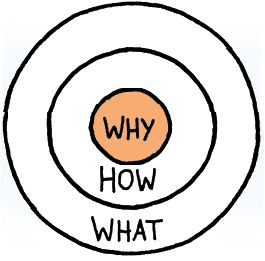
Start With Why
Connect to your purpose
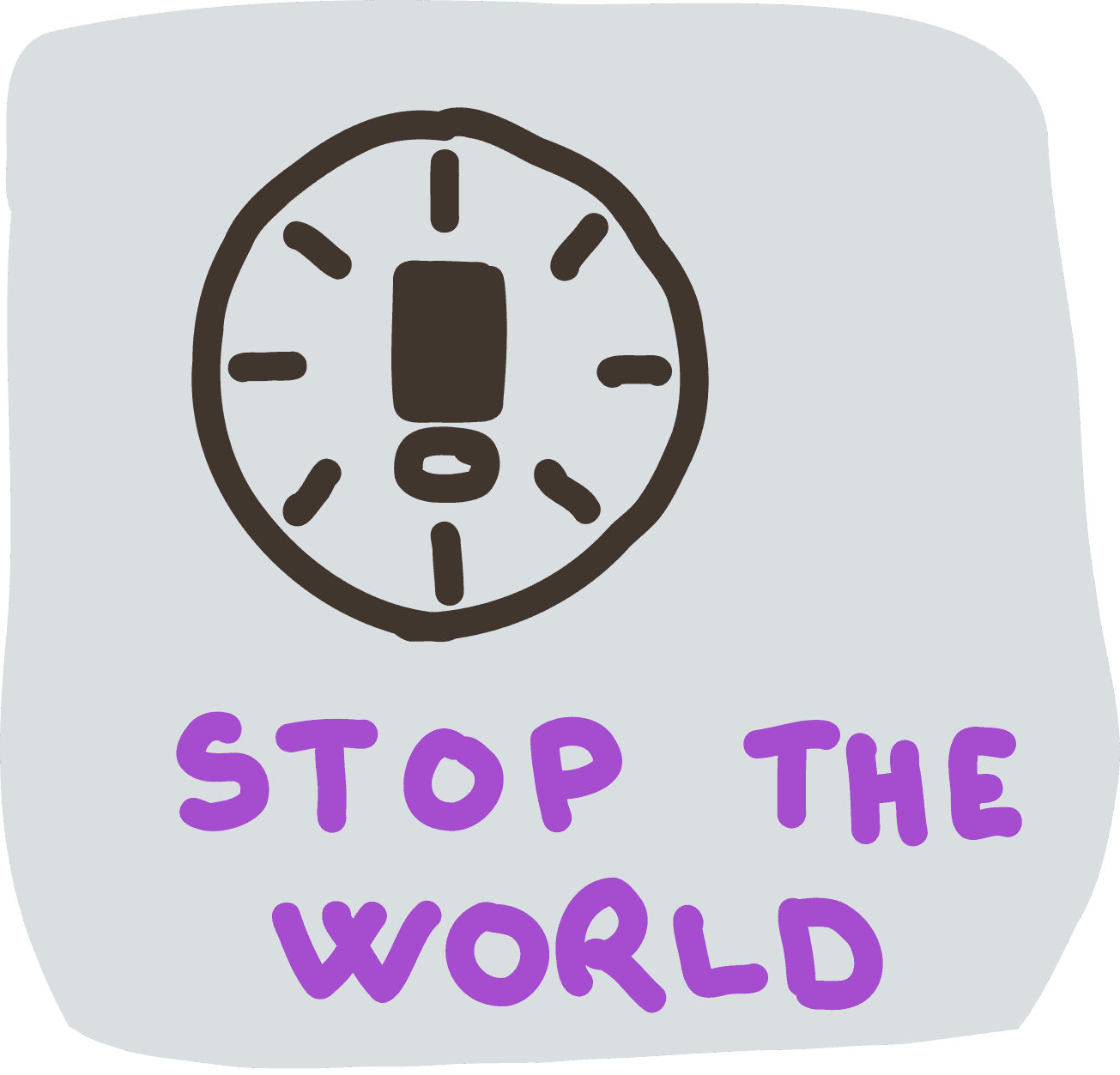
Stop the World Event
Empower team members to stop everything when they feel engagement is off course

Story Kick-offs
The act of explaining a story to the pair of developers right before they pick it up.
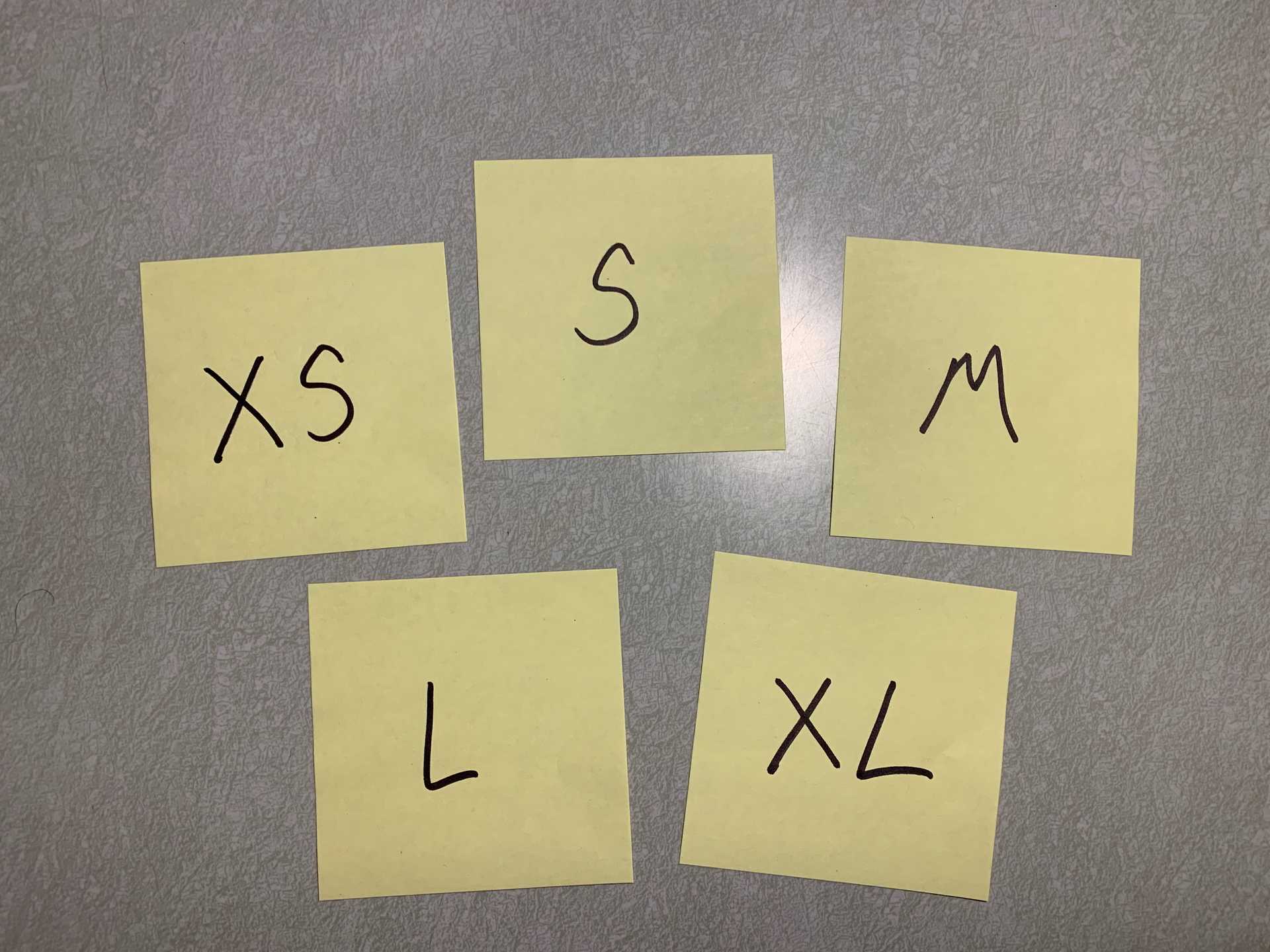
Story RePointing
Improve Story Pointing over time

Storytelling Framework
Morph ideas into impactful, emotive stories to resonate with your audience.

Strategic Pre-Mortem
Identify risks and failure points *before* you begin.
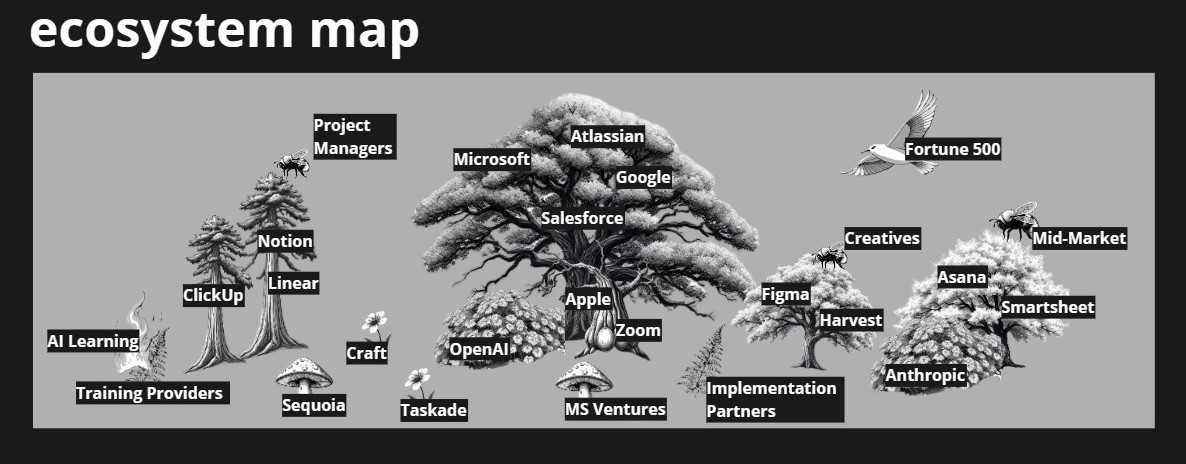
Strategy Design
Turn chaos into clarity

System Context Mapping
Understand and model the scope and environment a solution will operate in, i.e. systems and actors the solution will be interfacing with.

System Diagram
A method for describing a system at the highest level possible
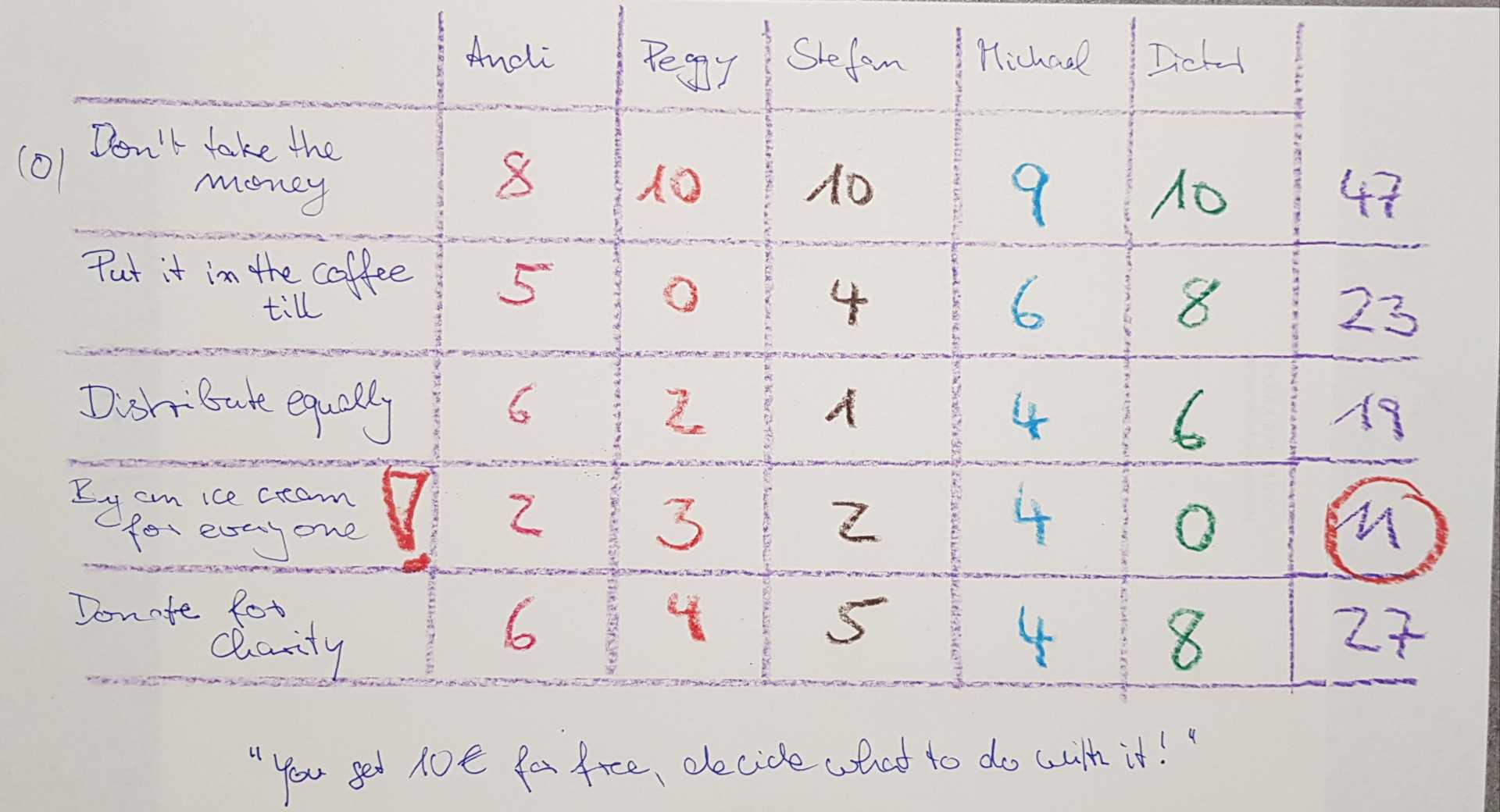
Systemic Consensing
How to find minimal viable decisions in a group

T2R2 - Talk, type, read, review!
Help everyone be heard, understood, and move to act.
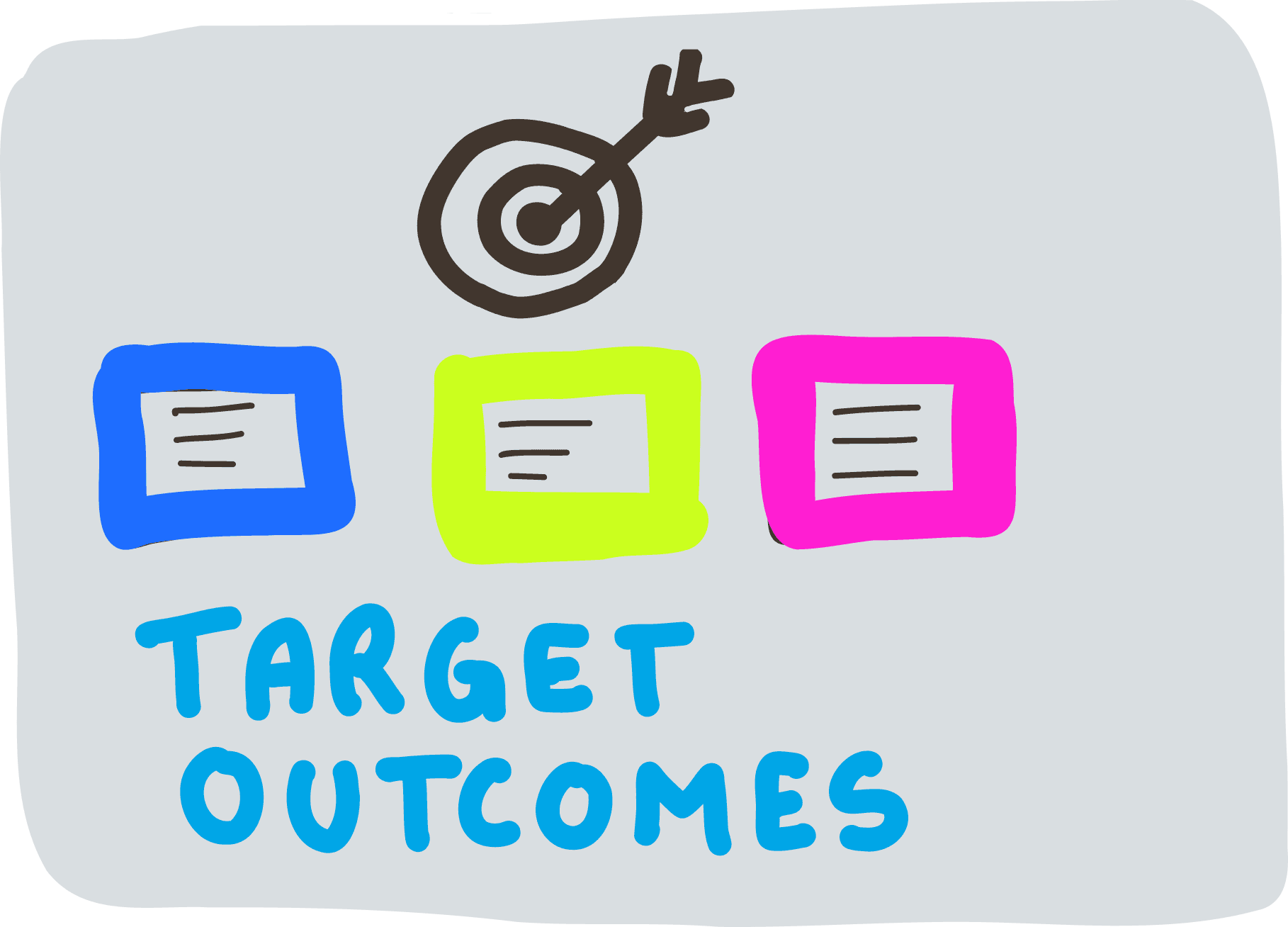
Target Outcomes
Capture and articulate the goals and outcomes a team are striving to deliver
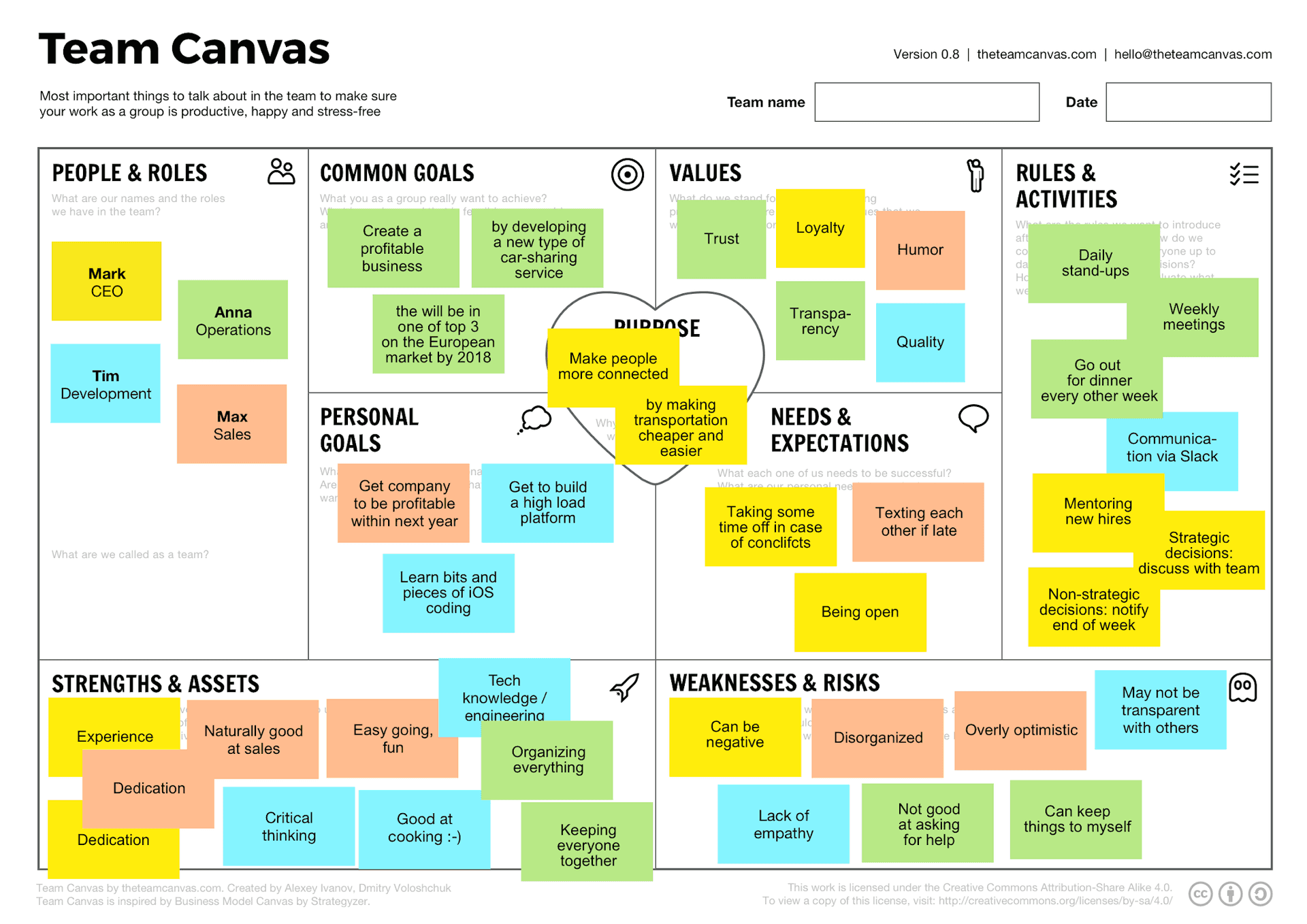
Team Canvas
Achieve better team alignment, collaboration, and productivity.

Team Empowerment Agreement
Accelerate confident decision-making and reduce bottlenecks by clarifying boundaries to foster autonomy, trust, and accountability.
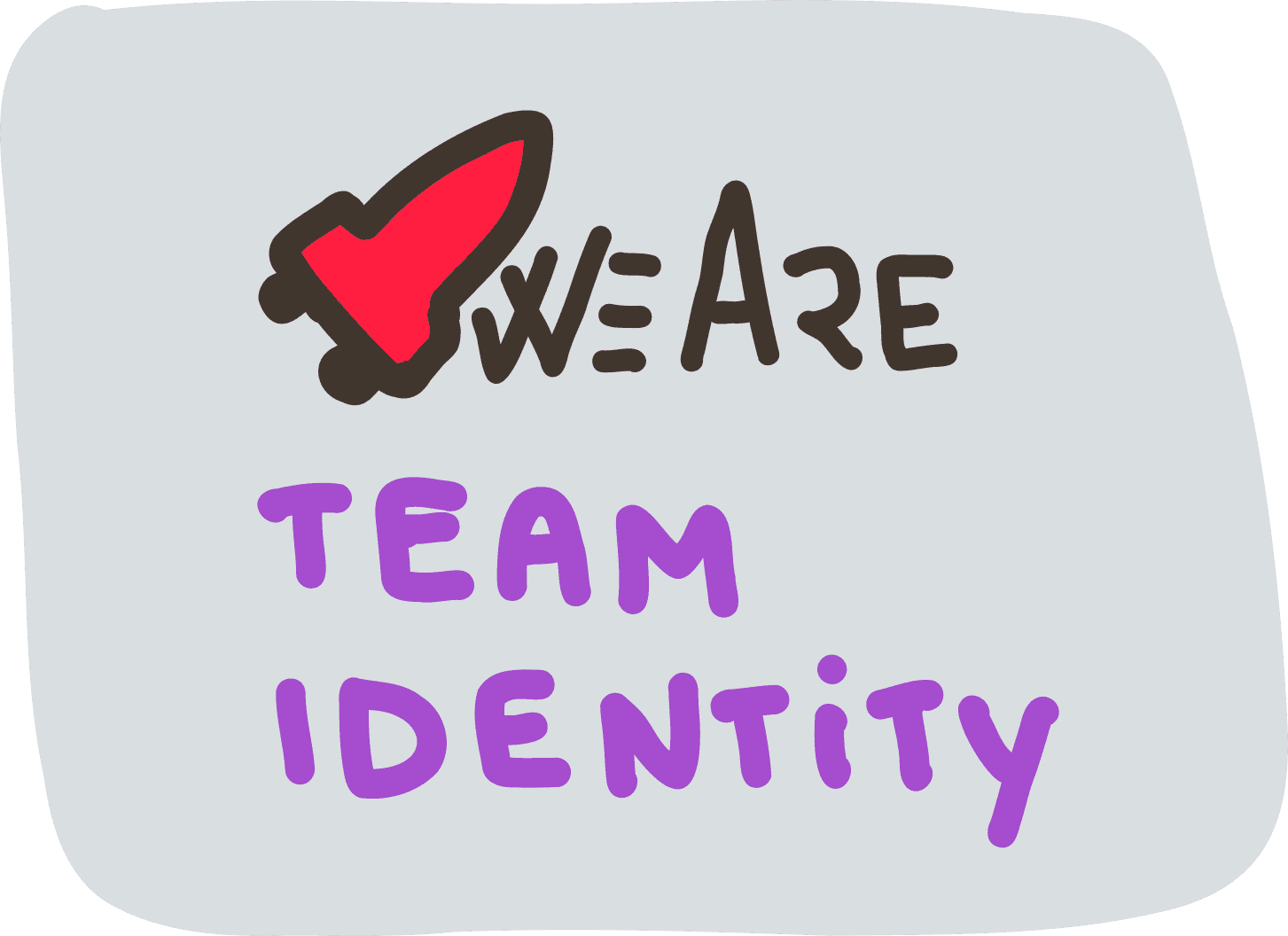
Team Identity
Converting groups of individuals into high performing teams
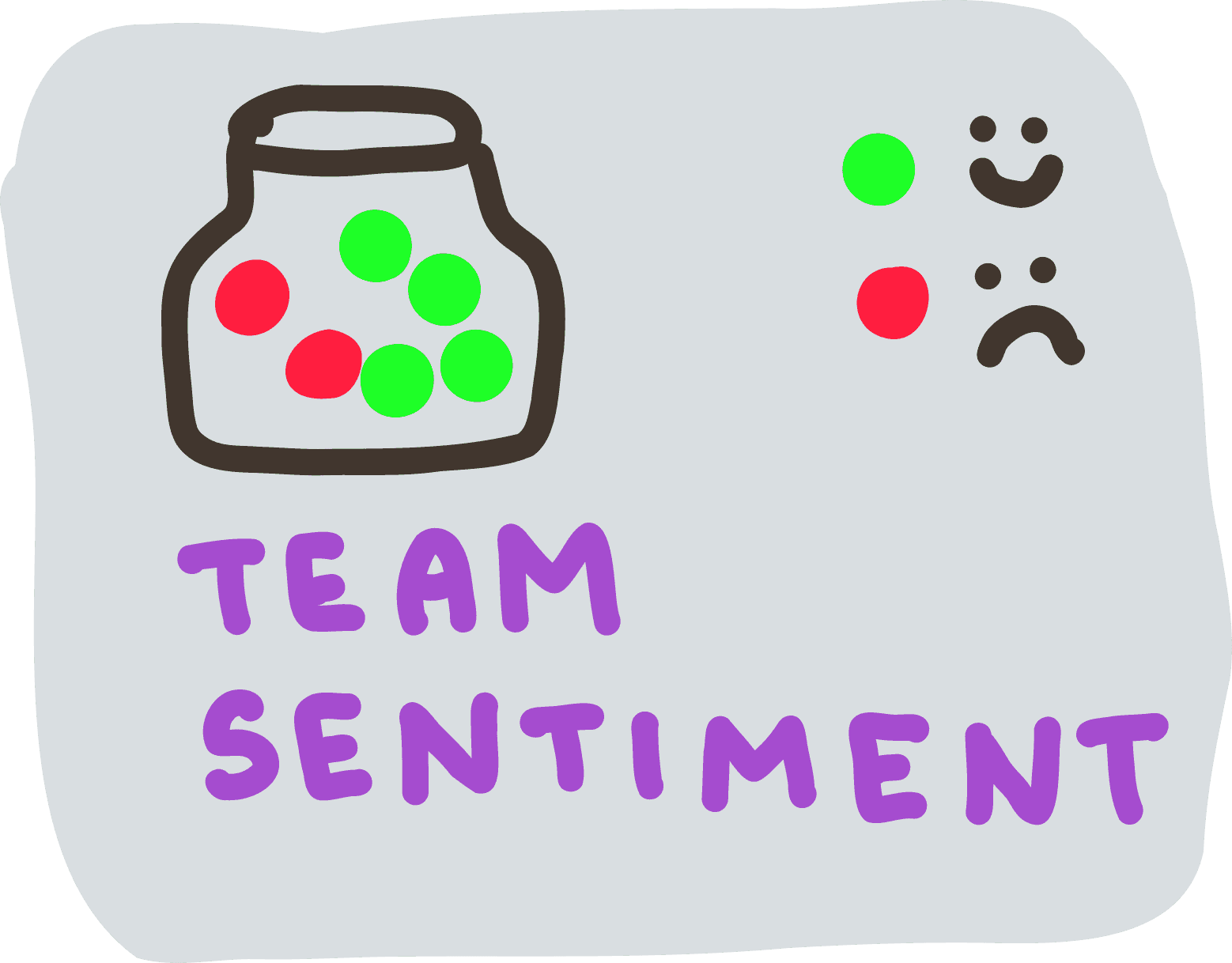
Team Sentiment
Track the mood of a team with visible feedback
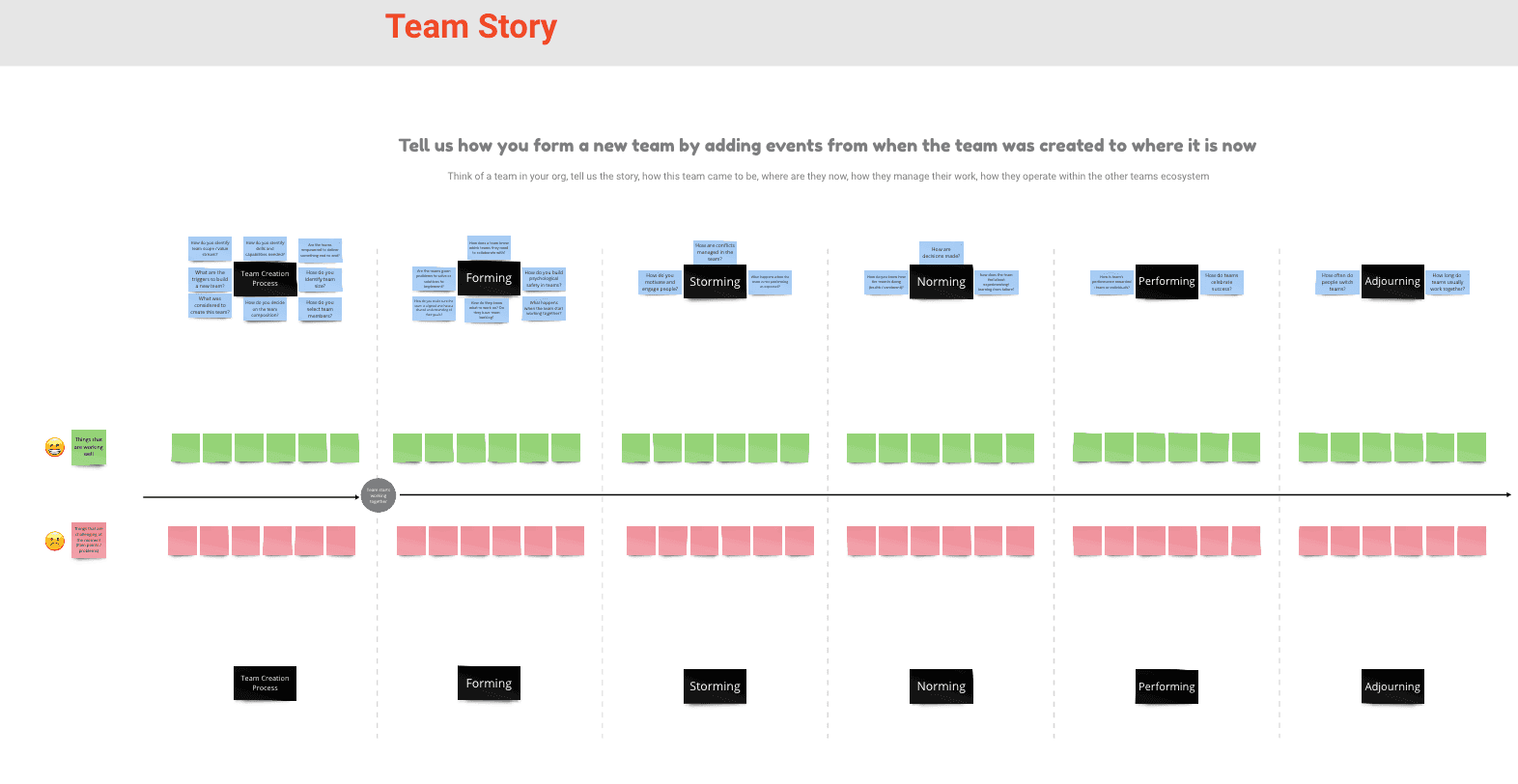
Team Story
Tracing the evolution of your teams.
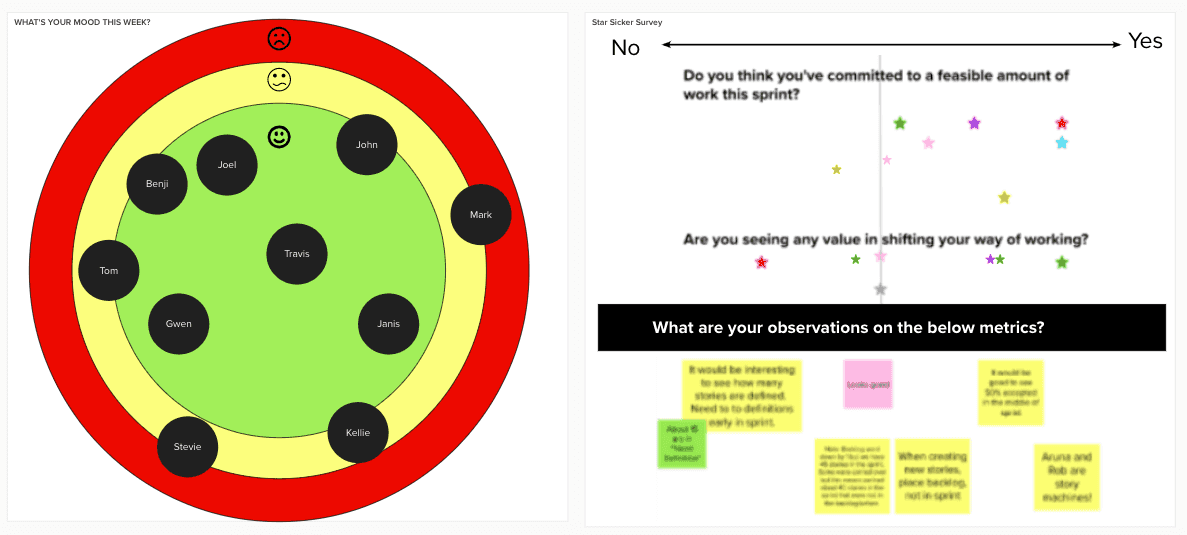
Team Success Beacon
Gather team sentiment and observations to incite team discussions
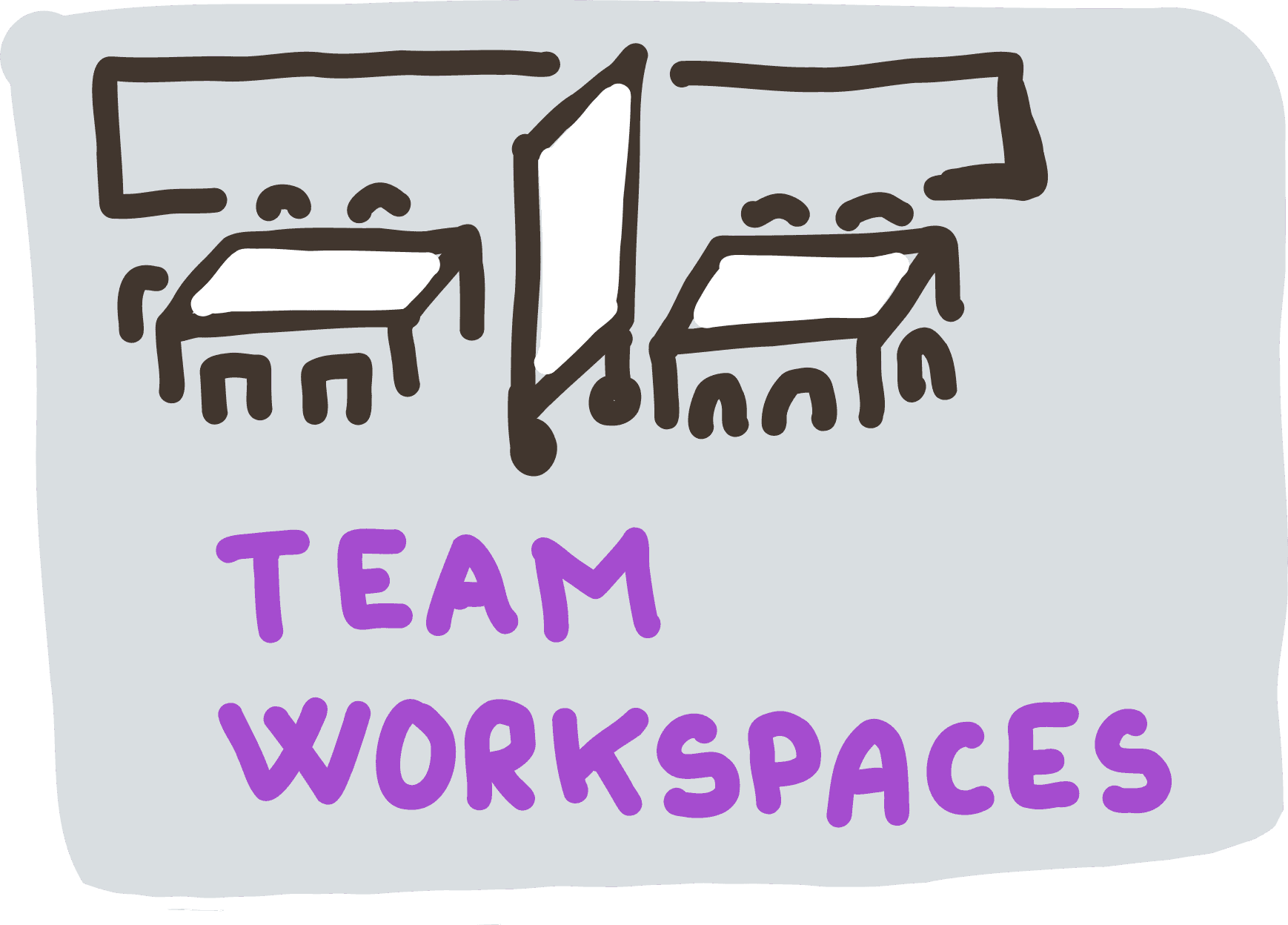
Team Workspaces
How to create the right workspace(s) for high-performing teams
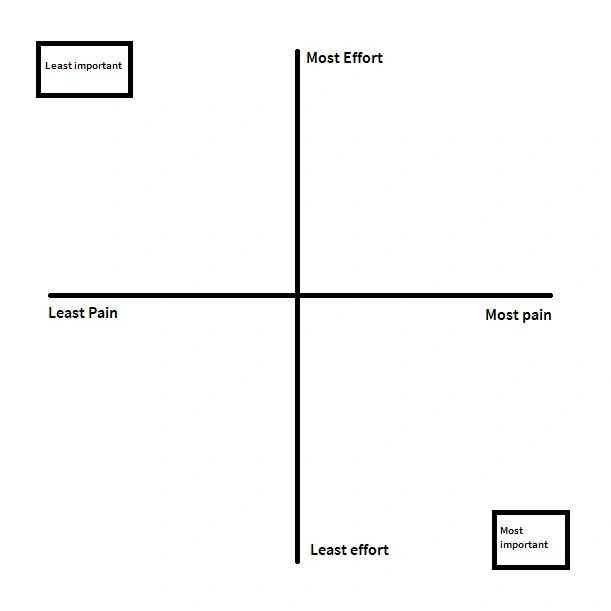
Technical Debt
The cost of reworking quickly implemented solutions

Test Automation
Shortening the feedback loop and increasing the quality of code.
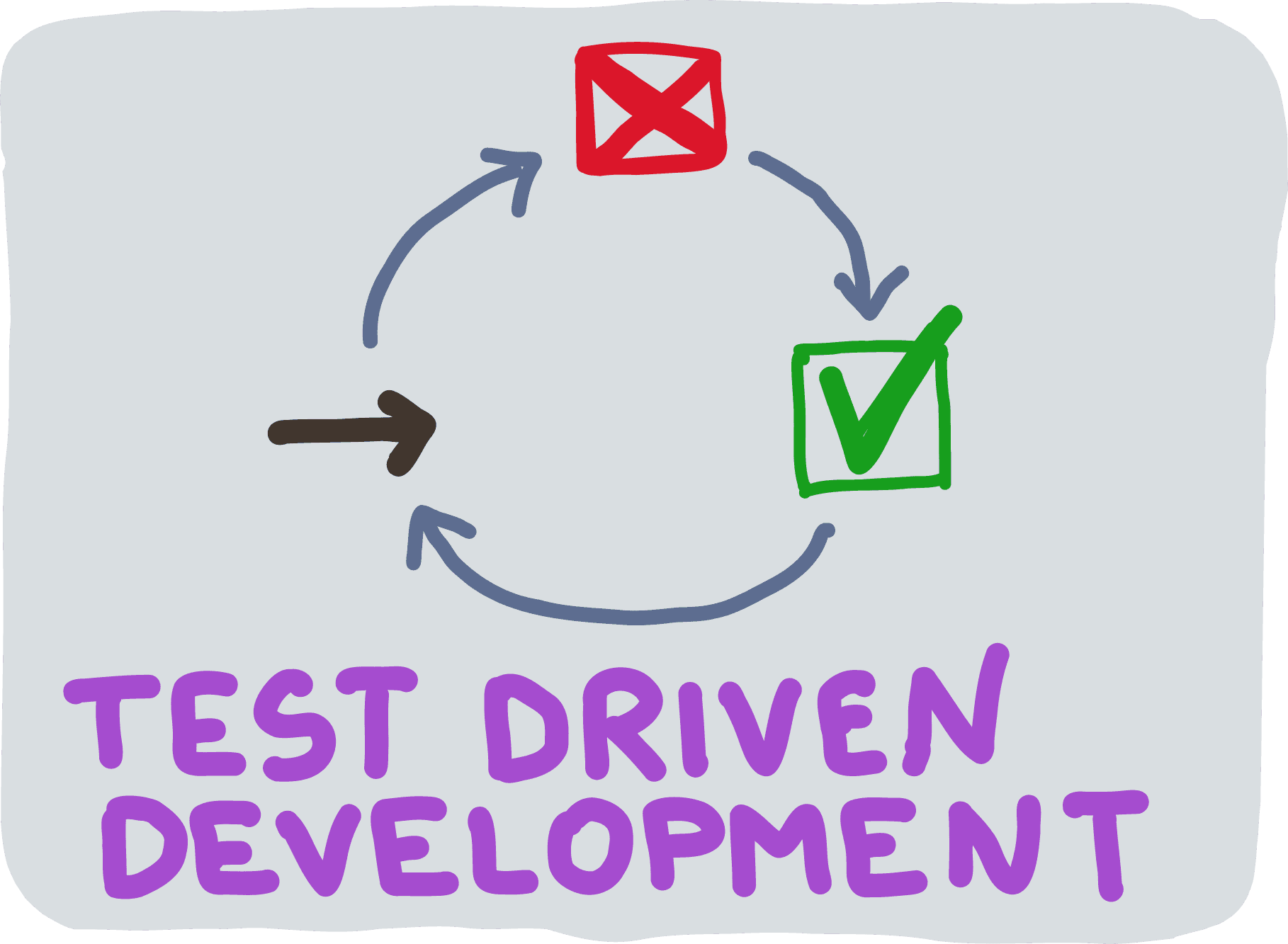
Test Driven Development
Improving your software in short development cycles.

The Art Gallery
A collection of doodles that are captured from the team
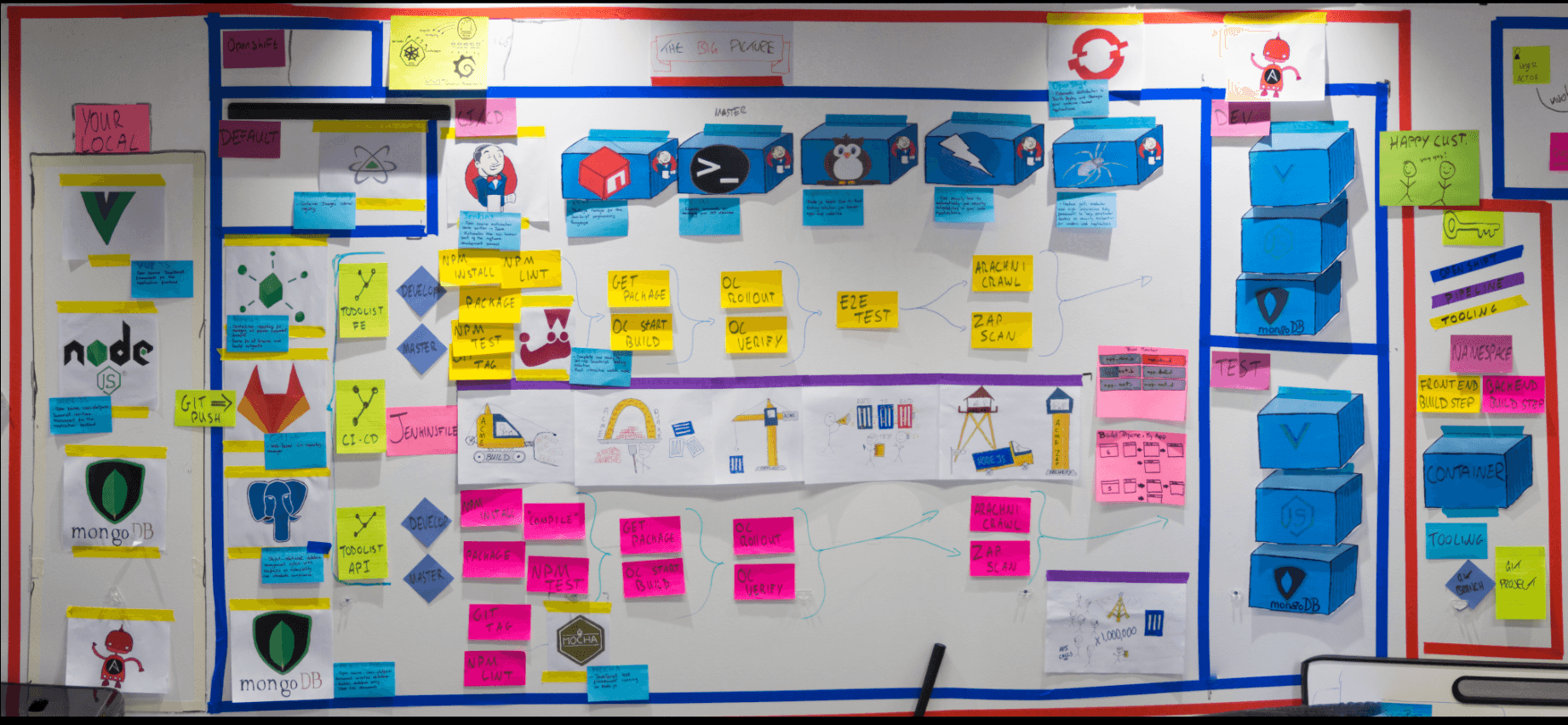
The Big Picture
A simple workshop for getting shared understanding in a complex space

The Matrix of Principles
A reflection tool to capture how stakeholders understand Deming's 14 Management Principles.
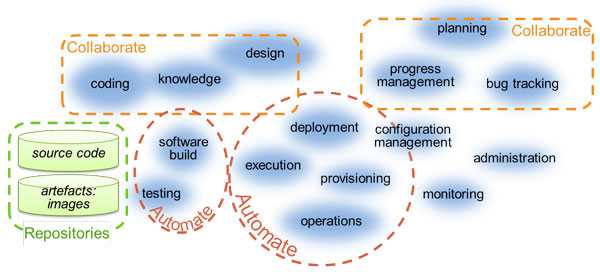
The Organum
Structuring project knowledge to save time and reduce cognitive overload.
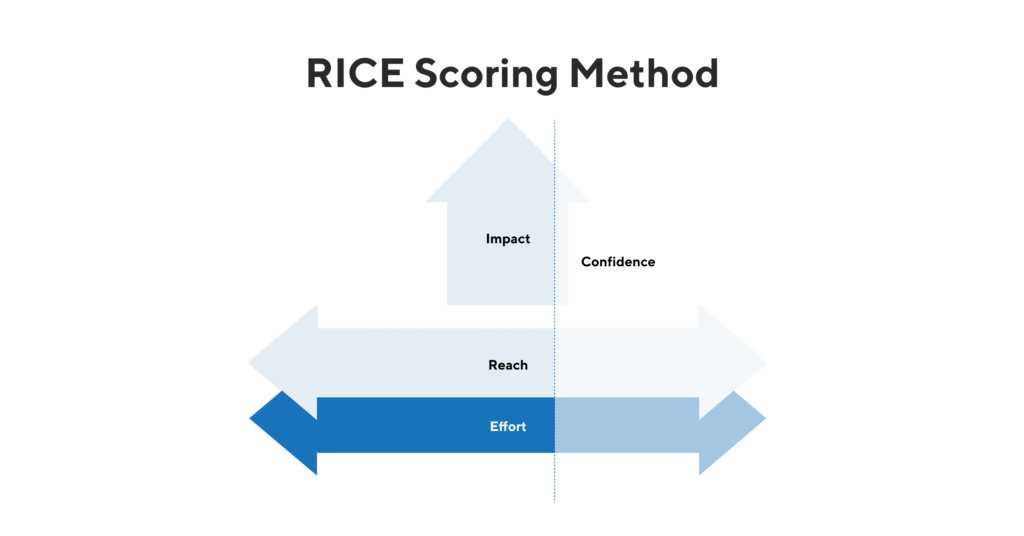
The RICE Scoring Model
The RICE Scoring Model is used for prioritizing projects or decisions.
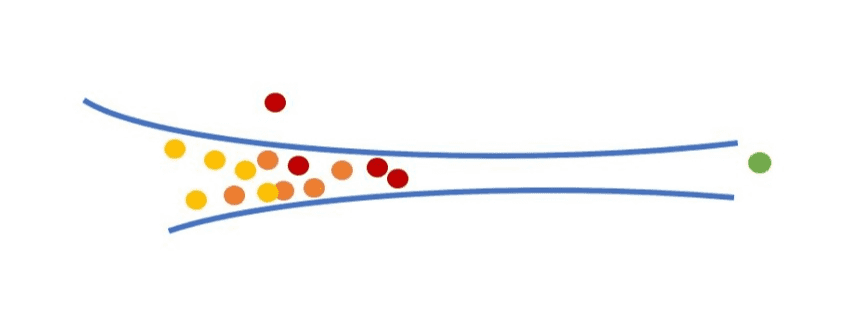
The Theory of Constraints
“Any improvements made anywhere besides the bottleneck are an illusion.”
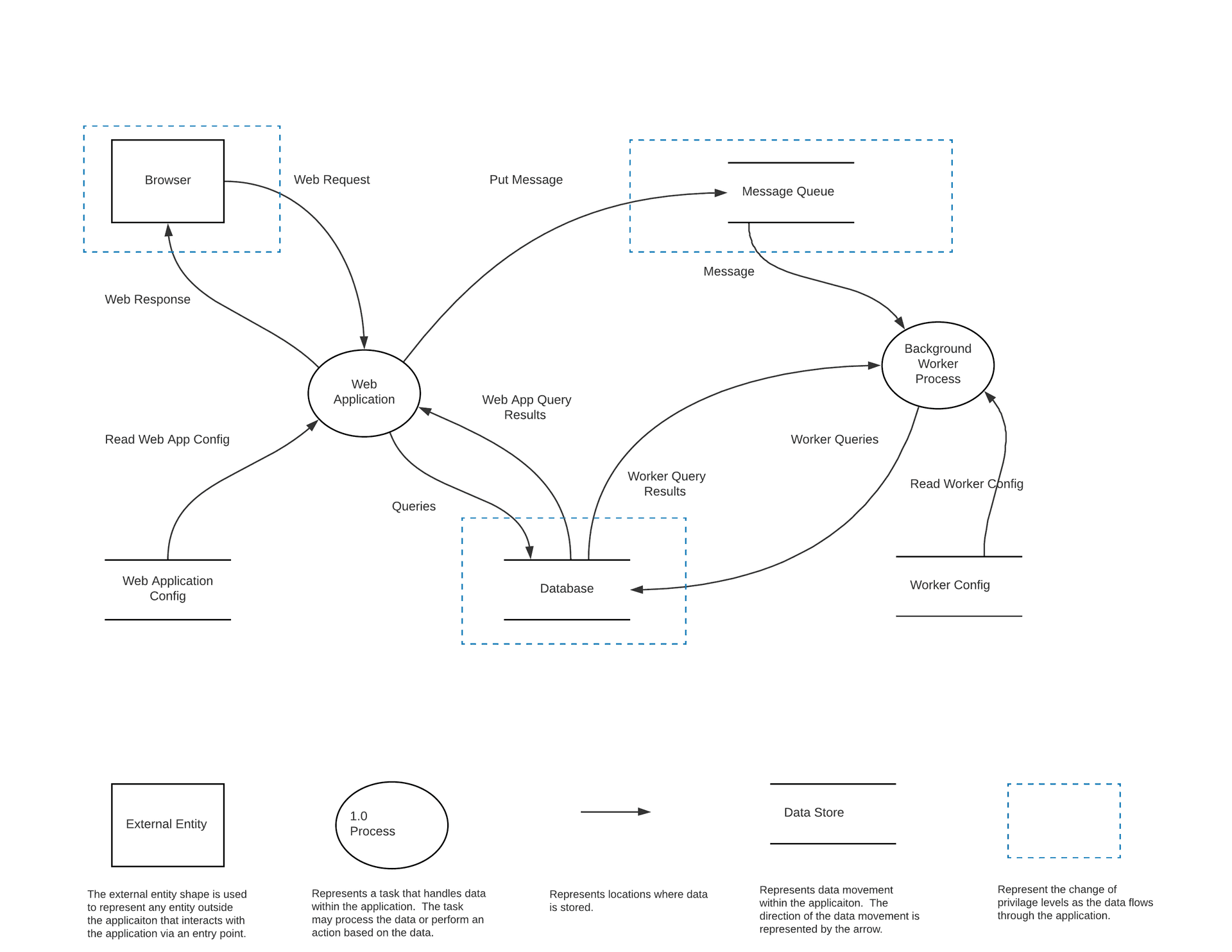
Threat Modeling
A practice to learn What Could Go Wrong and What Are We Going To Do About It
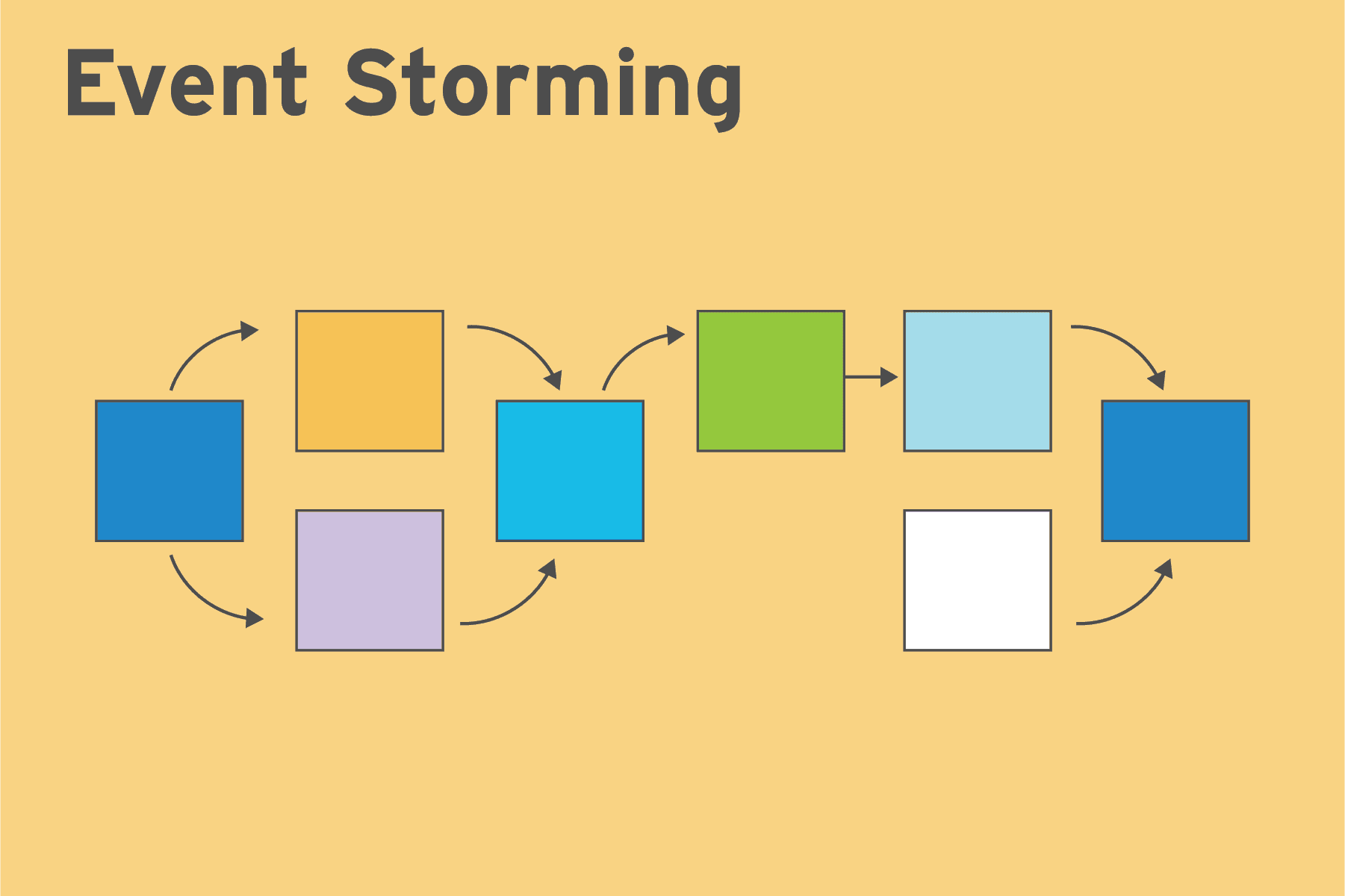
Tormenta de eventos
Un método rápido e interactivo de descubrir los procesos de negocio.

Tribute Wall
Share and spread feedback to the whole team.
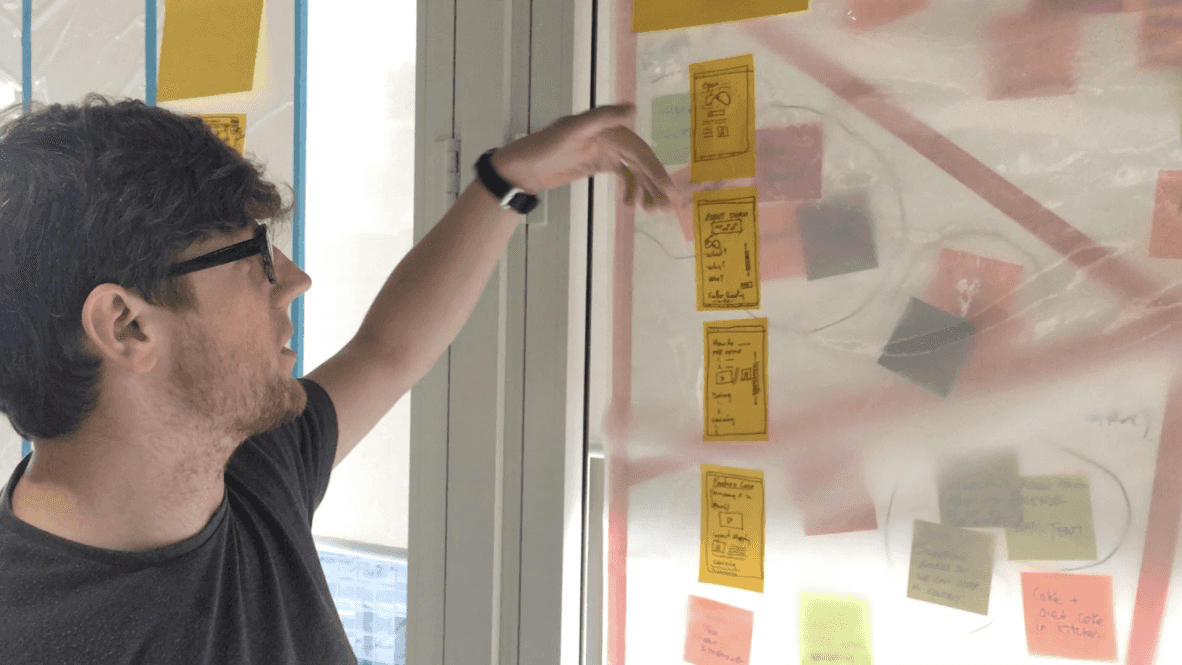
UI Design Workshop
Quickly sketch rough ideas for the user interface.

Ubiquitous Language
Unambigulously define the term and concepts of a business domain.
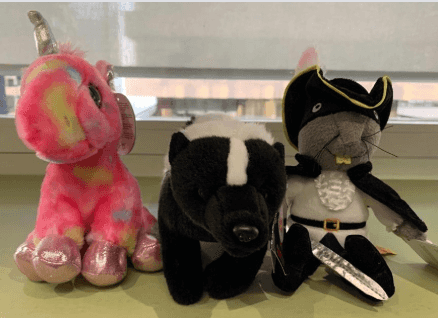
Unicorn, Skunk, Rat (USR)
Ensure your meeting/workshop stays on track
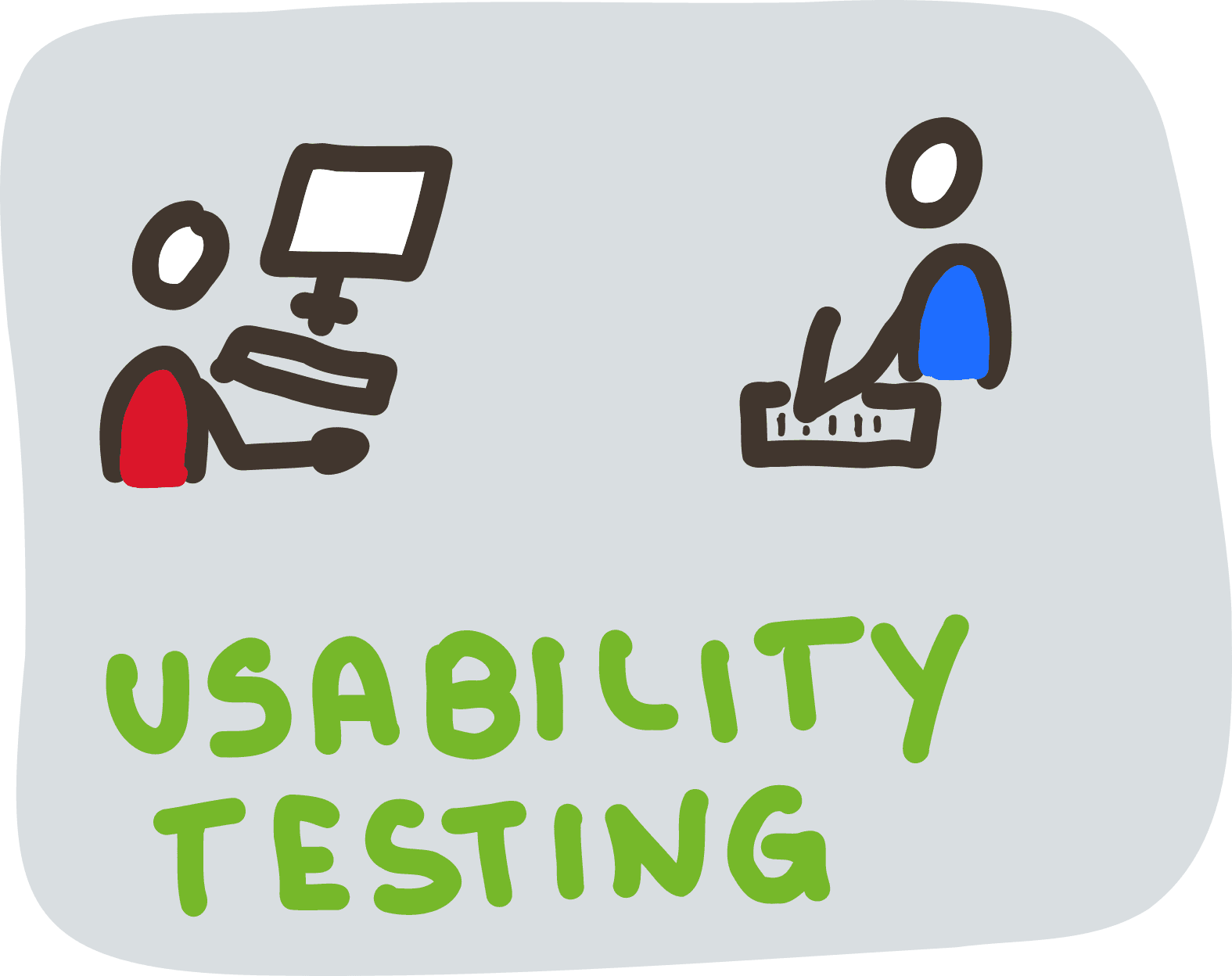
Usability Testing
Observe and learn from real users

User Persona
Develop detailed profiles of target users to inform and guide product design and development.
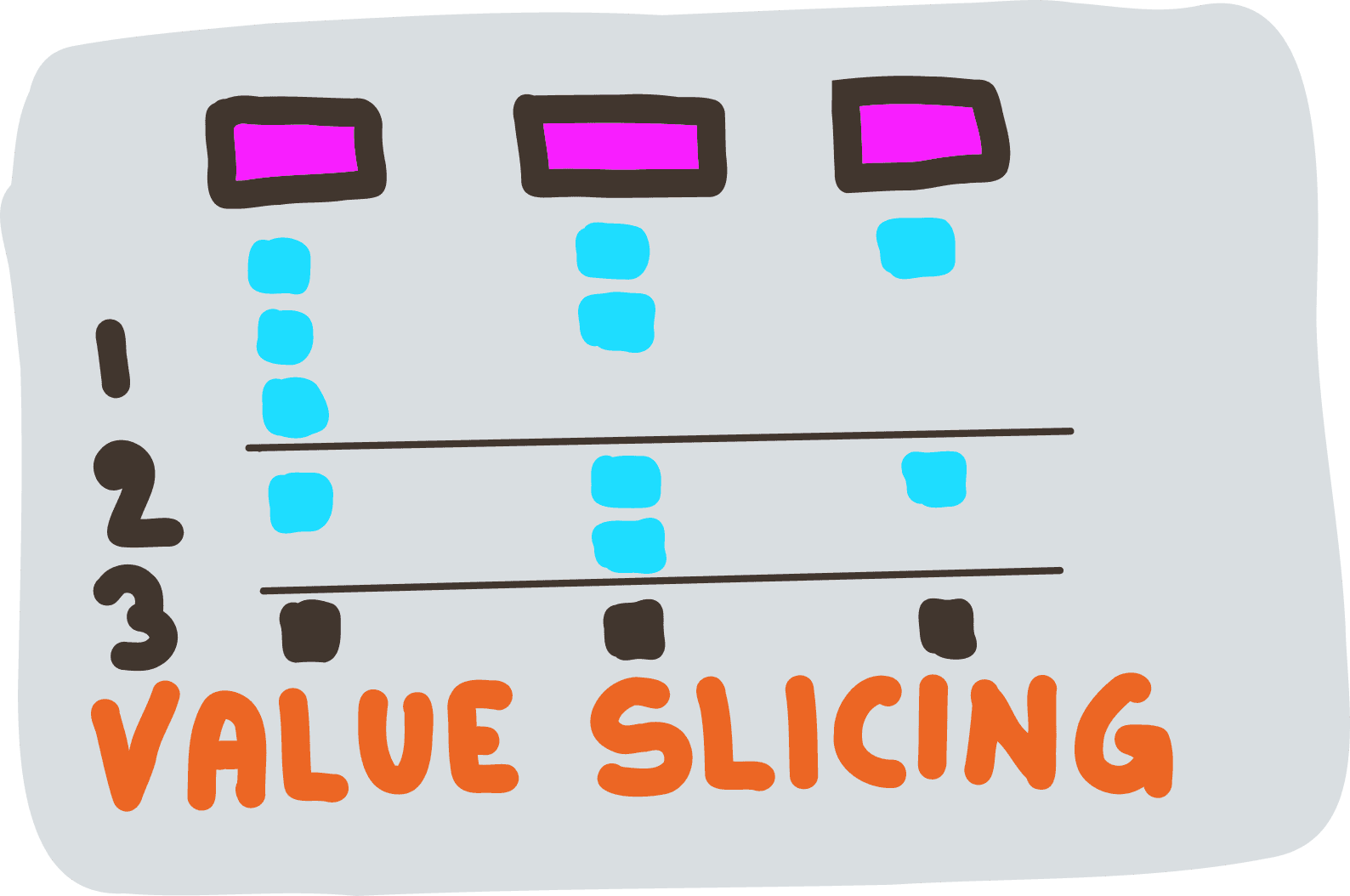
User Story Mapping & Value Slicing
Create lightweight release plans by slicing value out of collections of features

V2MOMs (Vision, Values, Methods, Obstacles, & Measures)
Enable communication of strategy, especially when you need strong top-down alignment.
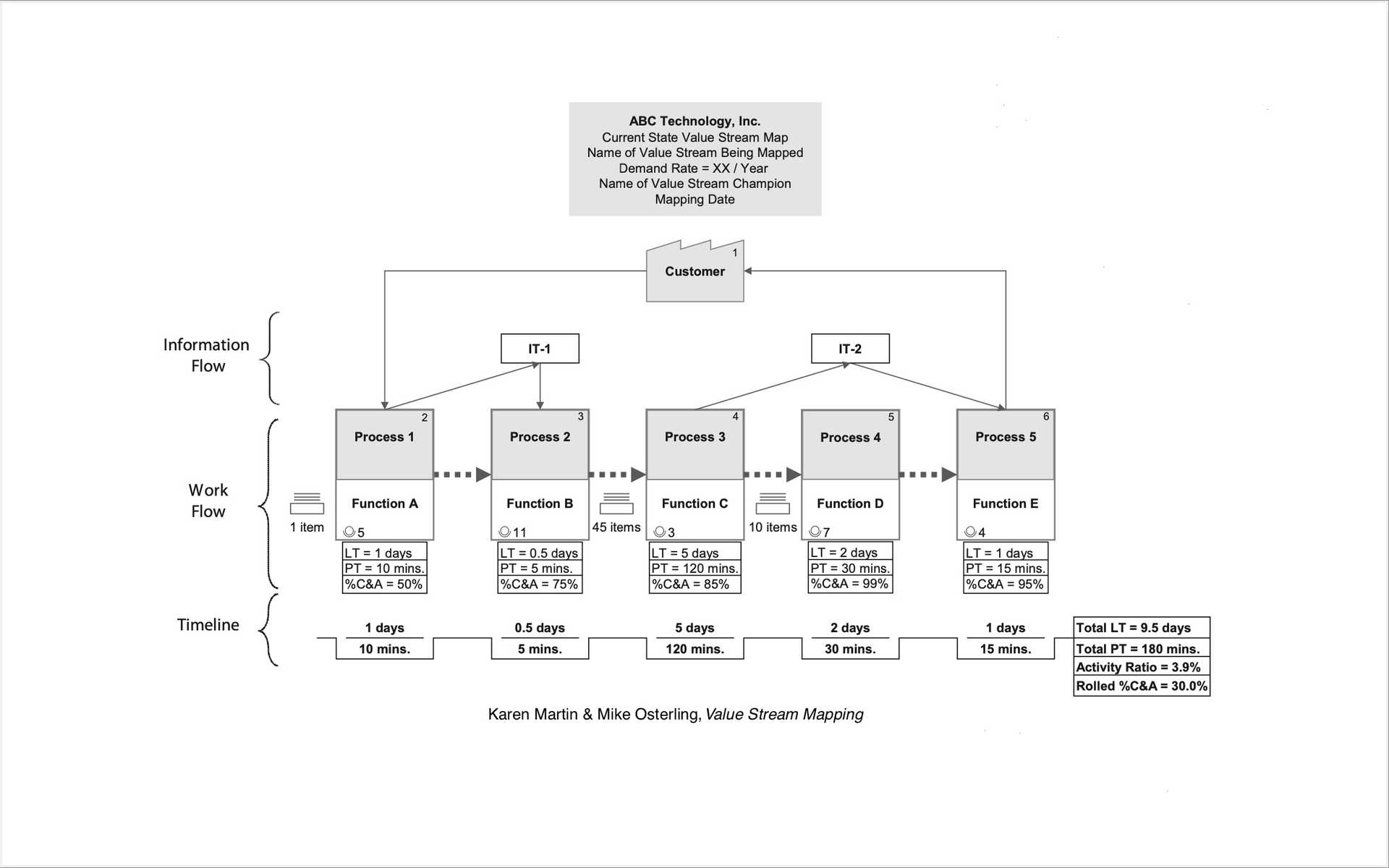
Value Stream Mapping
Visual Representation of how Value flows through your system and identify metrics to inform improvement decisions.

Virtual Obeya Design Studio
Create a centralized digital hub ("Obeya") to aggregate and radiate critical information across teams.
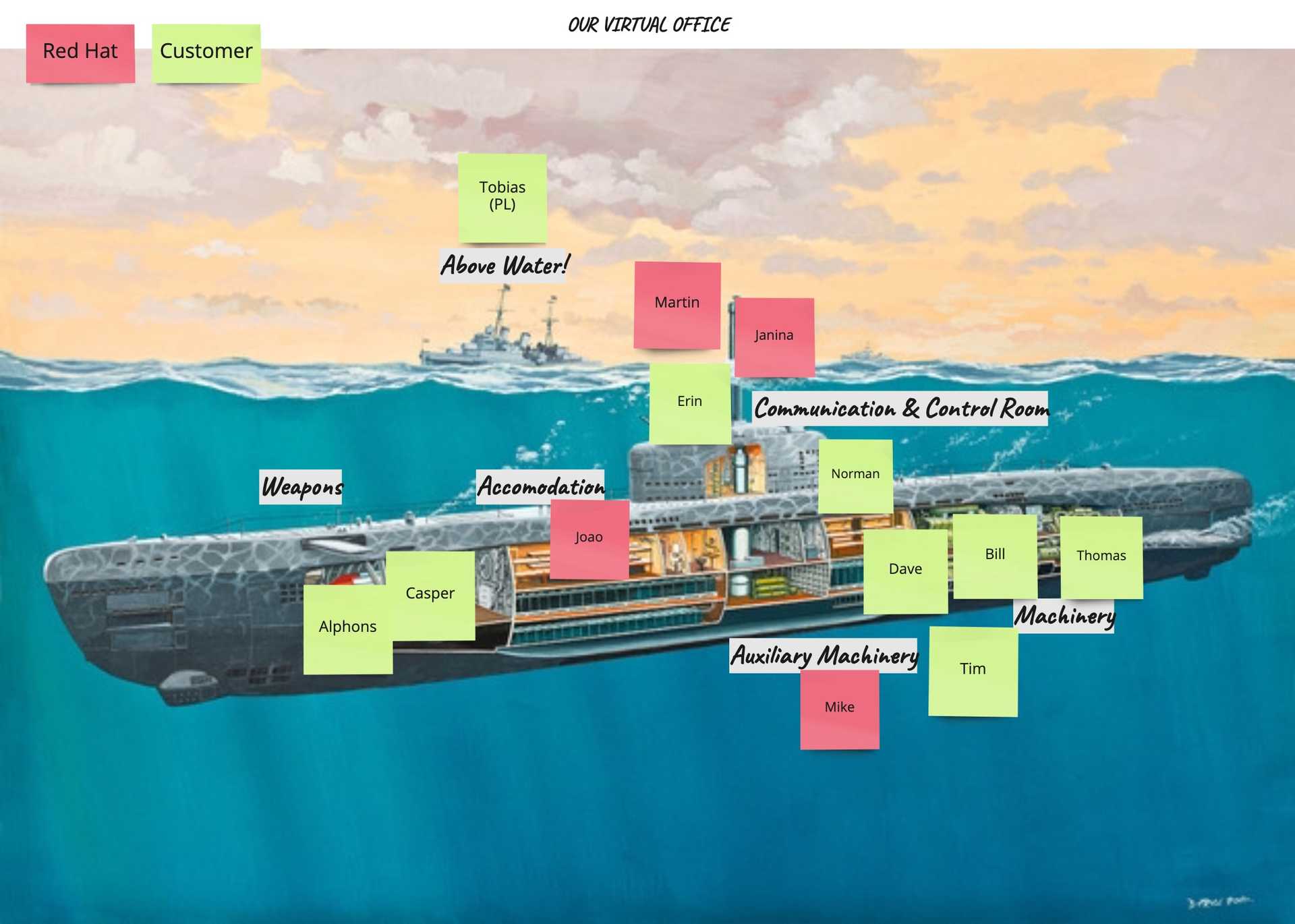
Virtual Office
Identify pre-existing dynamics and build team spirit when forming a new team

Vision Statement
Capture and define a strategic destination for strategy or enterprise engagement
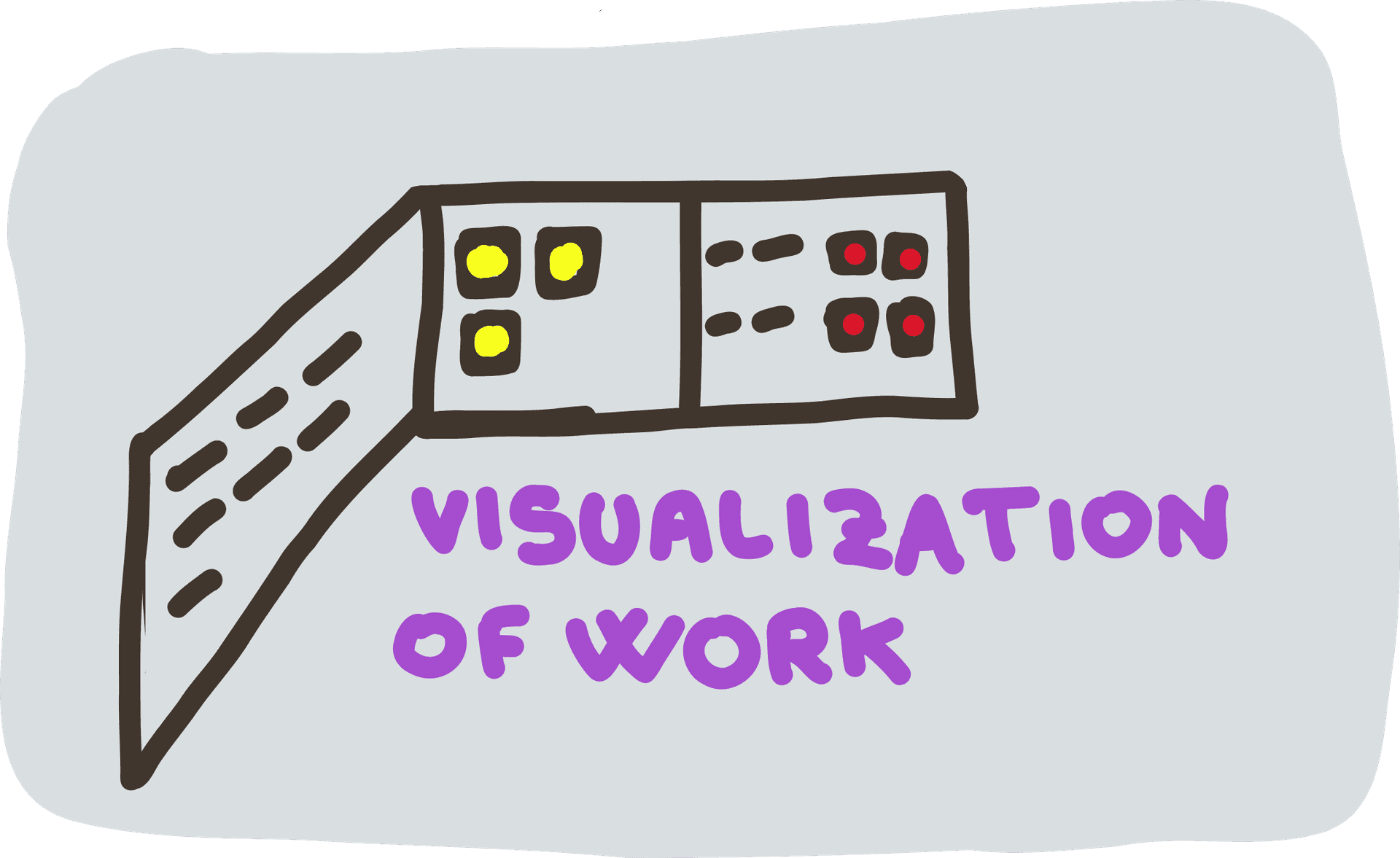
Visualisation of Work
Visually represent all aspects of your team's work
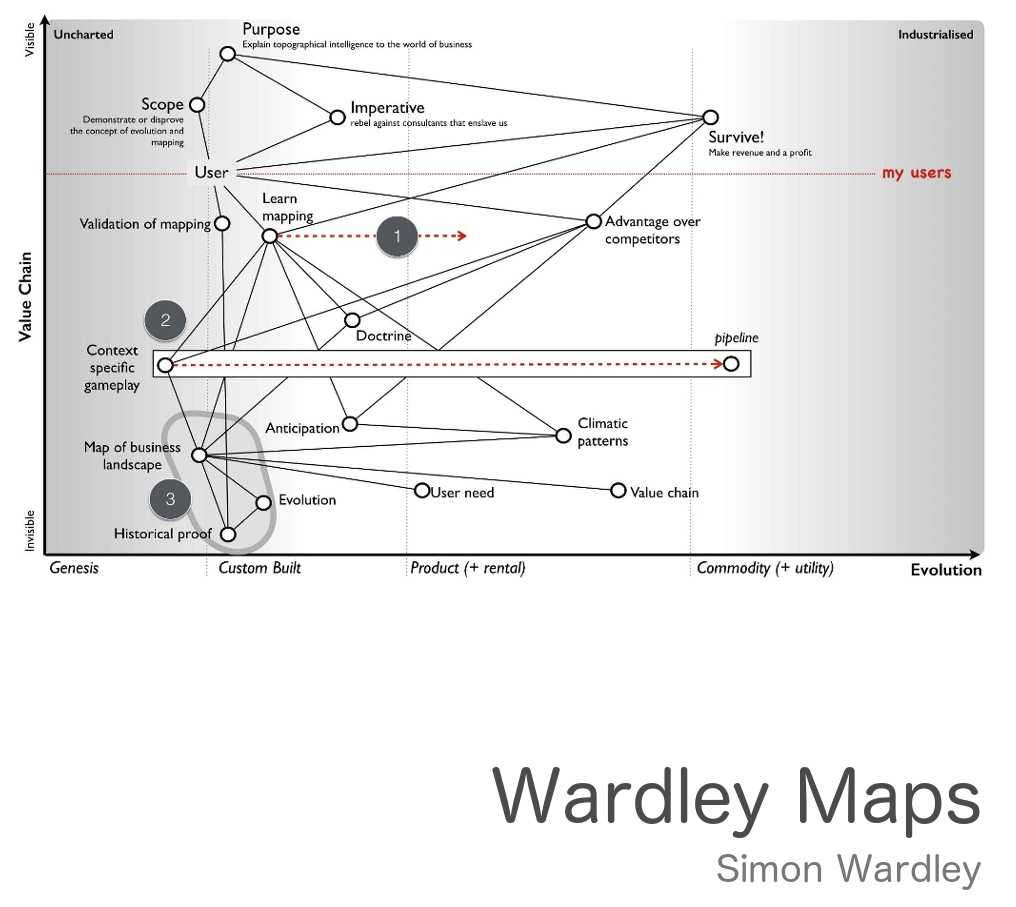
Wardley Mapping
Strategic decisioning through visualization of a value chain's evolution.
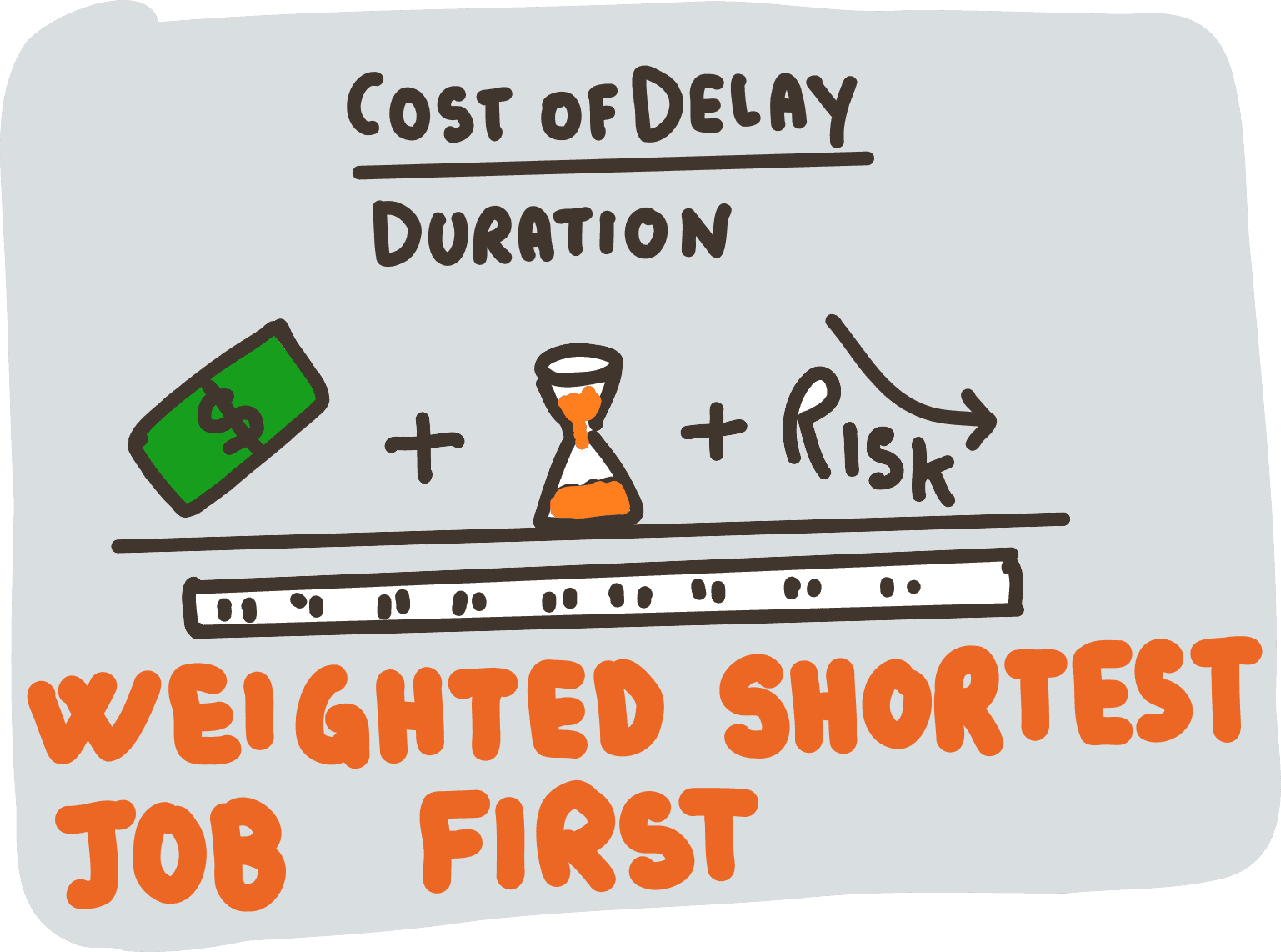
Weighted Shortest Job First
Practice for quantitatively assessing and agreeing backlog prioritisation

Westrums Cultural Typology Assessment
Organisational culture bears a predictive relationship with safety and performance
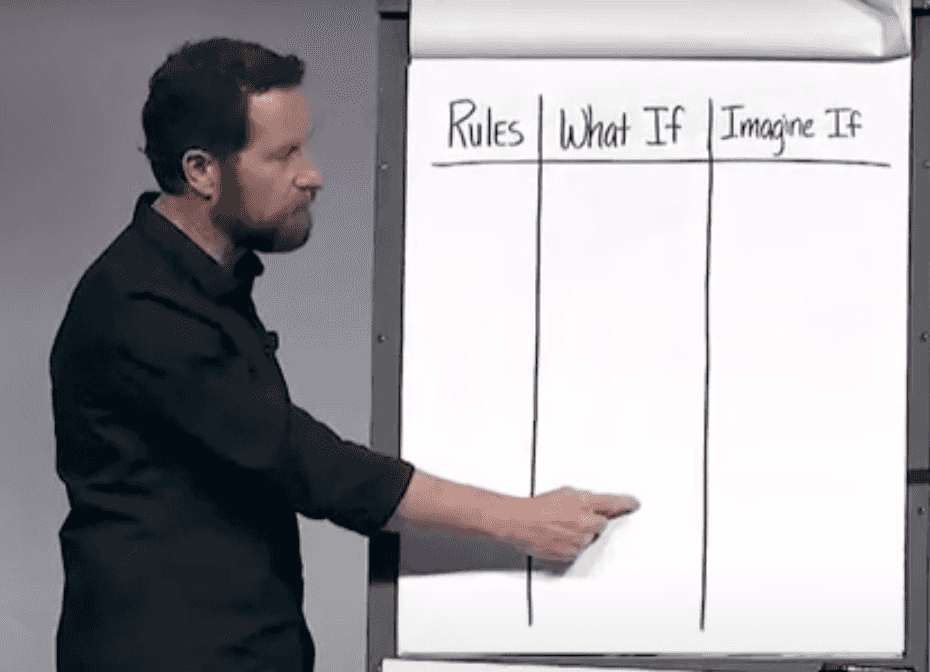
What If...
Lightly challenge rules and norms to spur innovation

Wheel-of-Misfortune
A game that aims to build confidence via simulated outage scenarios.
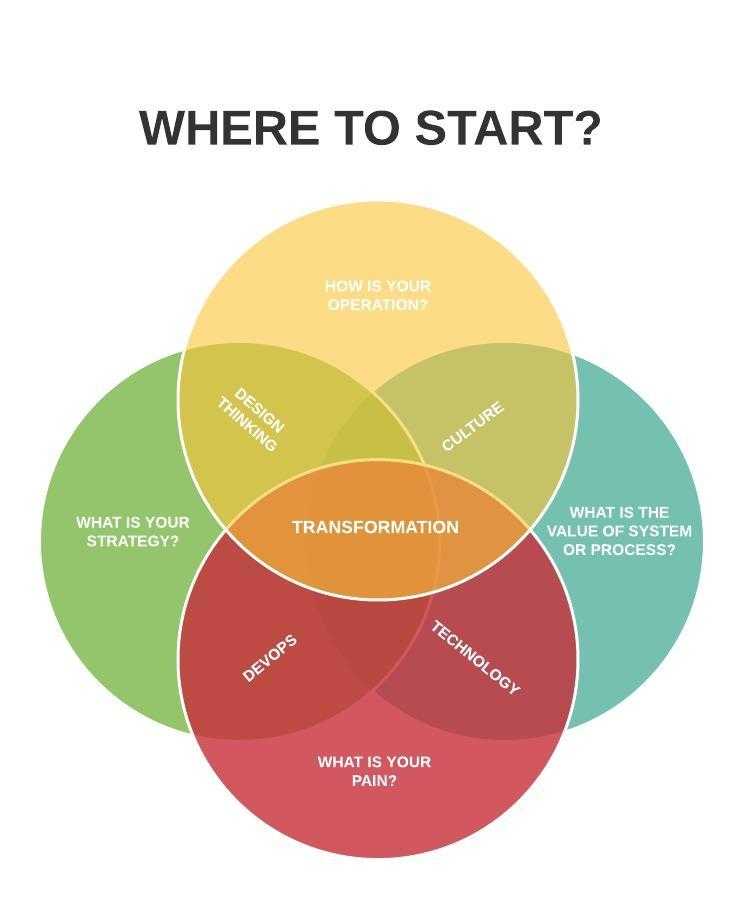
Where to Start
Solve the problem of choosing properly which product should be treated in a digital transformation journey
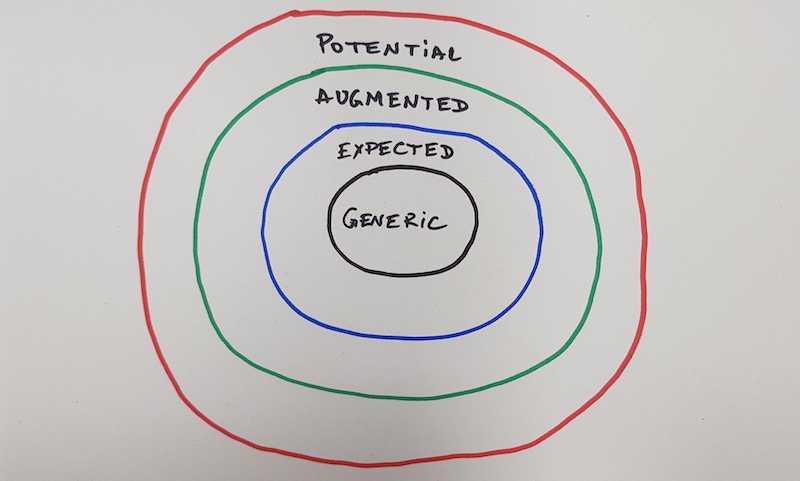
Whole Product Plotting
A visual approach for scoping the most important features of a product/service.
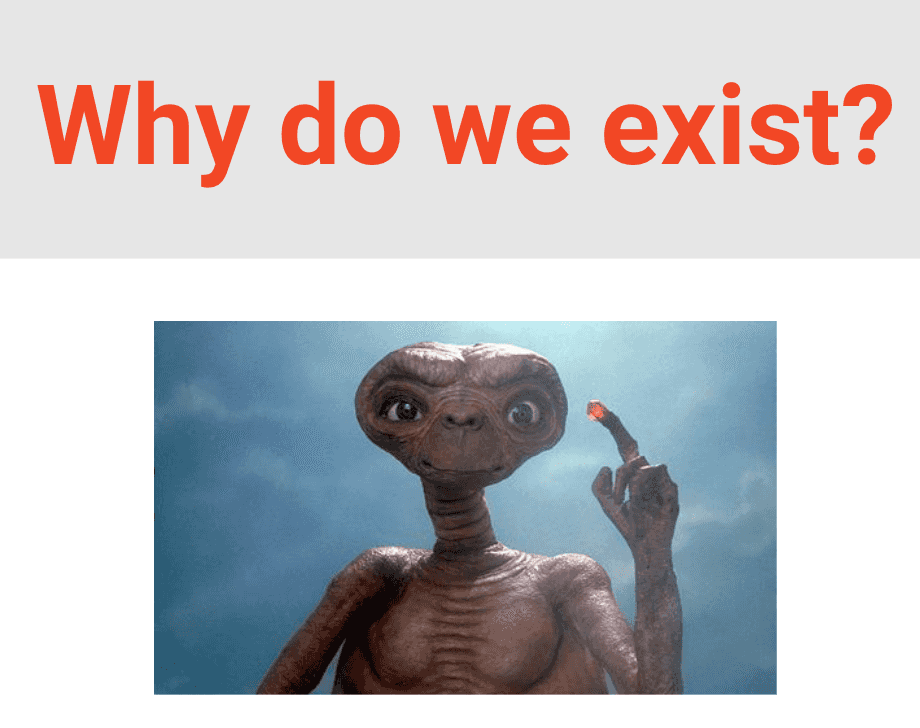
Why do we exist
Achieve a shared understanding of the organizational purpose

World Coffee
To leverage our collective intelligence to generate fresh perspectives and actionable ideas on the central theme.

Yes! And...
Improvise to create more good ideas, and build strong team work skills.